他认为养鹅不仅可以陶冶情操,还能从鹅的某些体态姿势上领悟到书法执笔,运笔的道理。有一天清早,王羲之和儿子王献之乘一叶扁舟游历绍兴山水风光,船到县禳村附近,只见岸边有一群白鹅,摇摇摆摆的模样,磨磨蹭蹭的形态。王羲之看得出神,不觉对这群白鹅动了爱慕之情,便想把它买回家去。王羲之询问附近的道士,希望道士能把这群鹅卖给他。道士说:「倘若右军大人想要,就请代我书写一部道家养生修炼的《黄庭经》吧!」王羲之求鹅心切,欣然答应了道士提出的条件。这就是「王羲之书换白鹅」的故事。
二十岁时,有个太尉郗鉴派人到王导家去选女婿。当时,人们讲究门第等级,门当户对。王导的儿子和侄儿听说太尉家将要来提亲,纷纷乔装打扮,希望被选中。只有王羲之,好像什么也没听到似的,躺在东边的竹榻上一手吃烧饼,一手笔划着衣服。来人回去后,把看到的情况禀报给郗太尉。当他知道东榻上还靠着一个不动声色的王羲之时,不禁拍手赞叹道:这正是我所要的女婿啊!于是郗鉴便把女儿郗浚嫁给了王羲之。这故事便成了「东床」和「令坦」两个典故。 在他身上出现的成语还不只这些,据说有一次,他把字写在木板上,拿给刻字的人照着雕刻,这人用刀削木板,却发现他的笔迹印到木板里面有三分之深。这就是成语「入木三分」的由来。 王羲之楷书师法钟繇,草书学张芝,亦学李斯、蔡邕等,博采众长。他的书法被誉为“龙跳天门,虎卧凤阙”,给人以静美之感,恰与钟繇书形成对比。他的书法圆转凝重,易翻为曲,用笔内厌,全然突破了隶书的笔意,创立了妍美流便的今体书风,被后代尊为“书圣”。
王羲之作品的真迹已难得见,我们所看到的都是摹本。王羲之楷、行、草、飞白等体皆能,如楷书《乐毅论》、《黄庭经》、草书《十七帖》、行书《姨母帖》、《快雪时晴帖》、《丧乱帖》等。著名的尚有《官奴帖》、《二谢帖》、《奉桔帖》、等。其书法主要特点是平和自然,笔势委婉含蓄,遒美健秀,后人评曰:“飘若游云,矫苔惊蛇”,王羲之的书法是极美的。他所书的行楷《兰亭序》最具有代表性。 东晋永和九年(353)农历三月三日,王羲之同谢安、孙绰等41人在绍兴兰亭修契(一种祓除疾病和不祥的活动)时,众人饮酒赋诗,汇诗成集,合成一本【兰亭集】,公推王羲之作一篇序文。这时王羲之已醉了,他趁着酒意,拿起鼠须笔,在蚕茧纸上,挥起笔来。这篇序文,就是后来名震千古的【兰亭集序】。 此帖为草稿,28行,324字。记述了当时文人雅集的情景。作者因当时兴致高涨,写得十分得意,据说后来再写已不能逮。其中有二十多个“之”字,写法各不相同。宋代米芾称之为“天下行书第一”。《兰亭序》在王羲之死后的二百七十年间在民间珍藏,后唐太宗从民间赚进御府,太宗李世民对《兰亭序》爱不释手,称其书“尽善尽美”,“置于座侧,朝夕观览”,遂遗命以《兰亭集序》帖殉葬。从此真迹失传。好在唐太宗李世民于贞观十年,曾让人摹拓十本以赐近臣。一般认为在所有临摹本中,冯承素的墨迹摹本最为神似,称为《兰亭神龙本》。此本摹写精细,笔法、墨气、行款、神韵,都得以体现,公认为是最好的摹本。而后世临摹《兰亭序》的版本不下数百种。还有各类木石镌刻本,摹本,临本。这其中不乏大家之作,也有文人雅士的追捧。而最有名的几副临本除了刚才提到的冯承素神龙本外,还有《定武兰亭》,传为欧阳询所临摹等。今人所见,皆为《兰亭序》临摹本。 元赵孟頫曾称此帖为“天下第一法书”。《石渠宝笈》收晋人三帖,号称“三希”,此帖列于首位。 其为人所重视,由此可见。《兰亭序》表现了王羲之书法艺术的最高境界。作者的气度、凤神、襟怀、情愫,在这件作品中得到了充分表现。古人称王羲之的行草如“清风出袖,明月入怀”,堪称绝妙的比喻。
王羲之(303—361,一作321—379)字逸少,琅琊临沂(今山东临沂)人,后徒居山阴(今浙江绍兴)。官至右军将军、会稽内史,故世称王右军、王会稽。王羲之出身于一个书法世家的门庭他的伯父王翼,王导;堂兄弟王恬,王洽等都是当时的书法名手。
王羲之七岁那年,拜女书法家卫铄为师学习书法。王羲之临摹卫书一直到十二岁,虽已不错,但自己却总是觉得不满意。因常听老师讲历代书法家勤学苦练的故事,使他对东汉「草圣」张芝的书法产生了钦羡之情,并决心以张芝的「临池」故事来激励自己。 为了练好书法,他每到一个地方,总是跋山涉水四下钤拓历代碑刻,积累了大量的书法资料。他在书房内,院子里,大门边甚至厕所的外面,都摆着凳子,安放好笔,墨,纸,砚,每想到一个结构好的字,就马上写到纸上。他在练字时,又凝眉苦思,以至废寝忘食。
He believes that raising geese not only cultivates sentiment, but also comprehends the principles of writing and using calligraphy from certain posture of geese. One morning, Wang Xizhi and his son Wang Xianzhi traveled through the landscape of Shaoxing in a flat boat. When they arrived near the village of Xian Rang, they saw a group of white geese on the shore, swaying and dawdling. Wang Xizhi was entranced by the sight and unconsciously fell in love with the group of white geese, so he wanted to buy it home. Wang Xizhi asked a Taoist nearby and hoped that the Taoist could sell the flock of geese to him. The Taoist said, “If the Lord of the Right Army wants it, please write a copy of the Huang Ting Sutra for me on Taoist health cultivation.” Wang Xizhi earnestly begged the goose and readily agreed to the conditions proposed by the Taoist. This is the story of “Wang Xizhi’s Book for a White Goose”.
At the age of twenty, a Tai Wei Xi Jian sent someone to Wang Dao’s house to choose a son-in-law. At that time, people were fastidious about the rank and rank of their families. Wang Dao’s son and nephew heard that the Tai Wei family was coming to propose a marriage, so they dressed up in disguise and hoped to be selected. Only Wang Xizhi, as if he hadn’t heard anything, was lying on the bamboo couch in the east, eating Shaobing (Baked cake in griddle) with one hand and drawing clothes with the other. When the visitor returns, report what he saw to Captain Xi. When he knew that there was still a quiet Wang Xizhi on the east couch, he couldn’t help clapping his hands and exclaiming, “This is the son-in-law I want!”! So Xi Jian married his daughter Xi Jun to Wang Xizhi. This story has become two allusions, “Eastern Bed” and “Lingtan”. There are more than just these idioms that appear on him. It is said that once, he wrote characters on a board and gave them to the engraver to carve. The person cut the board with a knife, only to find that his handwriting was imprinted three thirds deep inside the board. This is the origin of the idiom “penetrating three branches”. Wang Xizhi studied regular script from Zhong You, cursive script from Zhang Zhi, as well as Li Si, Cai Yong, and others, drawing on the strengths of others. His calligraphy is known as “The Dragon Jumps at the Gate of Heaven, The Tiger Lies at the Phoenix Tower”, giving a sense of tranquility and beauty, which is in contrast to Zhong You’s calligraphy. His calligraphy is rounded and dignified, easy to turn into a melody, and his use of the brush is tiresome. It completely breaks through the meaning of official script, creating a modern style of calligraphy that is beautiful and elegant, and is respected as a “calligrapher” by future generations.
The authentic works of Wang Xizhi are rare, and all we see are replicas. Wang Xizhi is capable of writing in regular script, calligraphy, calligraphy, and flying white, such as the regular script “On Leyi”, “Huang Ting Jing”, the cursive script “Seventeen Postings”, the running script “Aunt Postings”, the “Clear Postings During Fast Snow”, and the “Funeral Postings”. The famous ones include “Official Slave Calligraphy”, “Two Thanks Calligraphy”, “Offering Orange Calligraphy”, and so on. The main characteristics of his calligraphy are calm and natural, with gentle and implicit strokes, elegant and vigorous. Later generations commented, “Floating like a wandering cloud, straightening the moss to startle the snake.” Wang Xizhi’s calligraphy is extremely beautiful. His Xingkai script “Preface to the Orchid Pavilion” is the most representative. On the third day of the third lunar month in the ninth year of the Yonghe reign of the Eastern Jin Dynasty (353), when Wang Xizhi, Xie An, Sun Chuo, and 41 others were repairing a contract (a kind of activity to eliminate diseases and misfortunes) in the Lanting Pavilion in Shaoxing, they drank alcohol and composed poems, collected them into a collection, and synthesized a “Lanting Collection”. Wang Xizhi was publicly recommended to write a preface. By this time, Wang Xizhi was already drunk. Taking advantage of his drunkenness, he picked up a moustache pen and waved it on the cocoon paper. This preface is the “Preface to the Lanting Collection”, which was later famous for thousands of years. This post is a draft with 28 lines and 324 words. It records the scene of the elegant gathering of literati at that time. The author was very pleased with his writing because of his high spirits at that time, and it is said that he could not write again later. There are more than twenty “zhi” characters written in different ways. Mi Fu of the Song Dynasty called it “the world’s first running script.”. “Preface to the Orchid Pavilion” was collected among the people for 270 years after Wang Xizhi’s death. Later, Emperor Taizong of the Tang Dynasty earned money from the people and entered the imperial palace. Emperor Taizong Li Shimin couldn’t put down his love for the “Preface to the Orchid Pavilion”, calling its book “perfect and beautiful”, “placed on the side of the seat and watched it day and night,” and he was ordered to be buried with the “Preface to the Orchid Pavilion Collection.”. Since then, the authentic work has been lost. Fortunately, Li Shimin, Emperor Taizong of the Tang Dynasty, in the tenth year of Zhenguan’s reign, had people copy ten copies to give them to their closest officials. It is generally believed that among all the copies, Feng Chengsu’s ink copy is the most similar, known as the “Lanting Divine Dragon Copy.”. This copy is finely crafted, reflecting the brushwork, ink style, style, and charm, and is recognized as the best copy. There are no fewer than hundreds of versions of the “Preface to the Orchid Pavilion” copied in later generations. There are also various types of wood and stone engraving, copying, and copying. Among them, there are not only works by everyone, but also pursuits by scholars and scholars. The most famous copies, in addition to the Feng Chengsu Divine Dragon Copy mentioned earlier, include the “Ding Wu Lan Ting”, which is said to have been copied by Ouyang Xun. What people see today are all copies of the Preface to the Orchid Pavilion. Zhao Mengfu of the Yuan Dynasty once called this calligraphy “the best calligraphy in the world”. “The Collection of Treasures from Shiqu”, which is known as “Sanxi” and collected by Jin people, ranks first. It can be seen that people attach importance to it. “Preface to the Orchid Pavilion” represents the highest level of Wang Xizhi’s calligraphy art. The author’s bearing, phoenix spirit, mind, and sincerity are fully expressed in this work. The ancients called Wang Xizhi’s walking grass “a refreshing breeze flowing out of his sleeve and a bright moon falling into his bosom”, which is a wonderful metaphor.
Wang Xizhi (303-361, a masterpiece from 321-379) was born in Linyi, Langya (now Linyi, Shandong), and later lived in Shanyin (now Shaoxing, Zhejiang). Officially appointed as a general of the Right Army and the internal history of Kuaiji, he was formerly known as the Wang Right Army and Wang Kuaiji. Wang Xizhi was born in a calligraphy family. His uncle, Wang Yi, was Wang Dao; Cousin Wang Tian, Wang Qia, and others were famous calligraphers at that time.
At the age of seven, Wang Xizhi studied calligraphy under the guidance of female calligrapher Wei Shuo. Wang Xizhi copied the Wei Shu until he was twelve years old. Although it was good, he always felt dissatisfied. Listening to his teacher often tell stories about the diligent study and hard practice of calligraphers of past dynasties, he became envious of the calligraphy of Zhang Zhi, the “Sage of Grass” in the Eastern Han Dynasty, and determined to inspire himself with Zhang Zhi’s “Linchi” story. In order to practice calligraphy well, every time he went to a place, he always traveled mountains and rivers to explore ancient inscriptions, accumulating a large amount of calligraphy data. In his study, in the courtyard, near the gate, and even outside the bathroom, he placed stools and placed pens, ink, paper, and inkstones. Whenever he thought of a well structured word, he immediately wrote it on paper. While practicing calligraphy, he frowned and pondered hard, so that he forgot to eat and sleep.

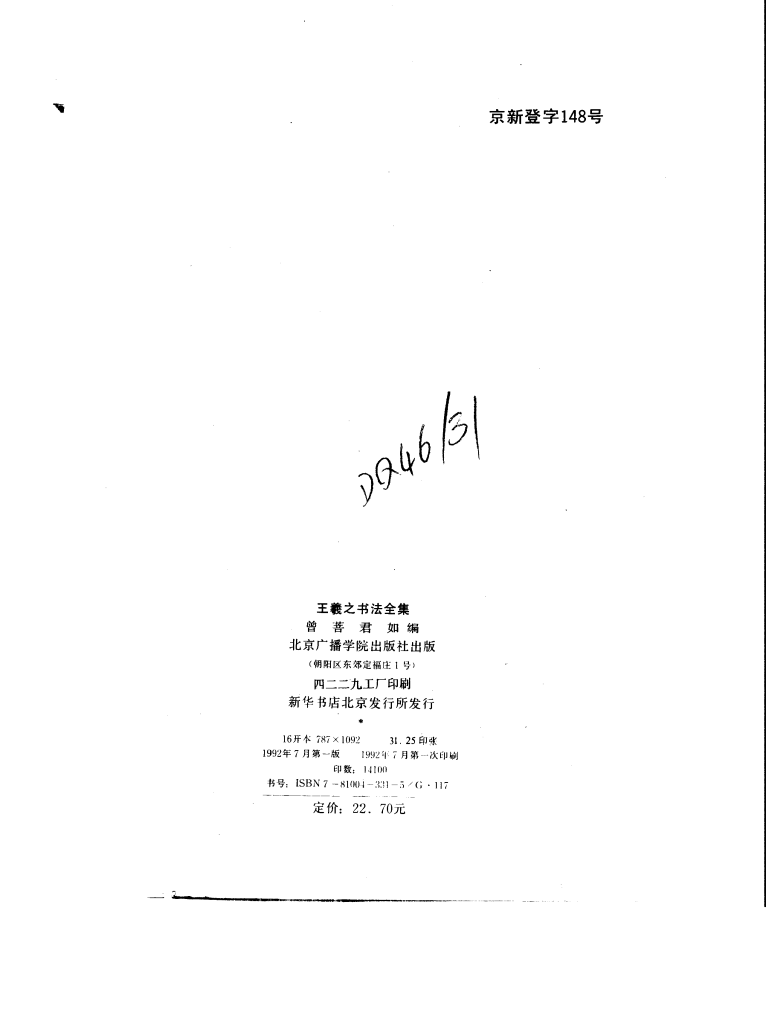
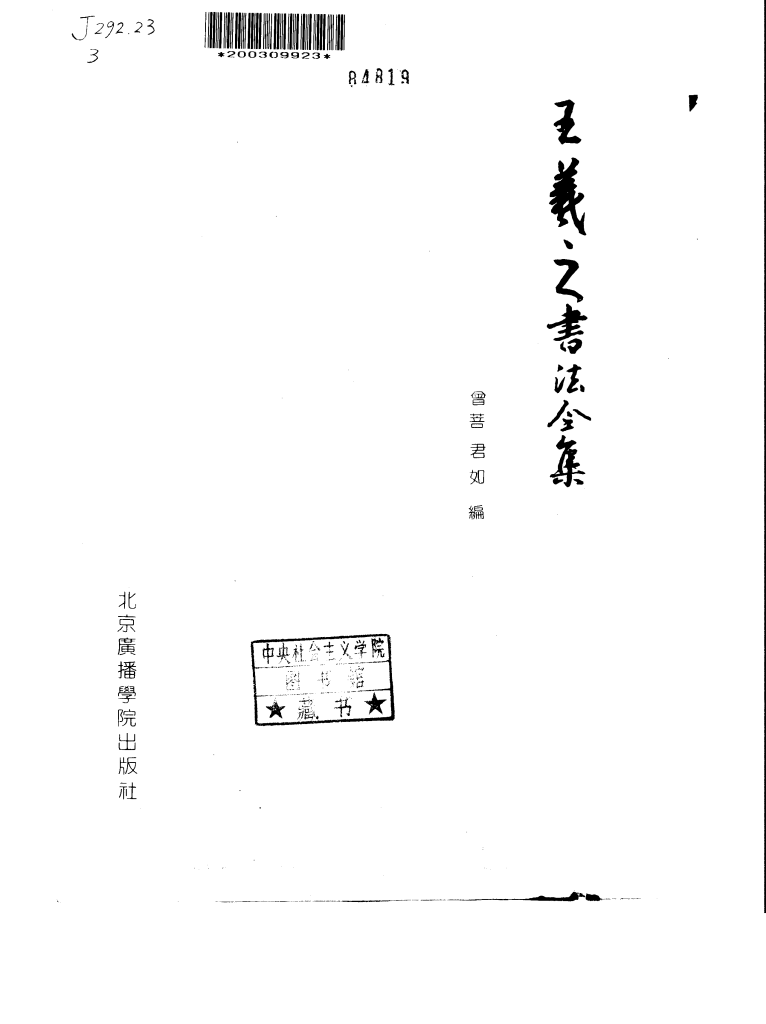
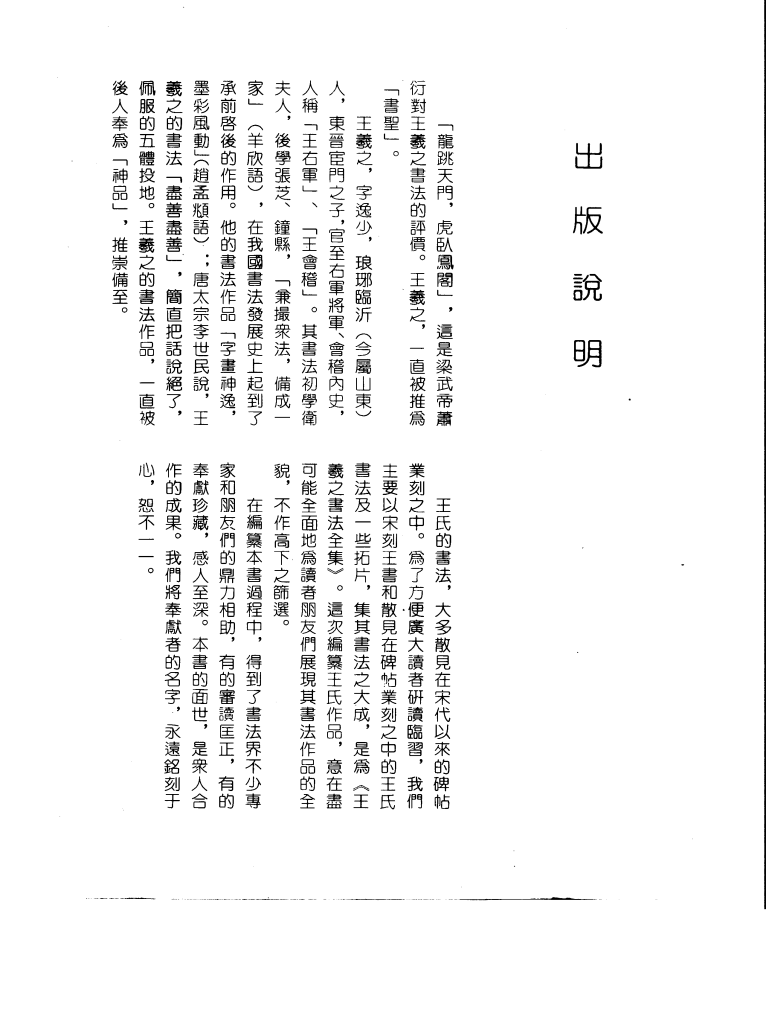

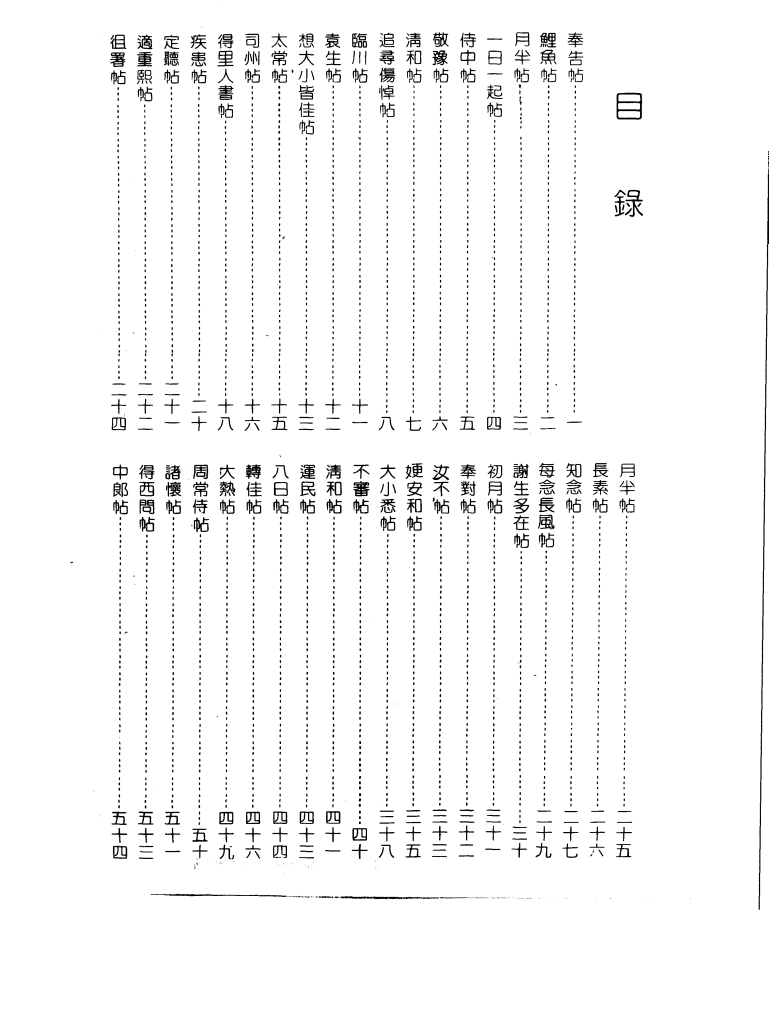


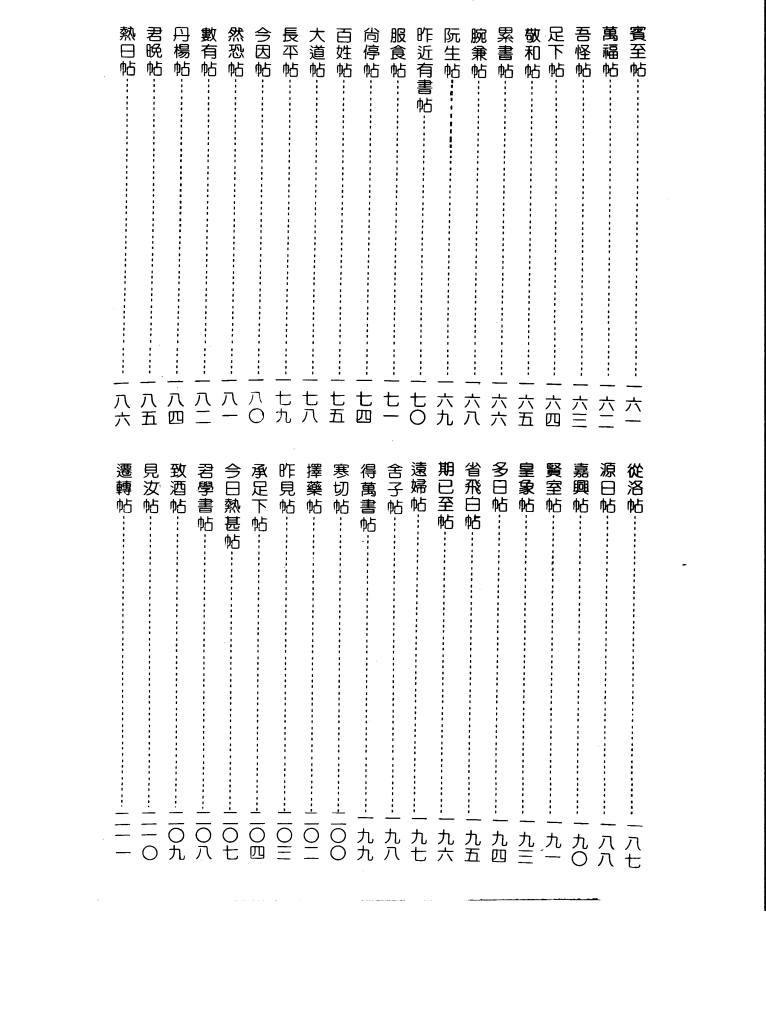
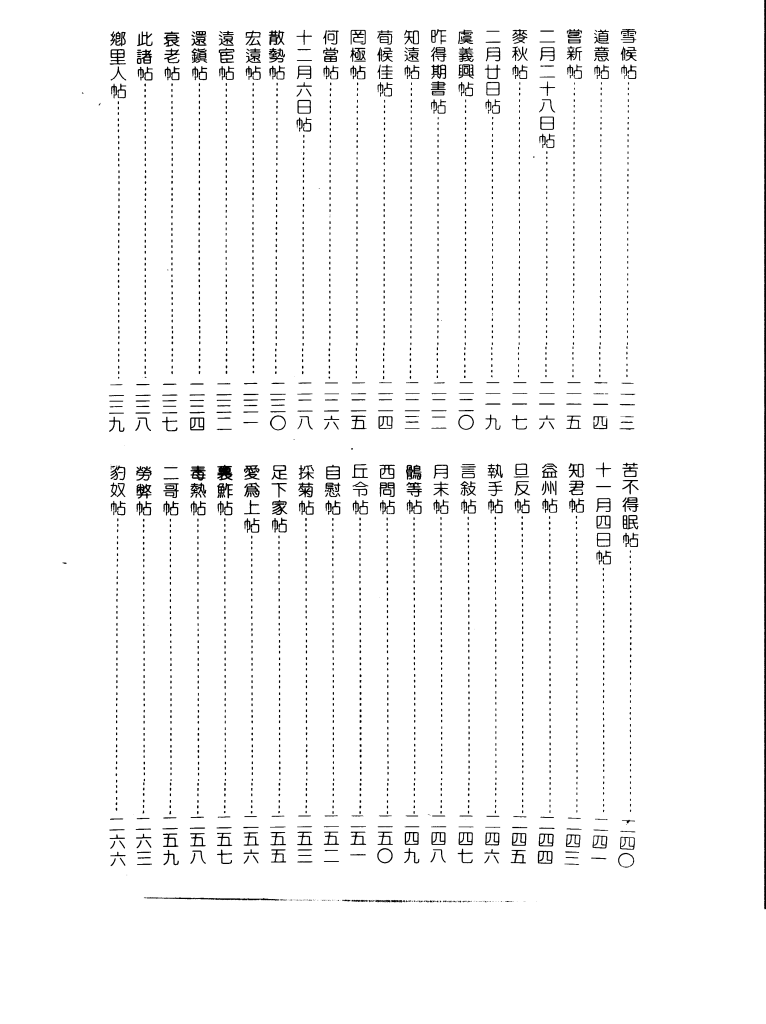
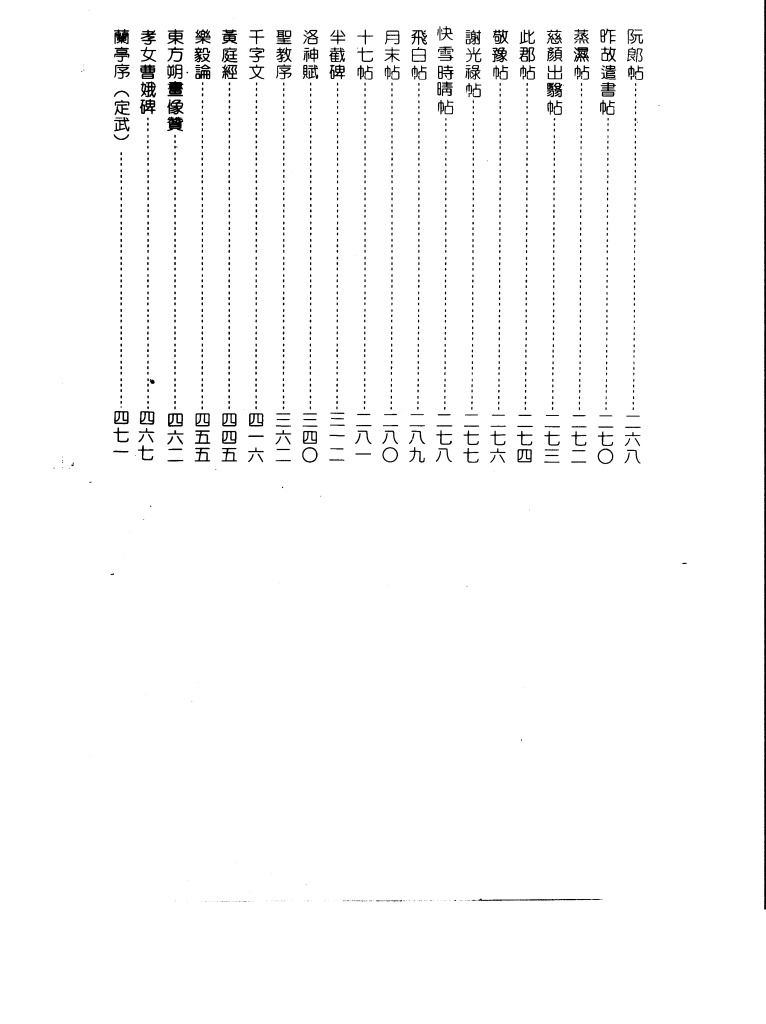


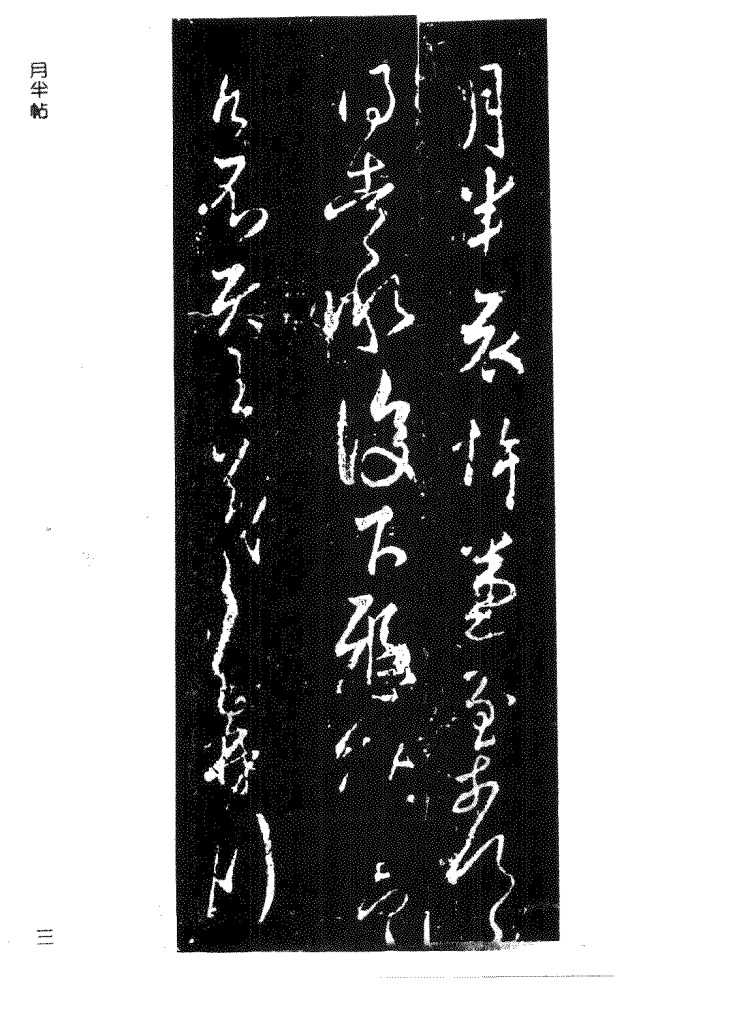




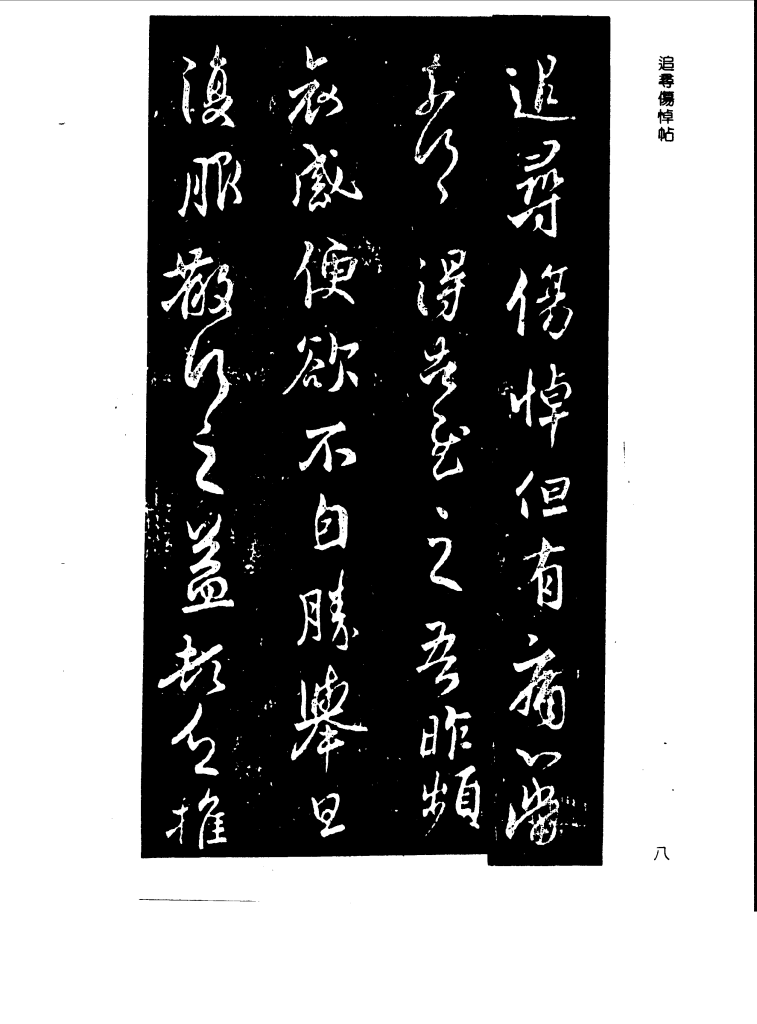
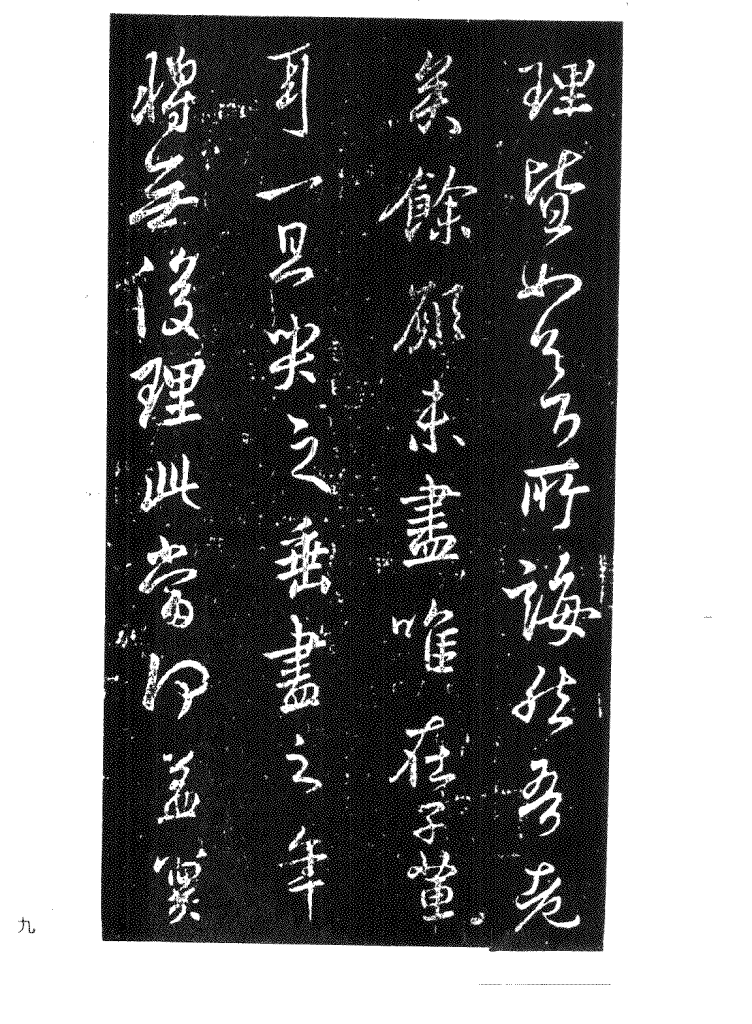





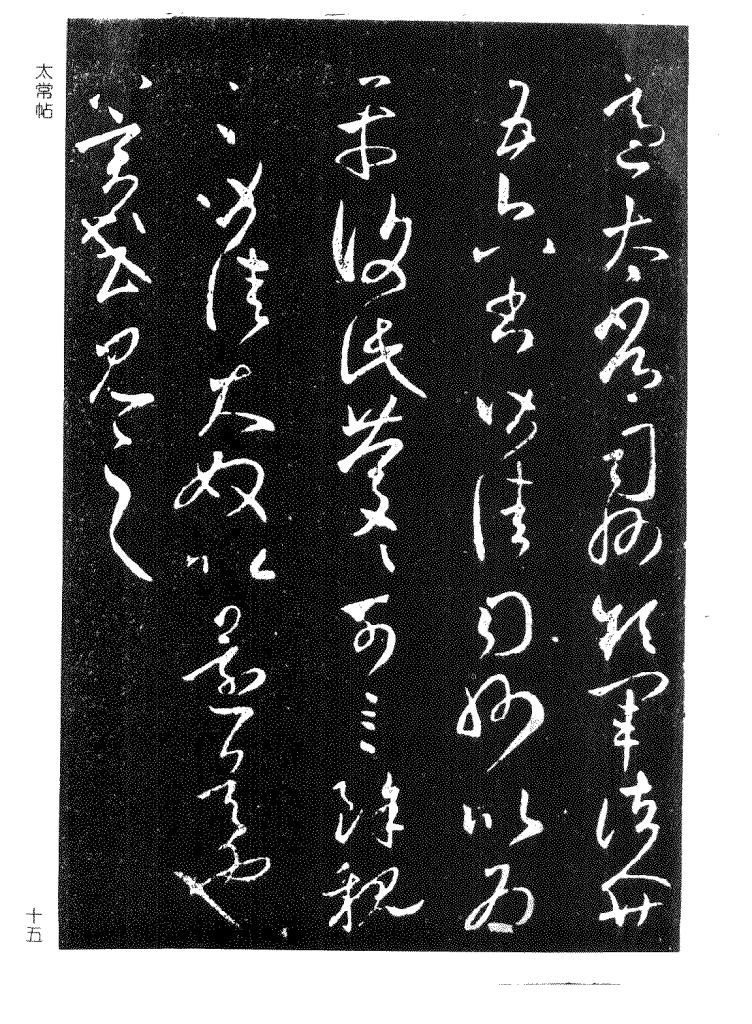
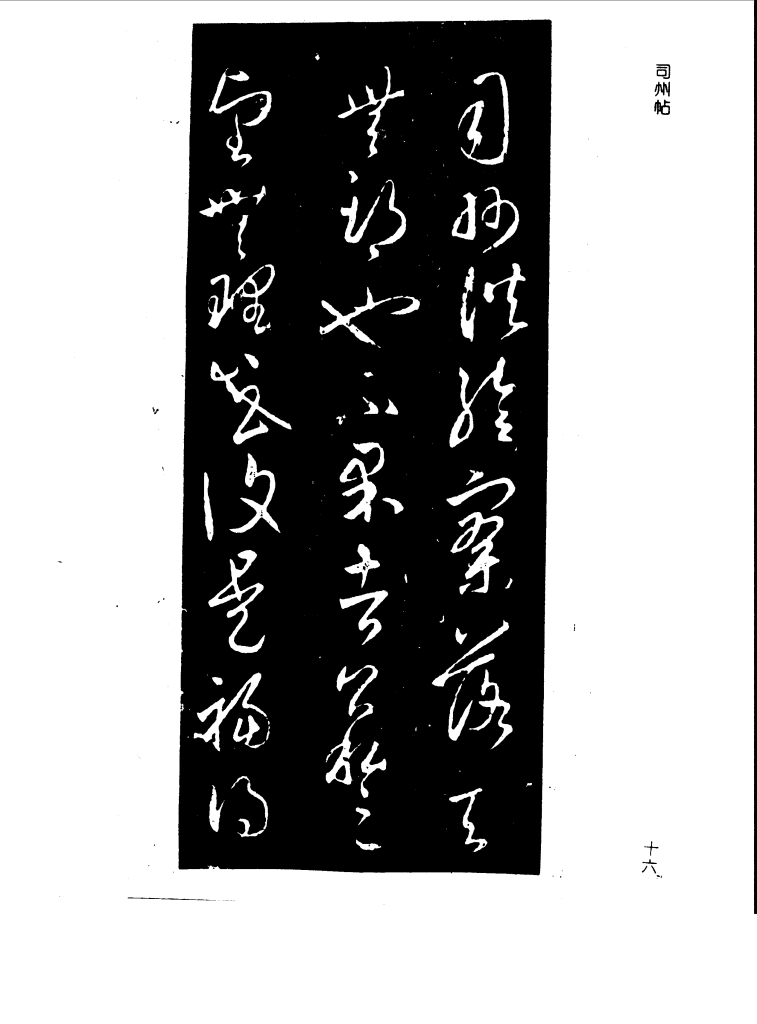

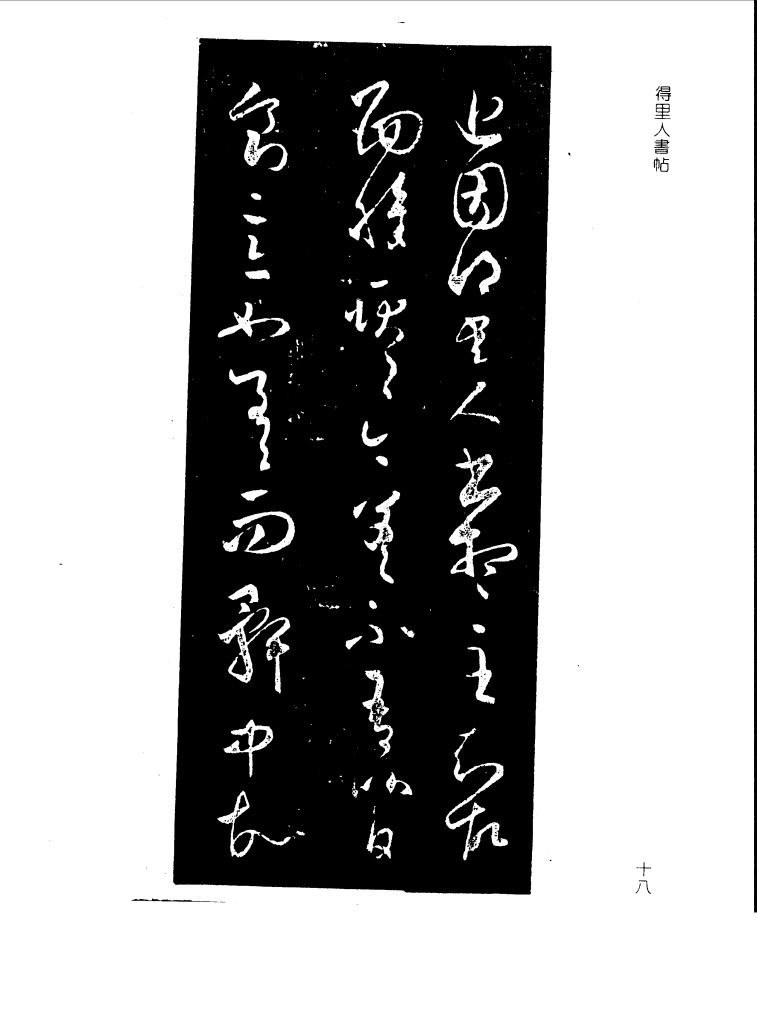

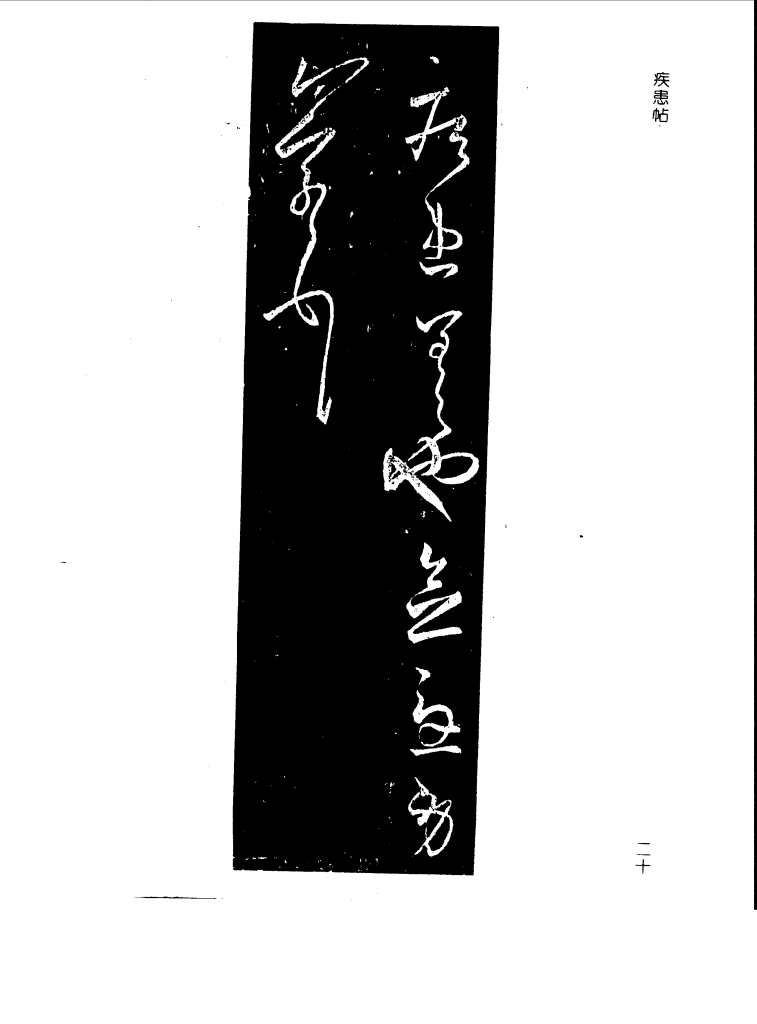
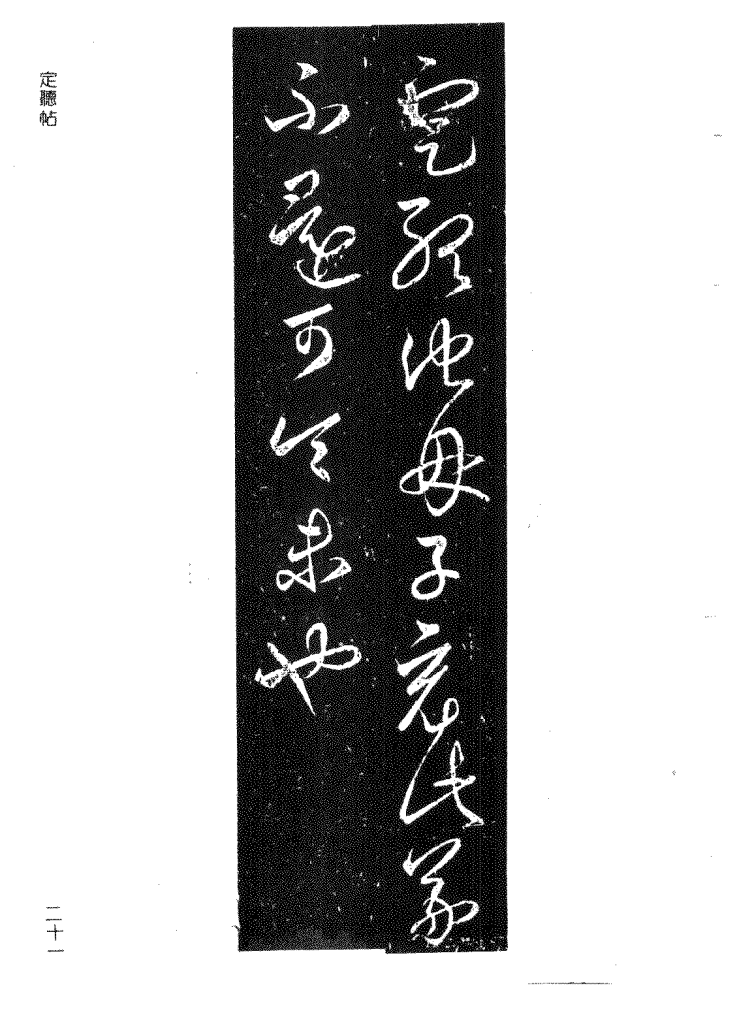
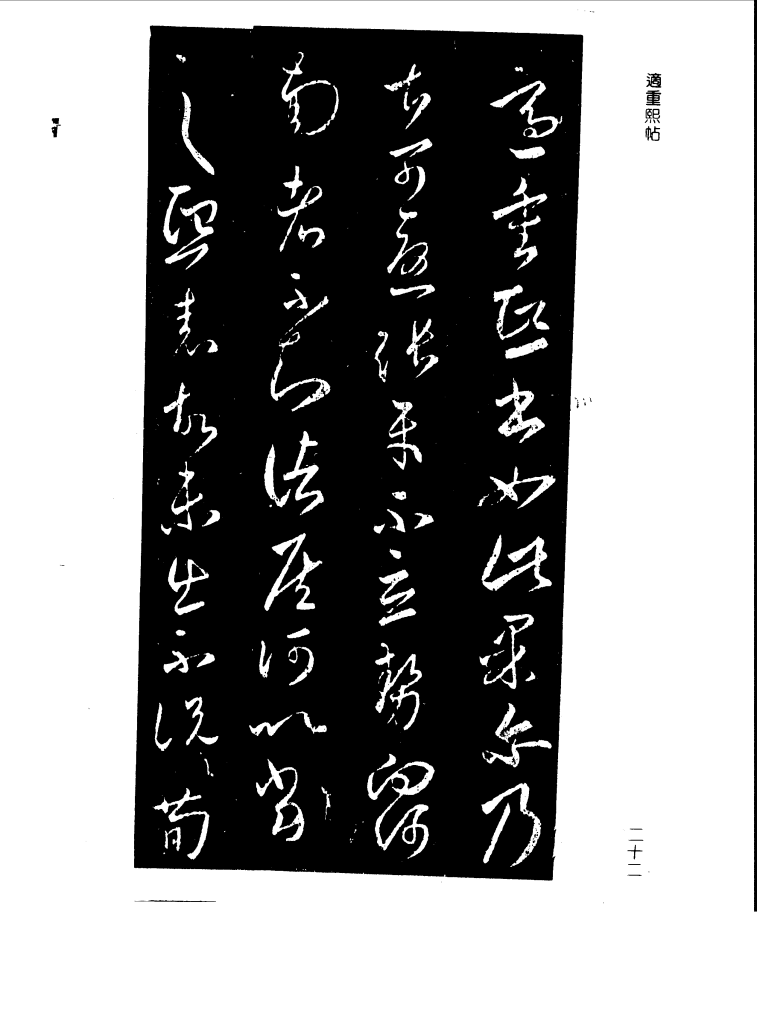
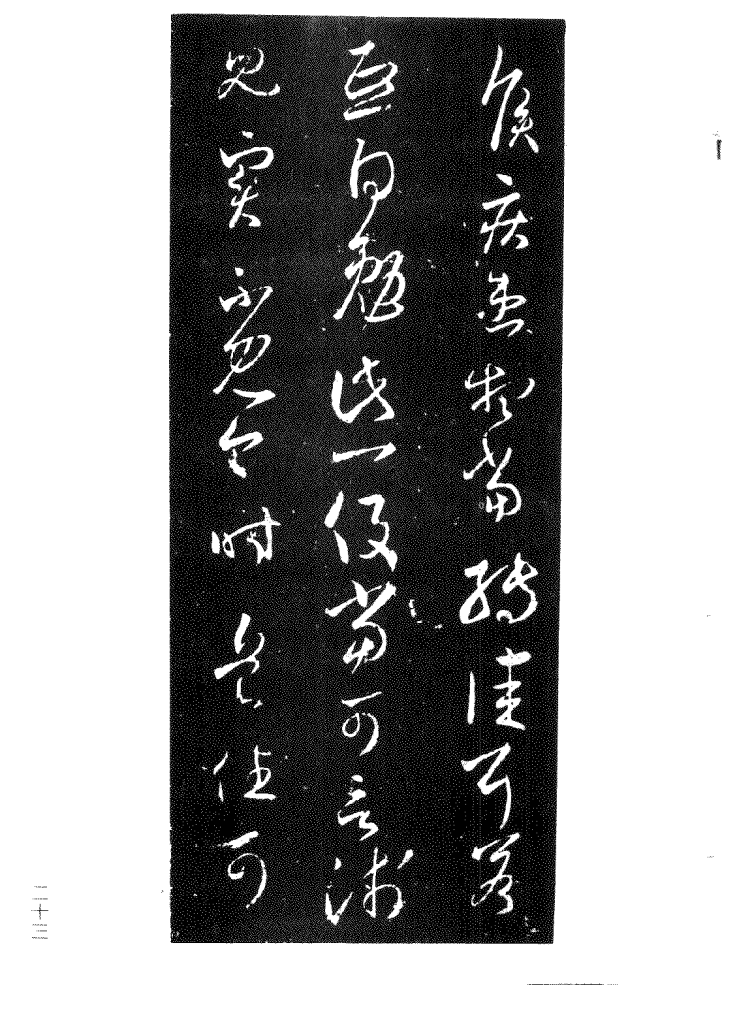
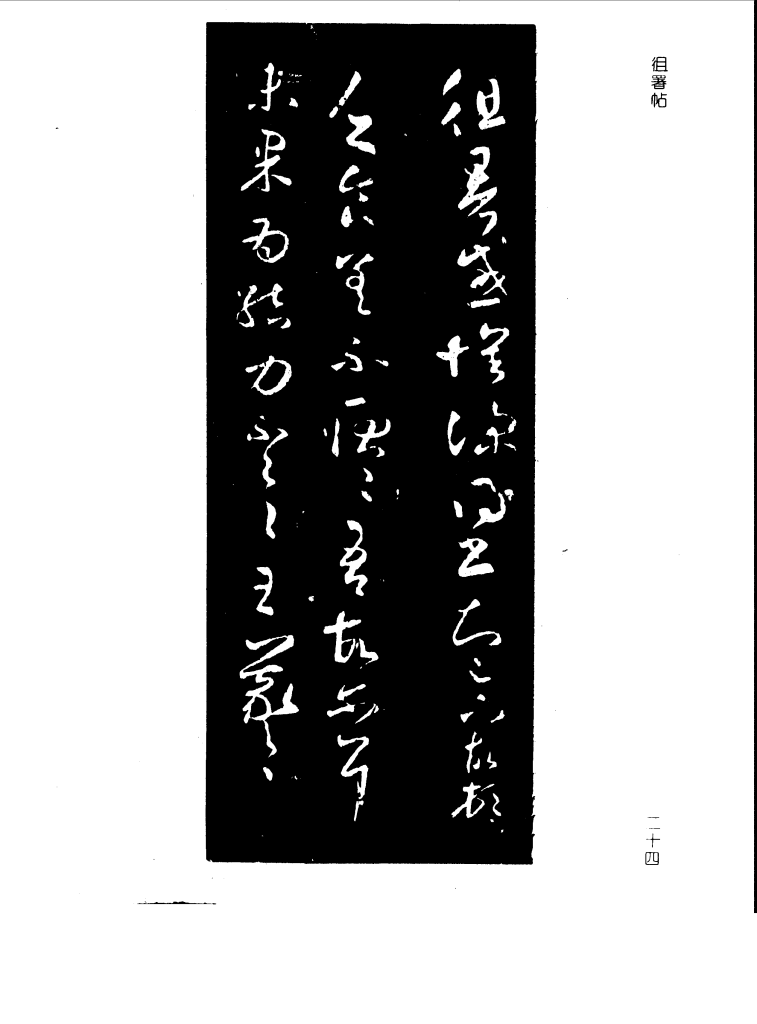
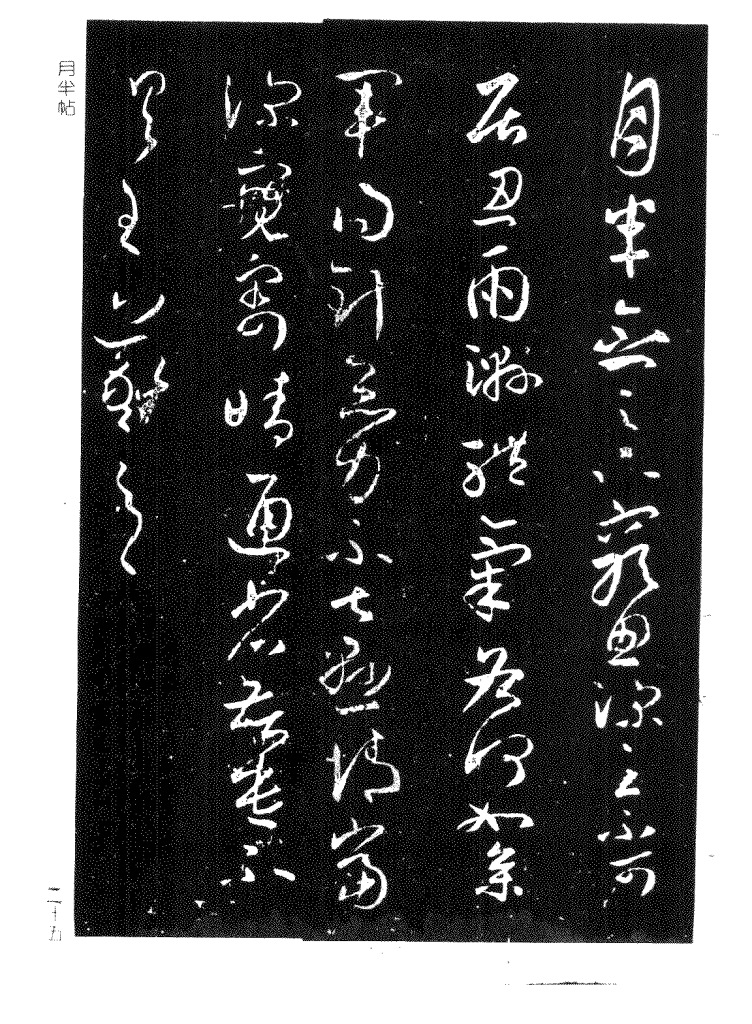
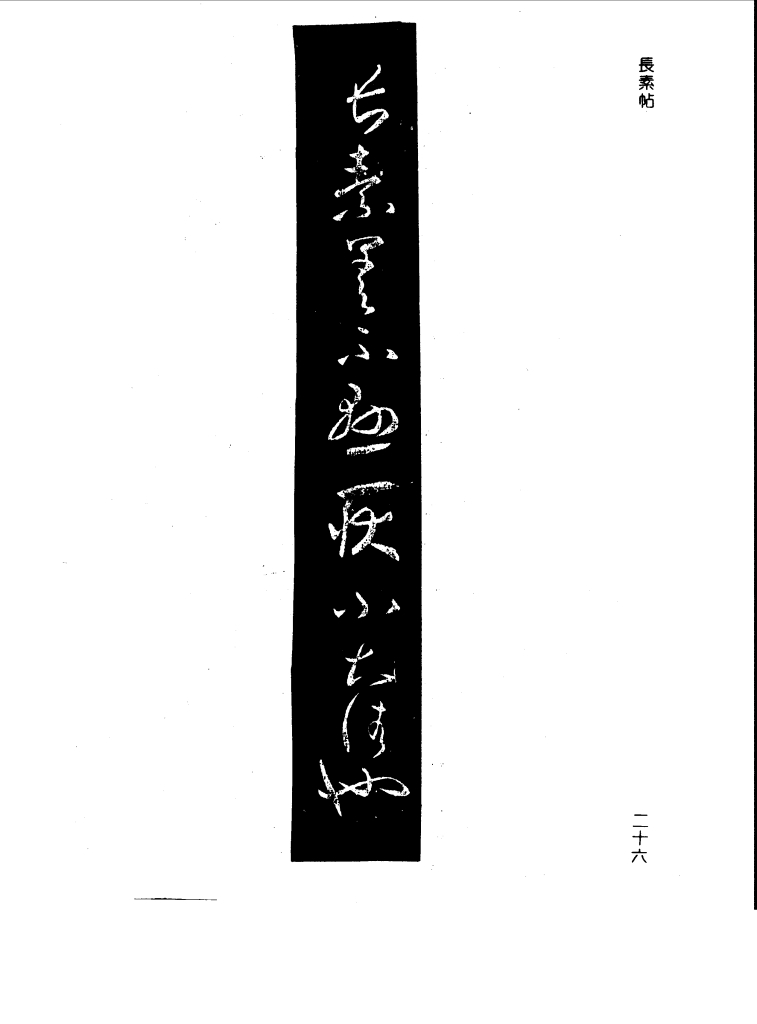
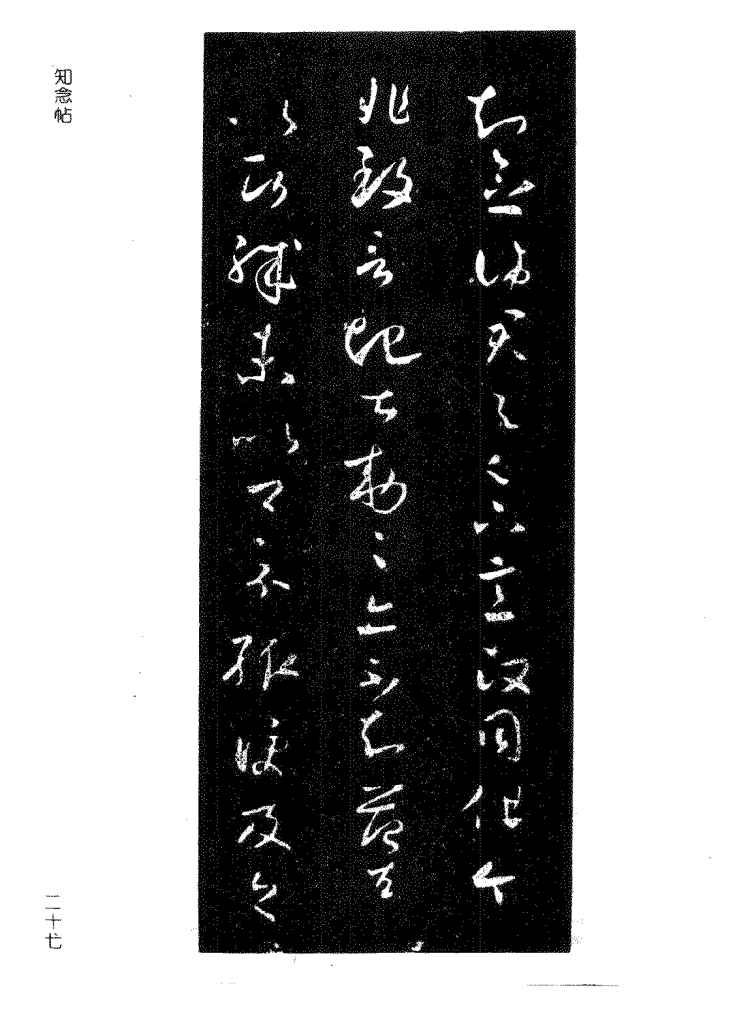
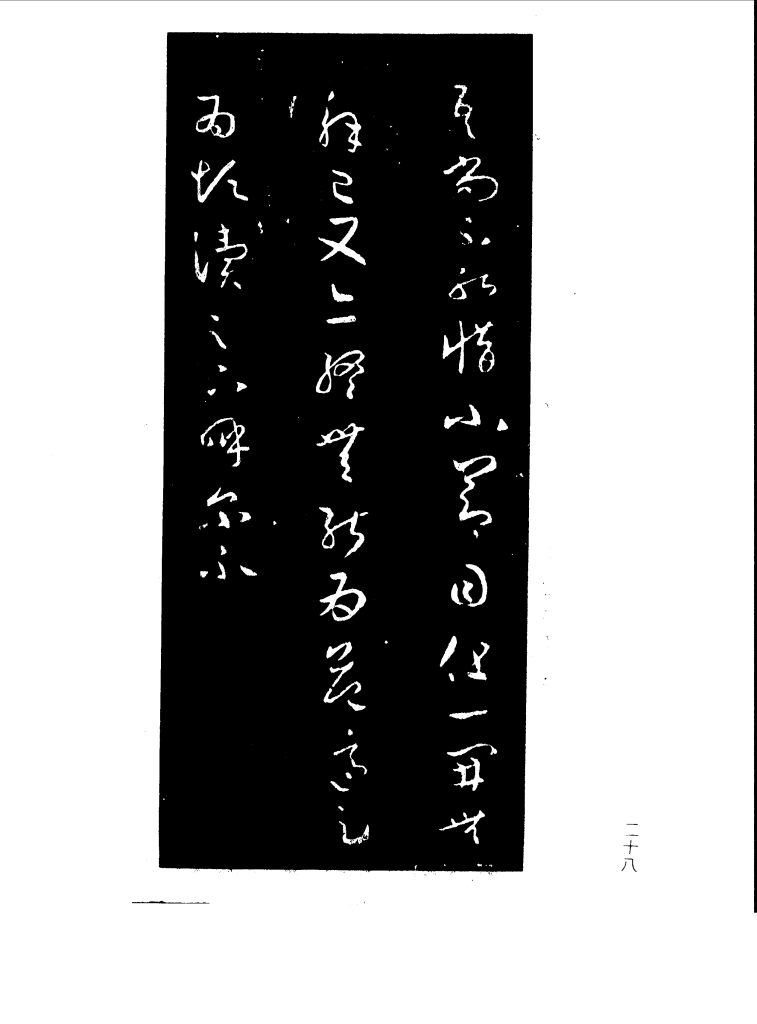
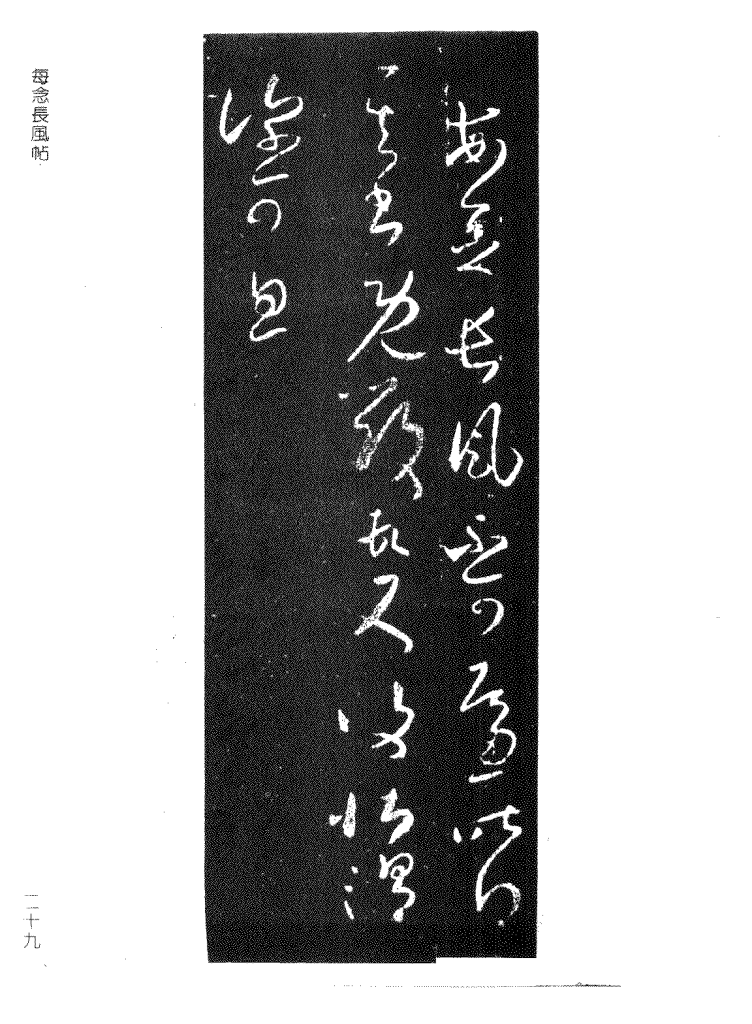
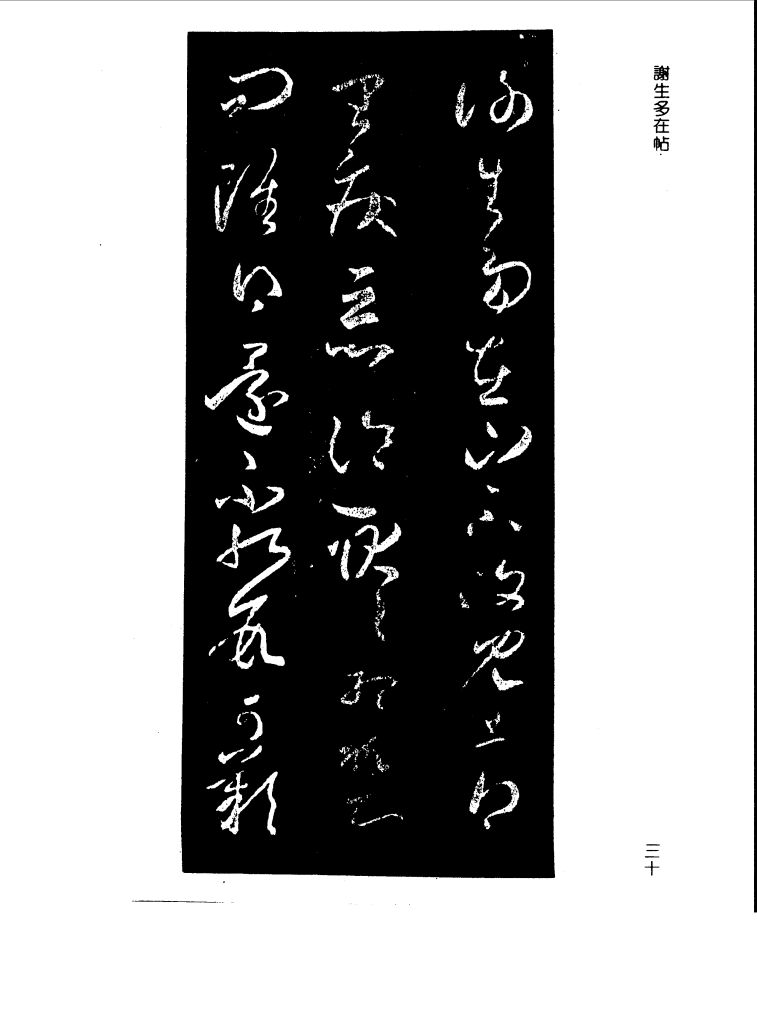





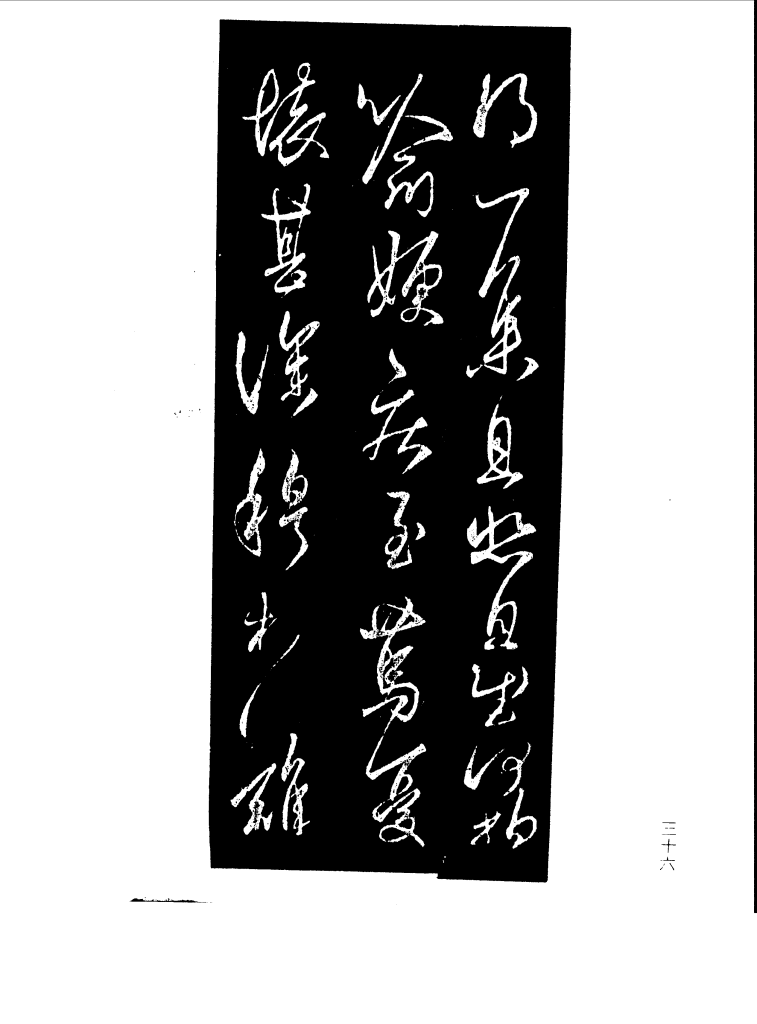

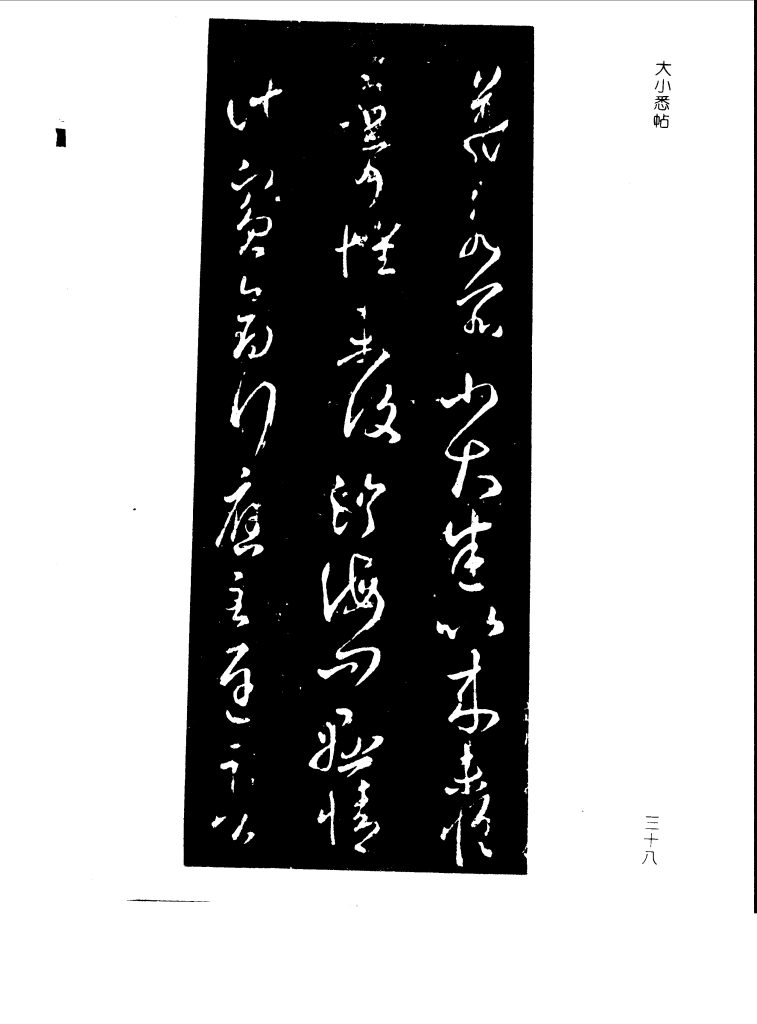

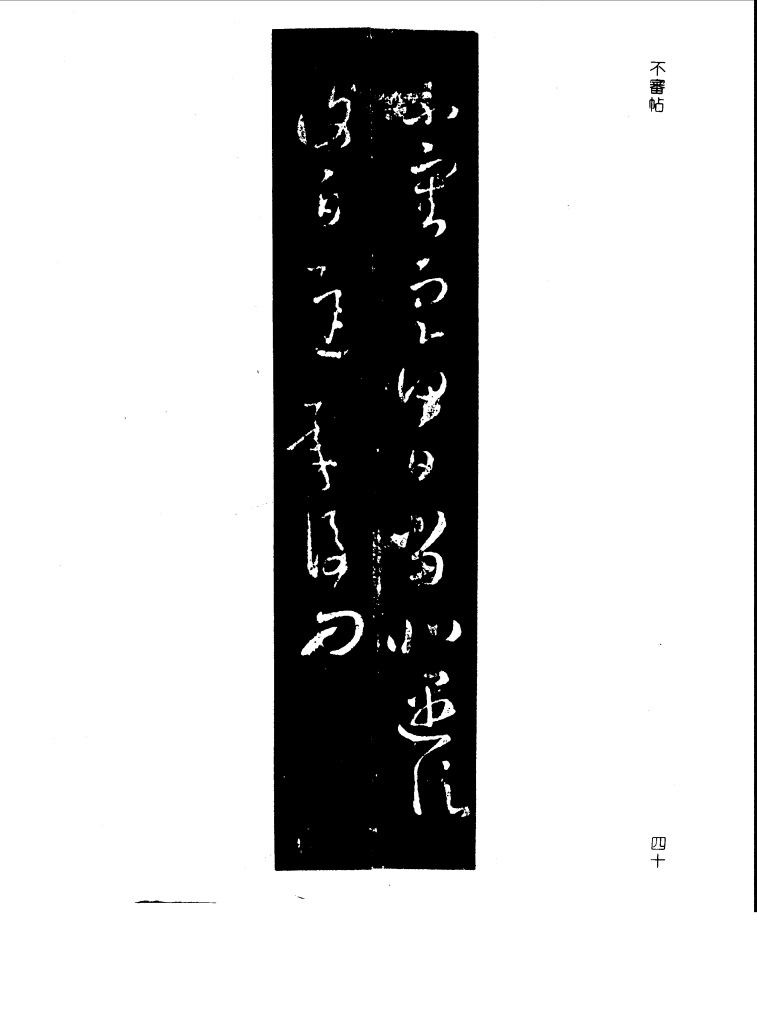
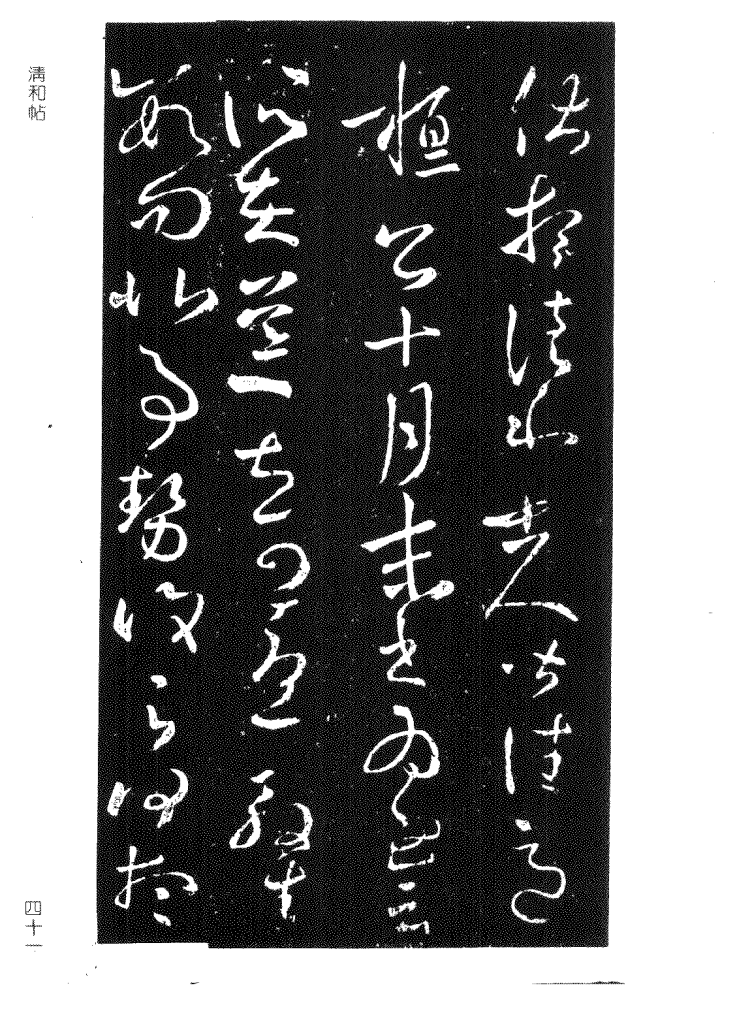
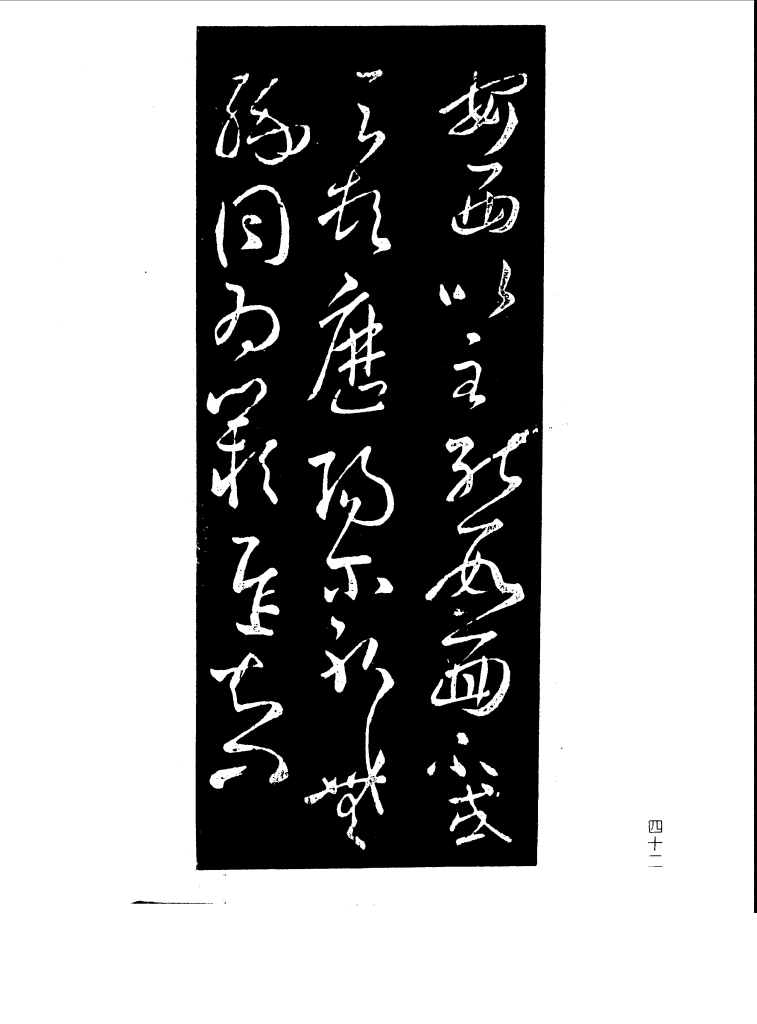
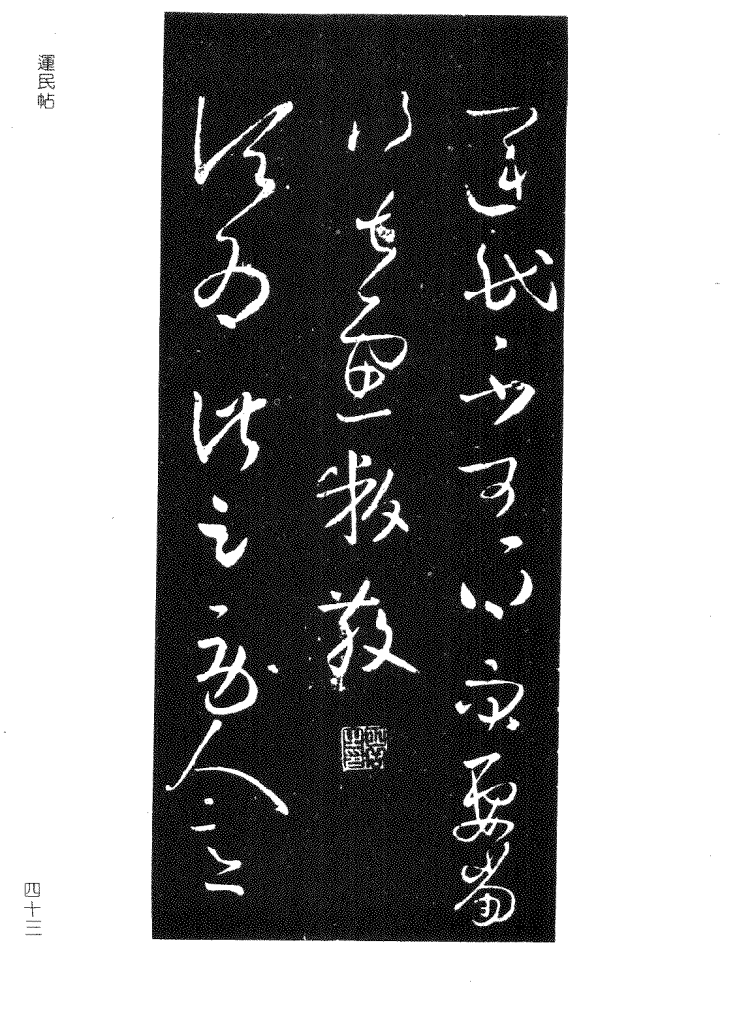

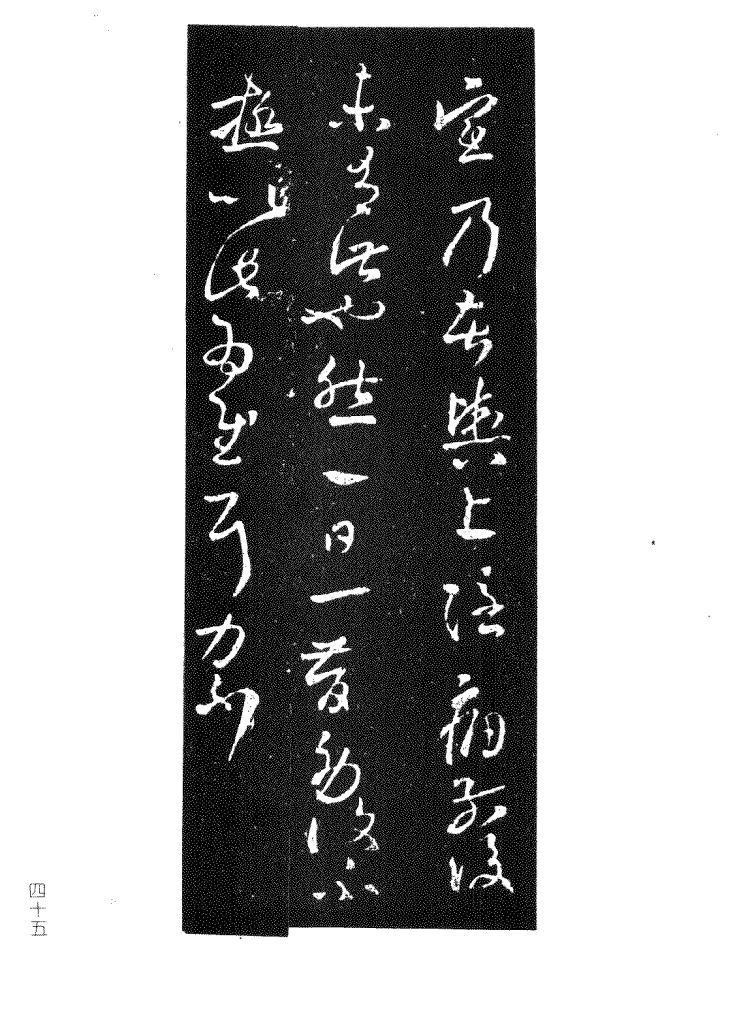
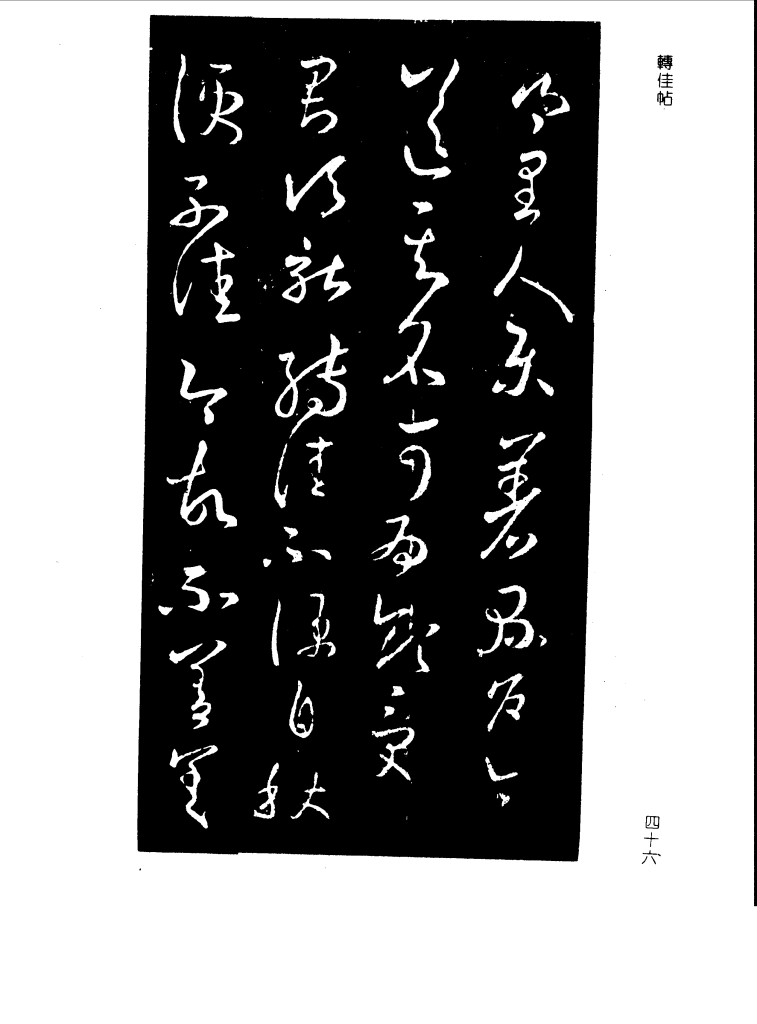
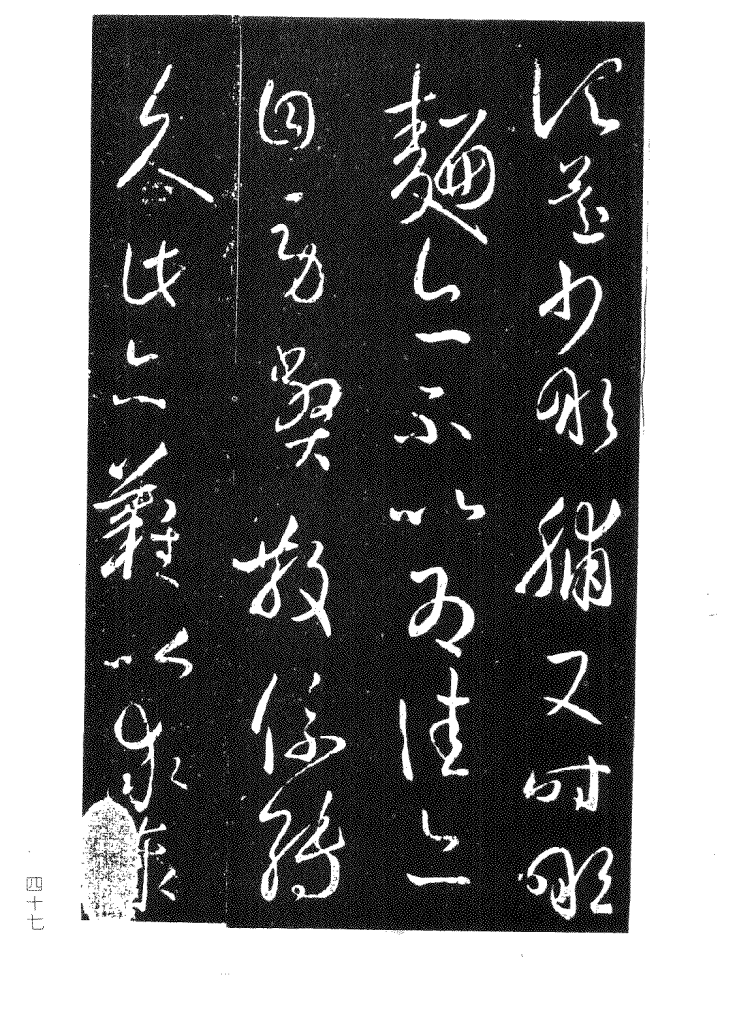
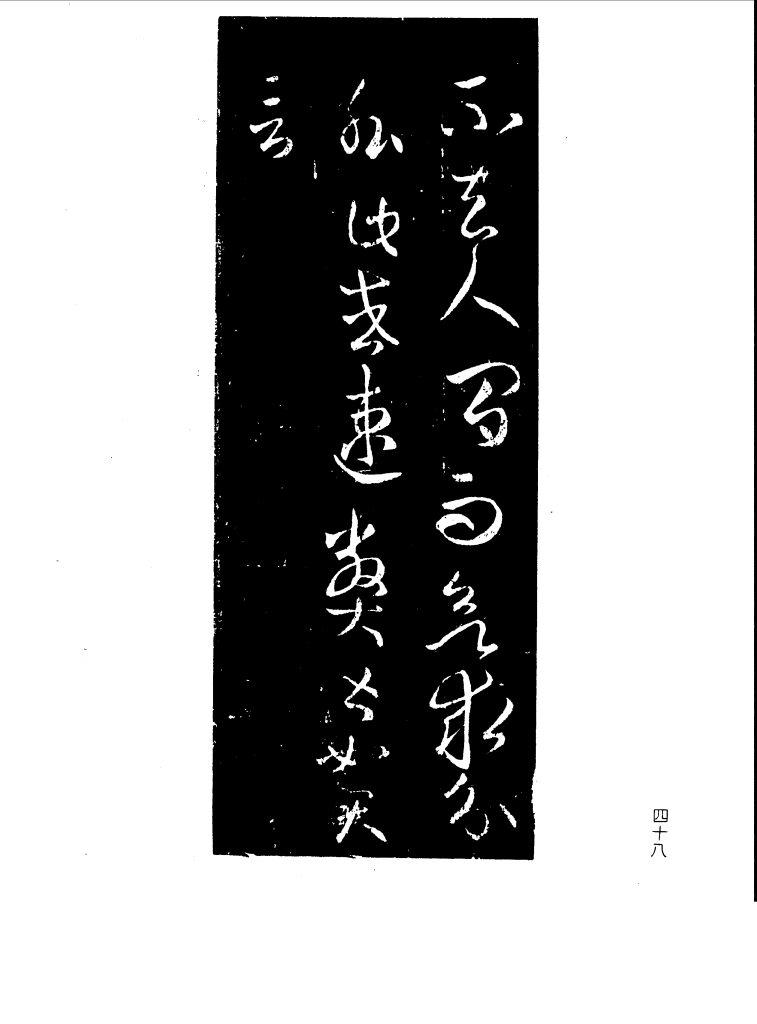

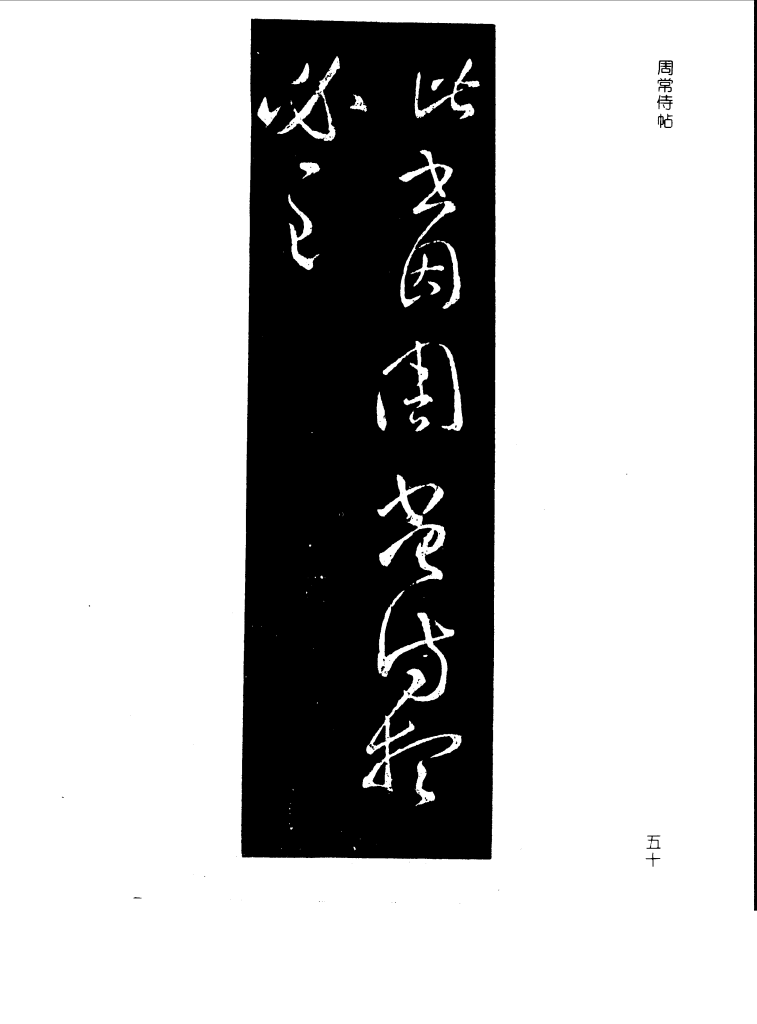
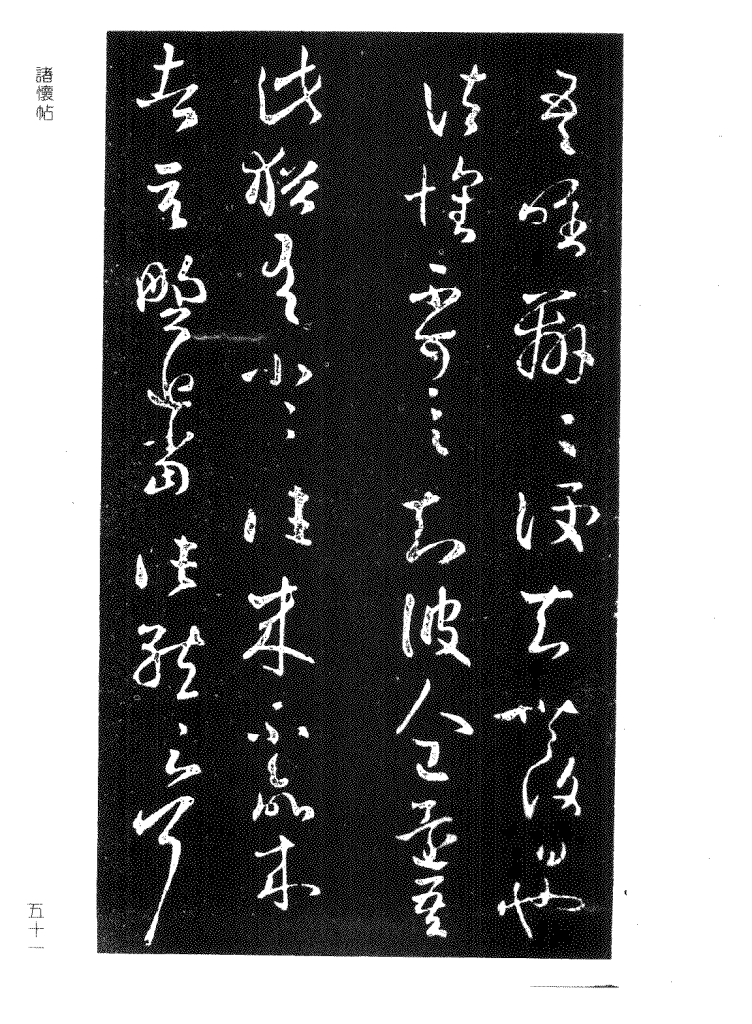

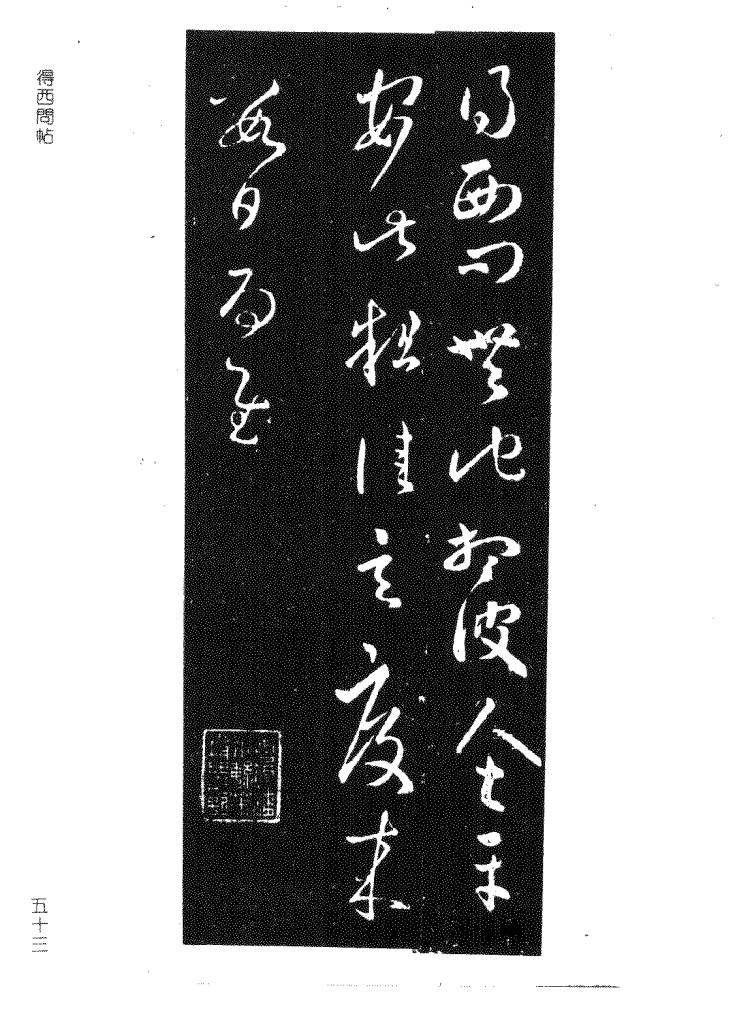
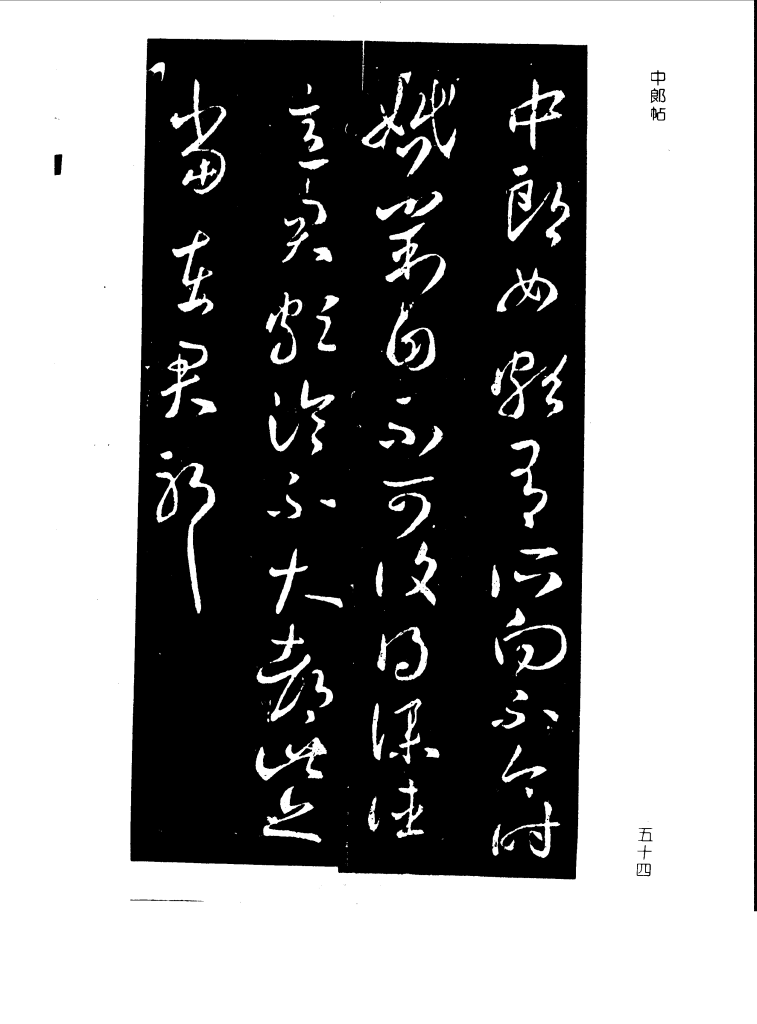
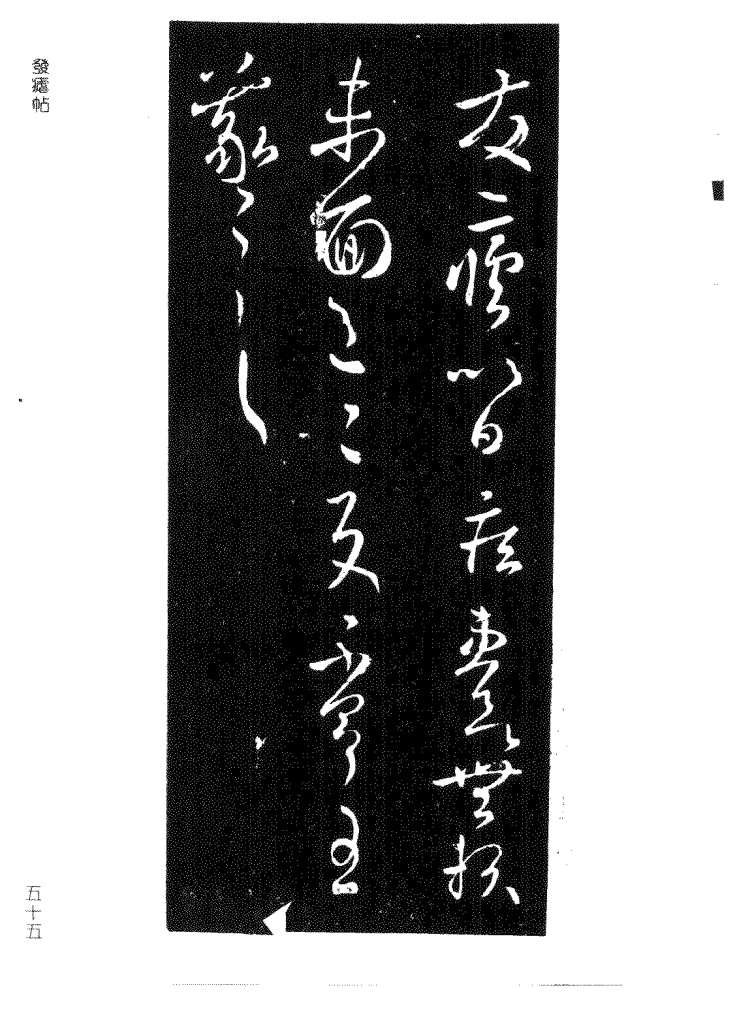

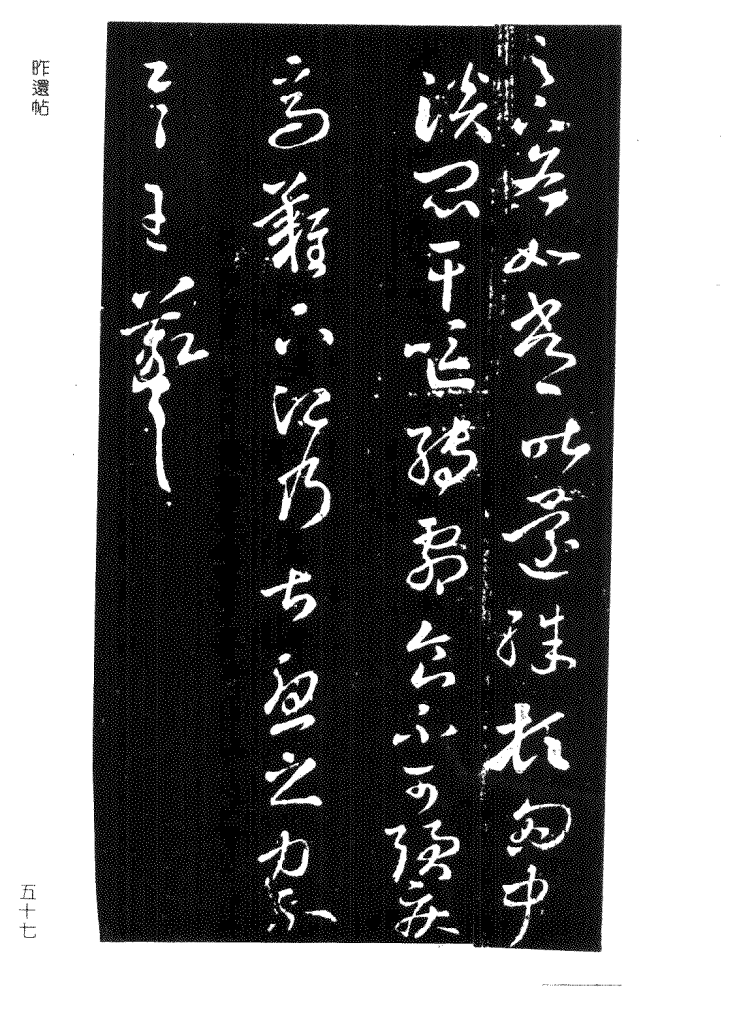
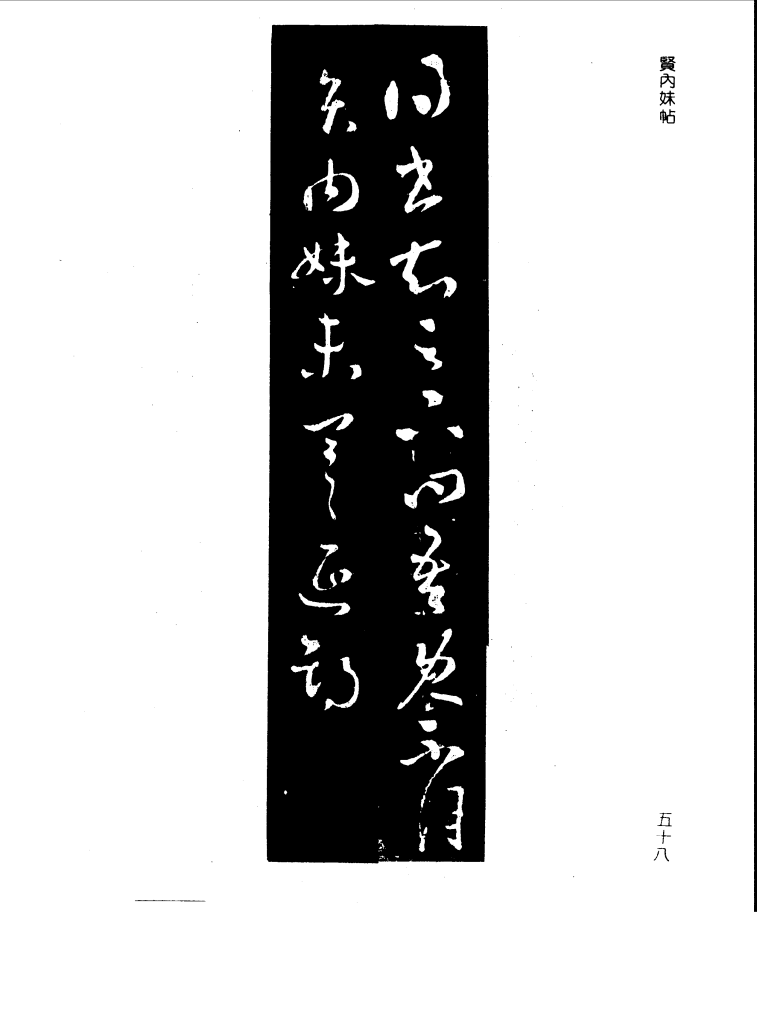
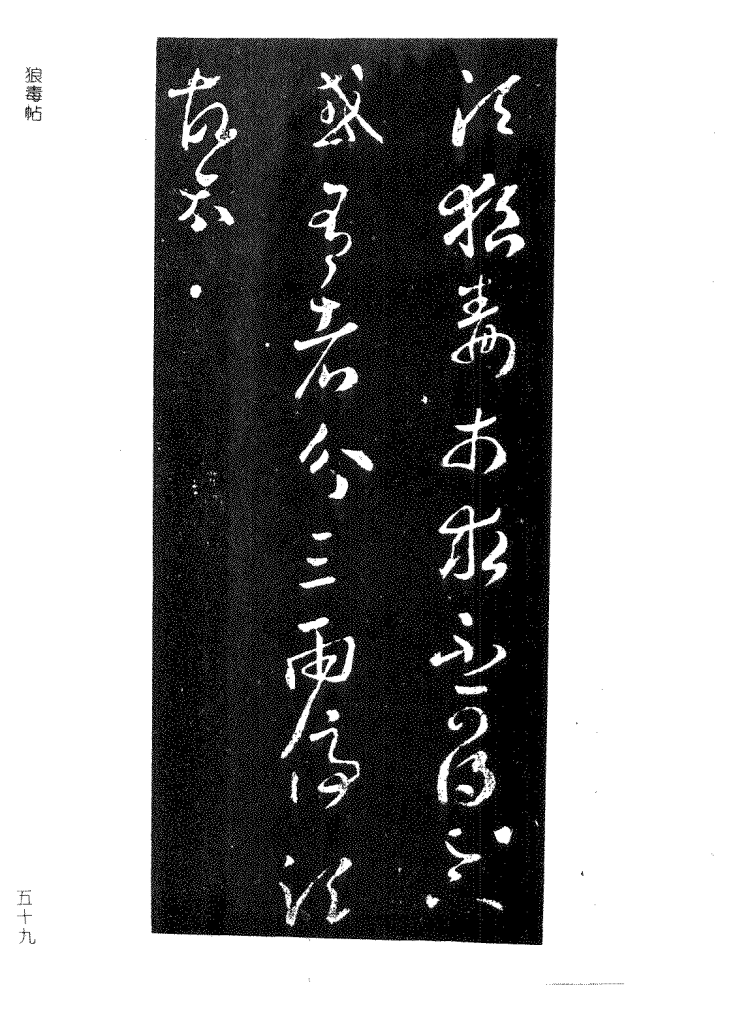

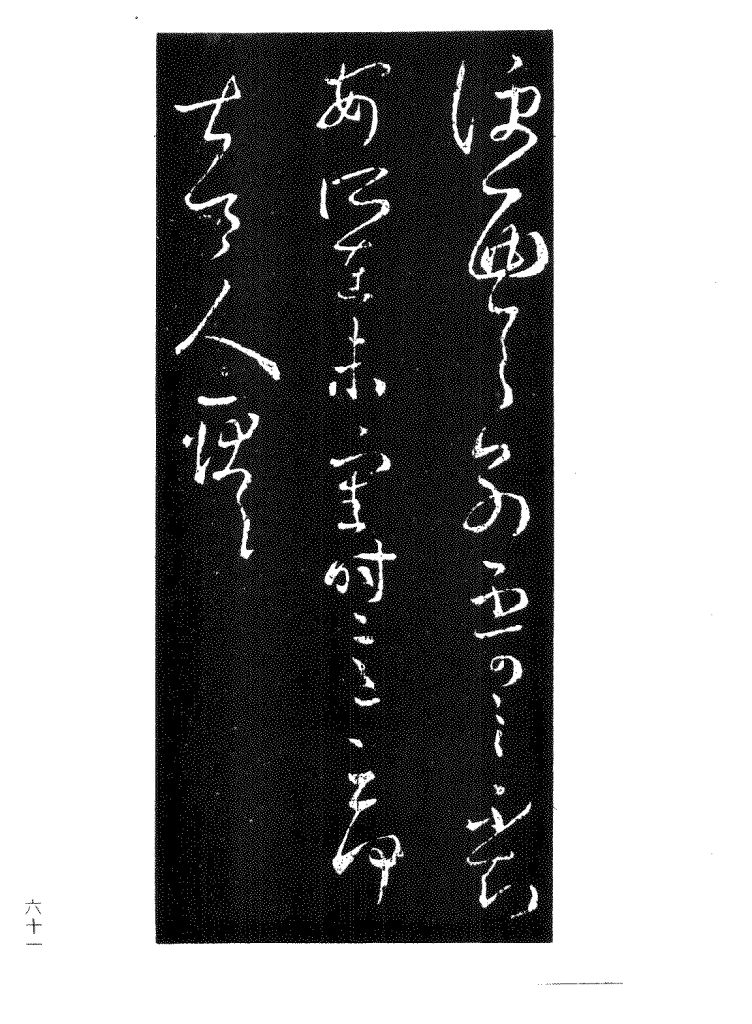
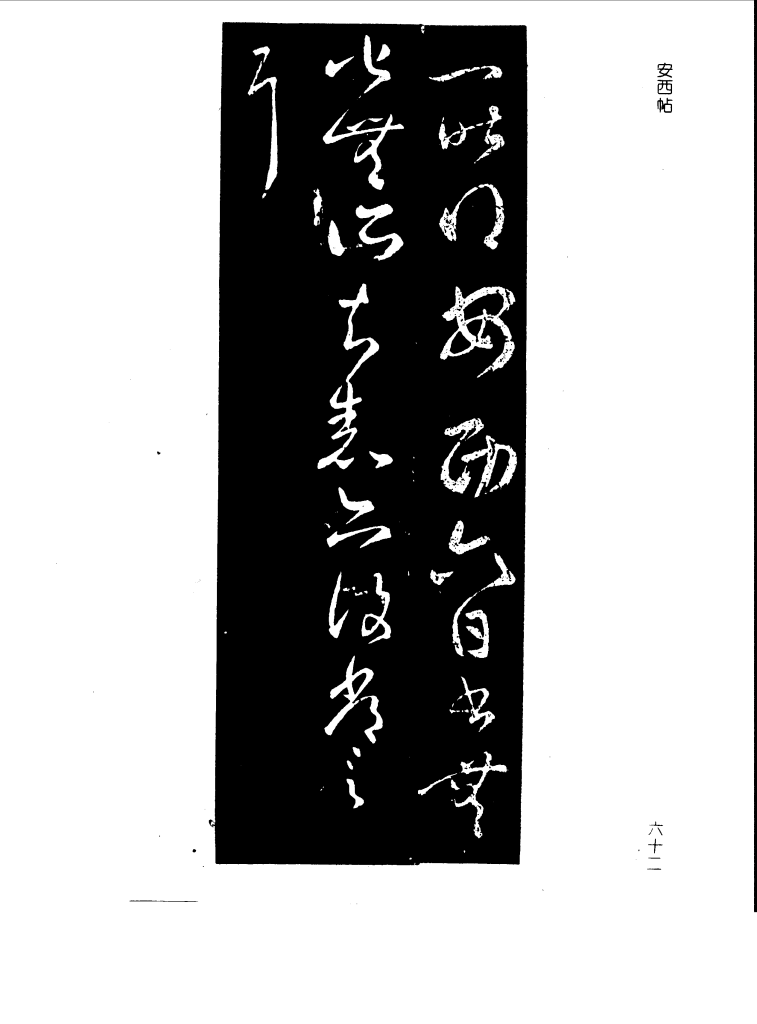
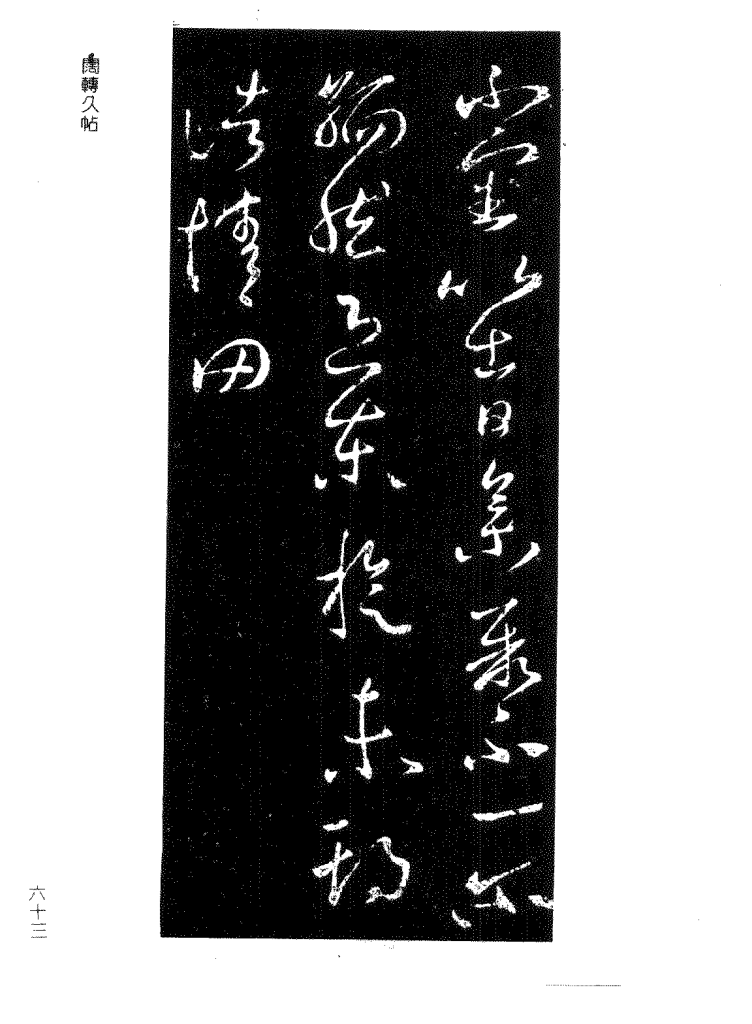
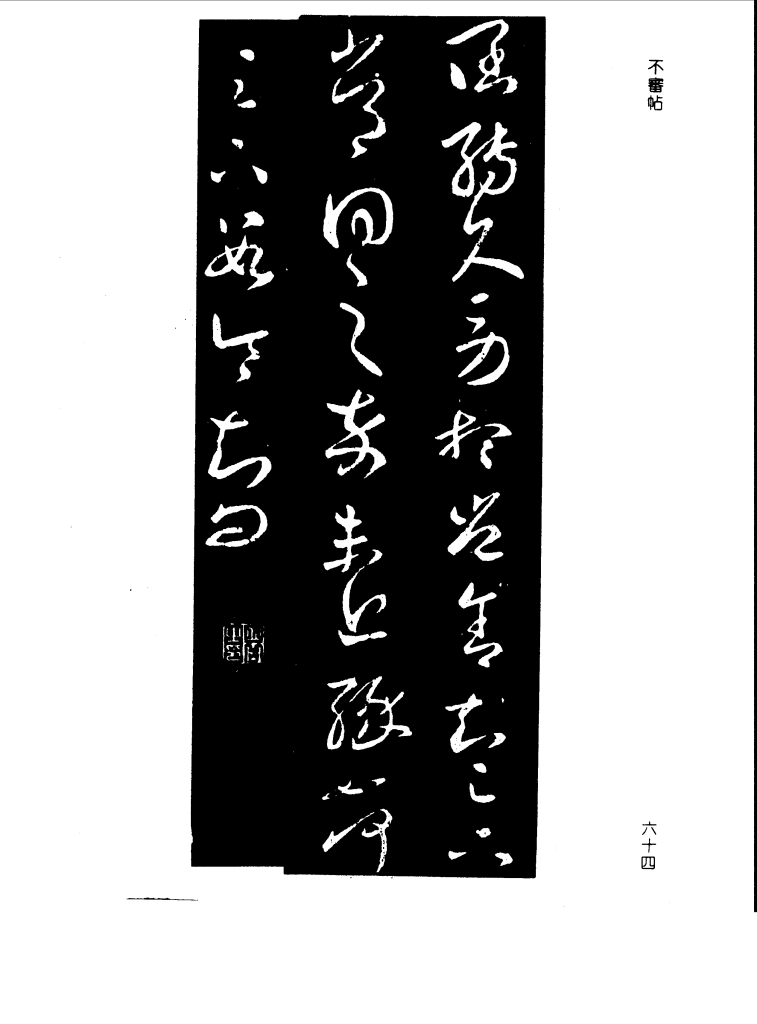
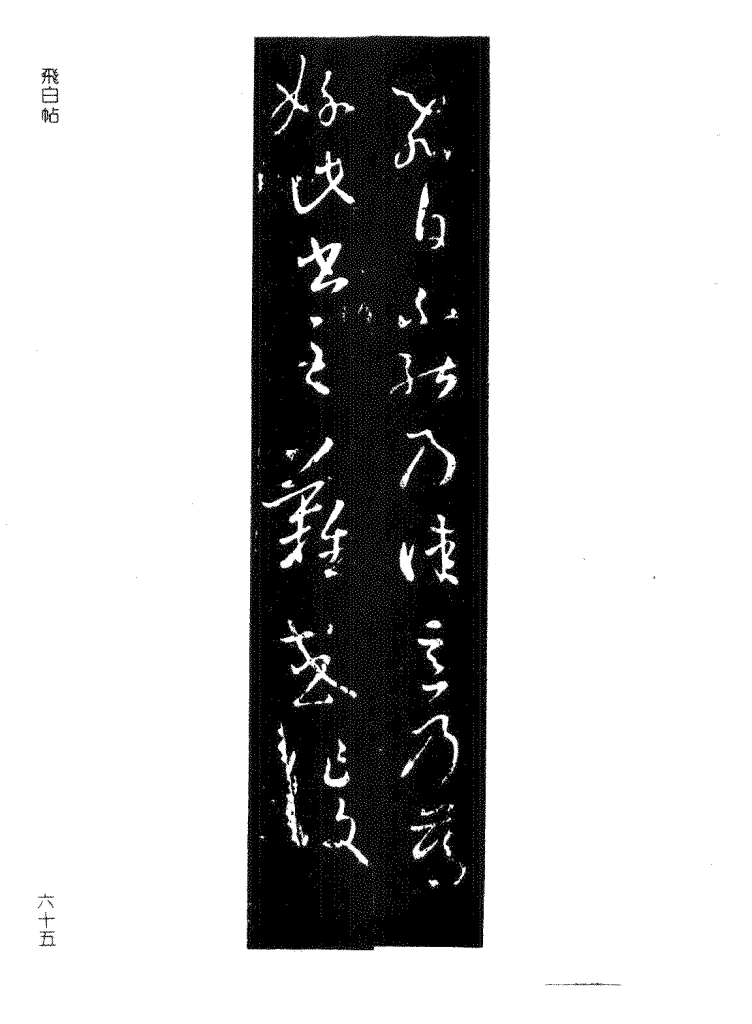



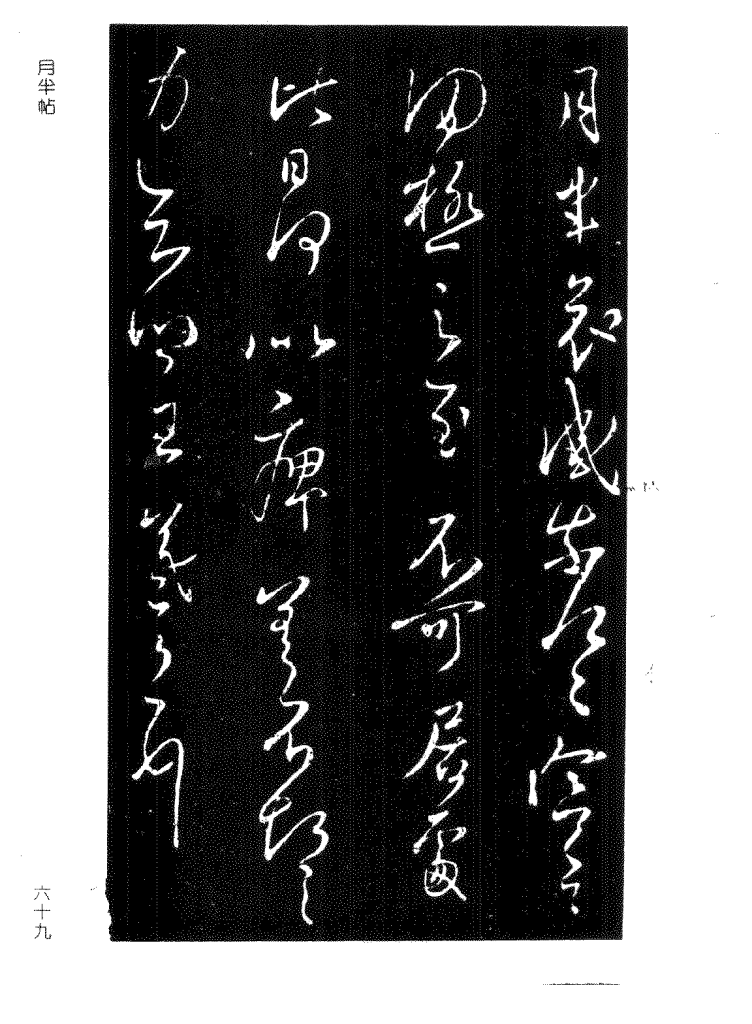


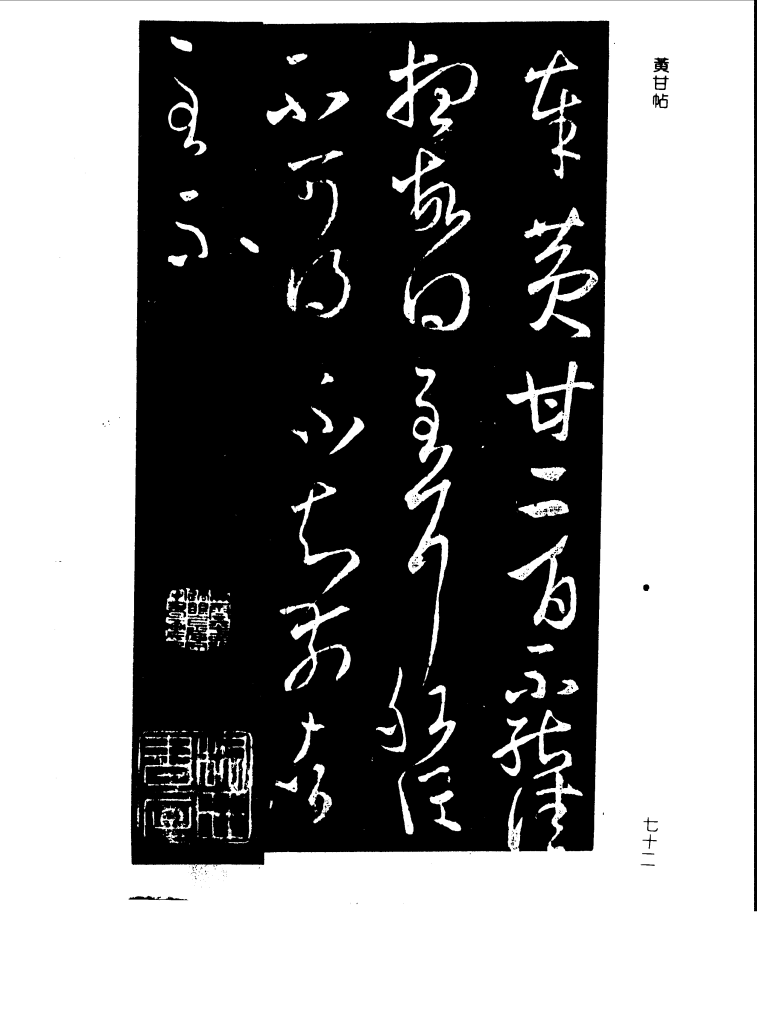


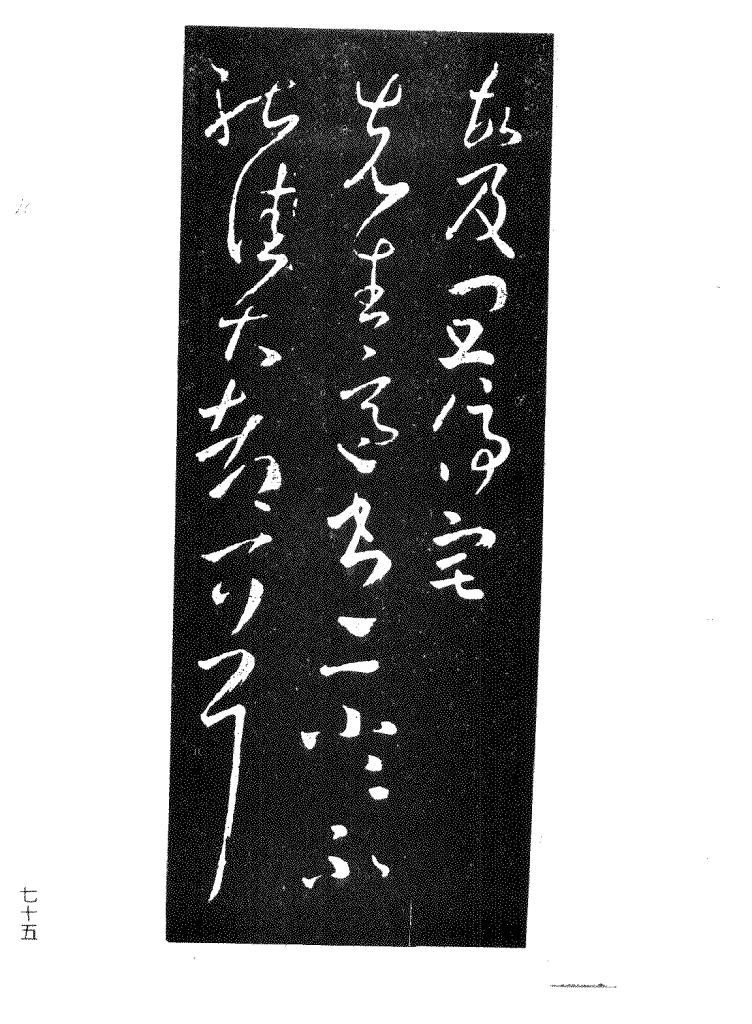


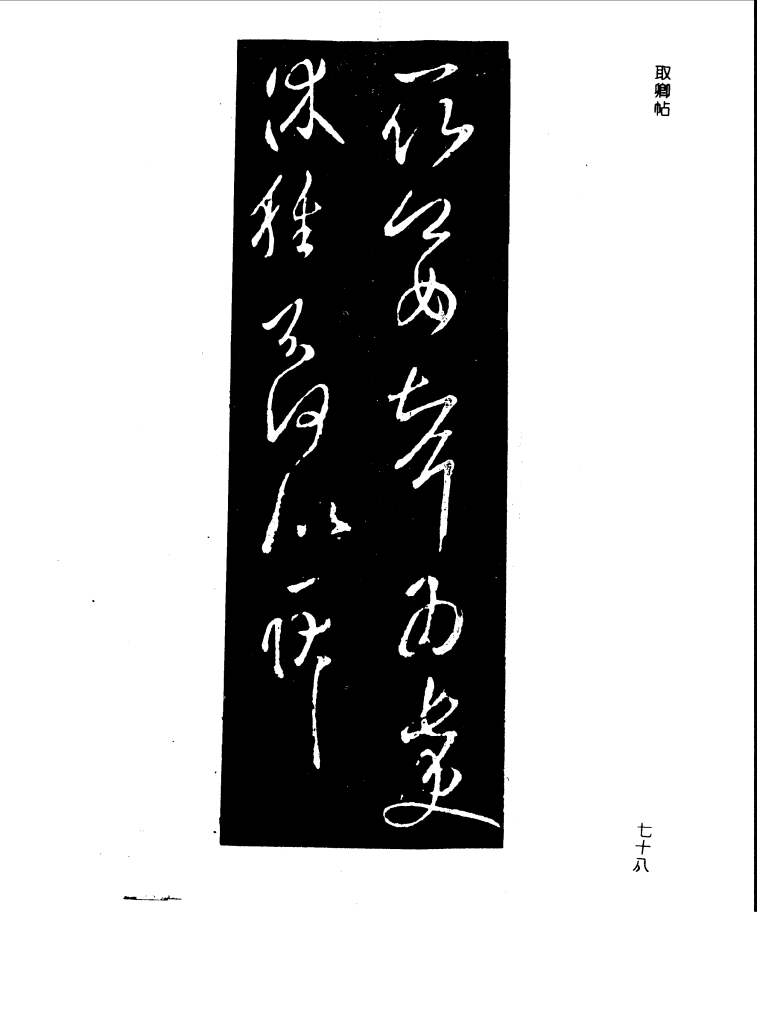
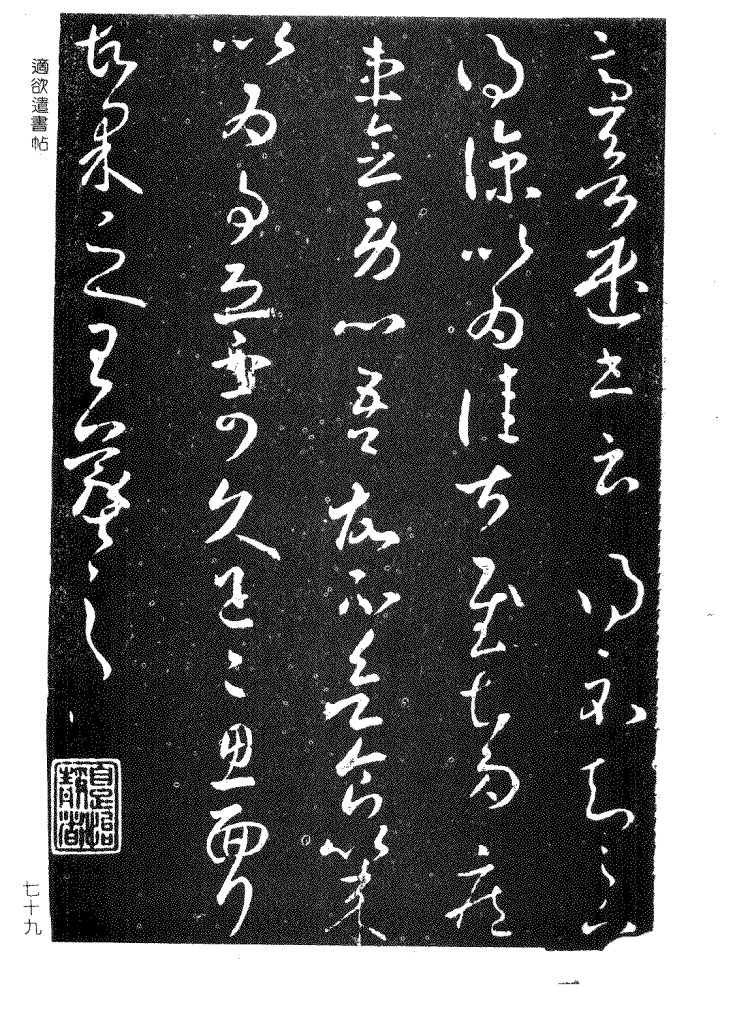
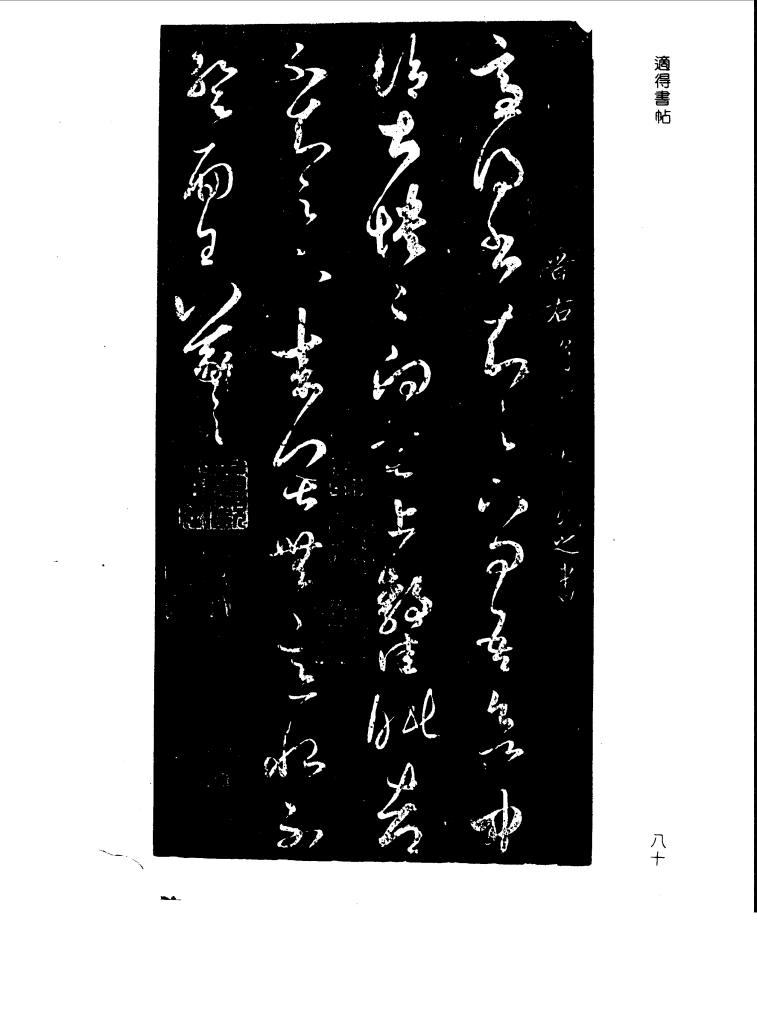
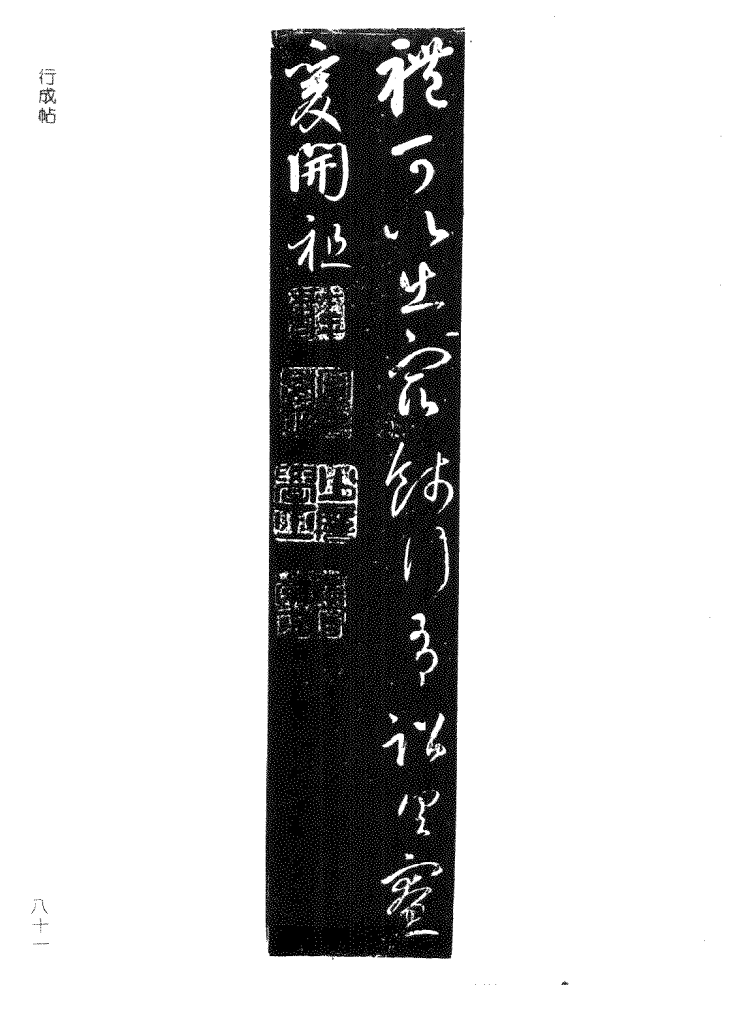
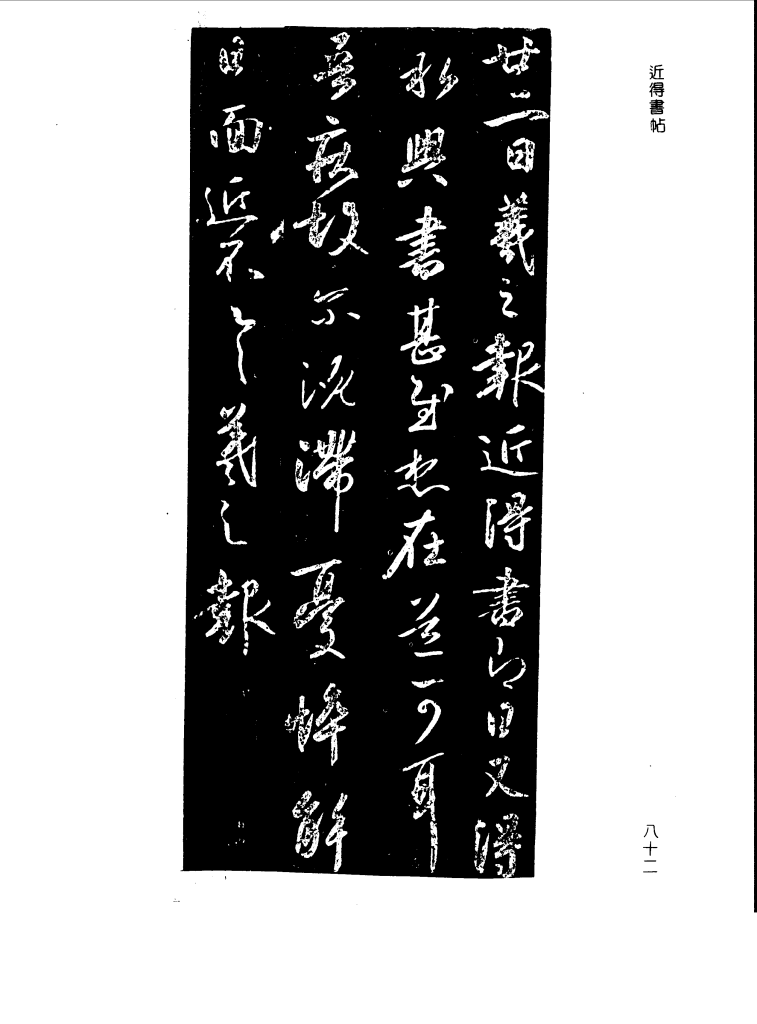
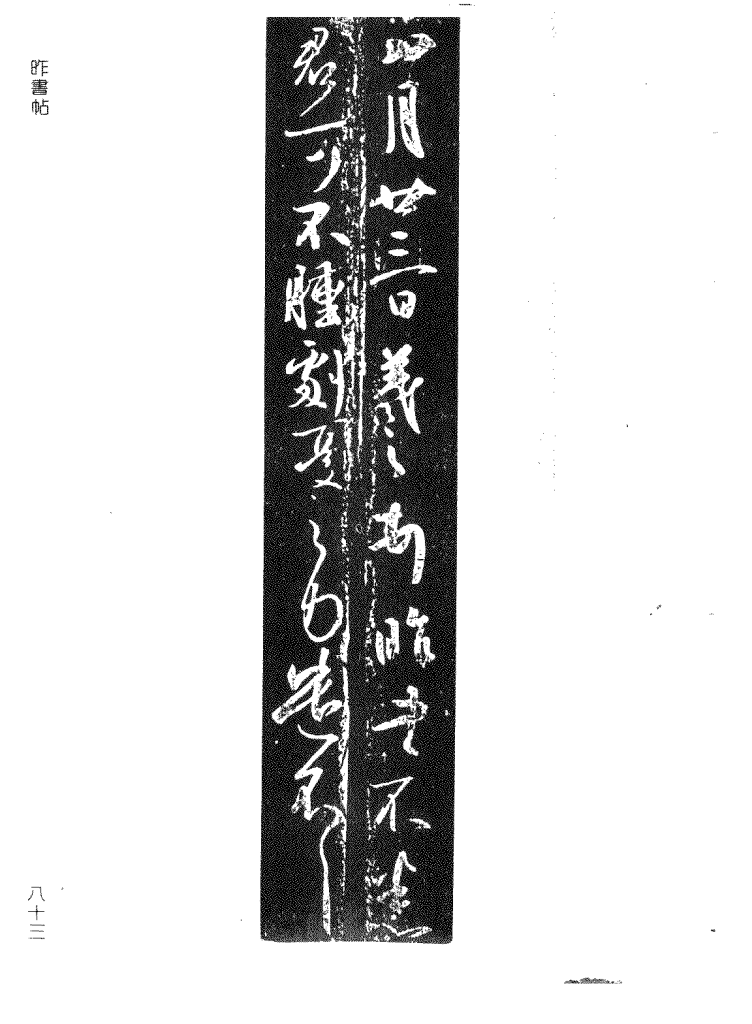
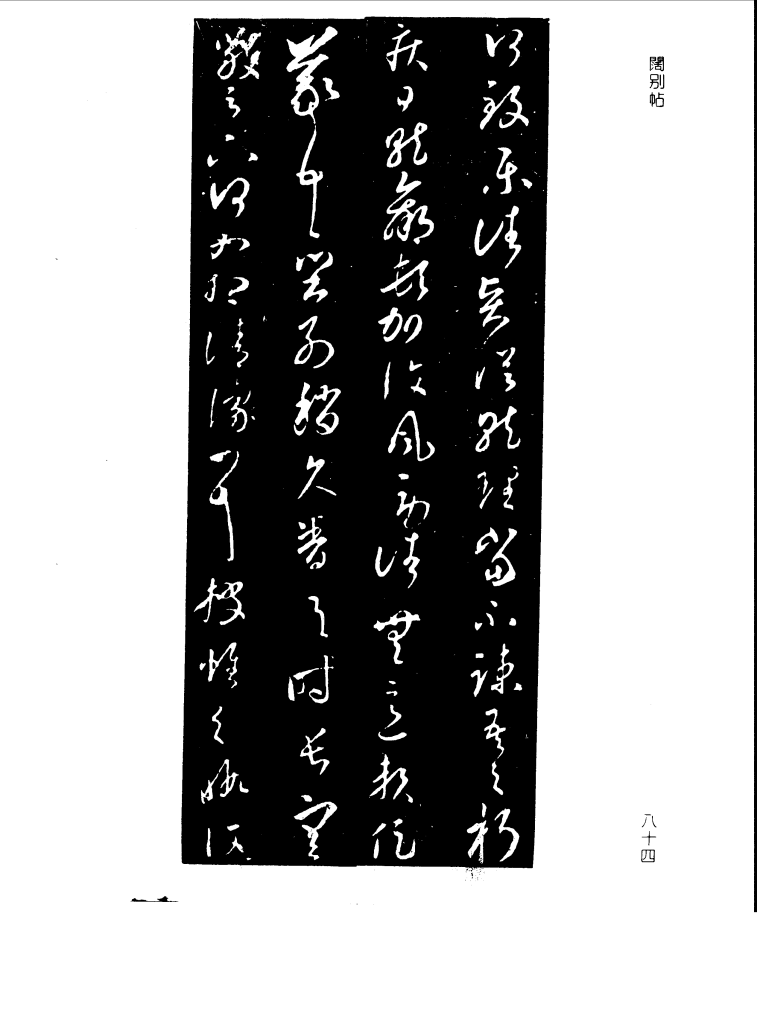
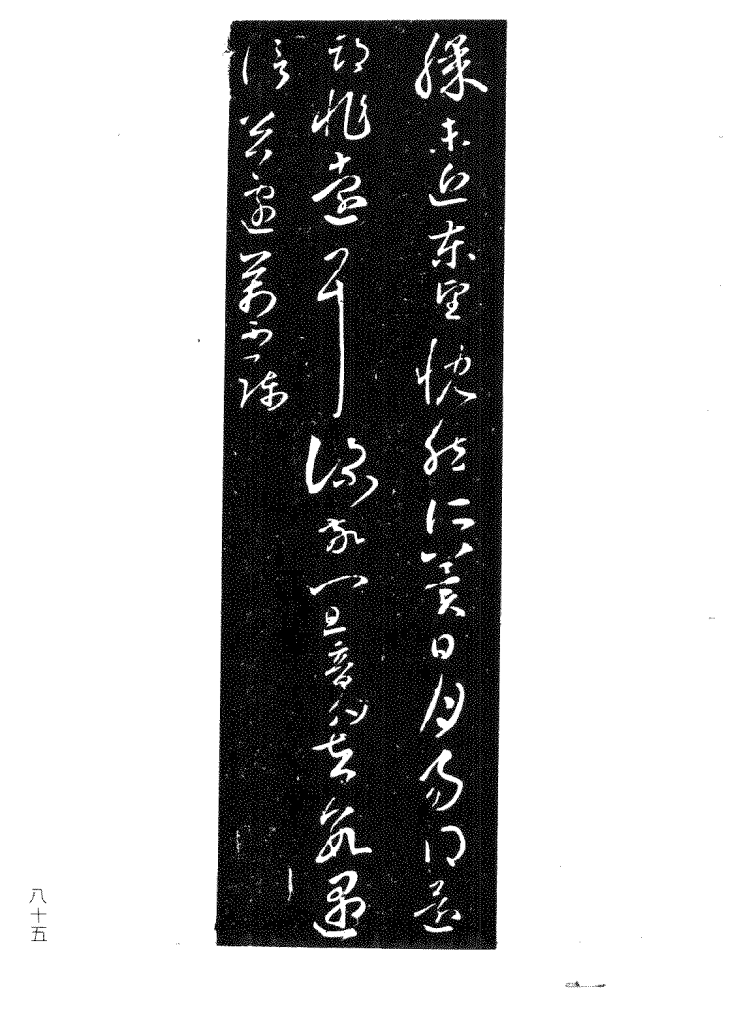
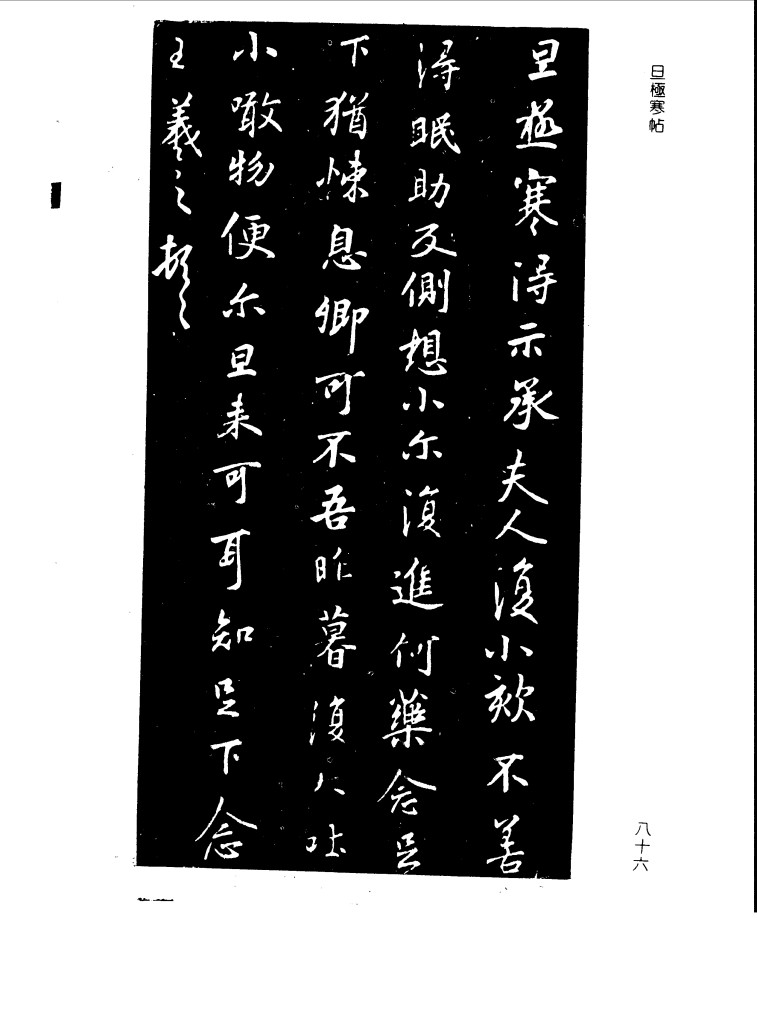
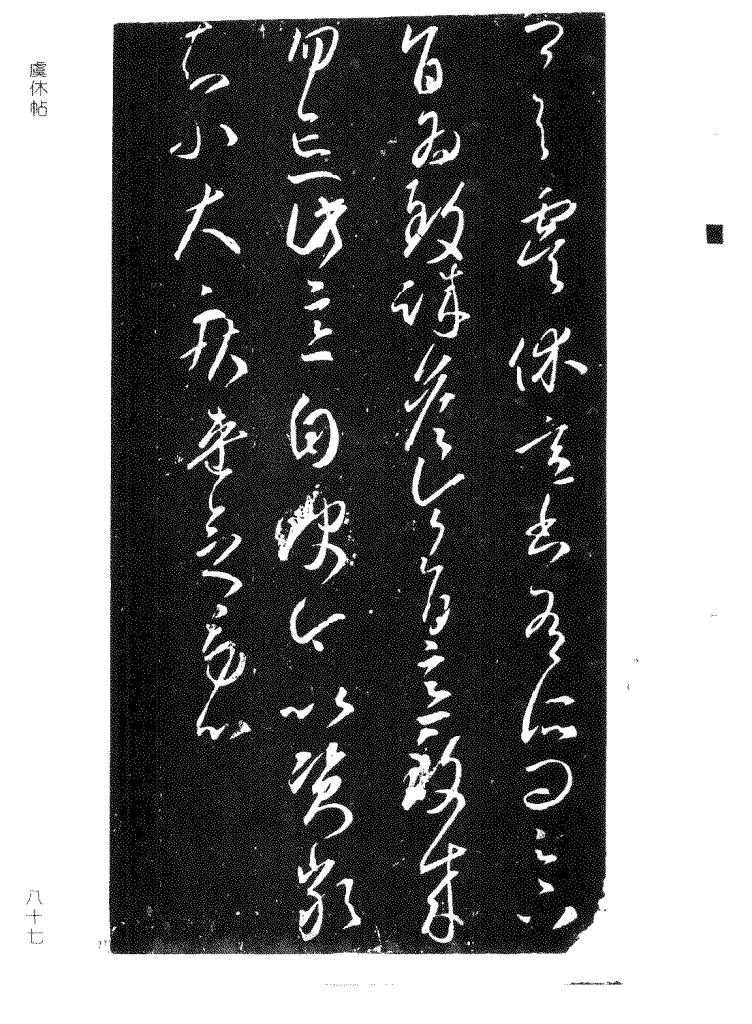
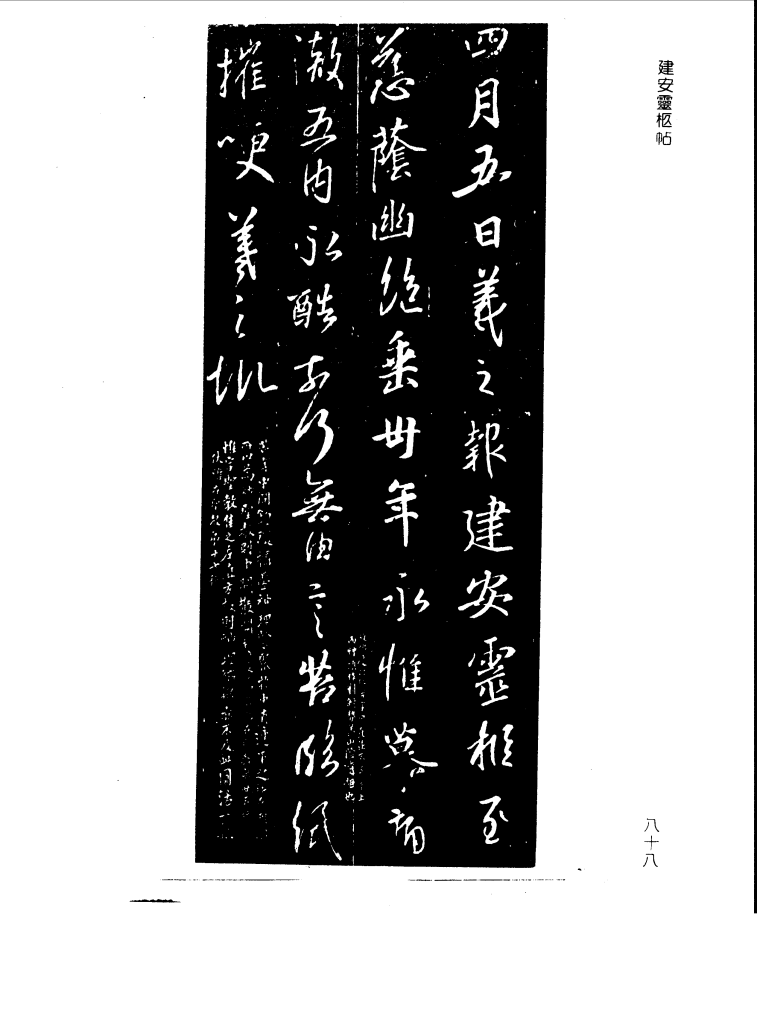


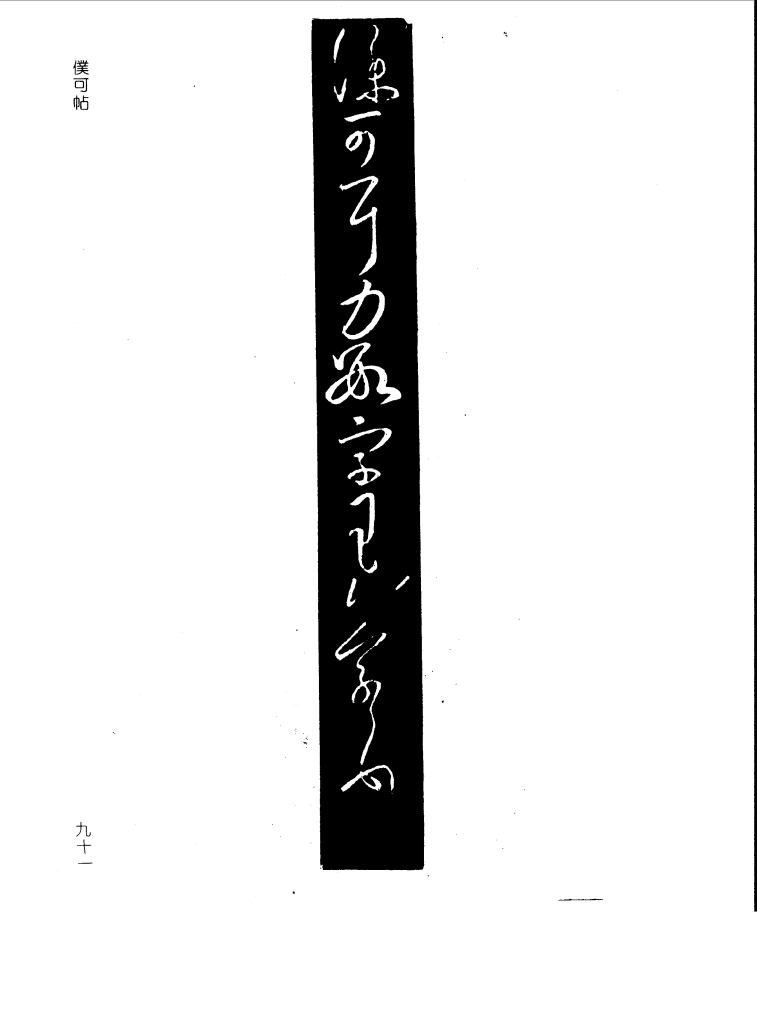
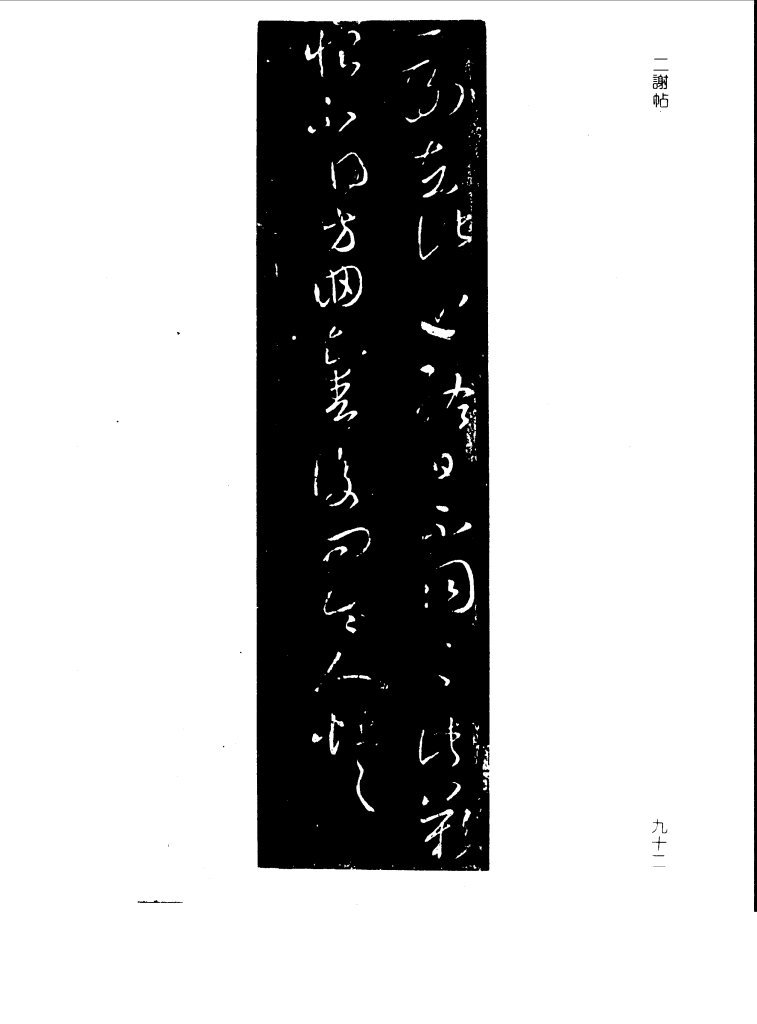
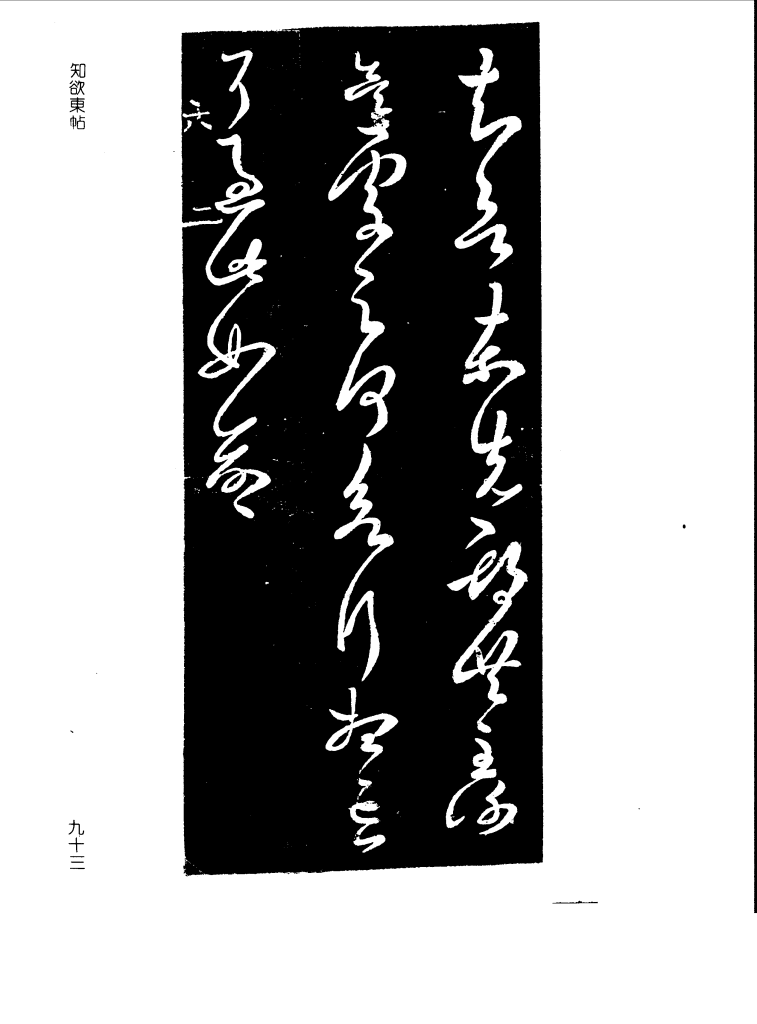
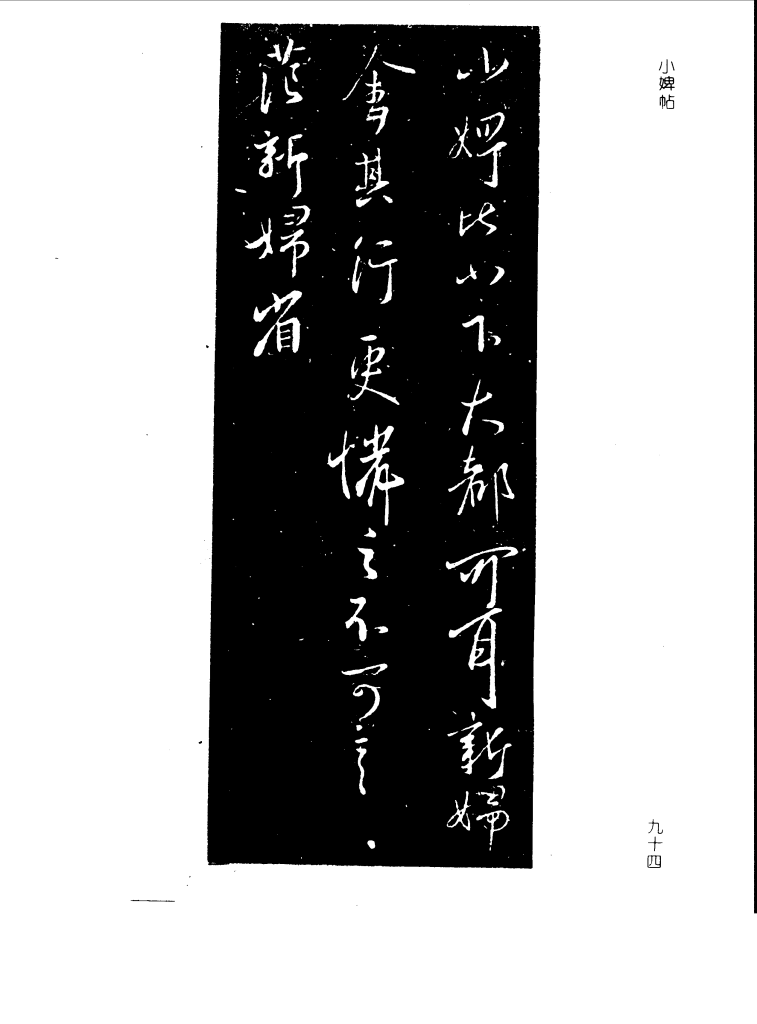



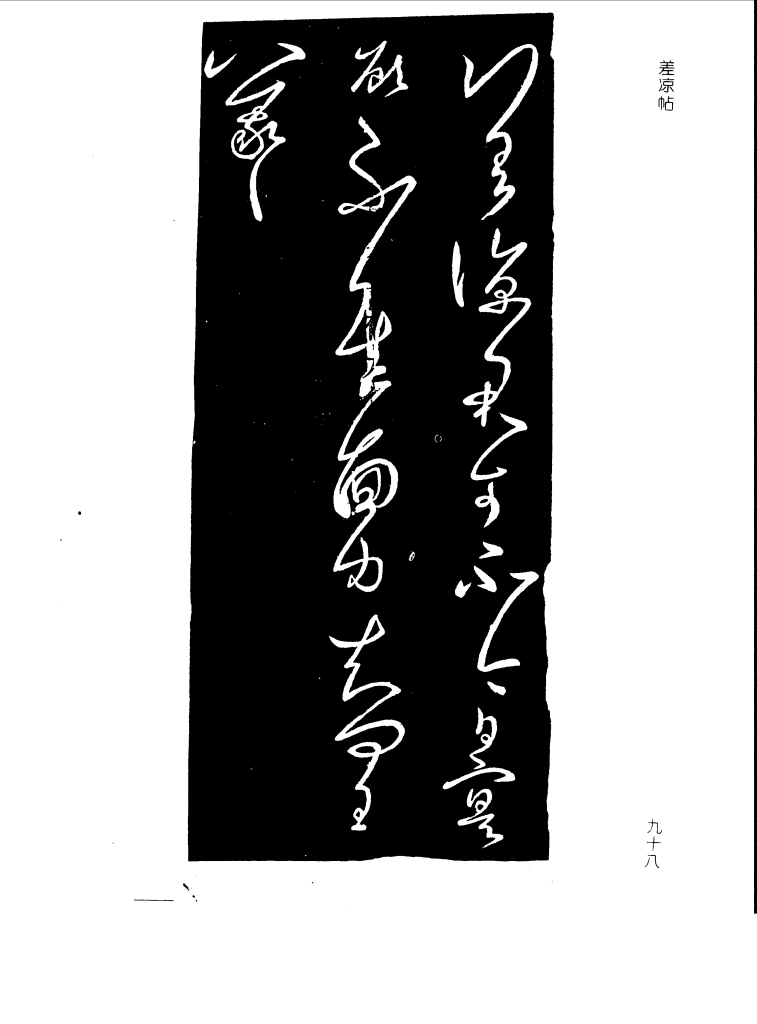
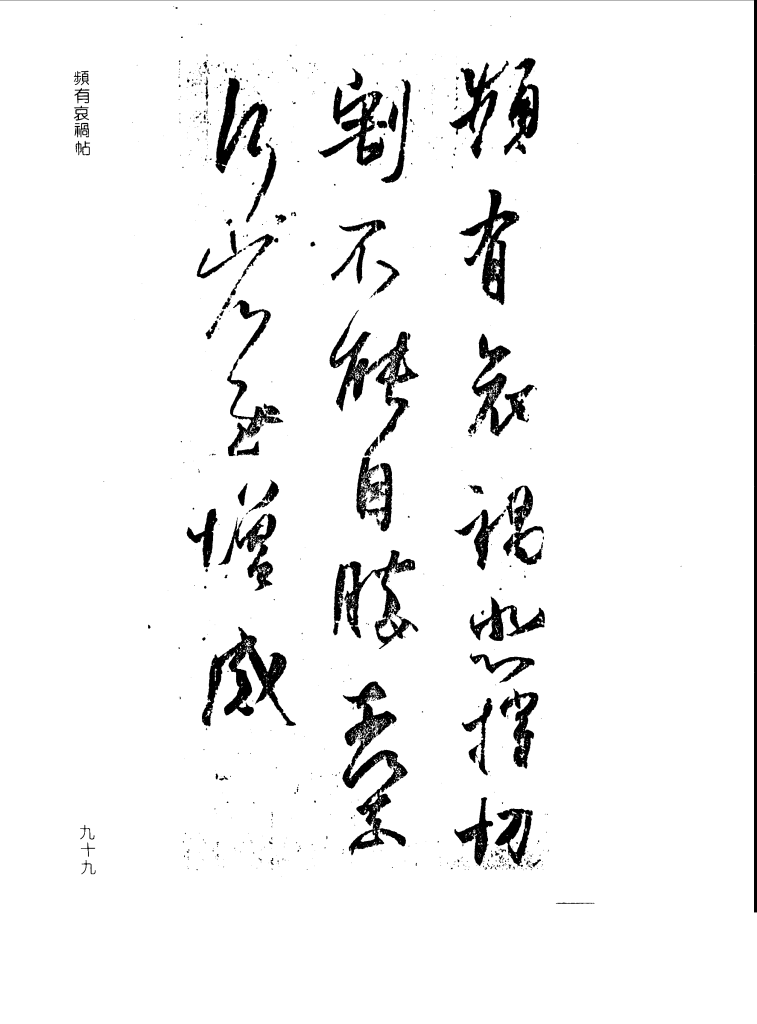
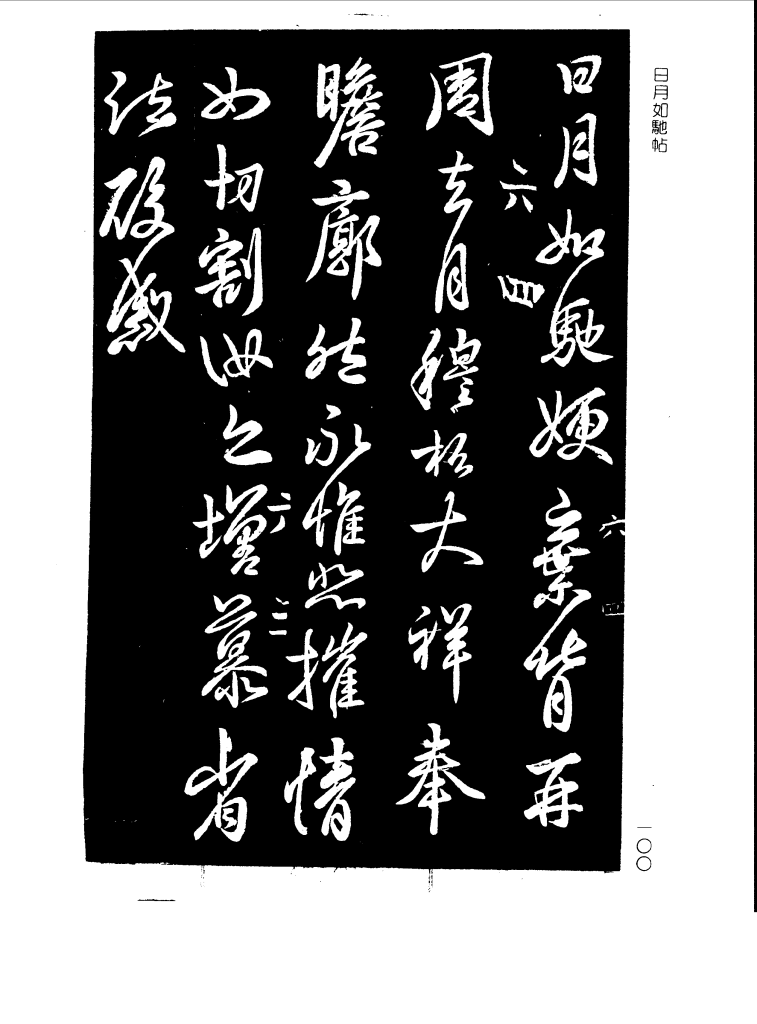
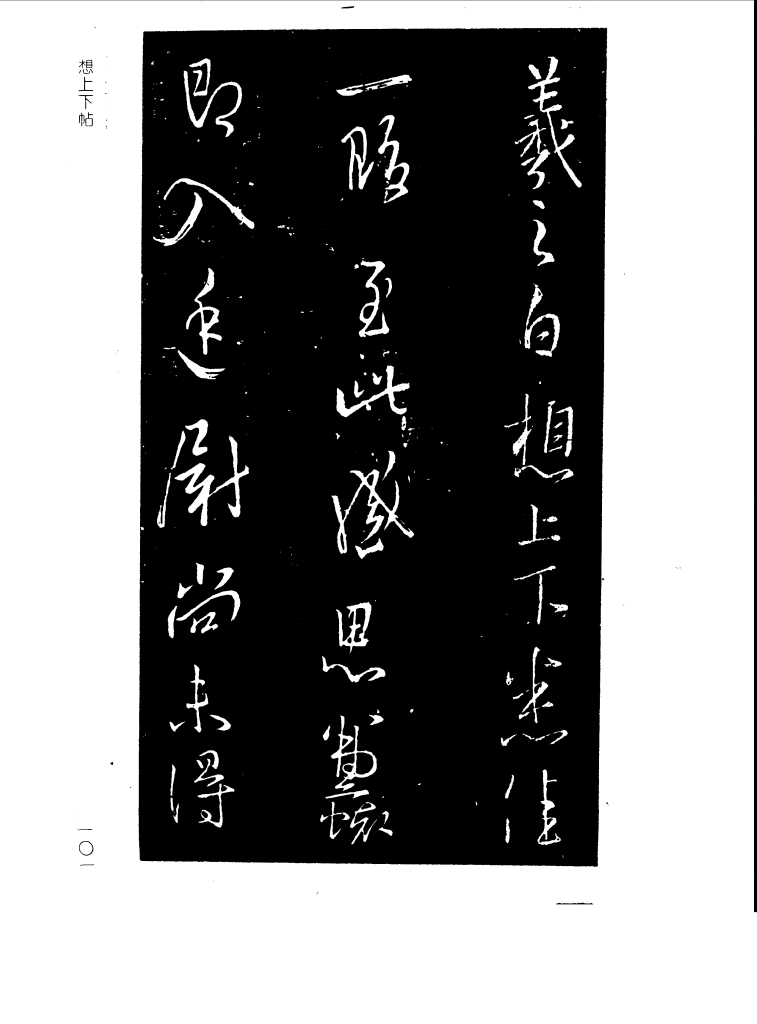
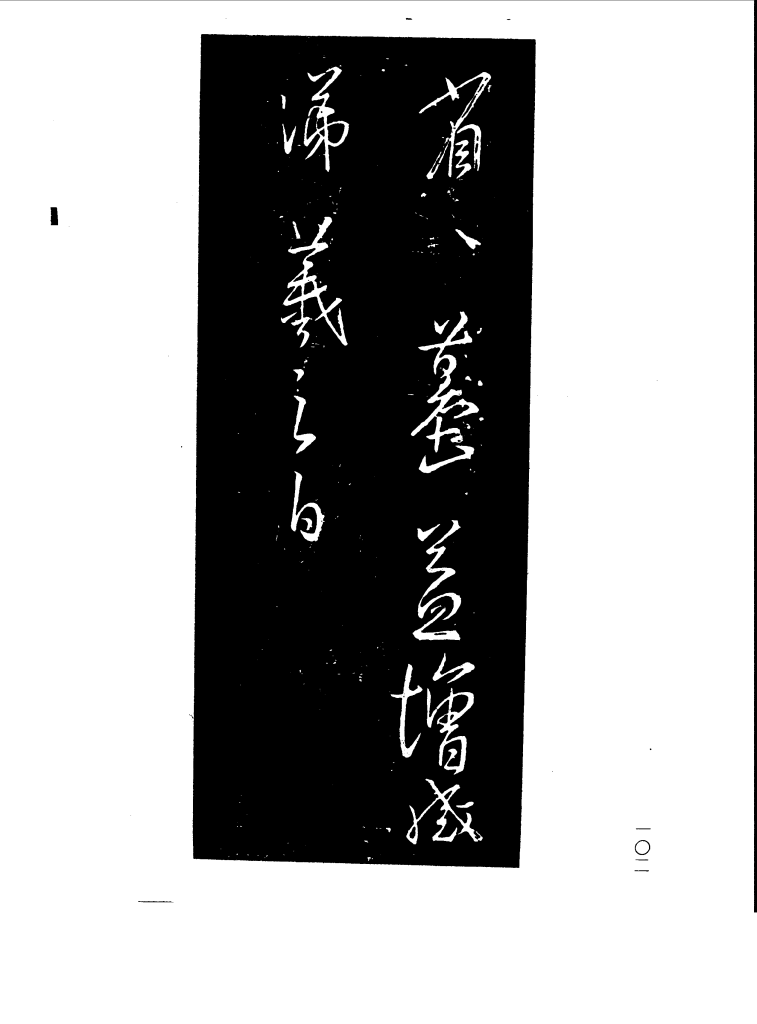
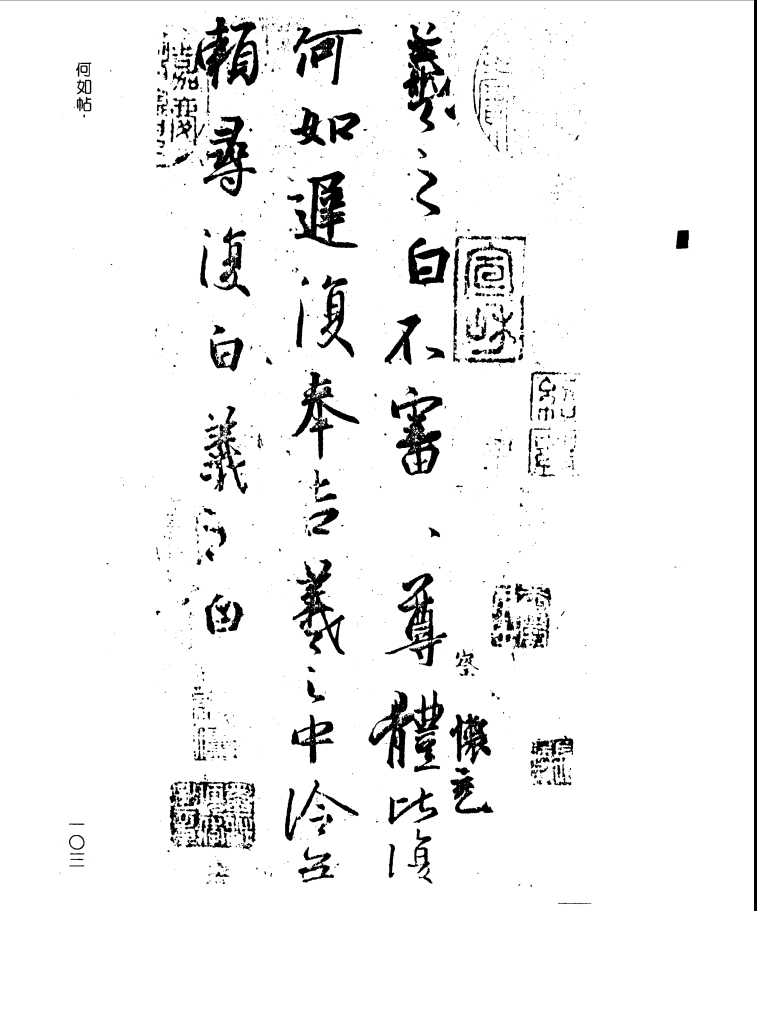

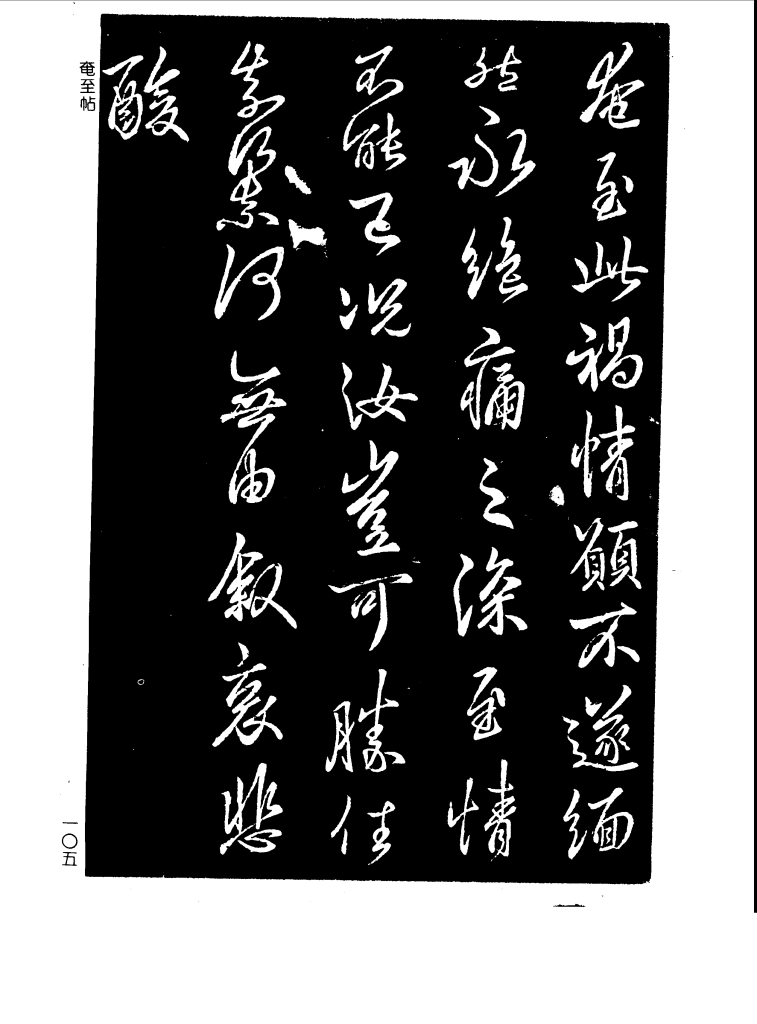
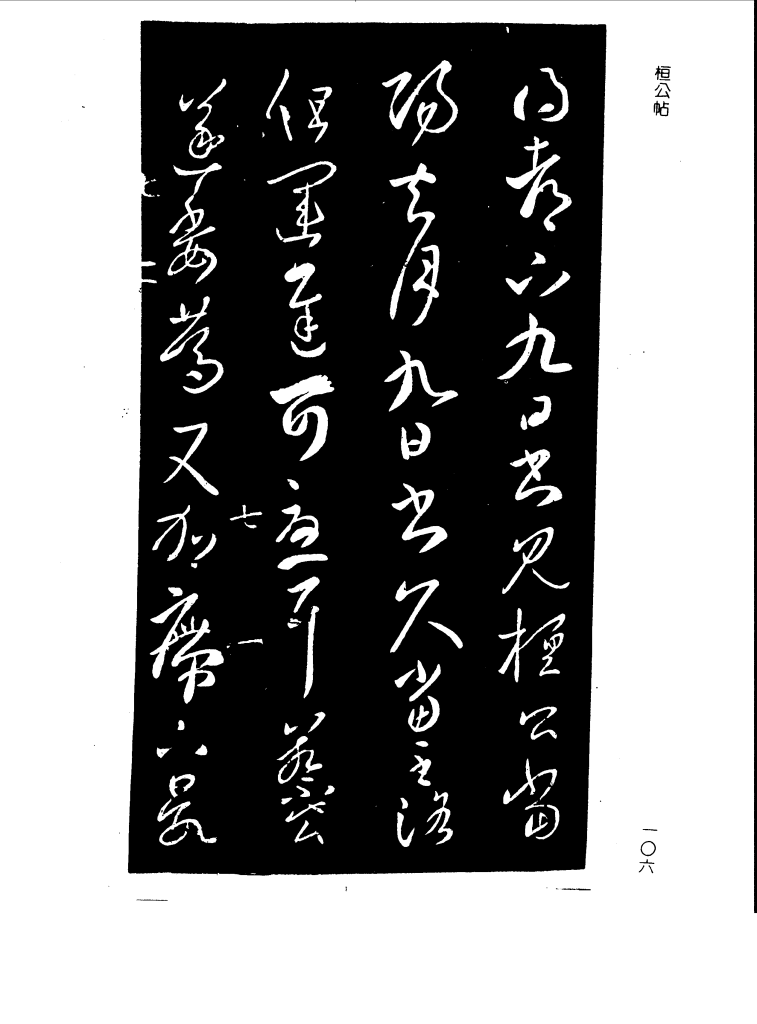

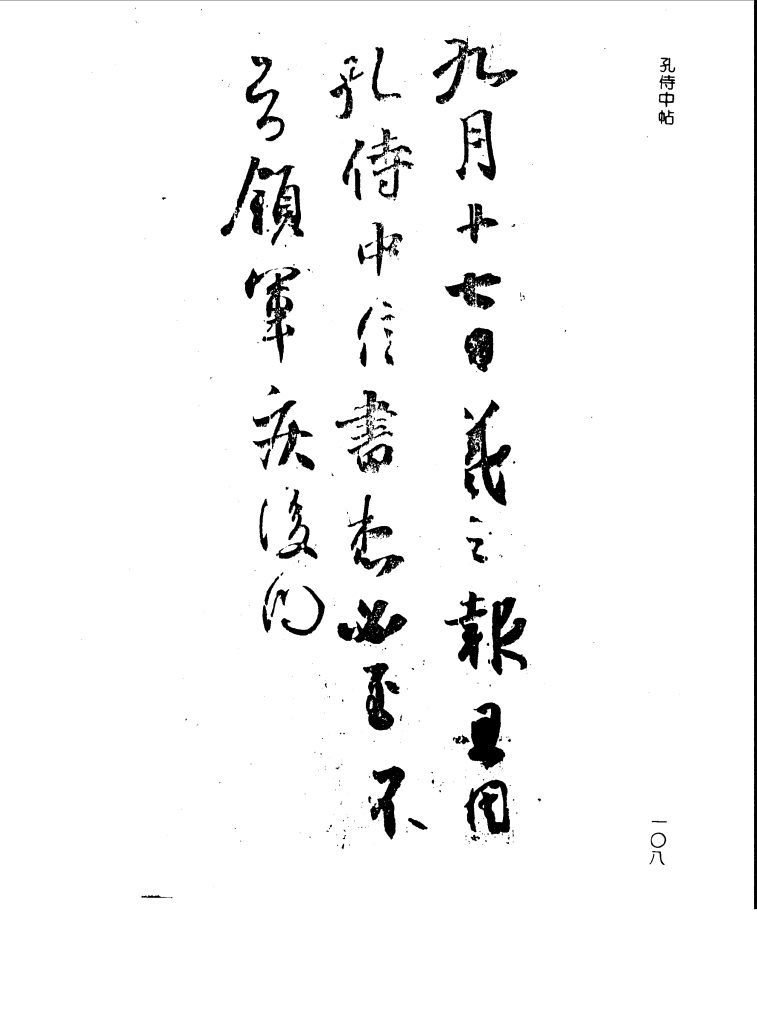
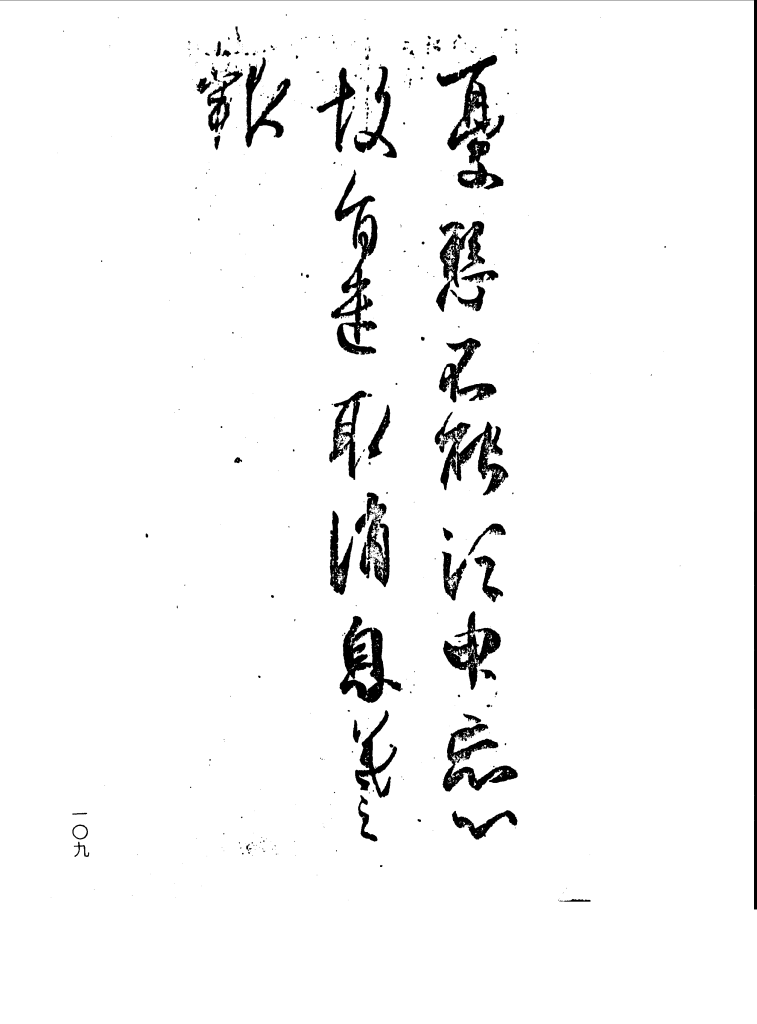
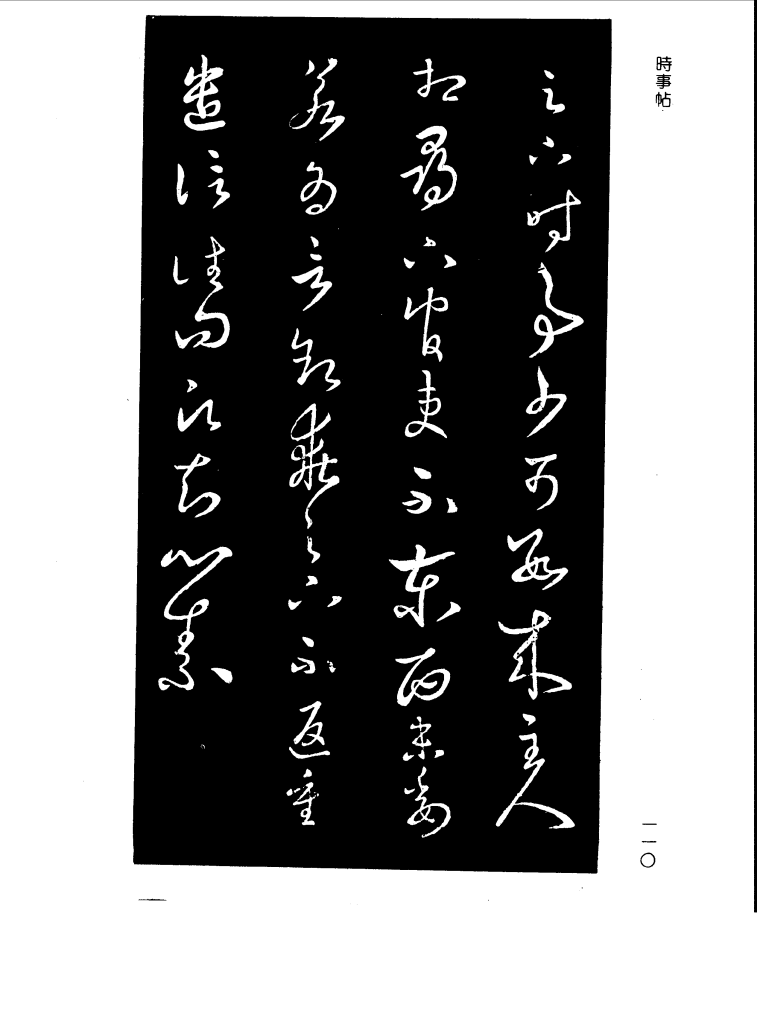
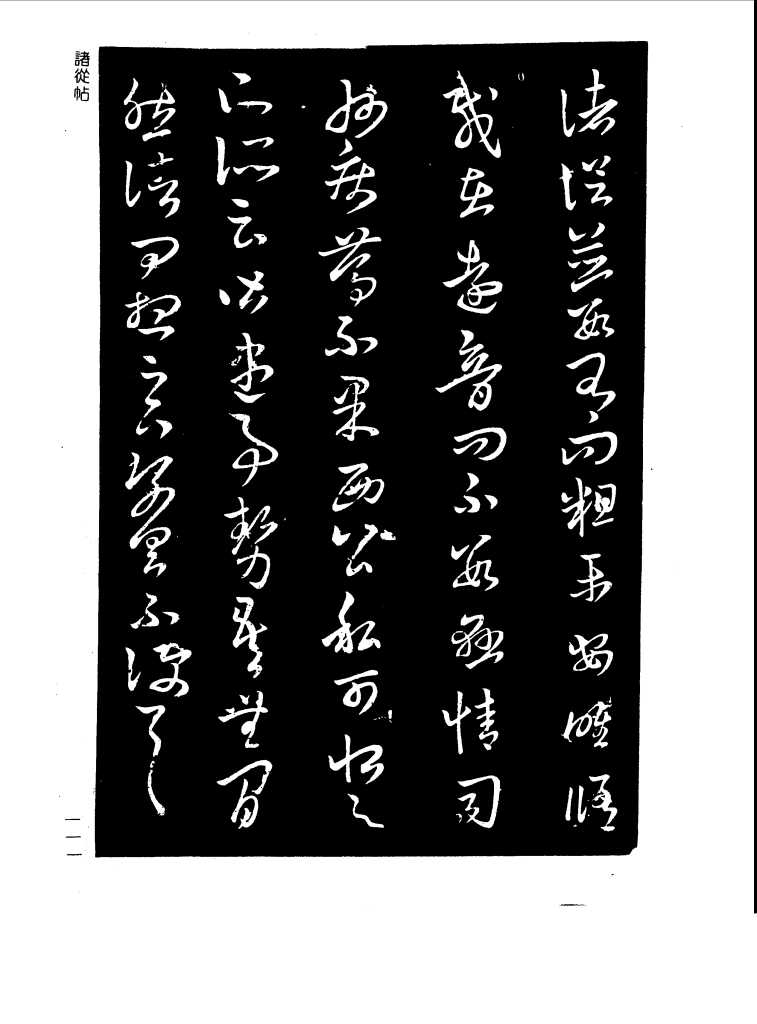

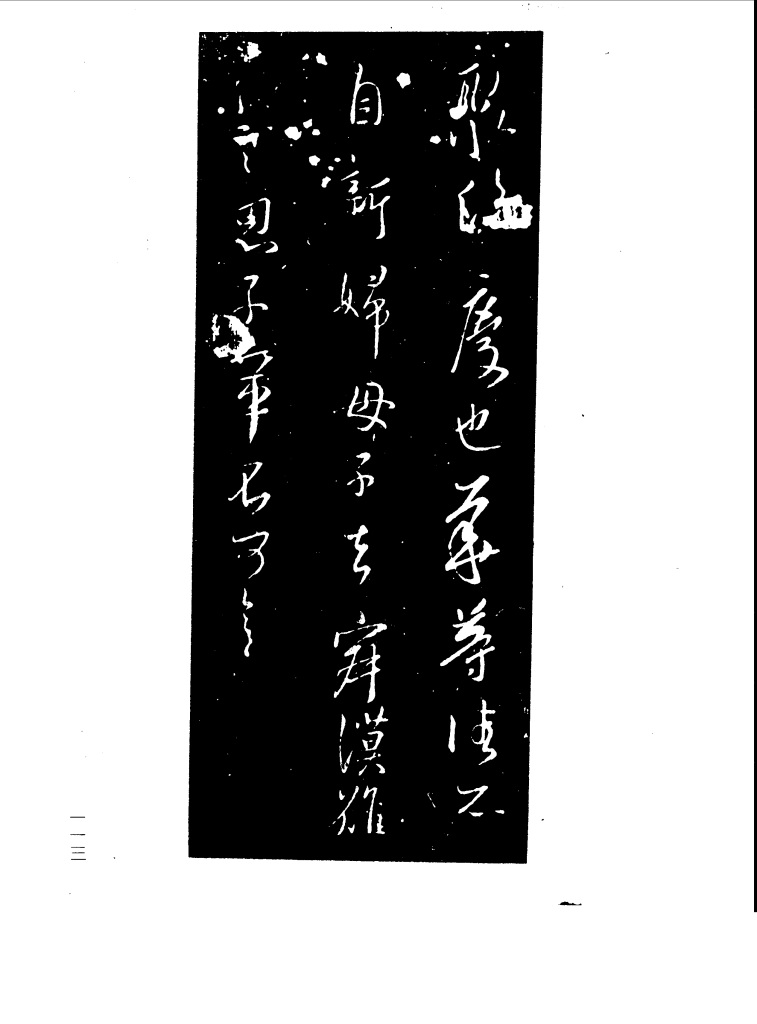
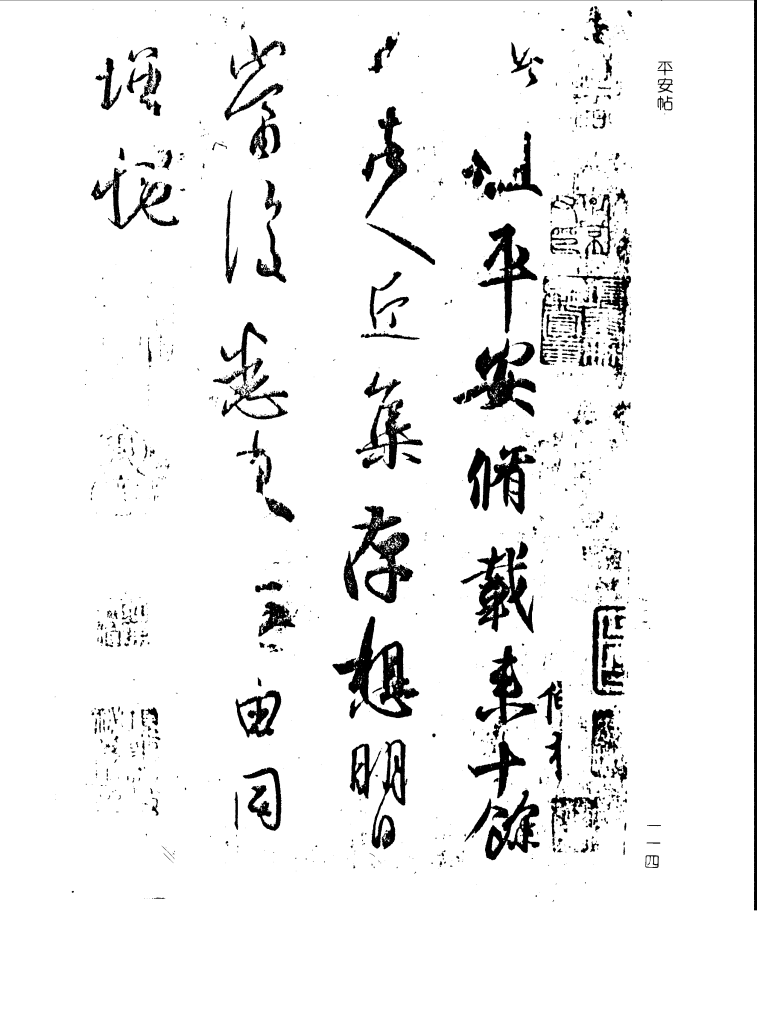
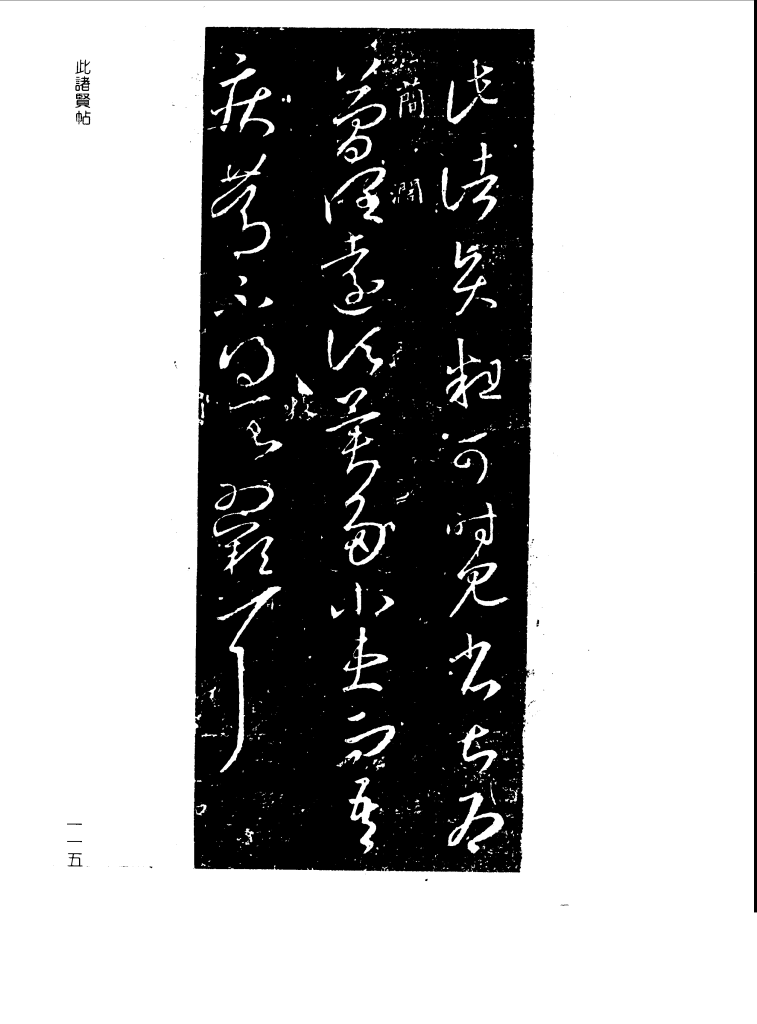
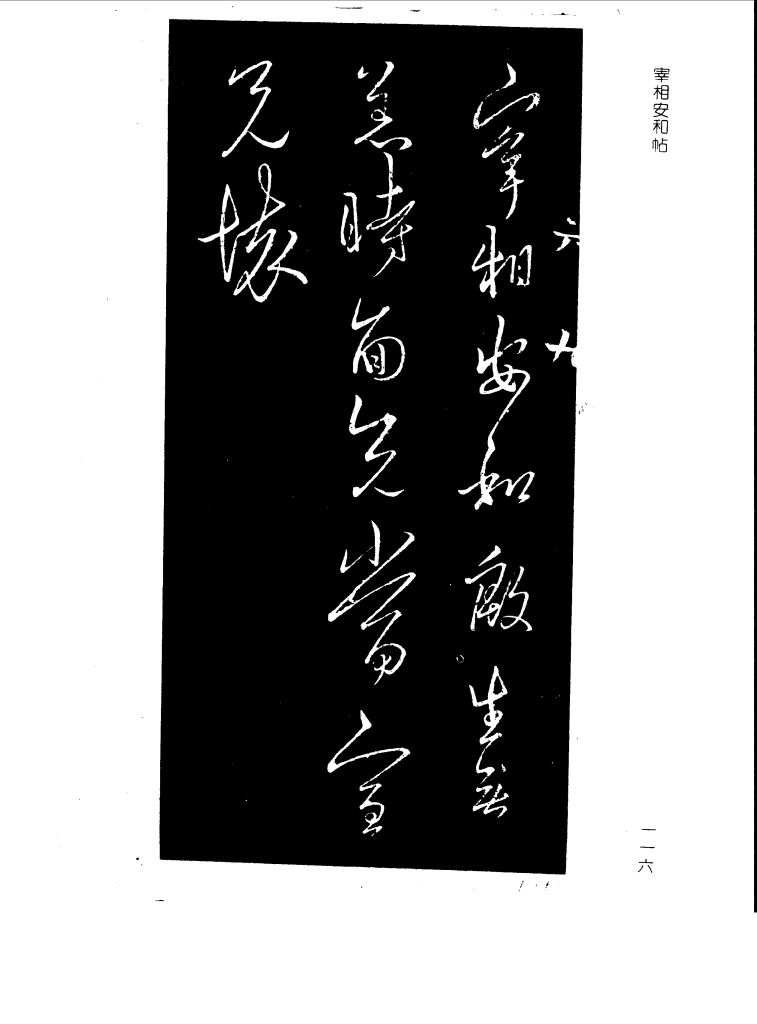

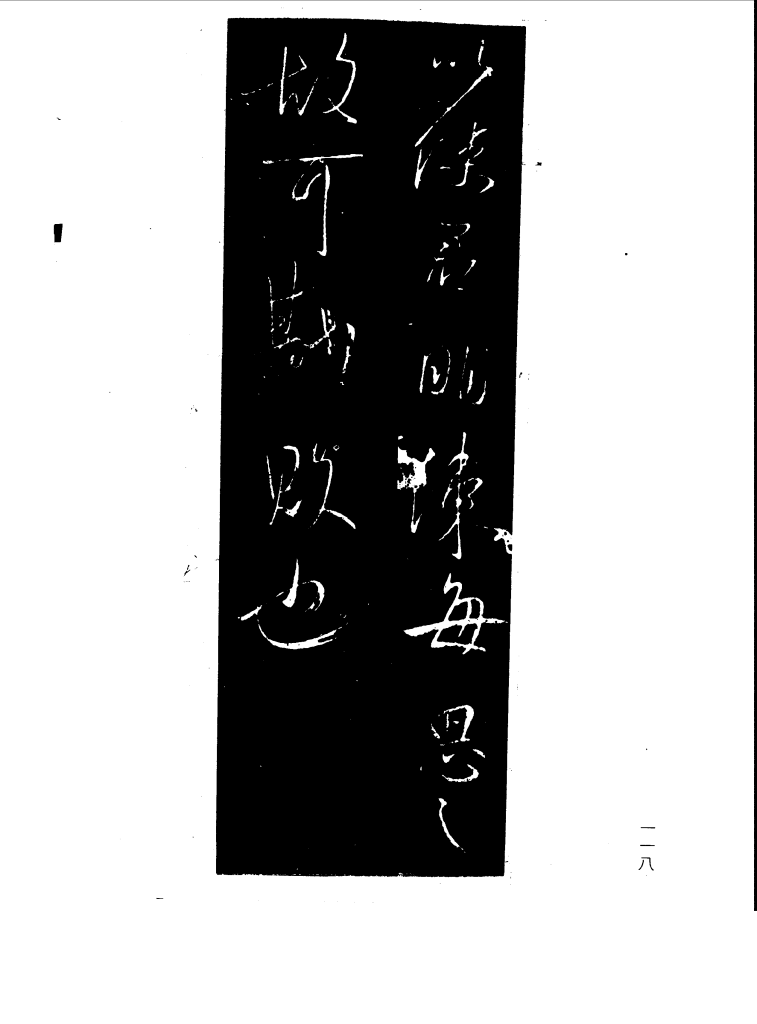

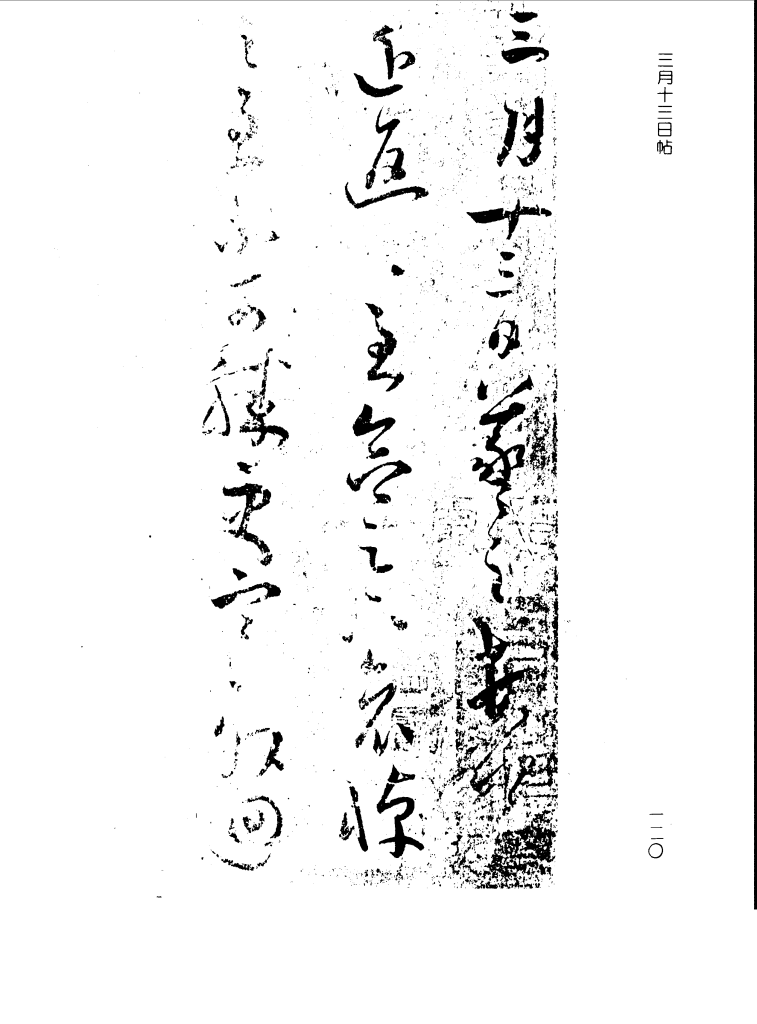



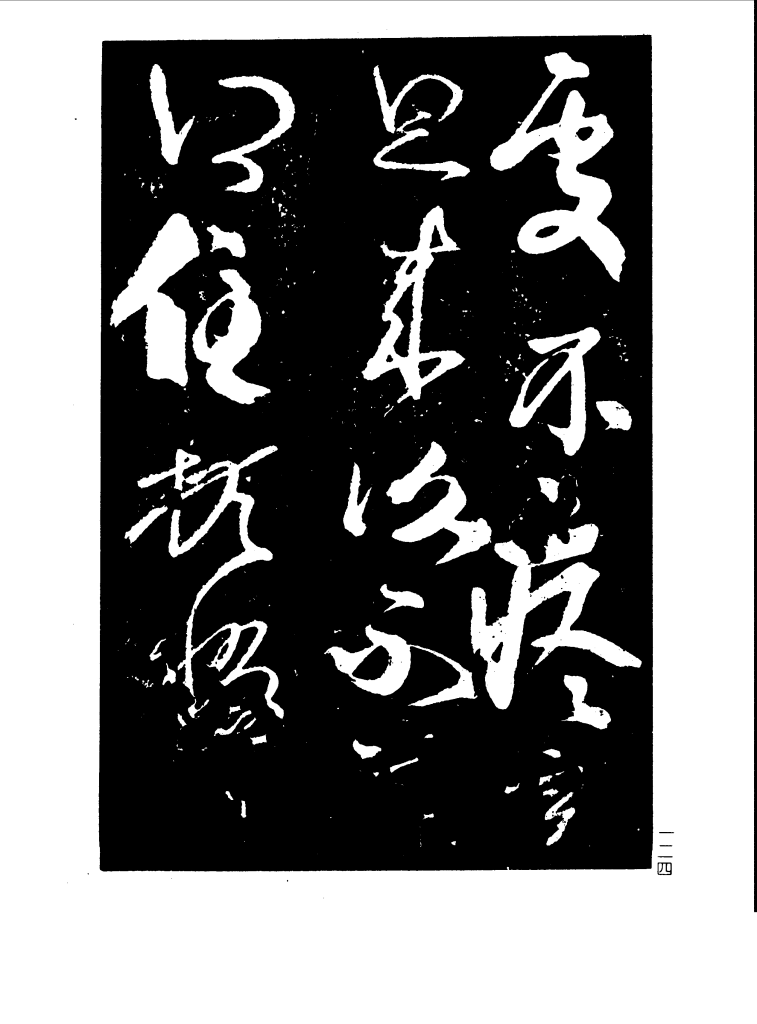




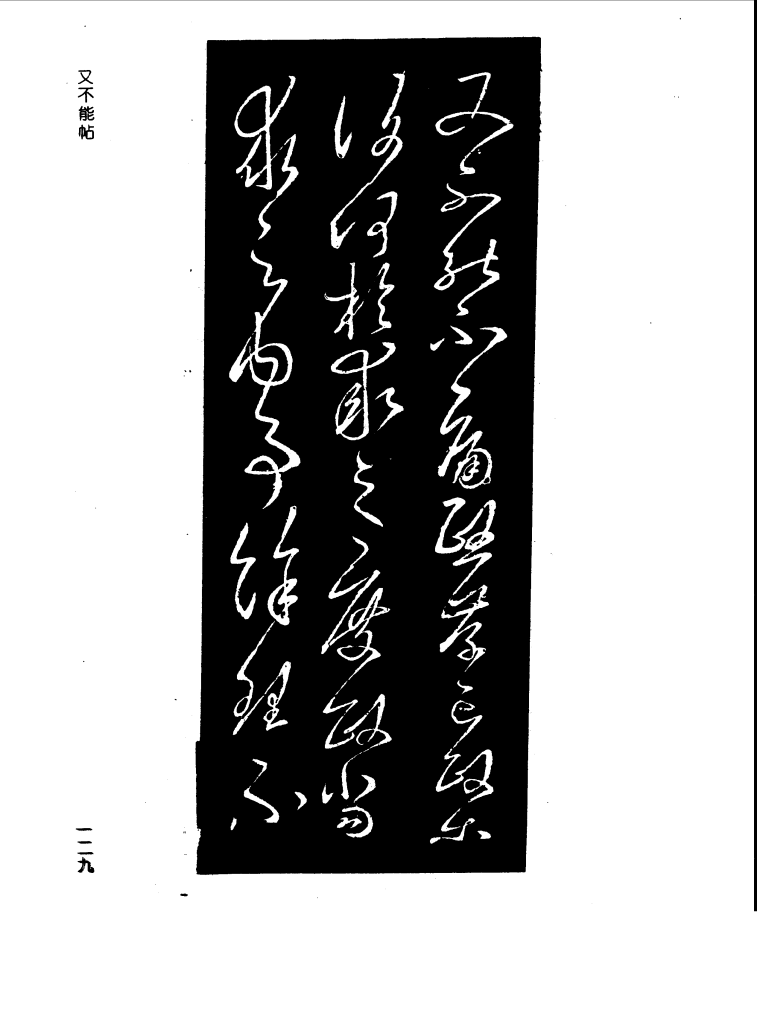

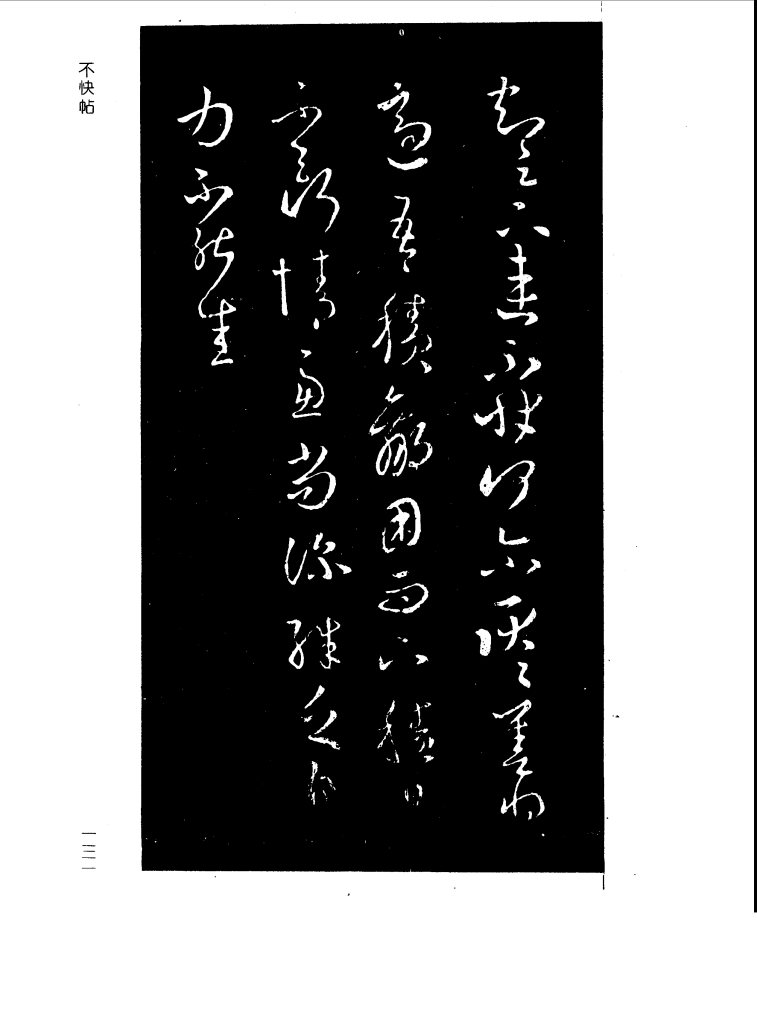
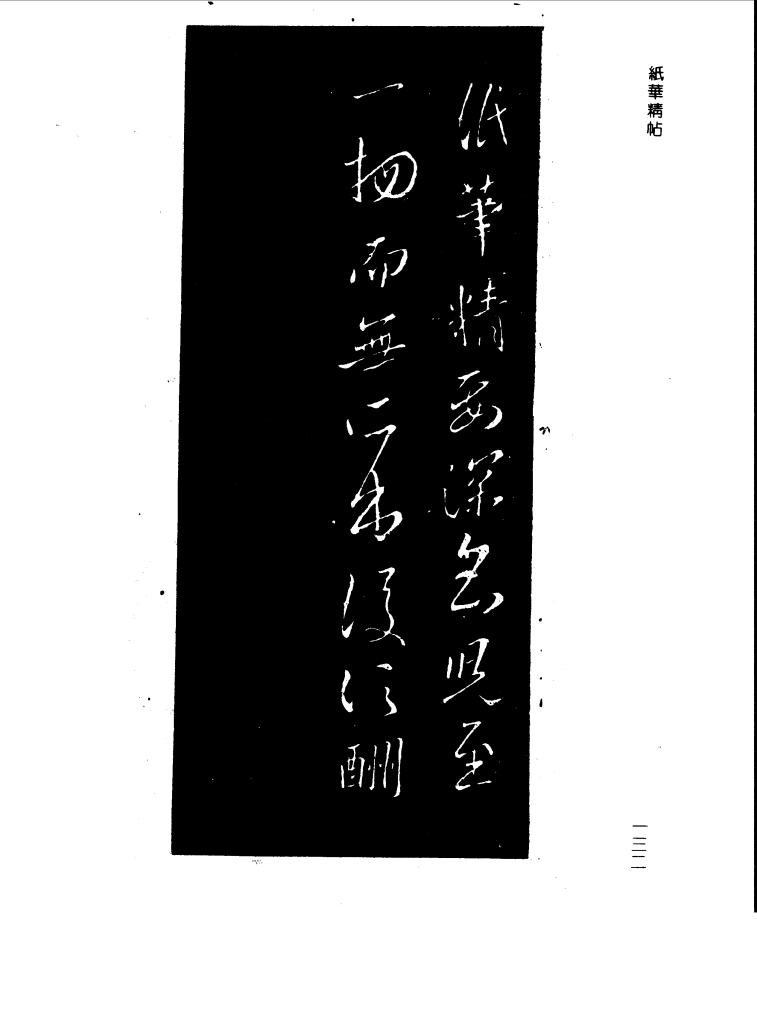
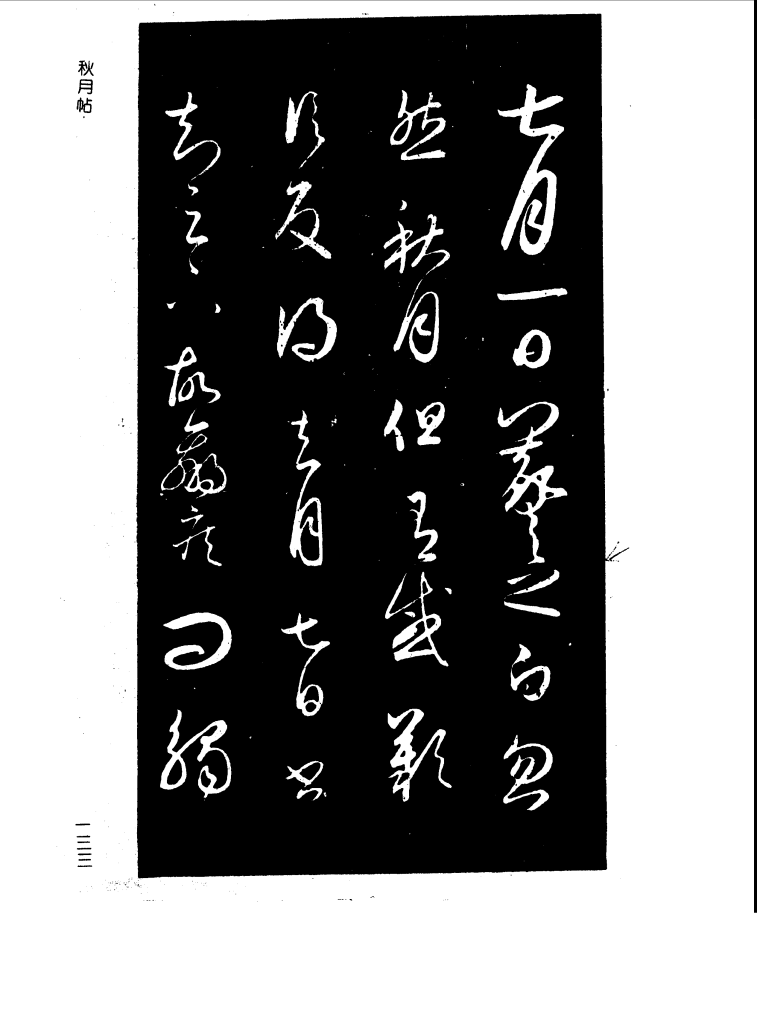
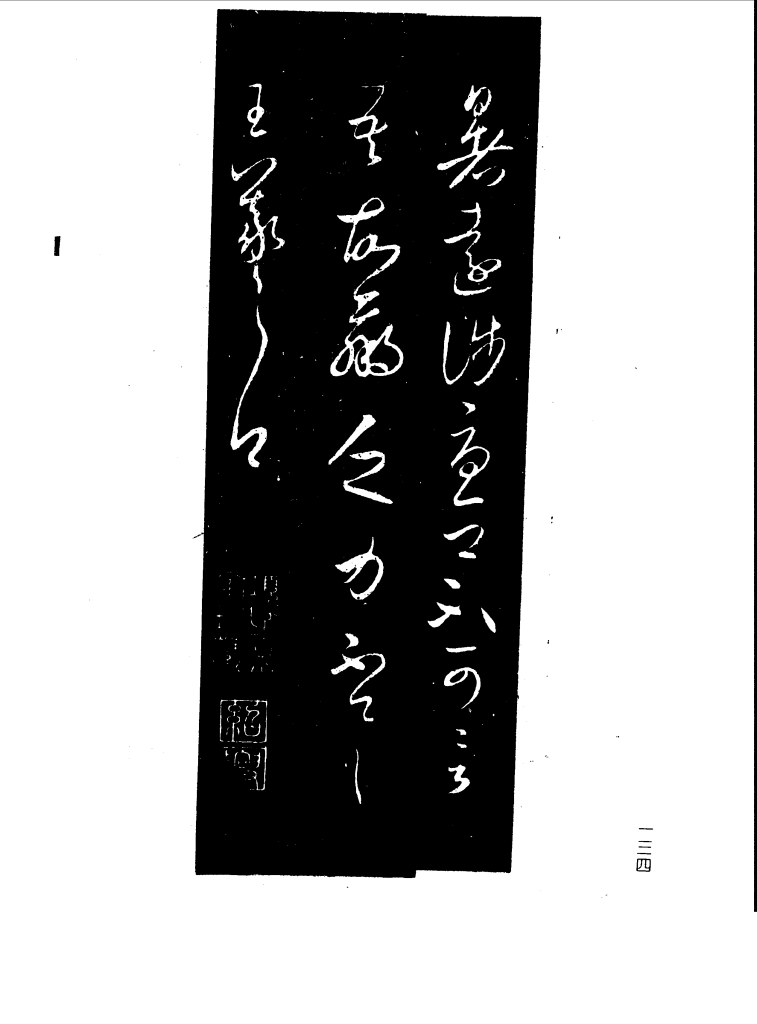

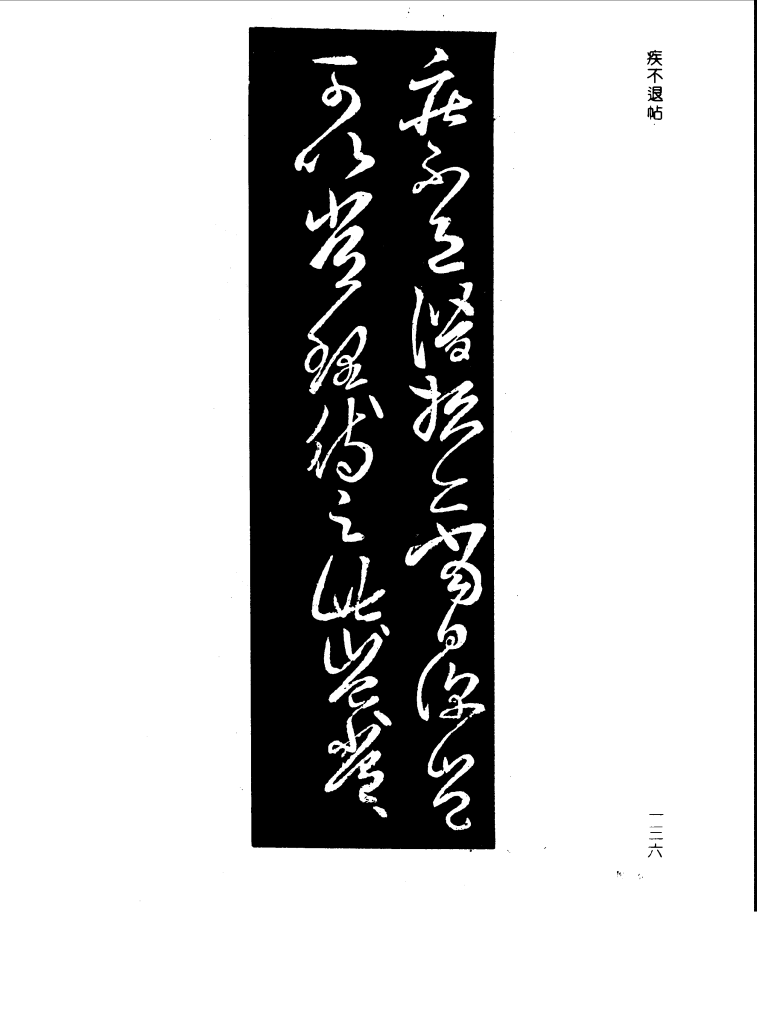
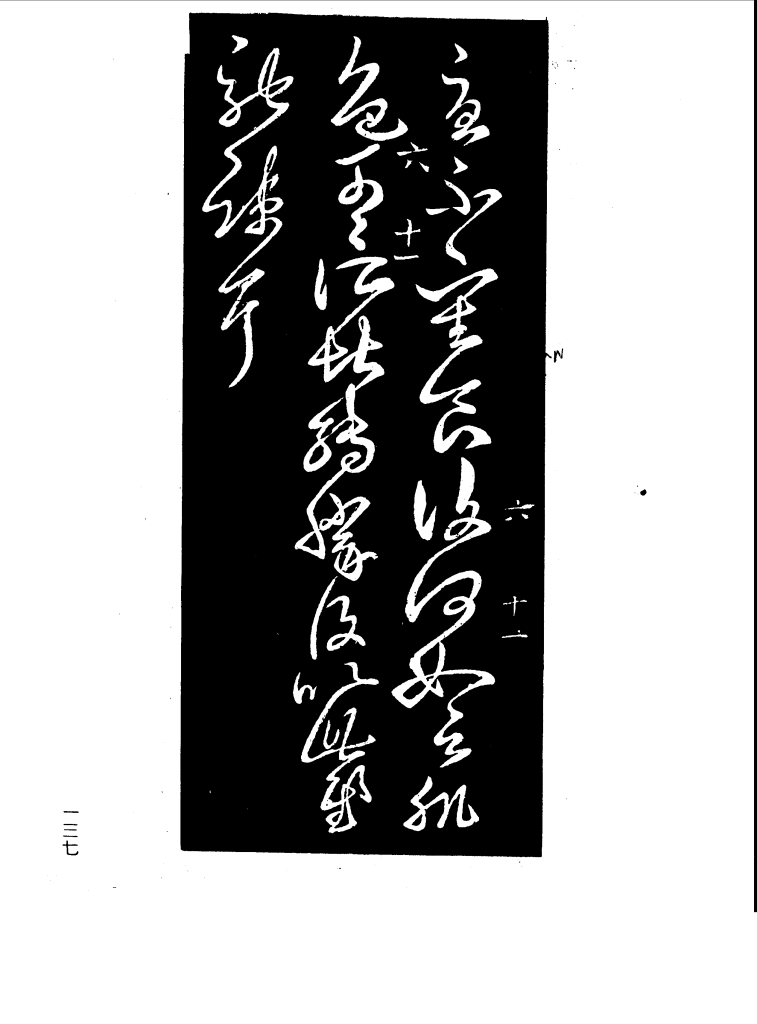

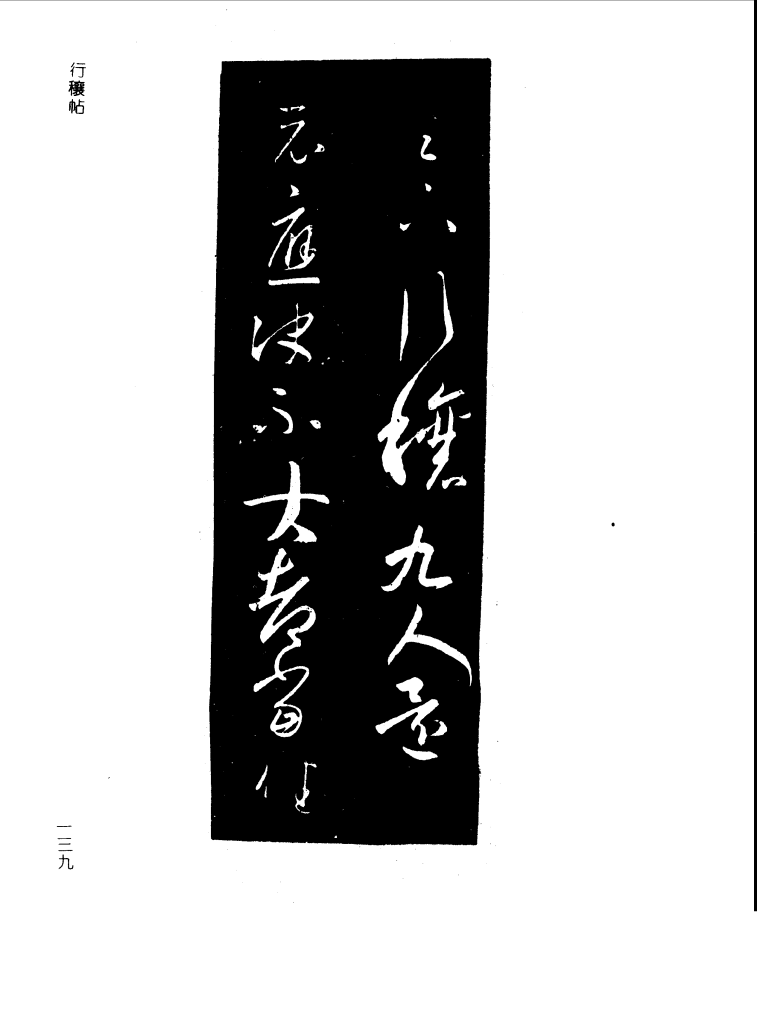
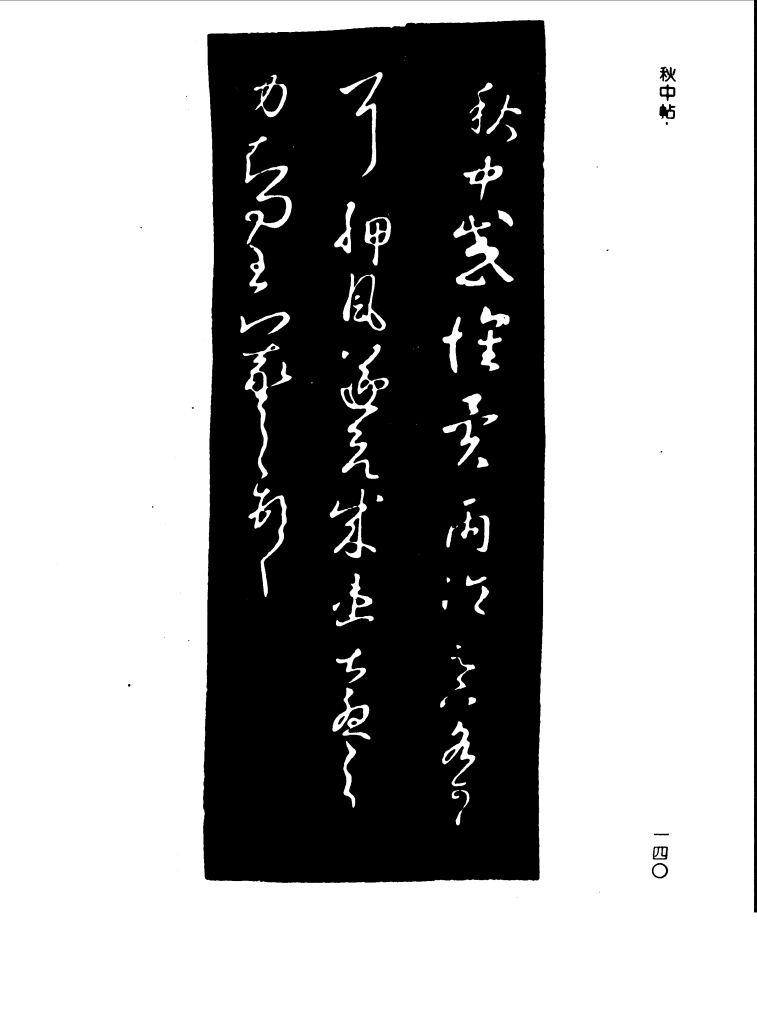
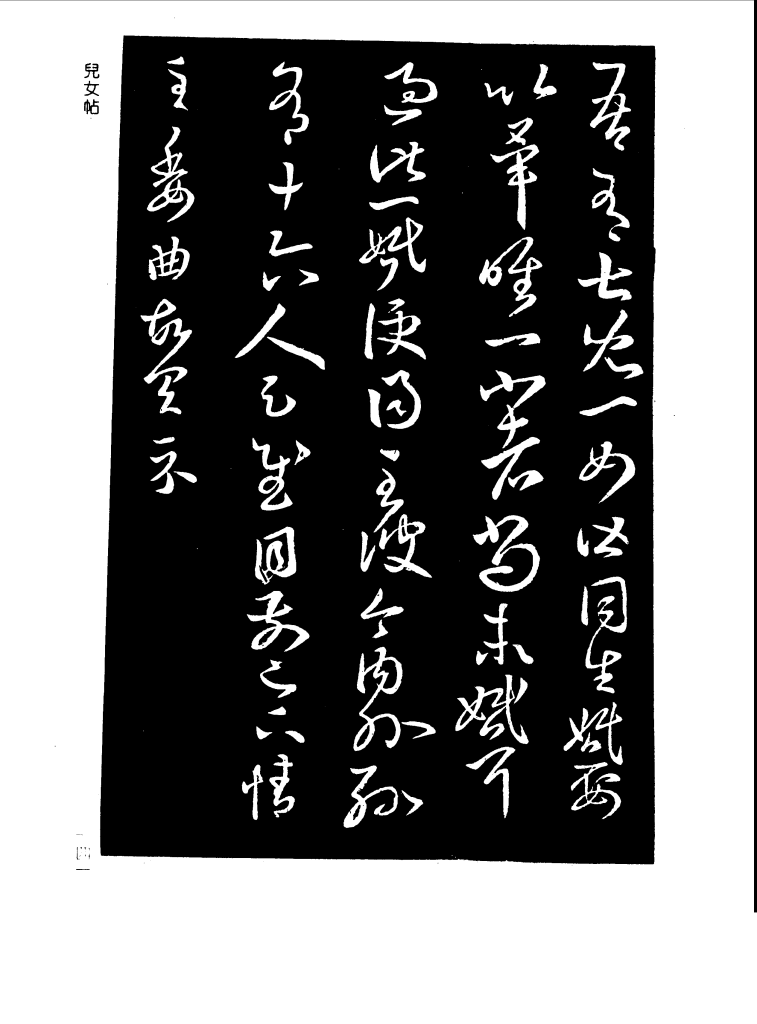
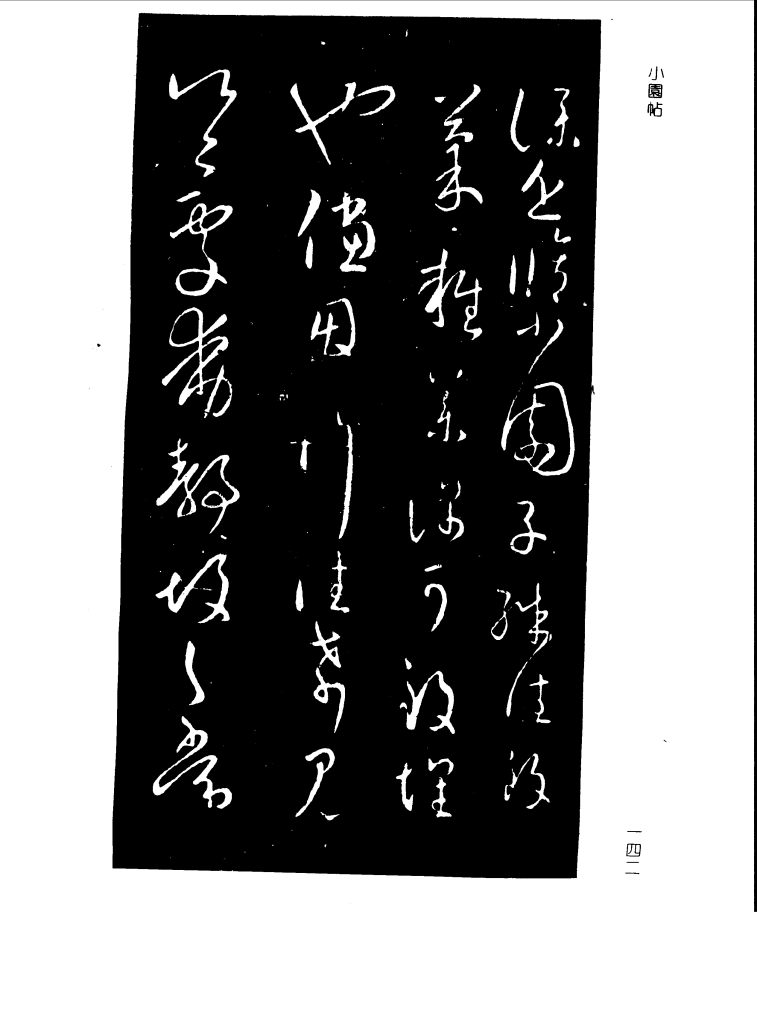




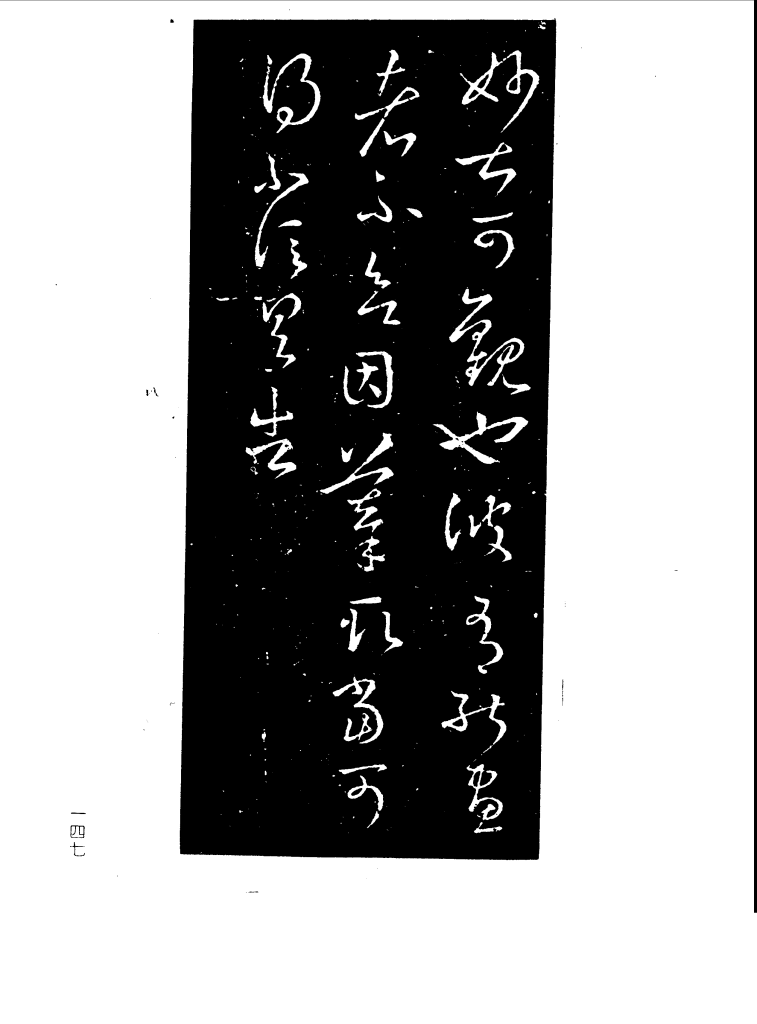

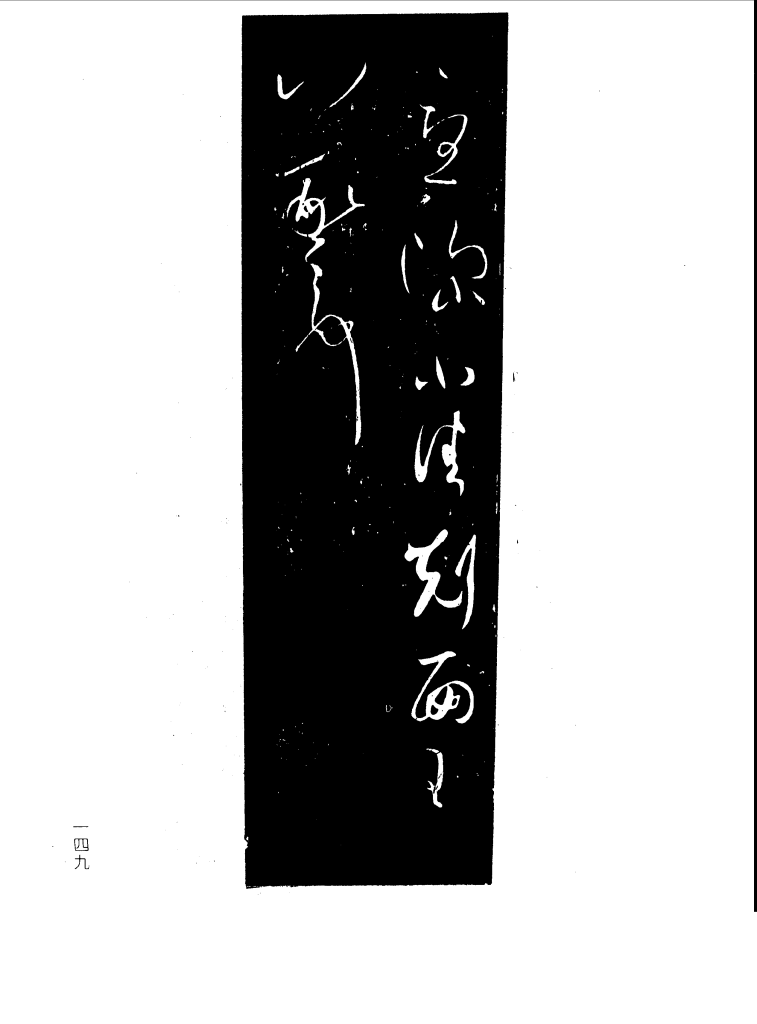
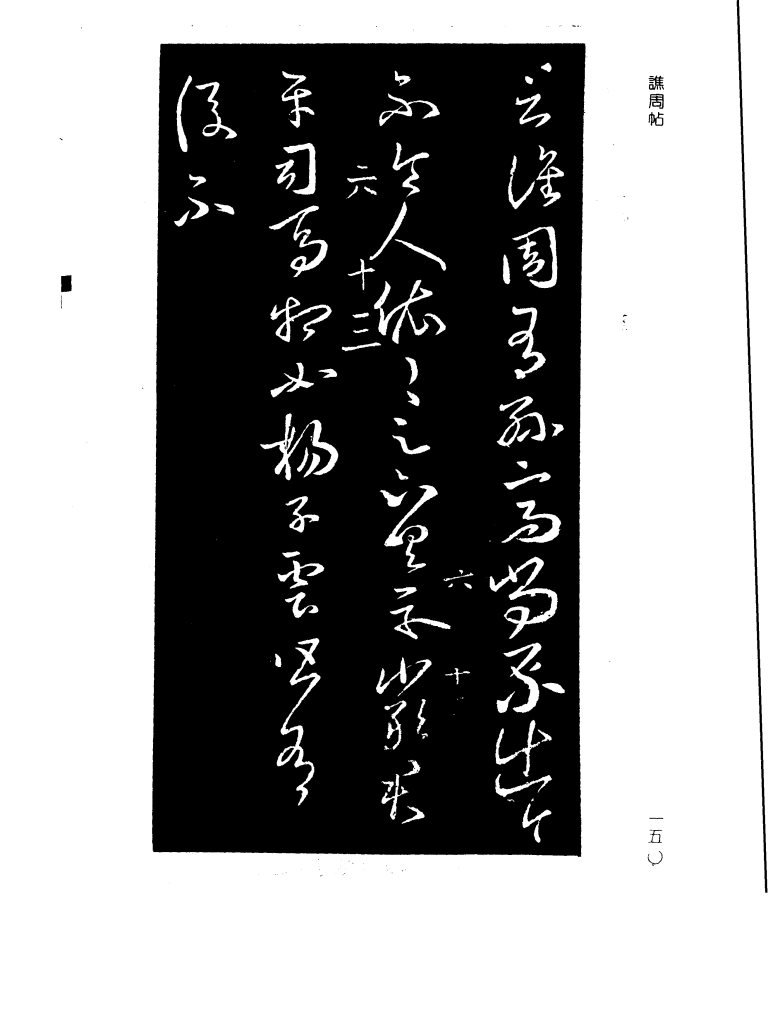
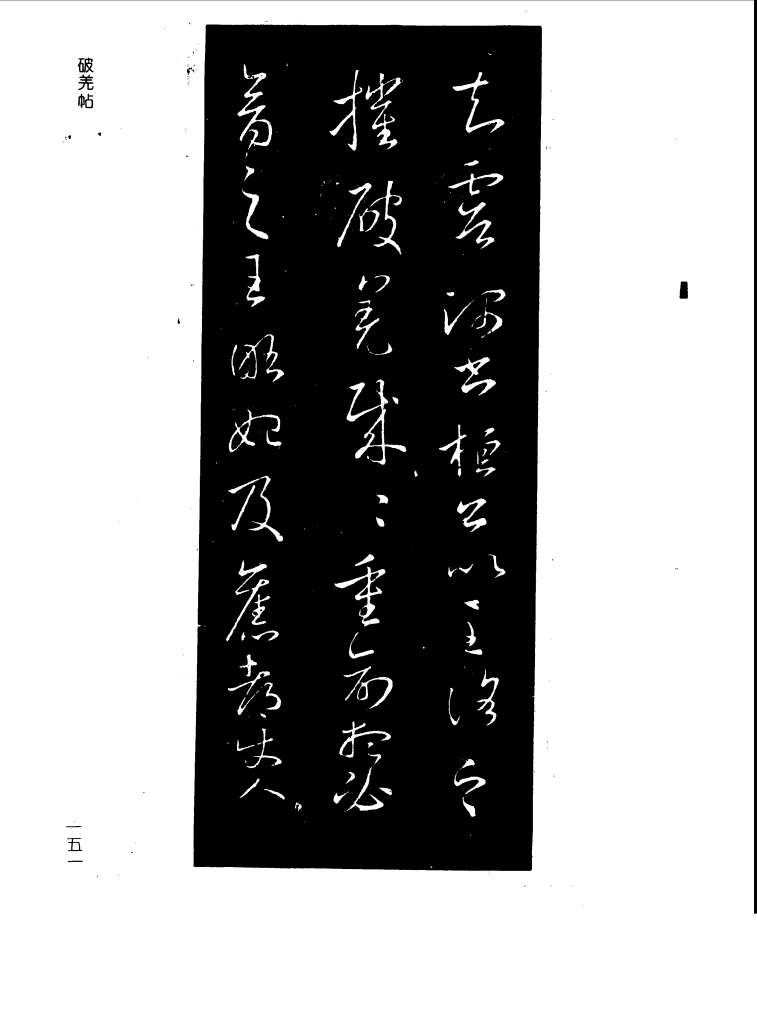
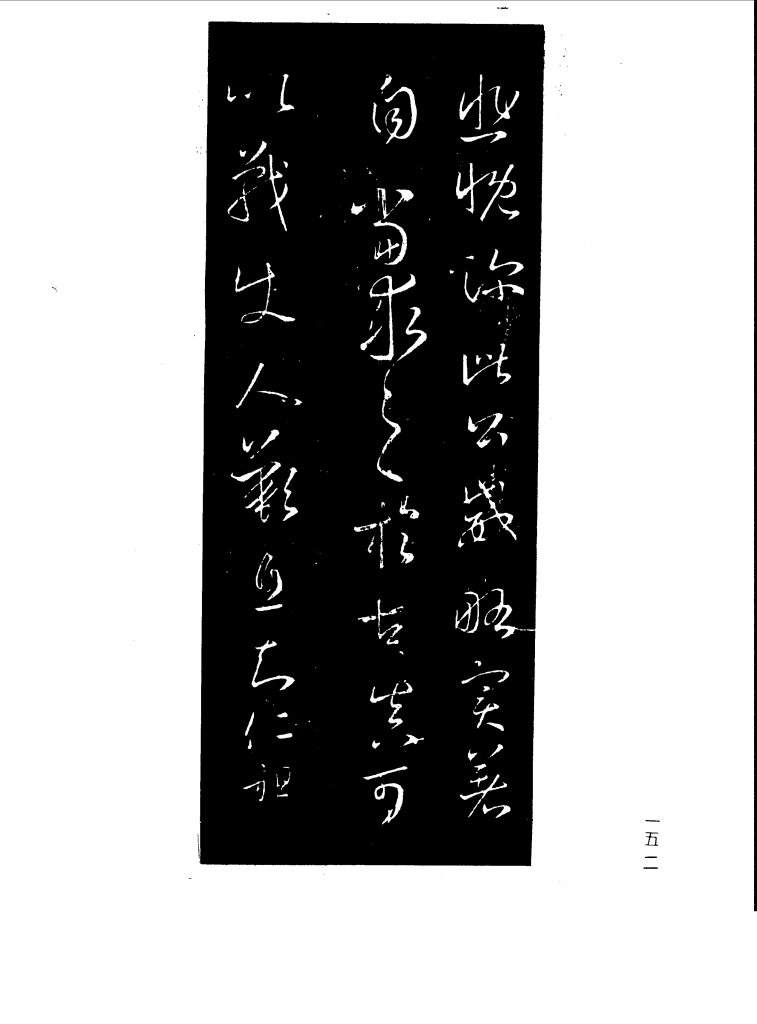
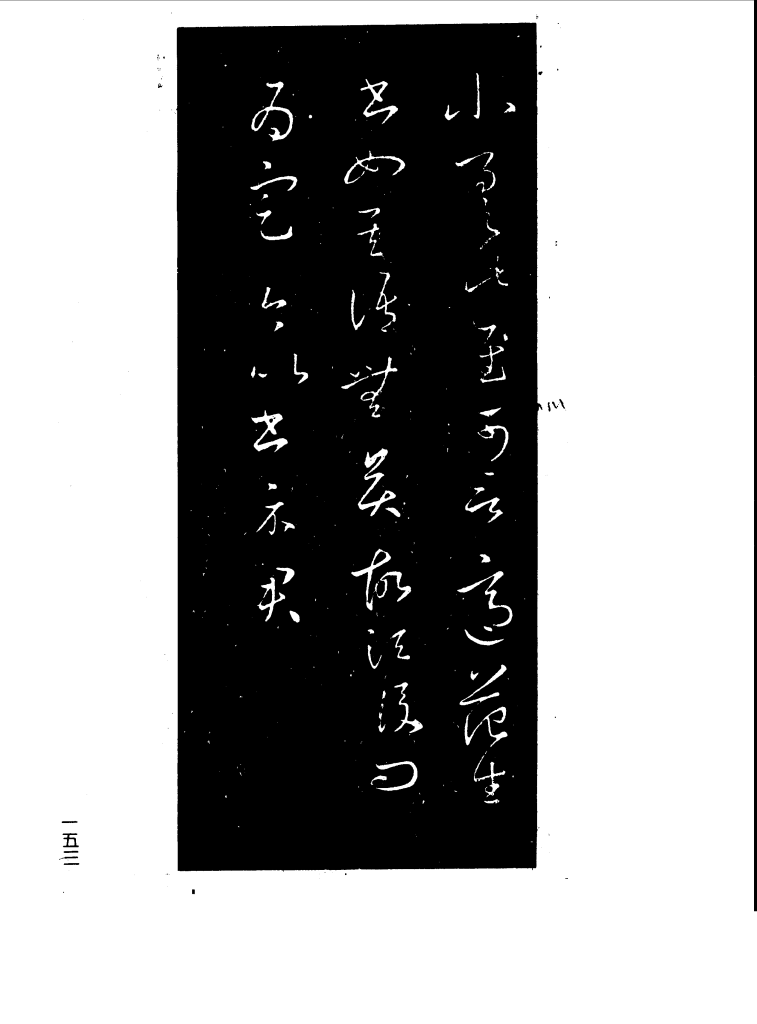
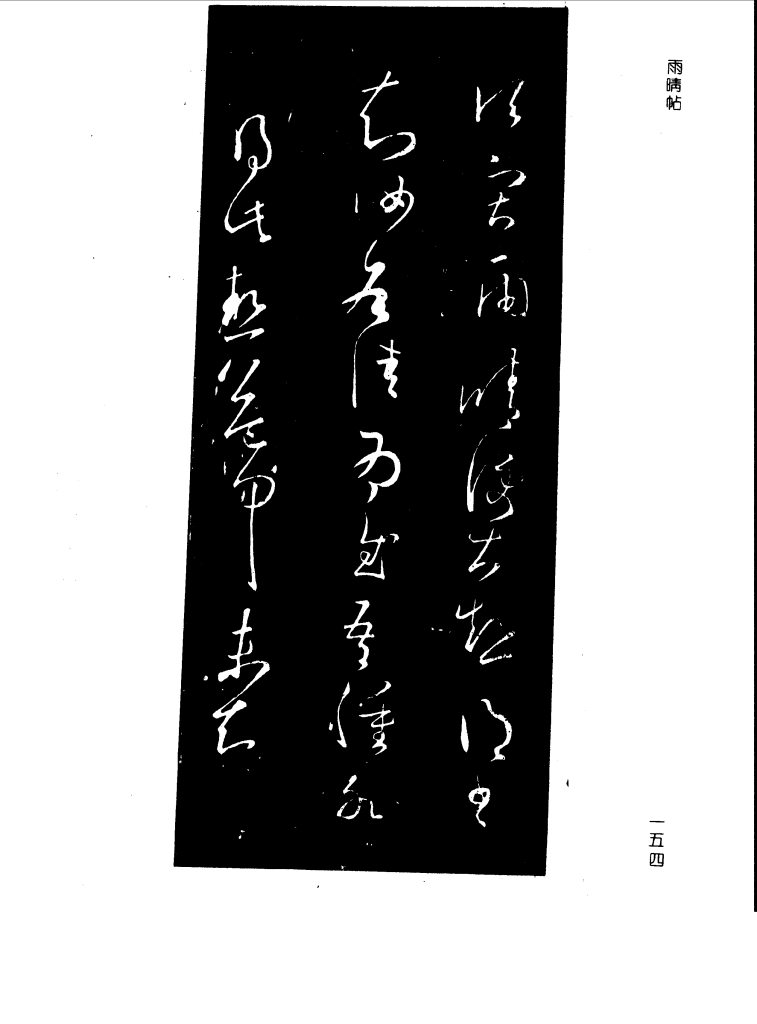
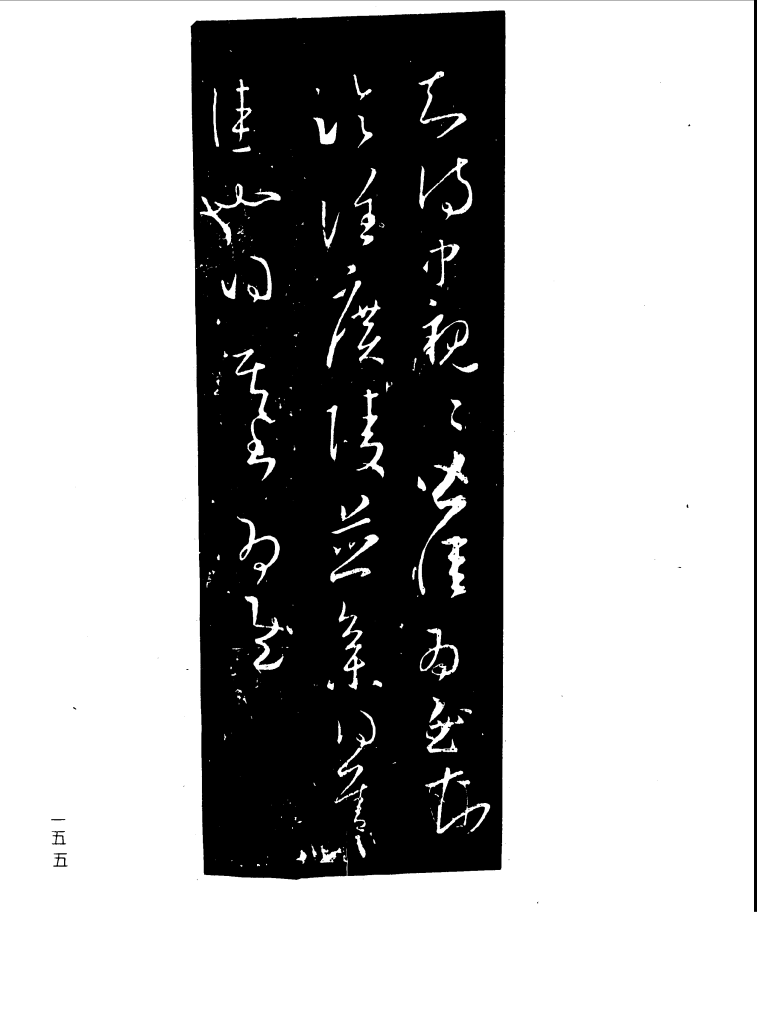
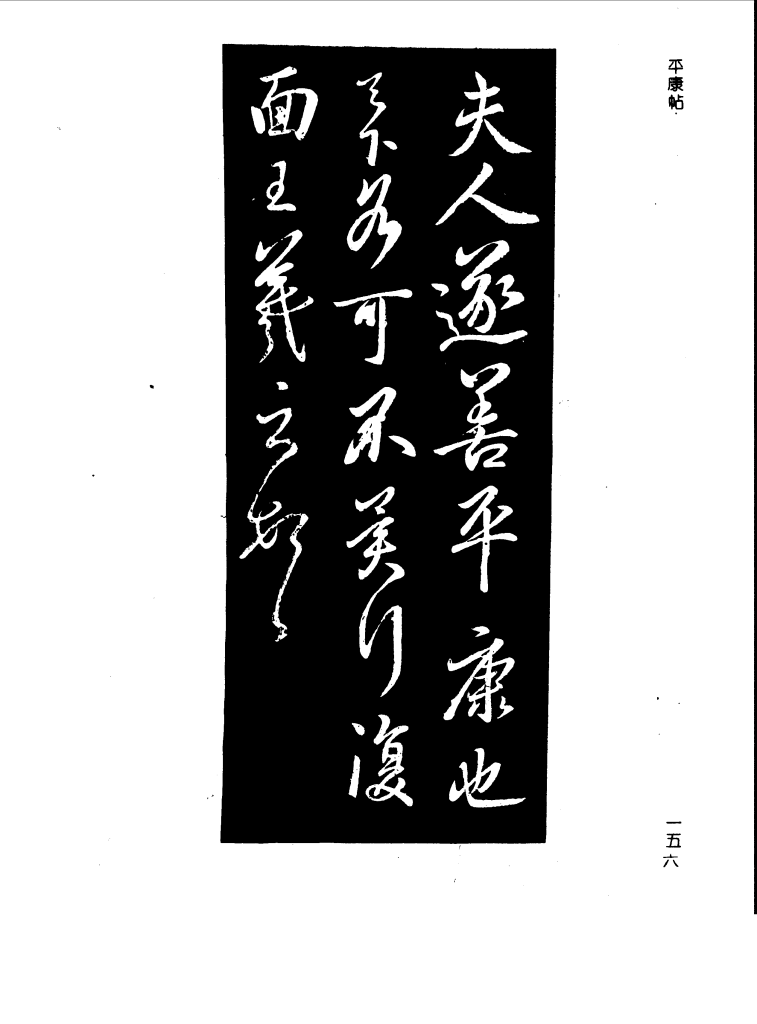
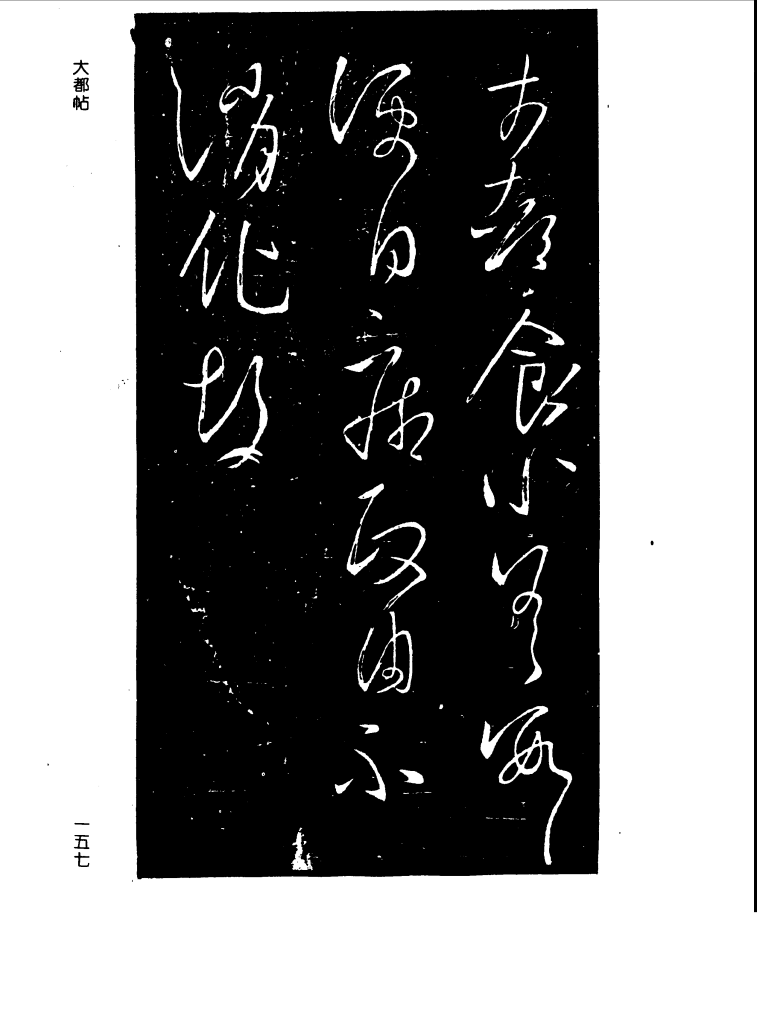
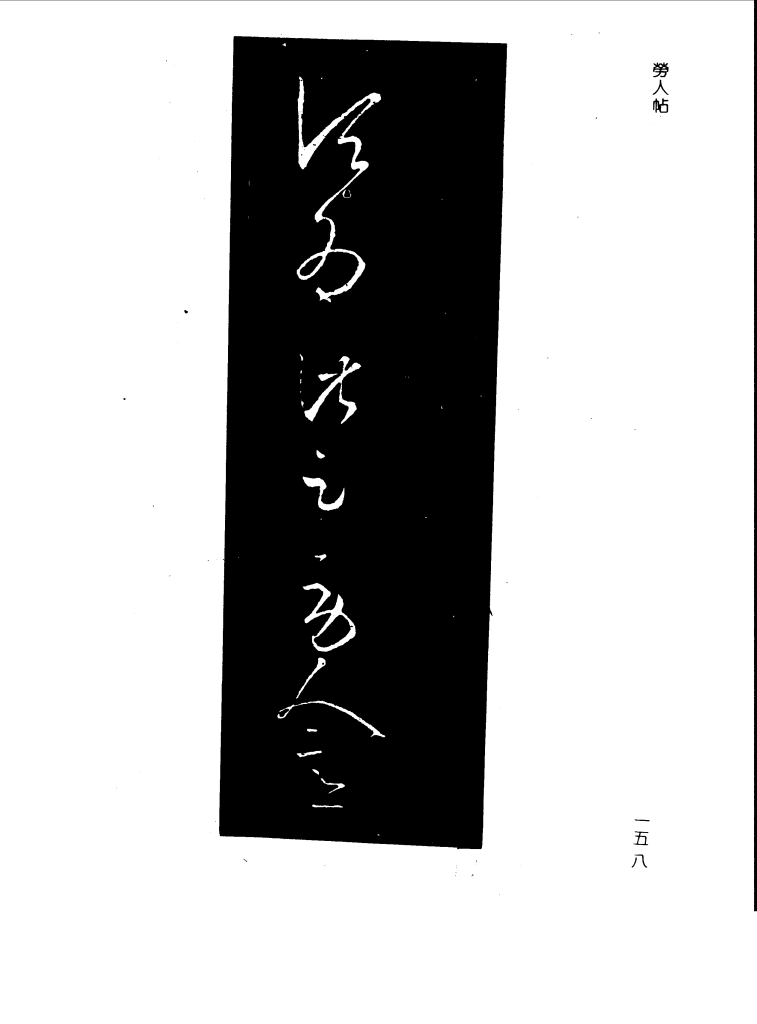


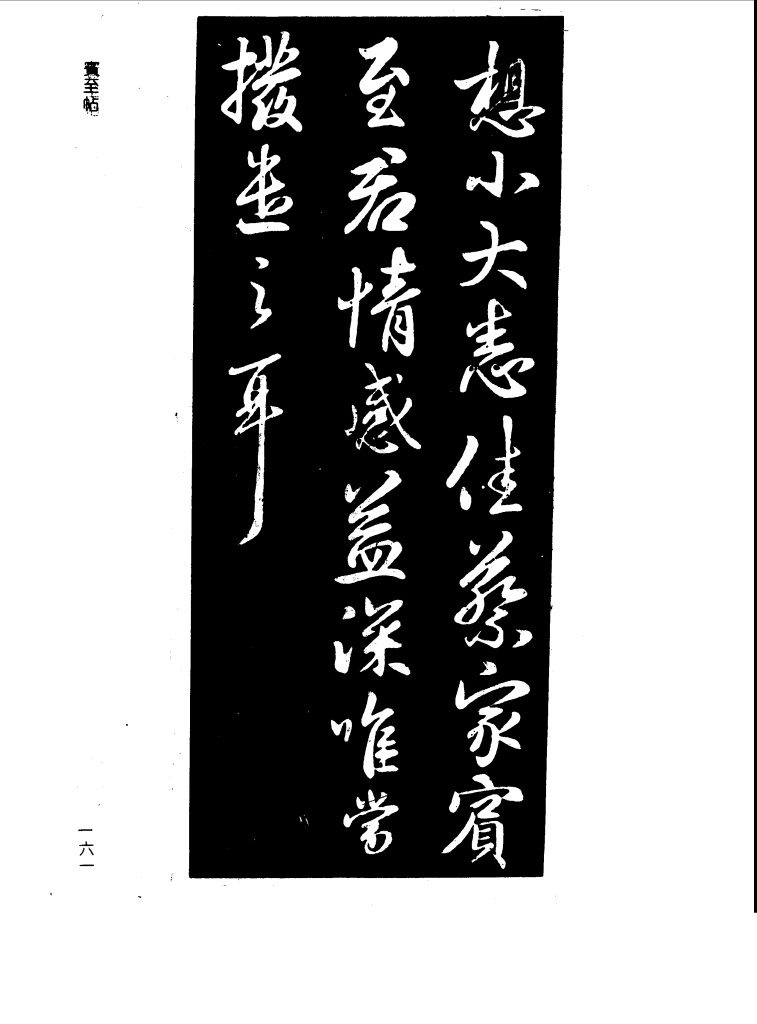
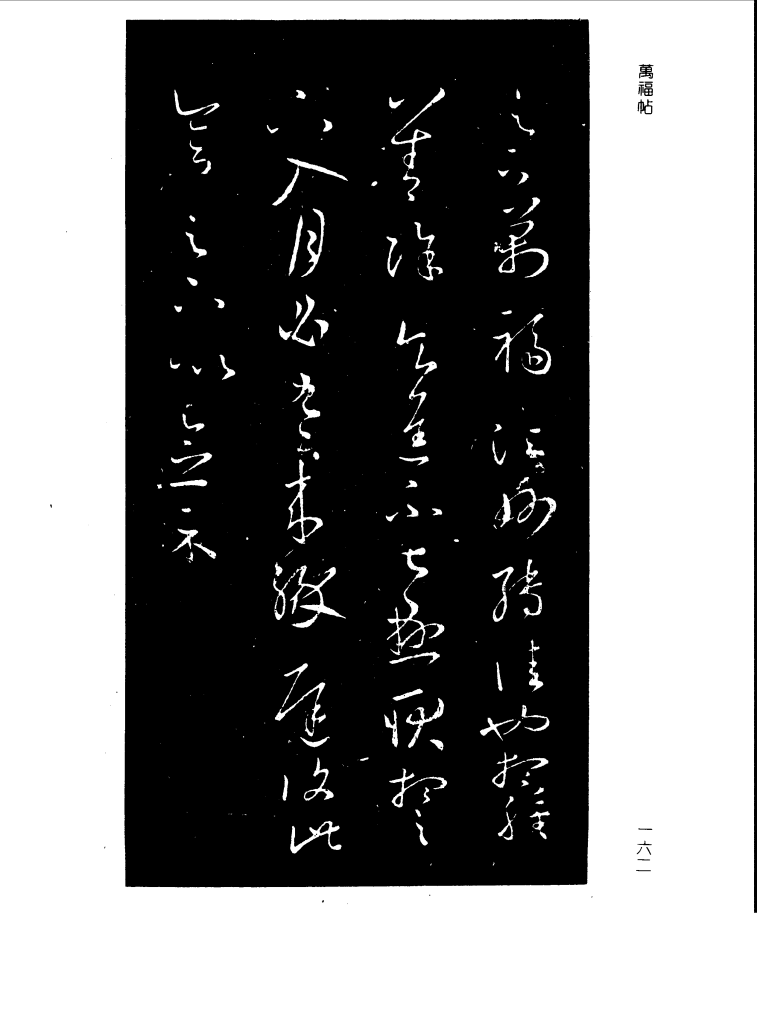
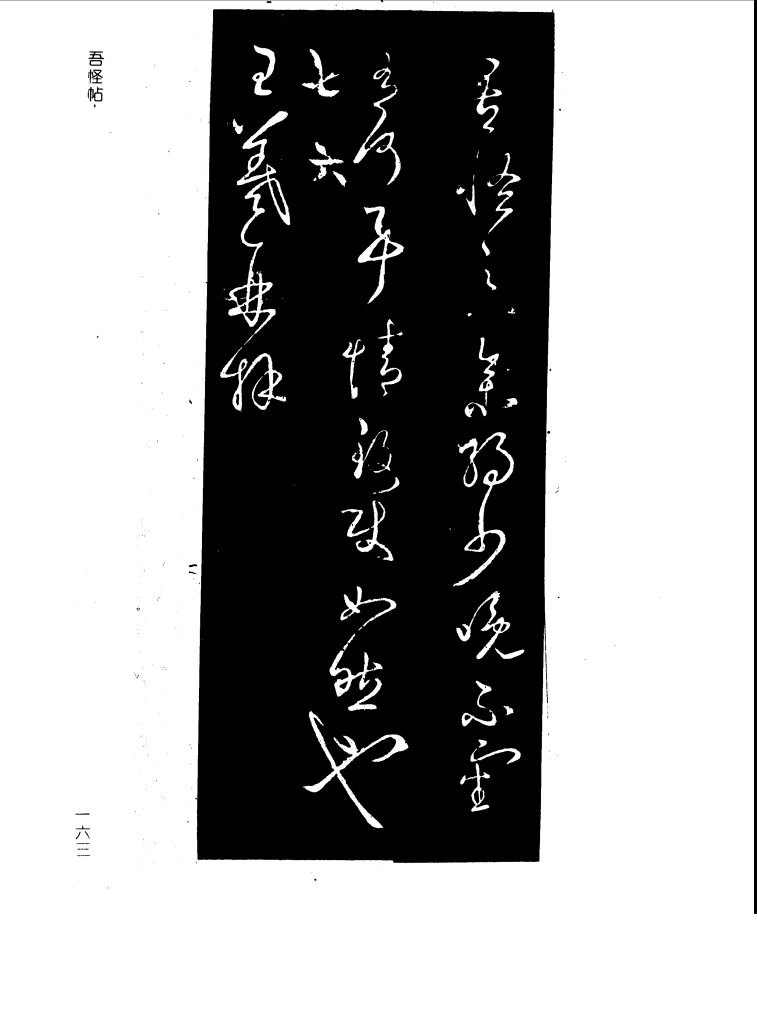


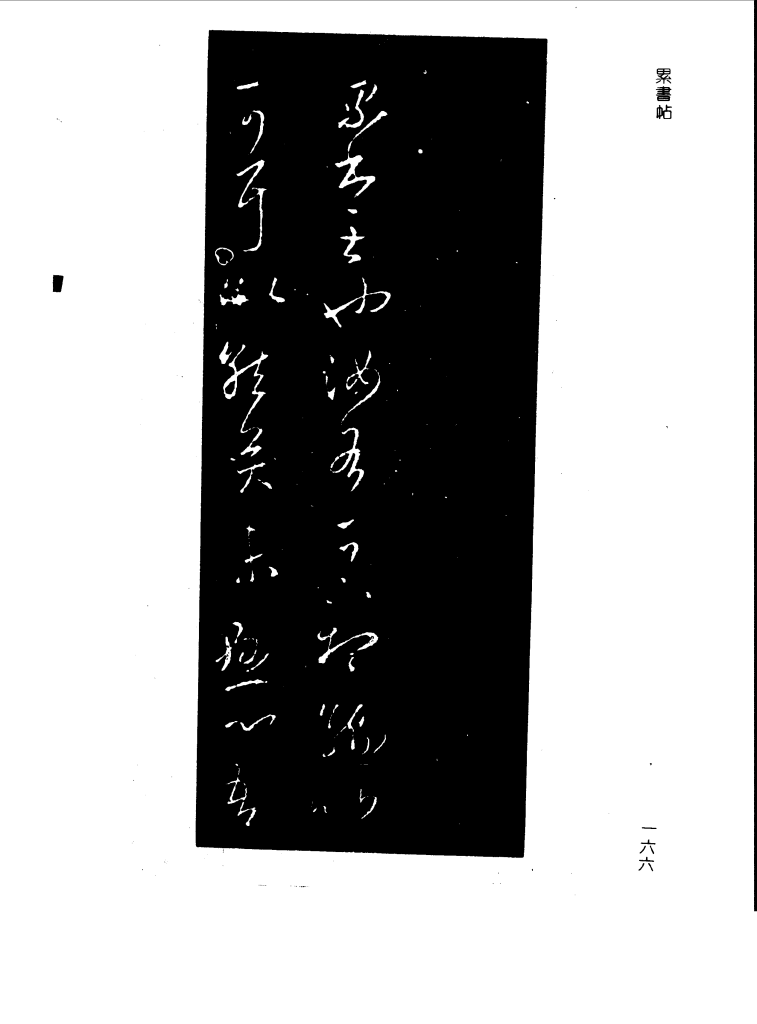
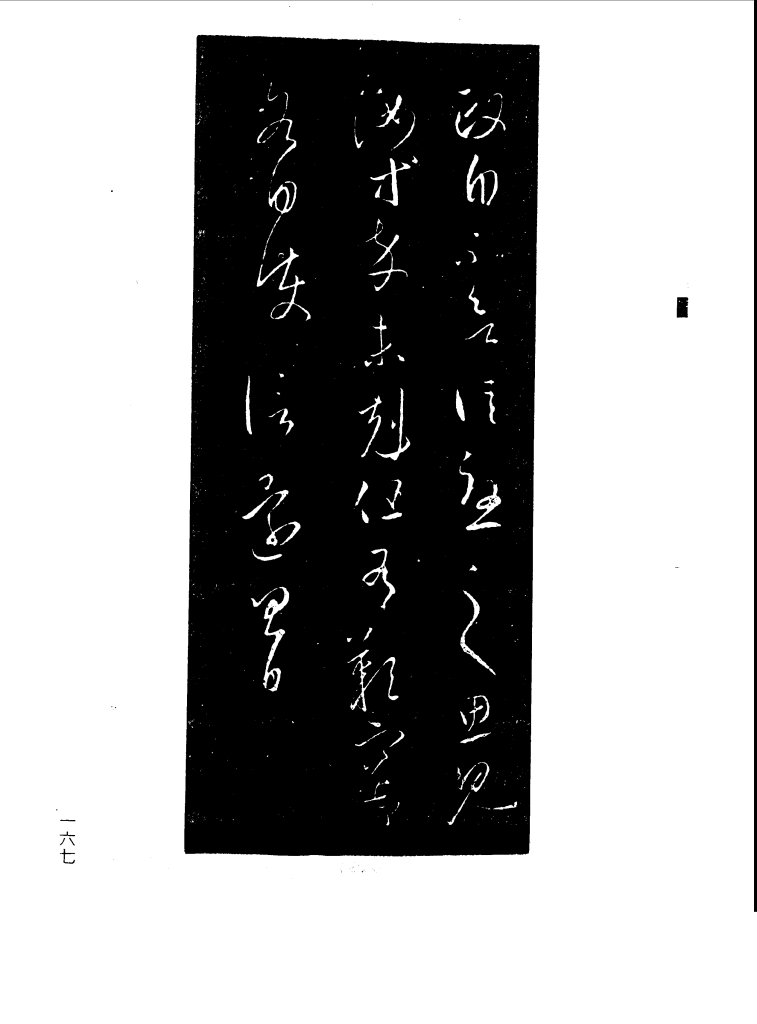
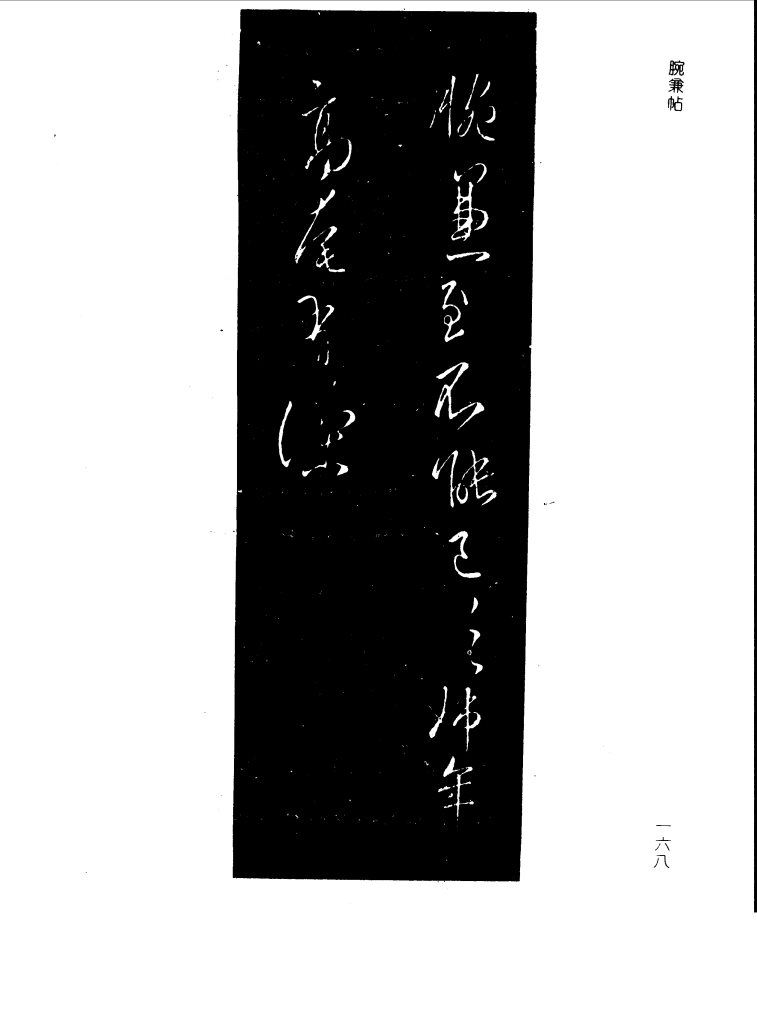

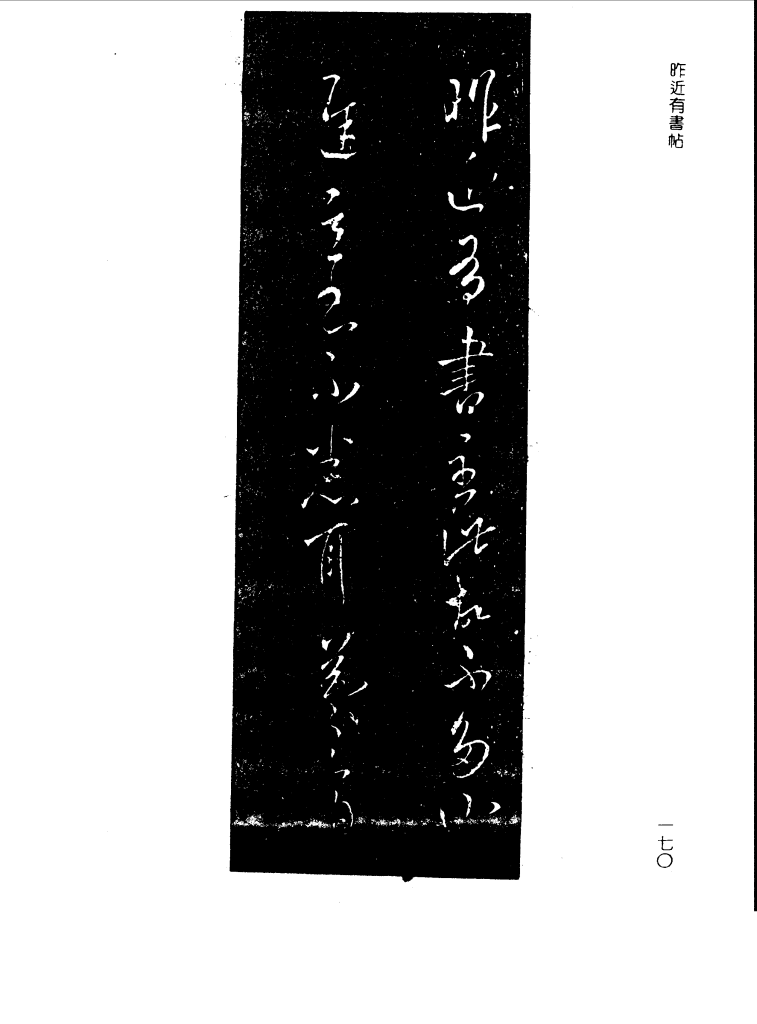

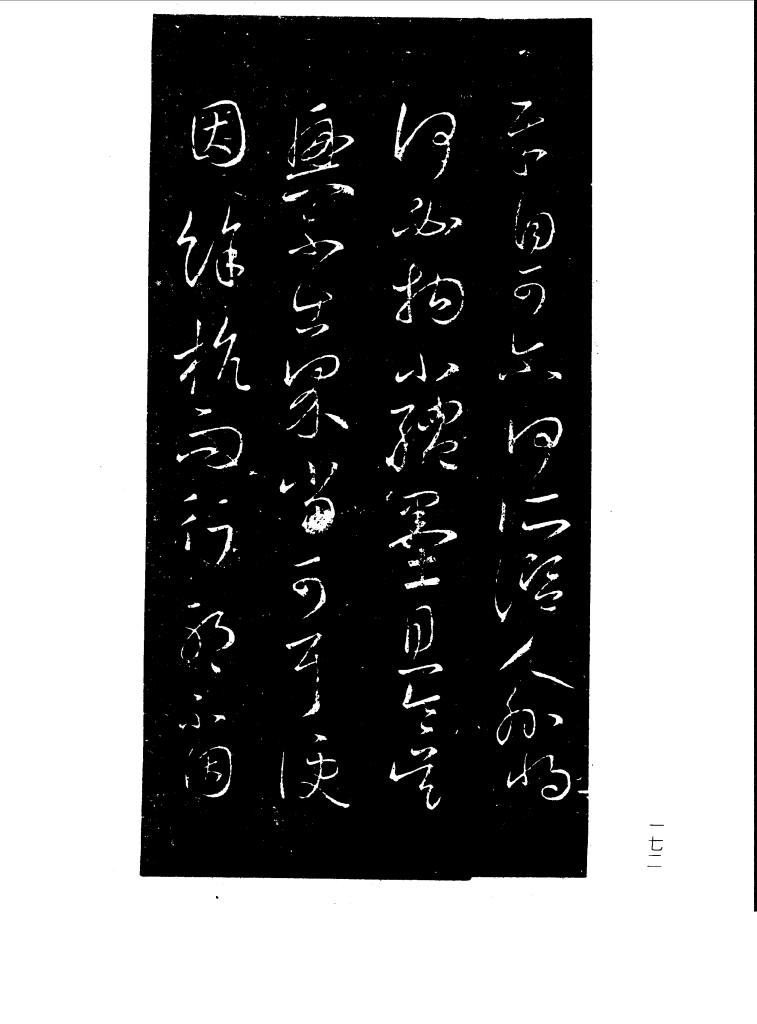
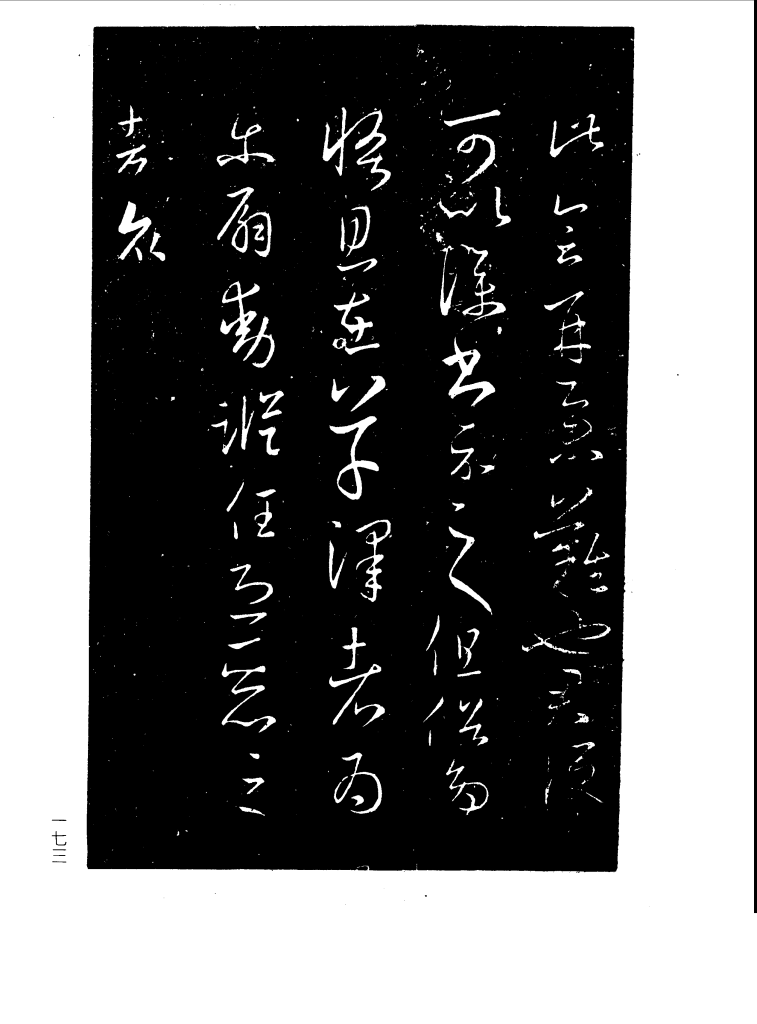

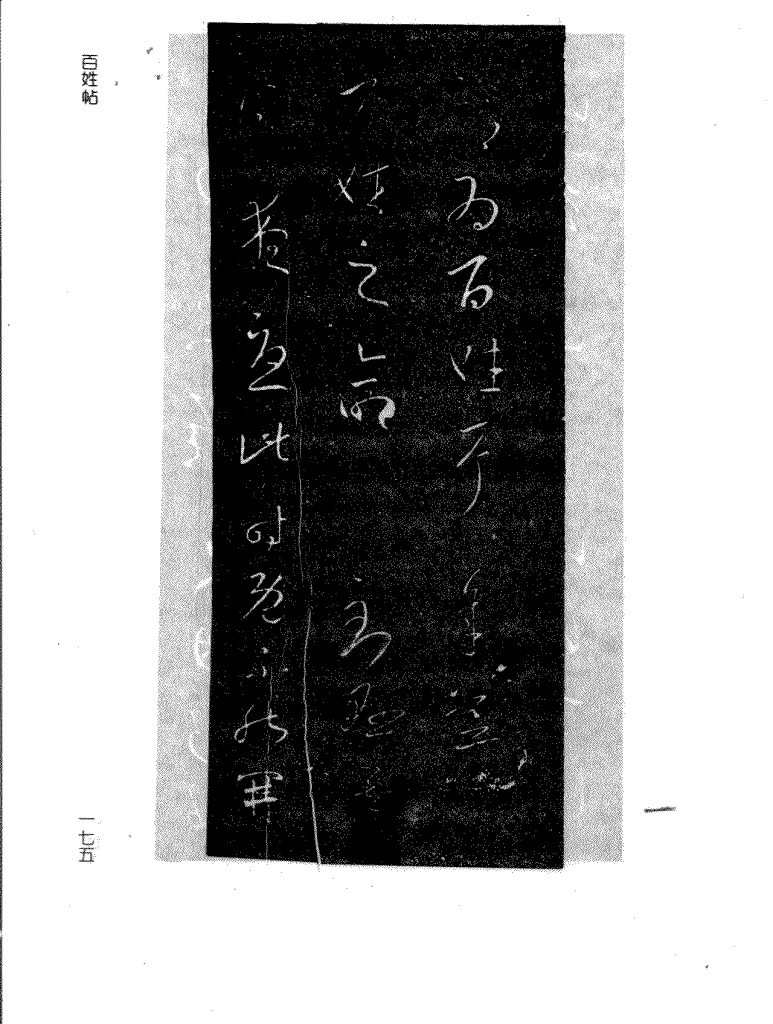
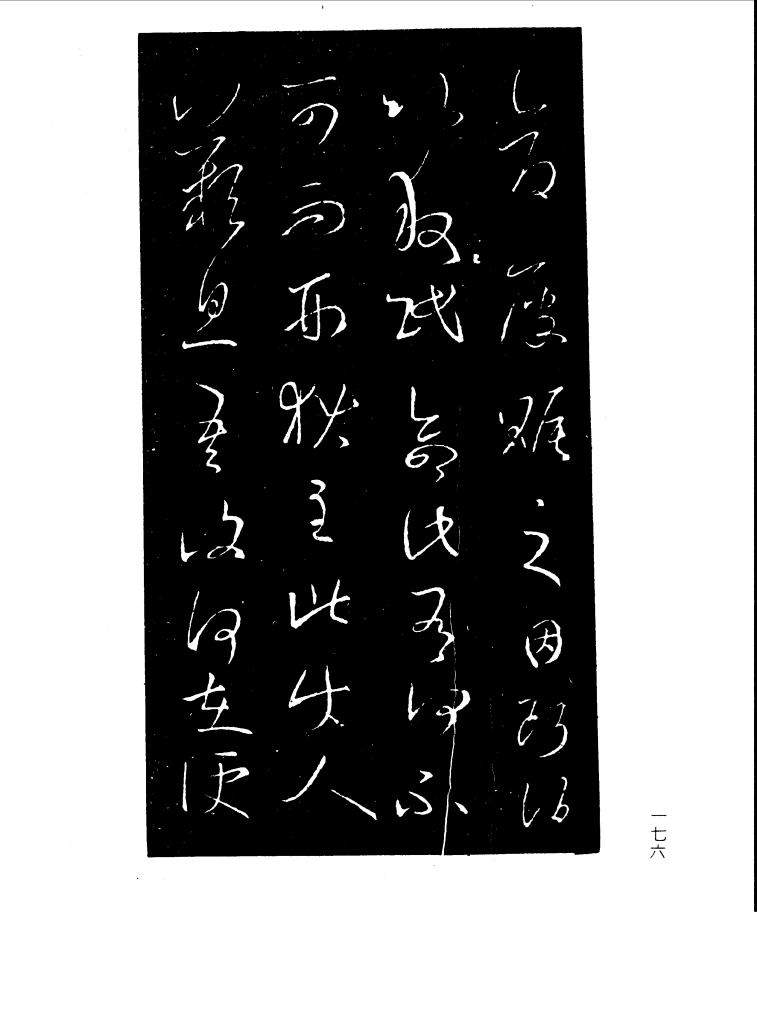
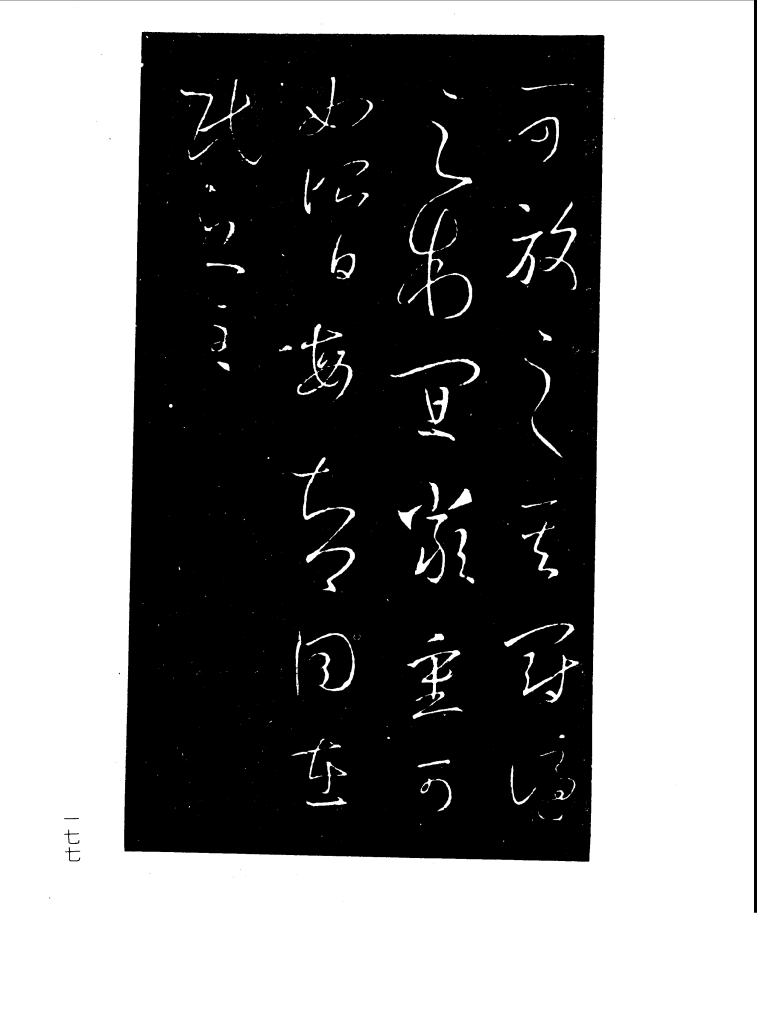
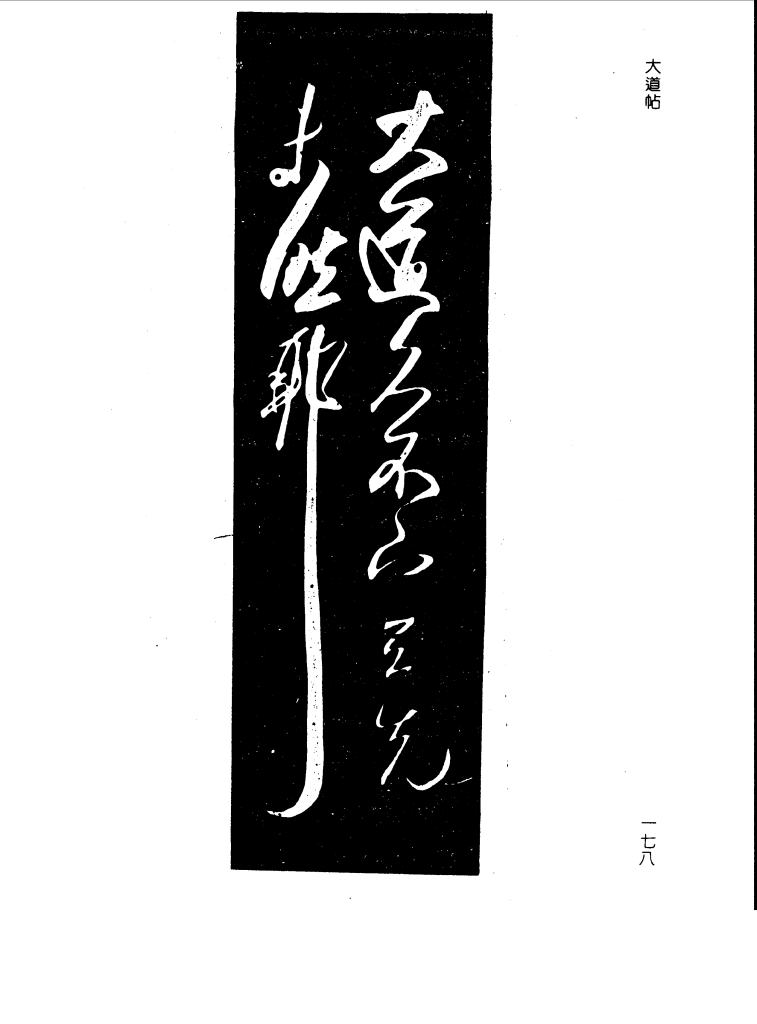

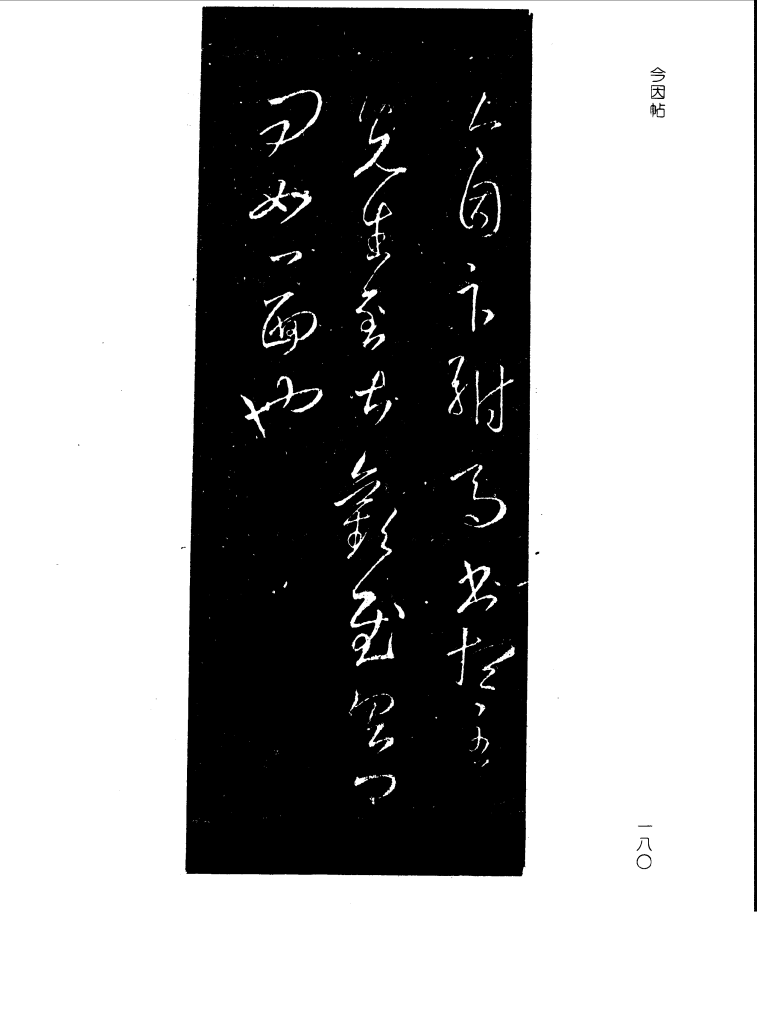
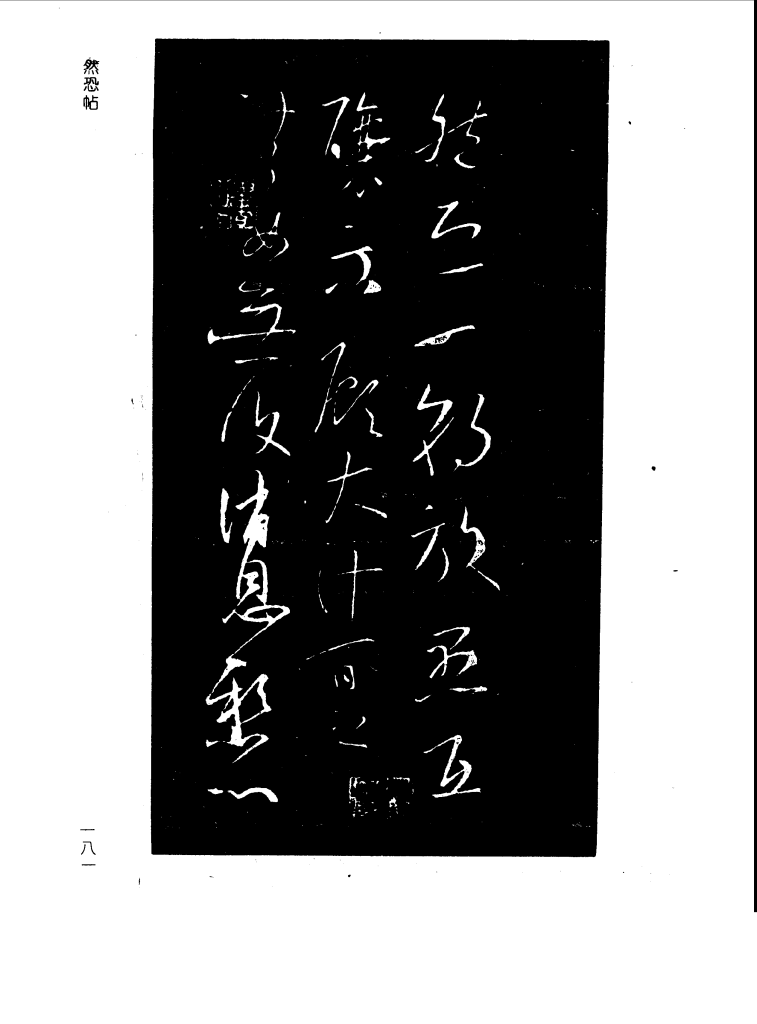






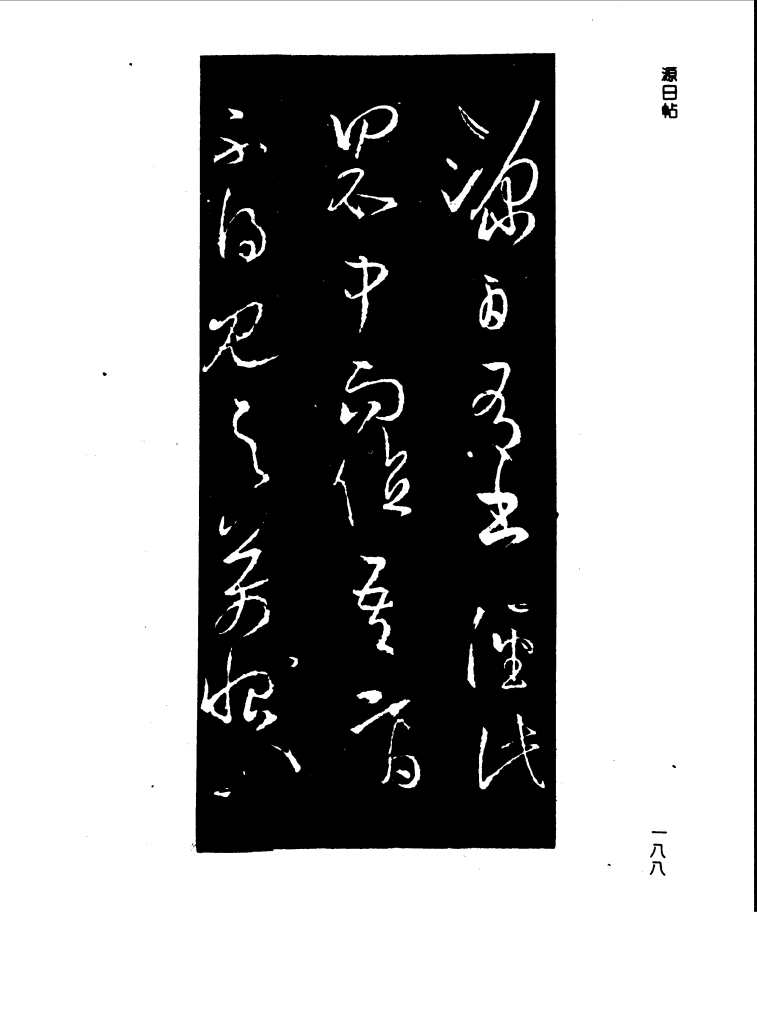
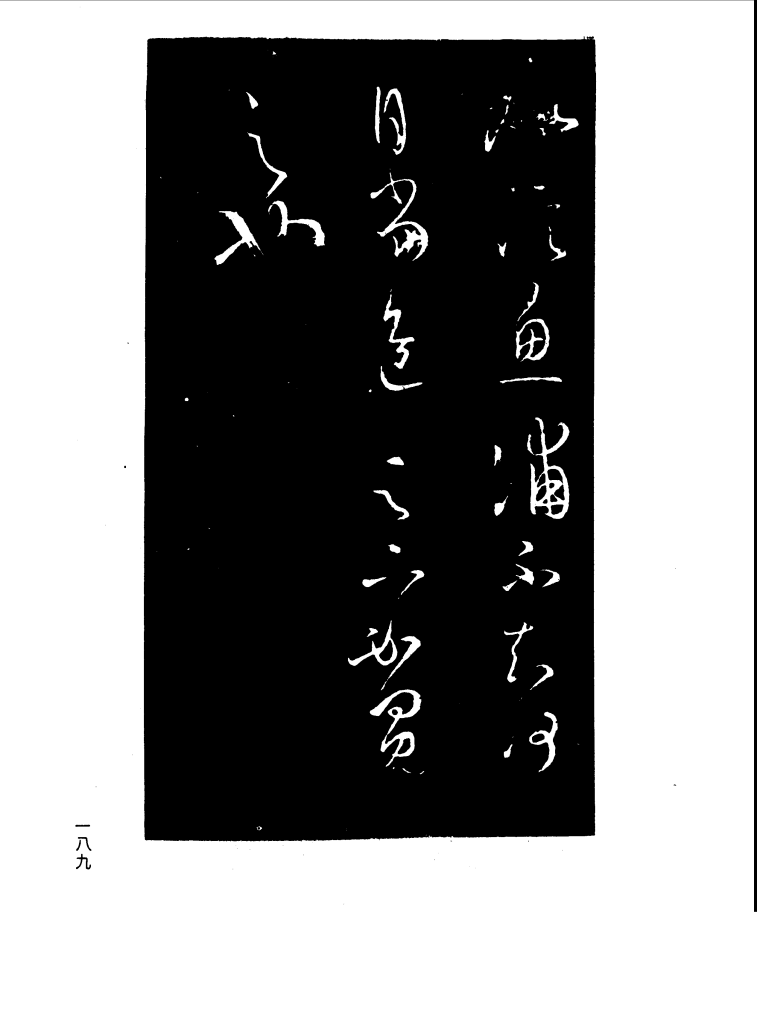
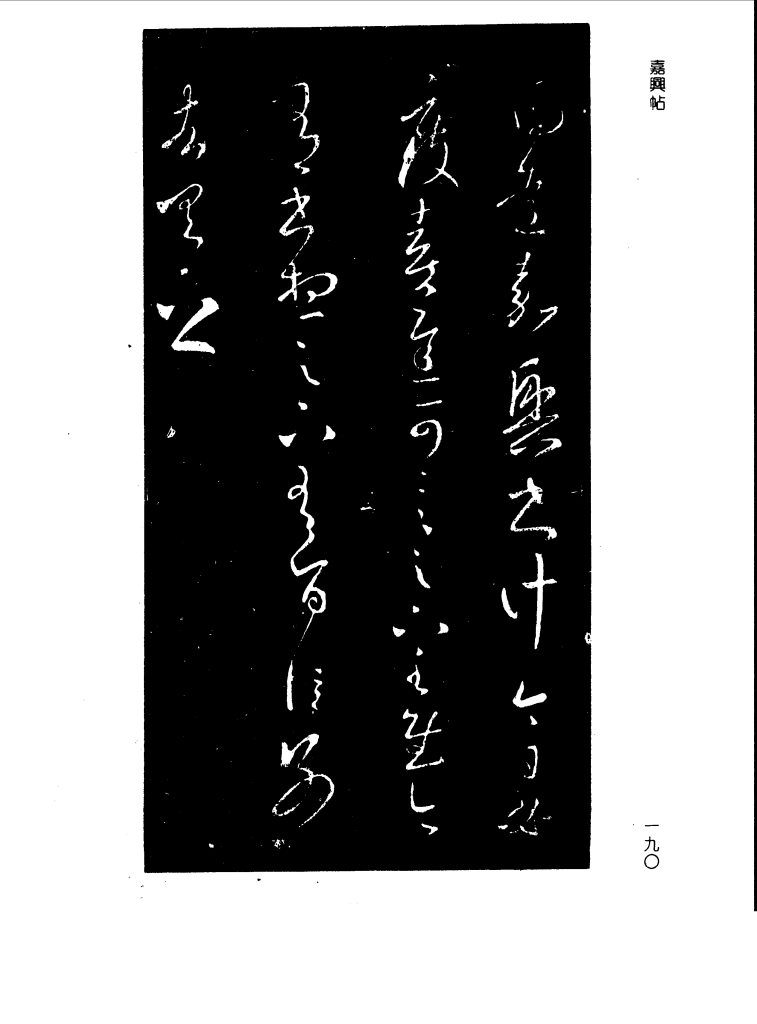
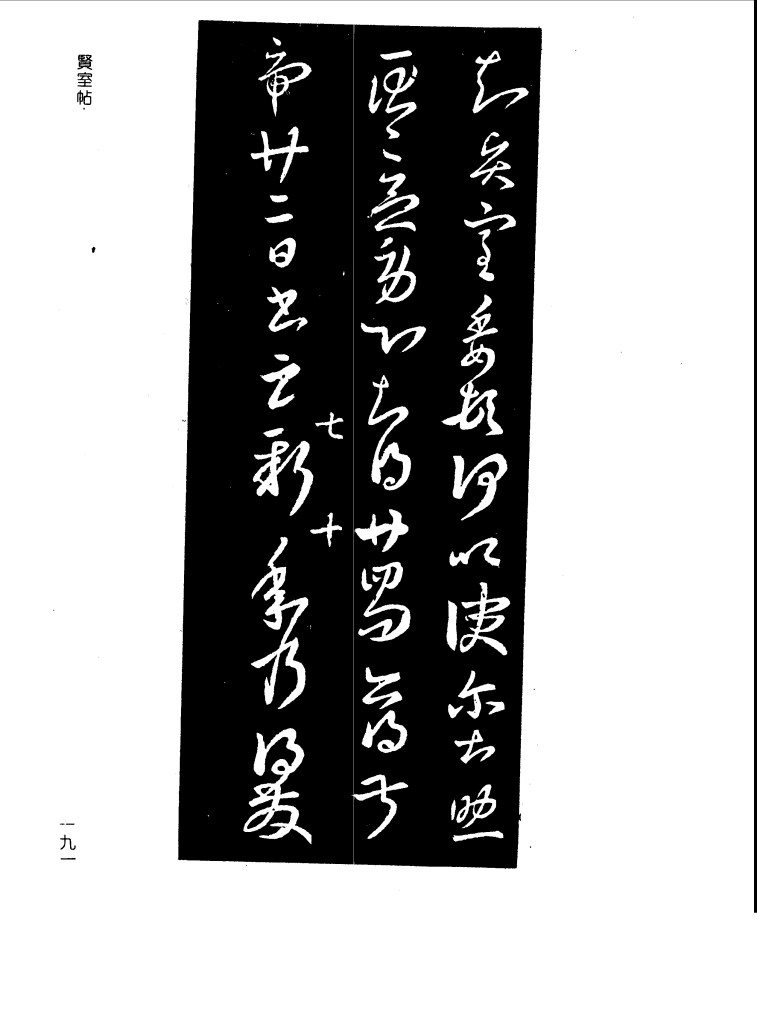
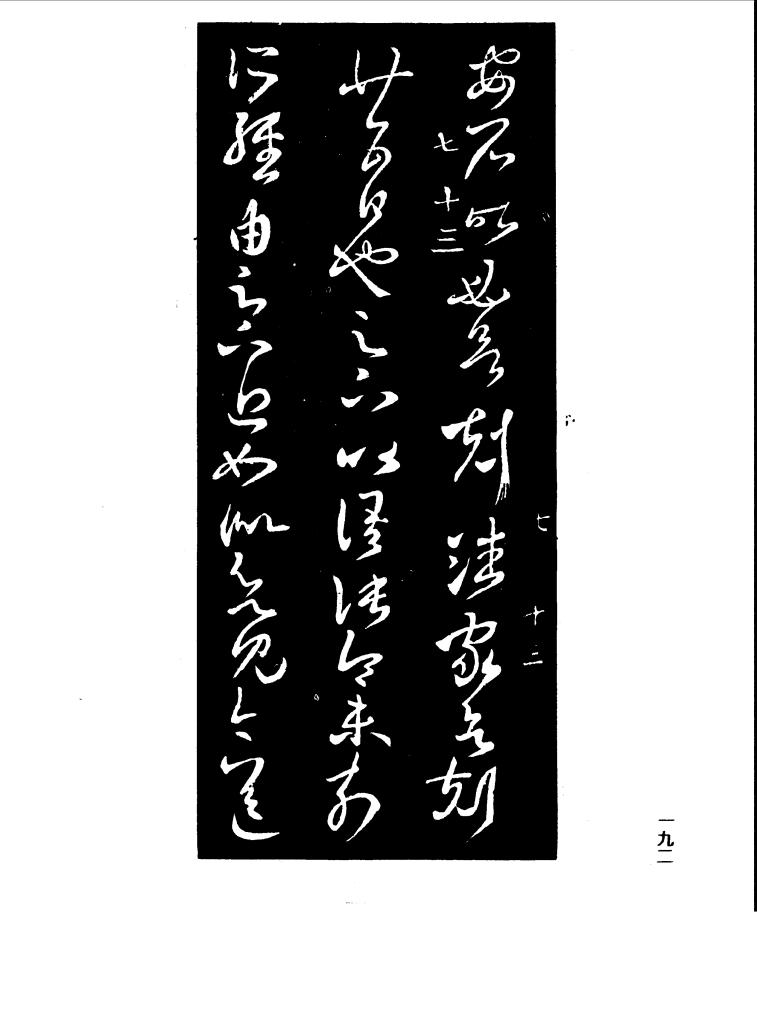
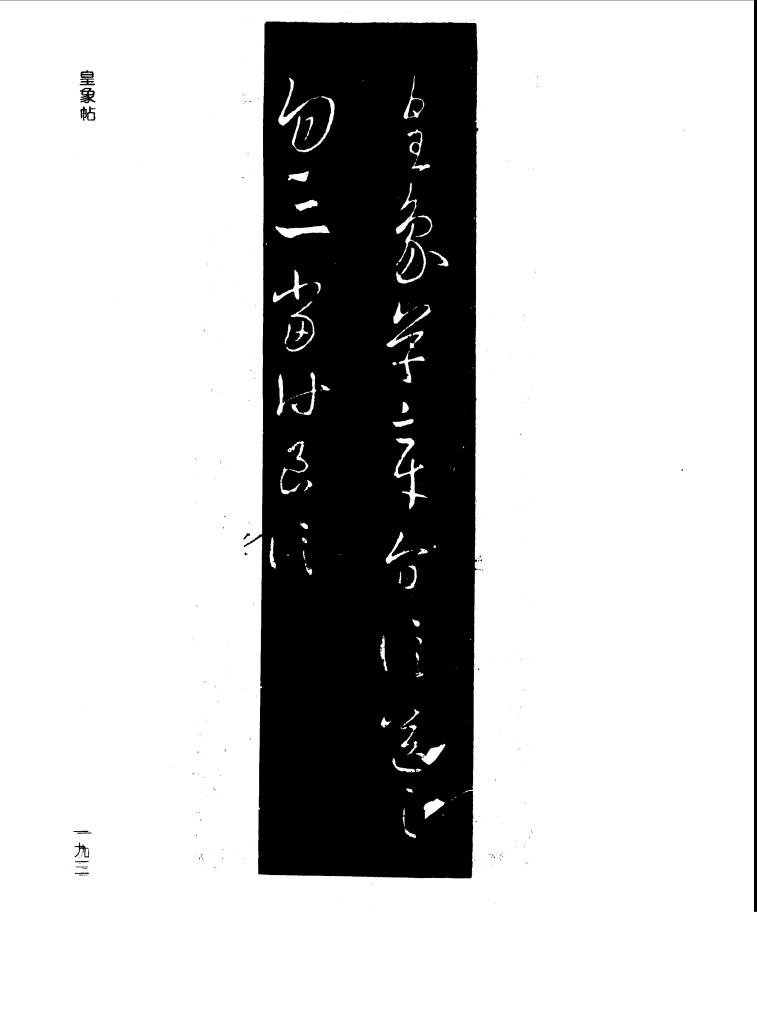
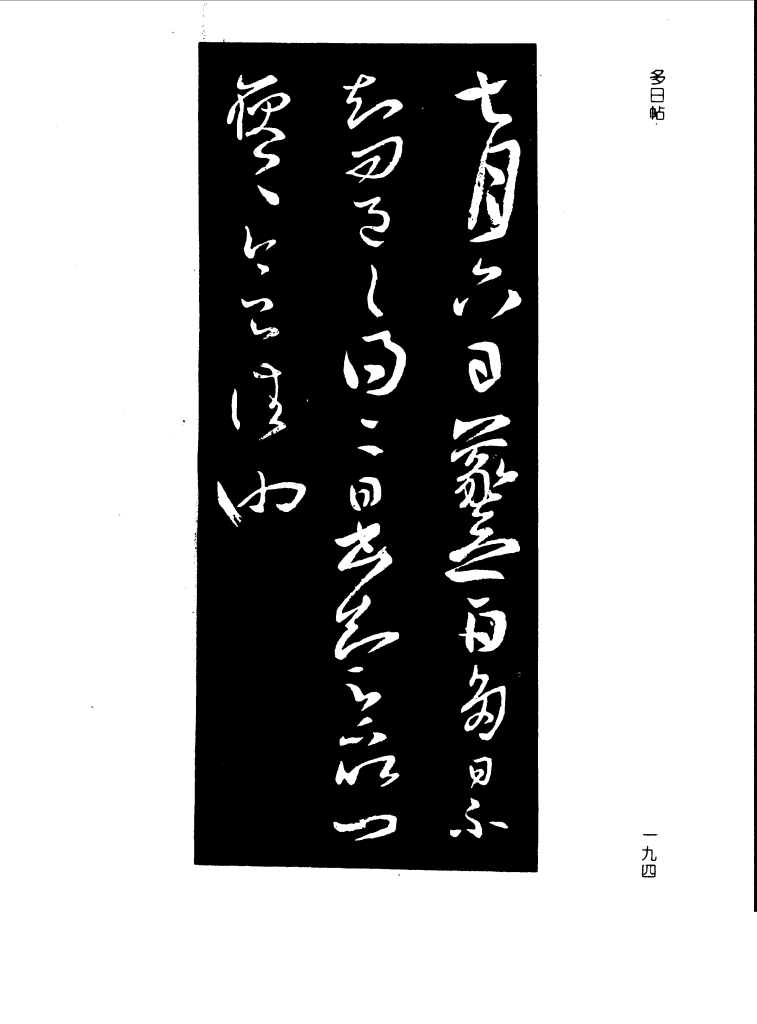
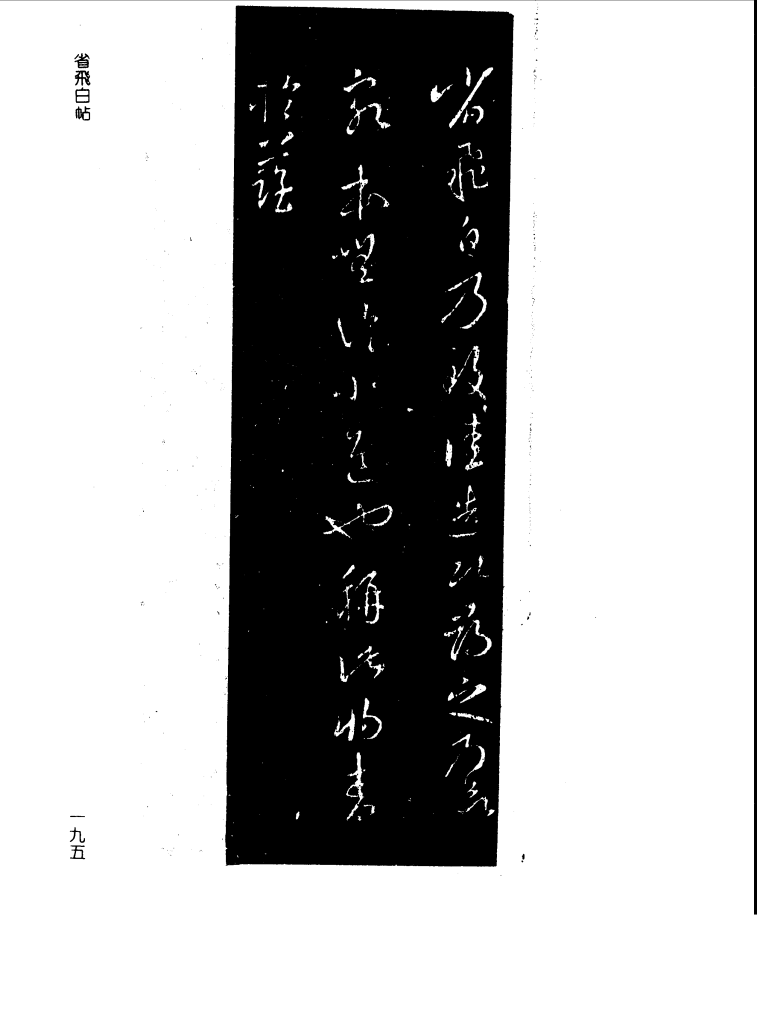

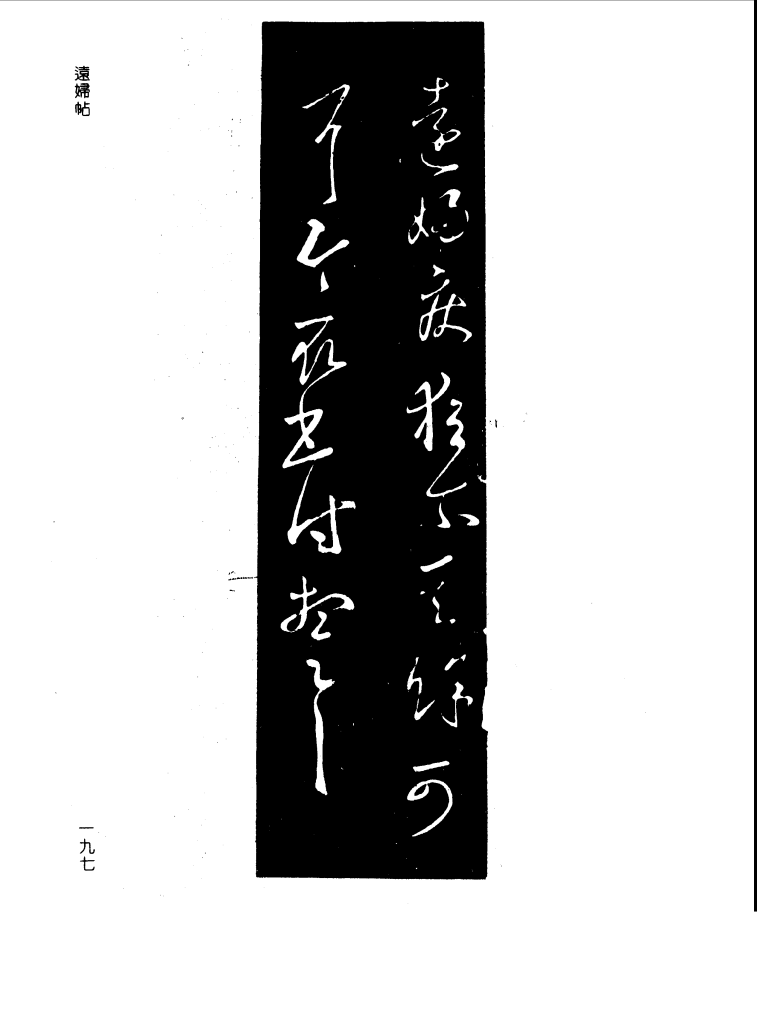

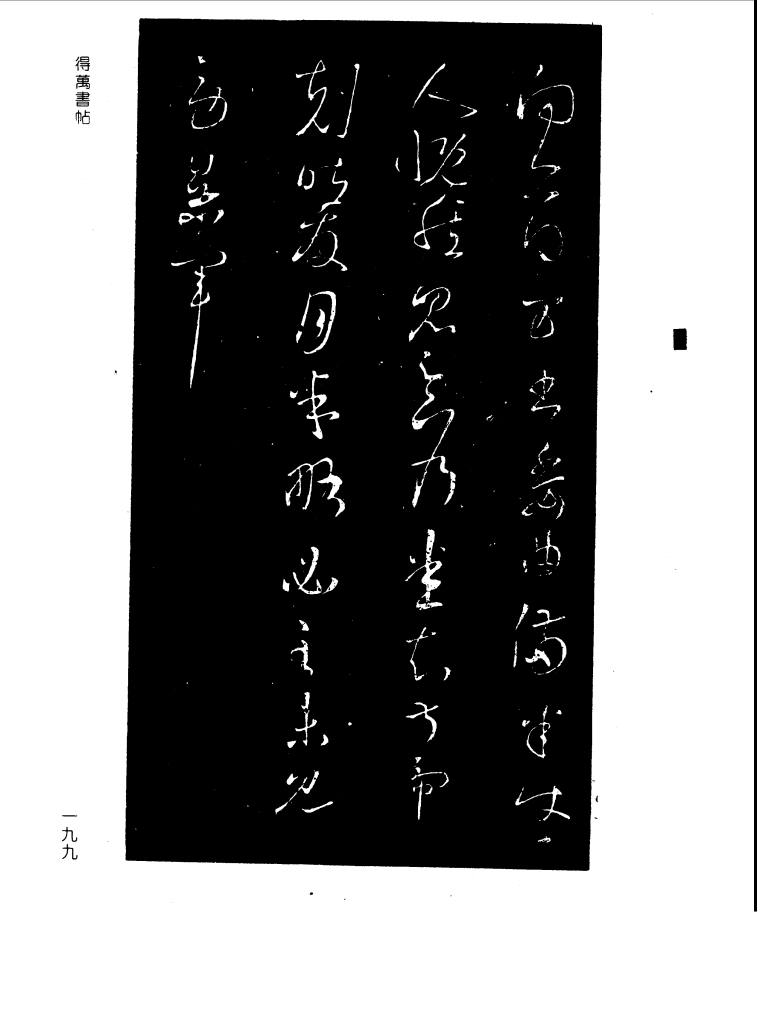
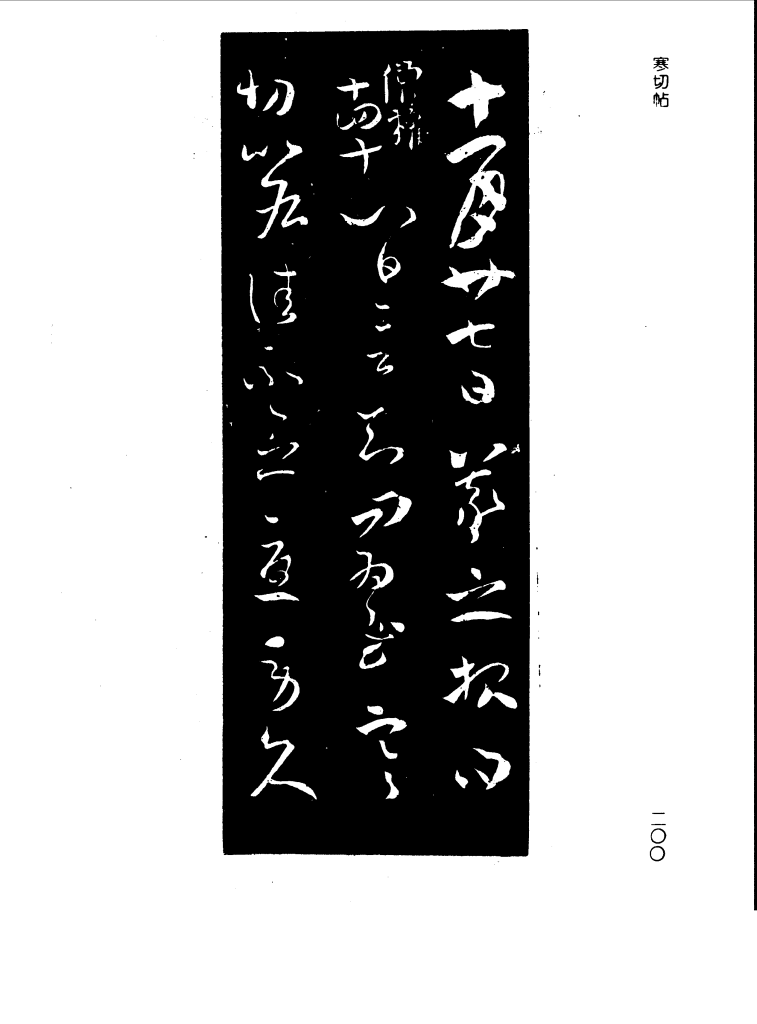

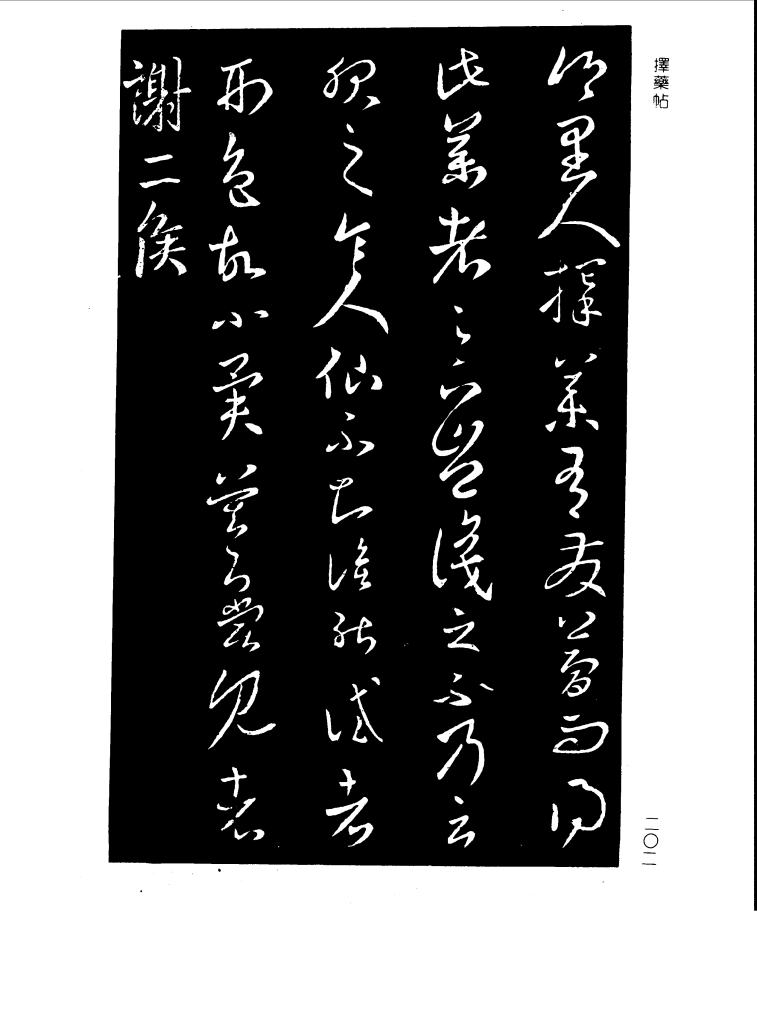
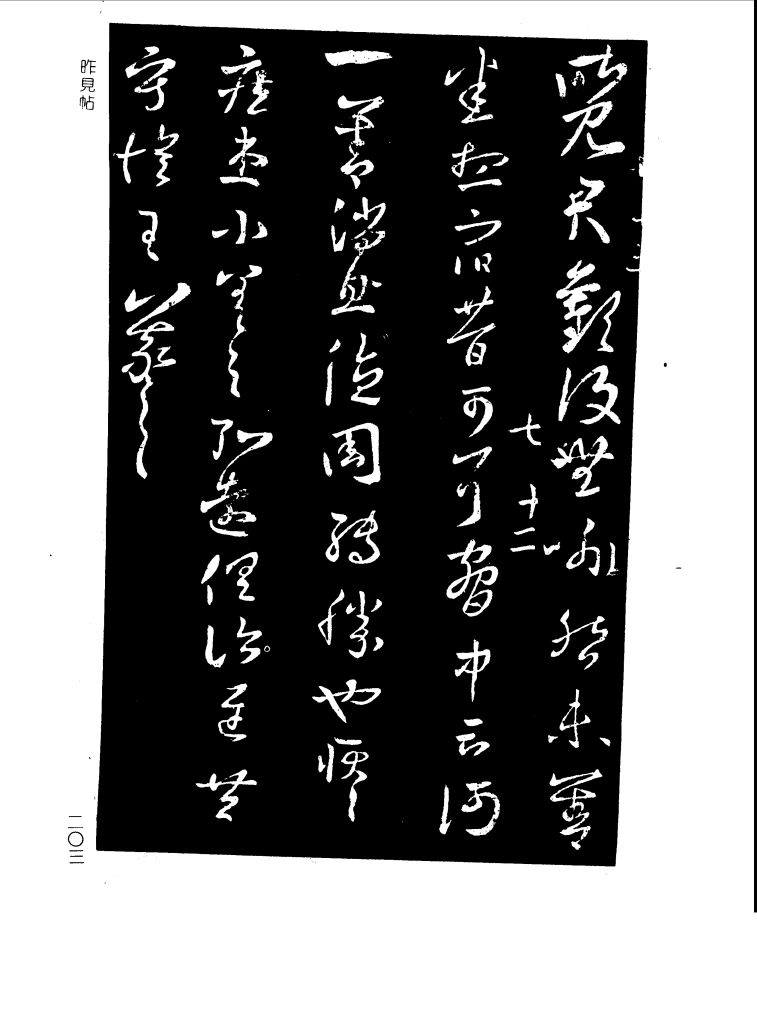


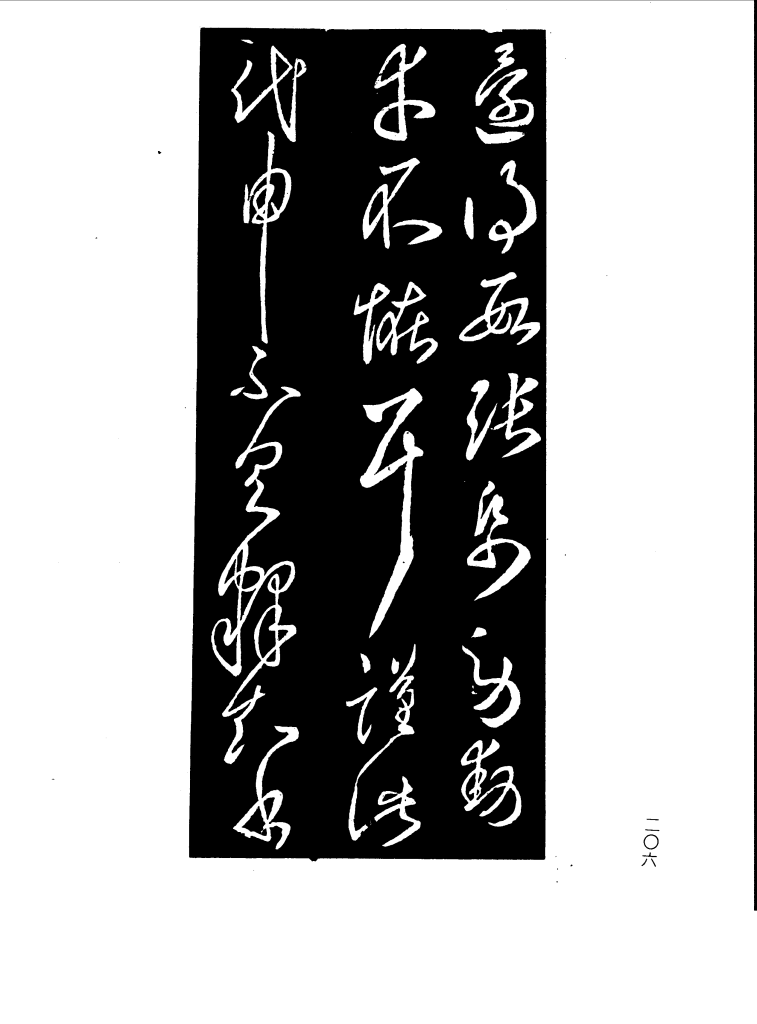
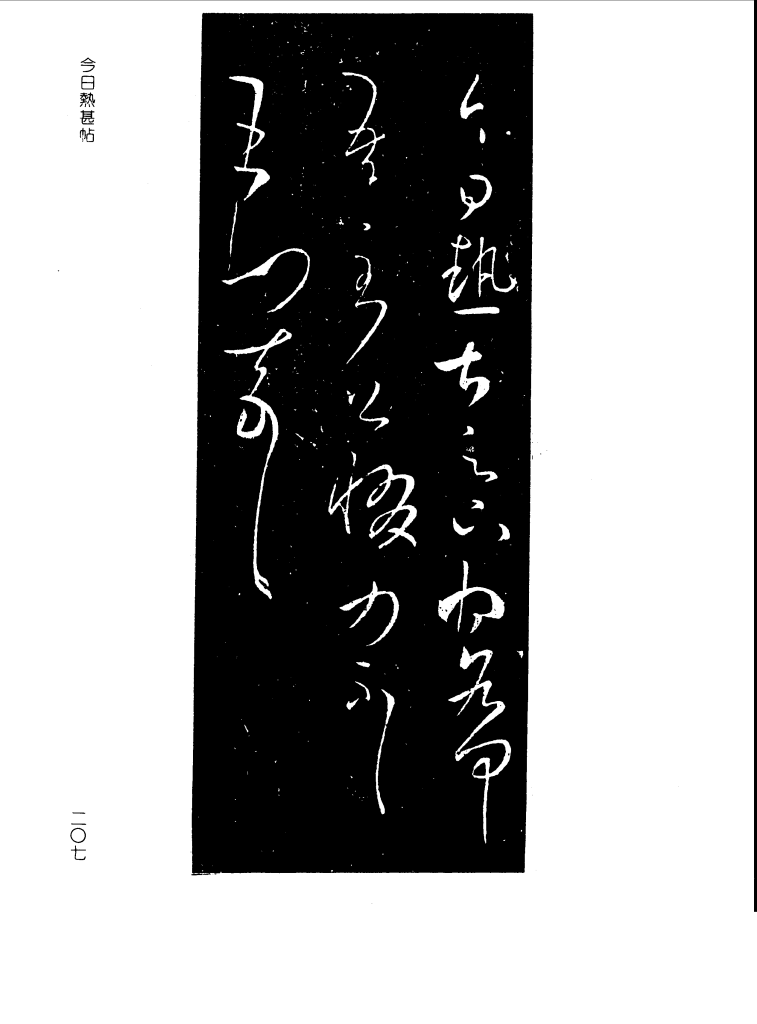
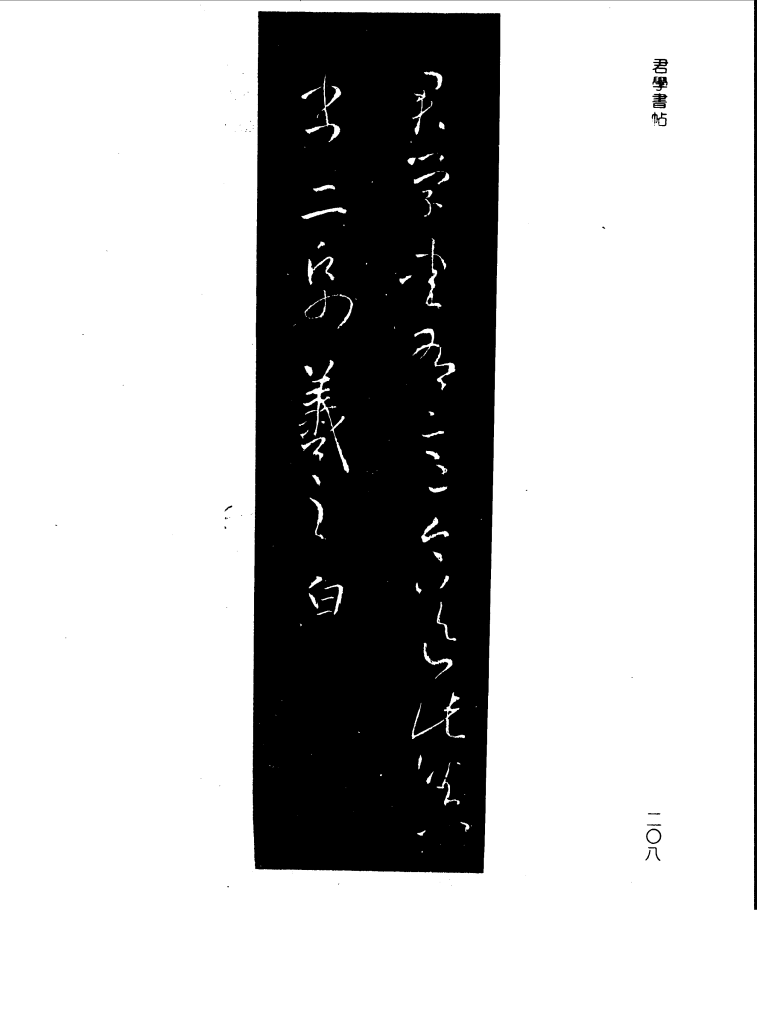
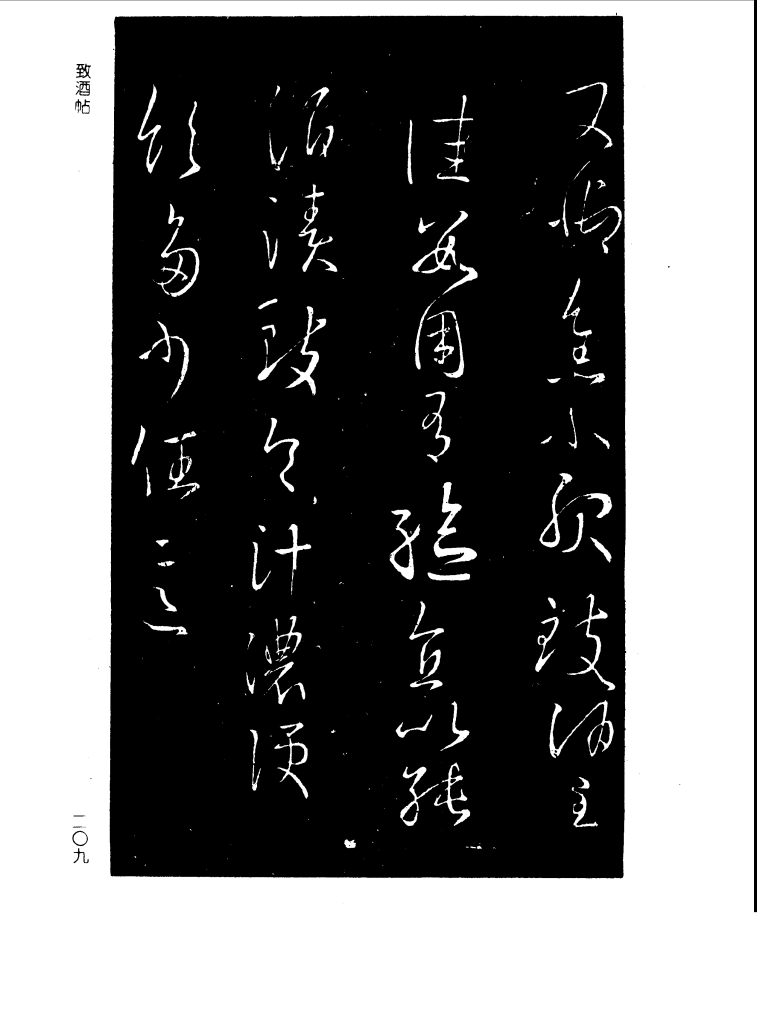
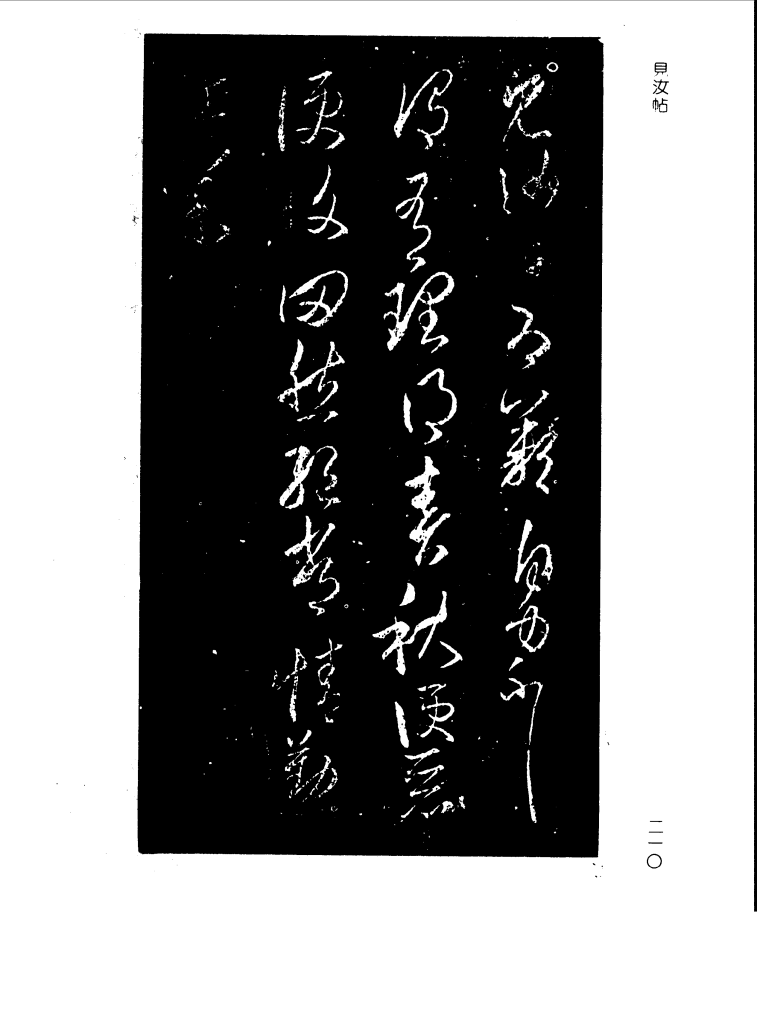
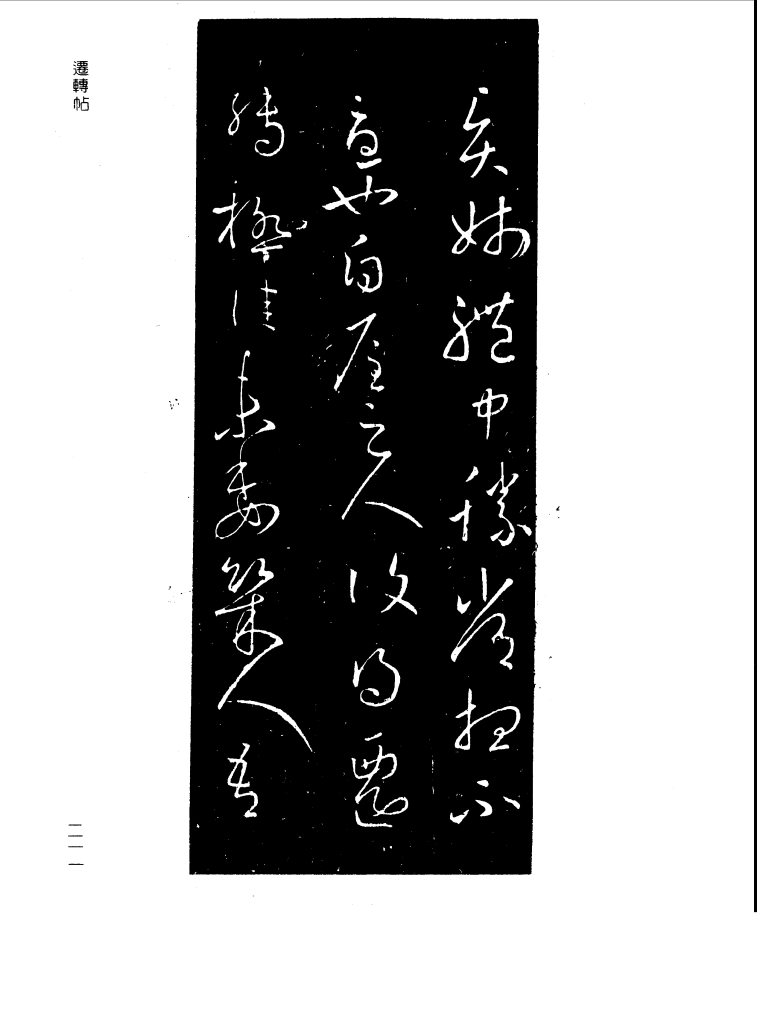
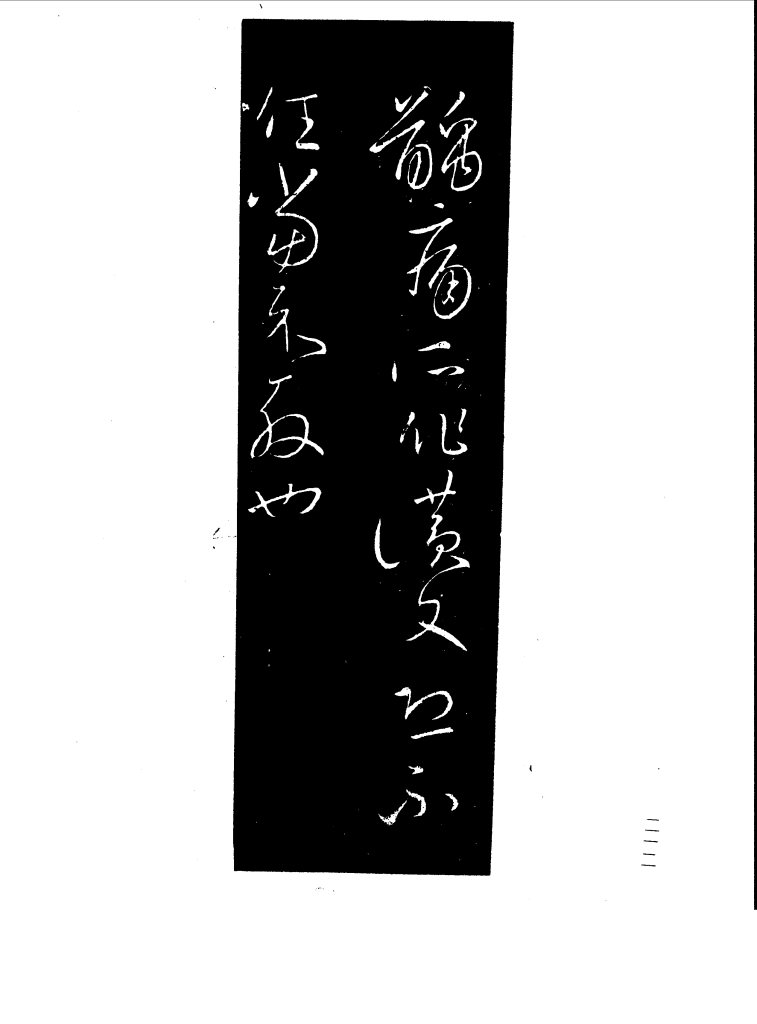
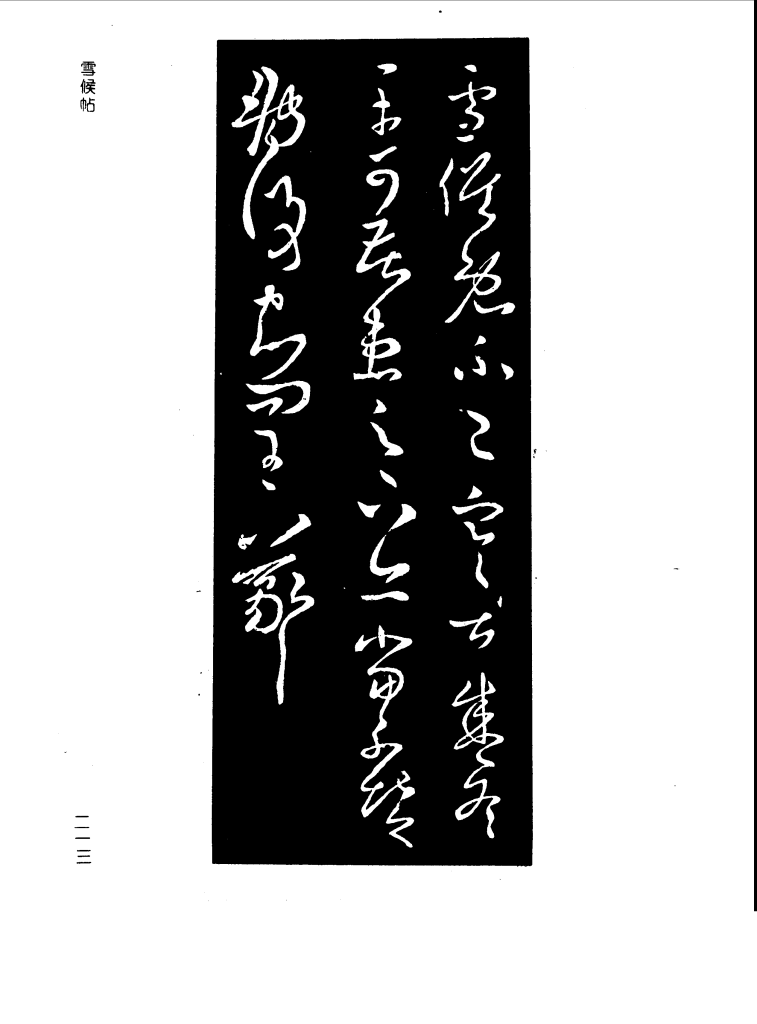

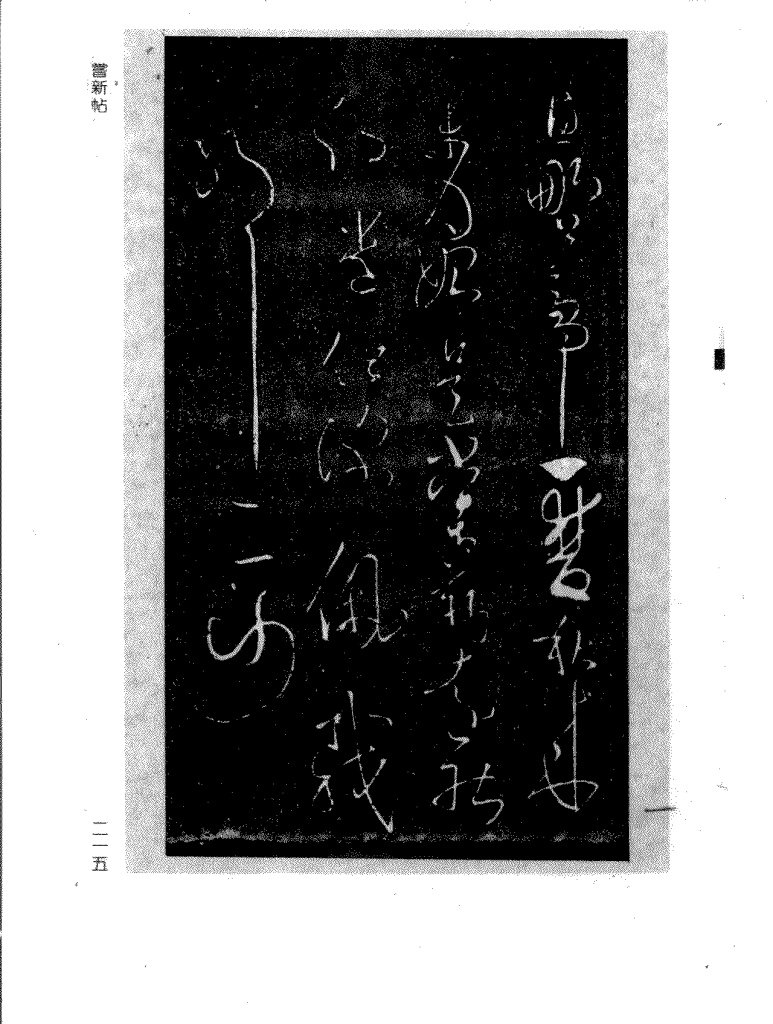
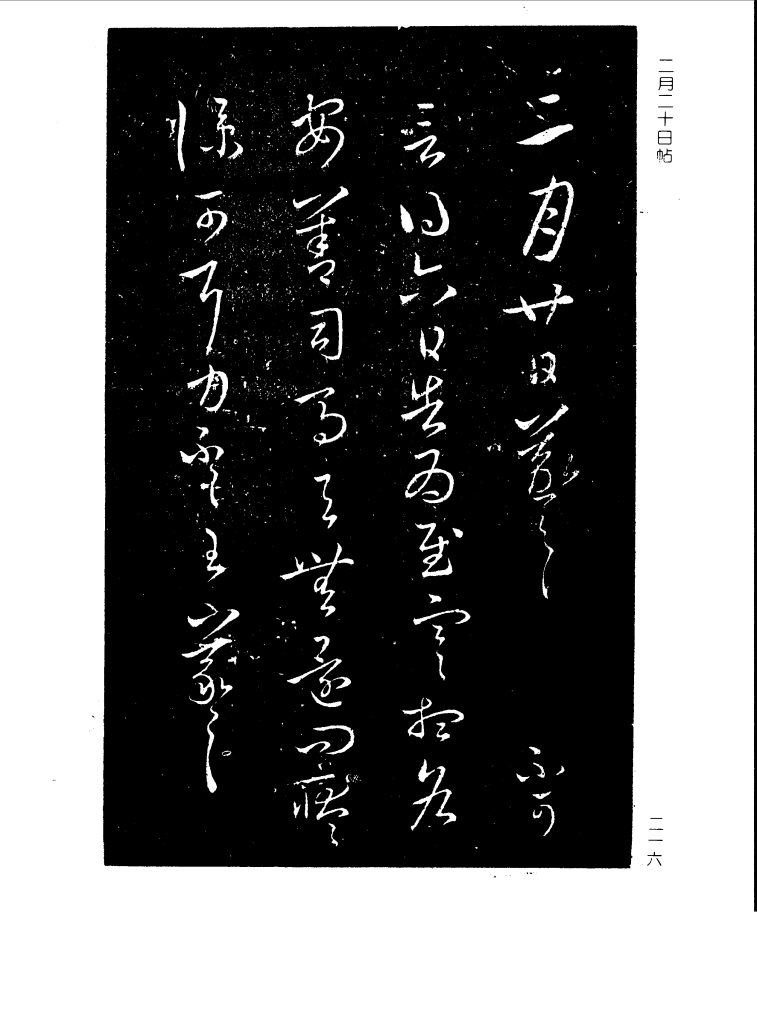
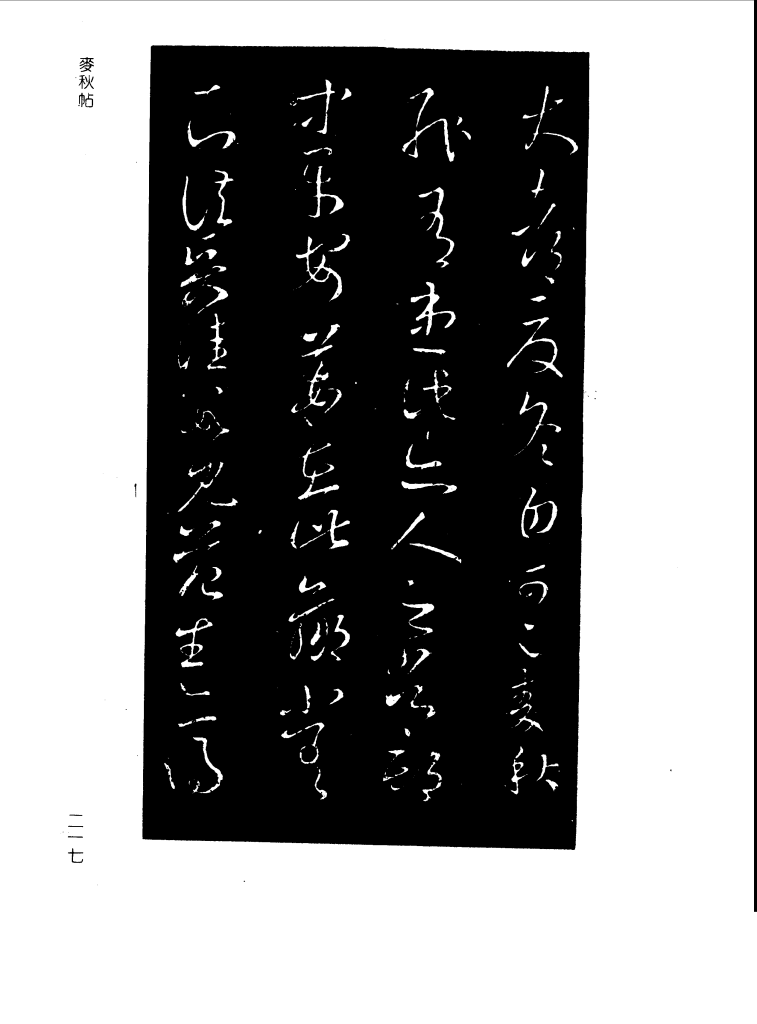
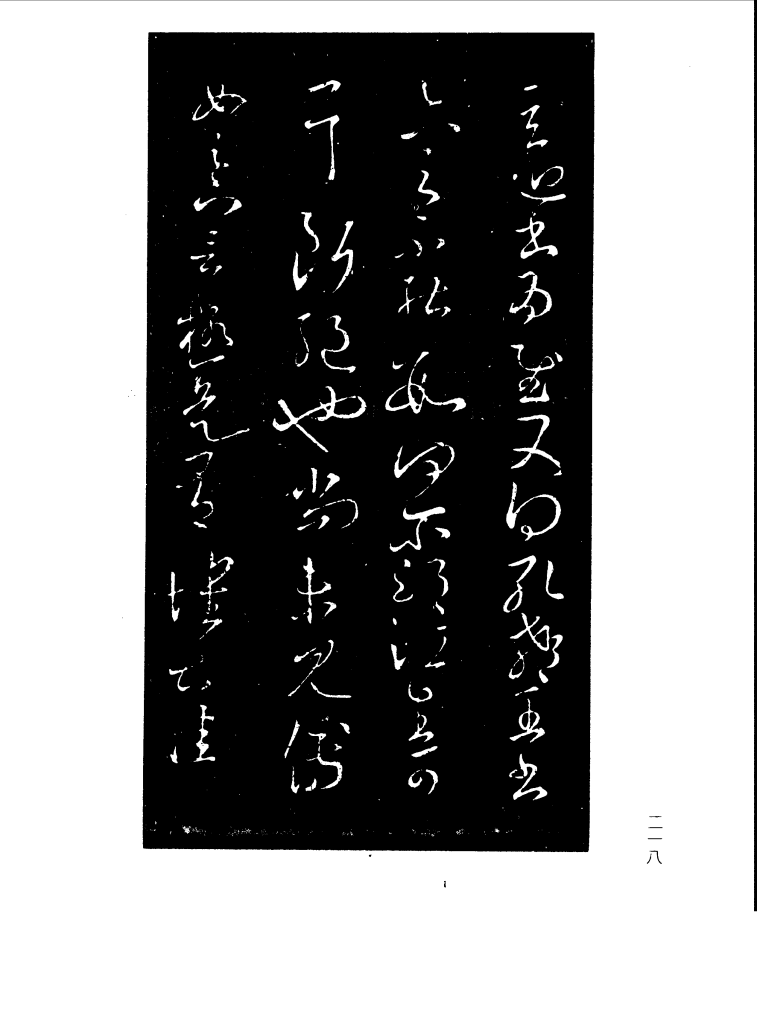

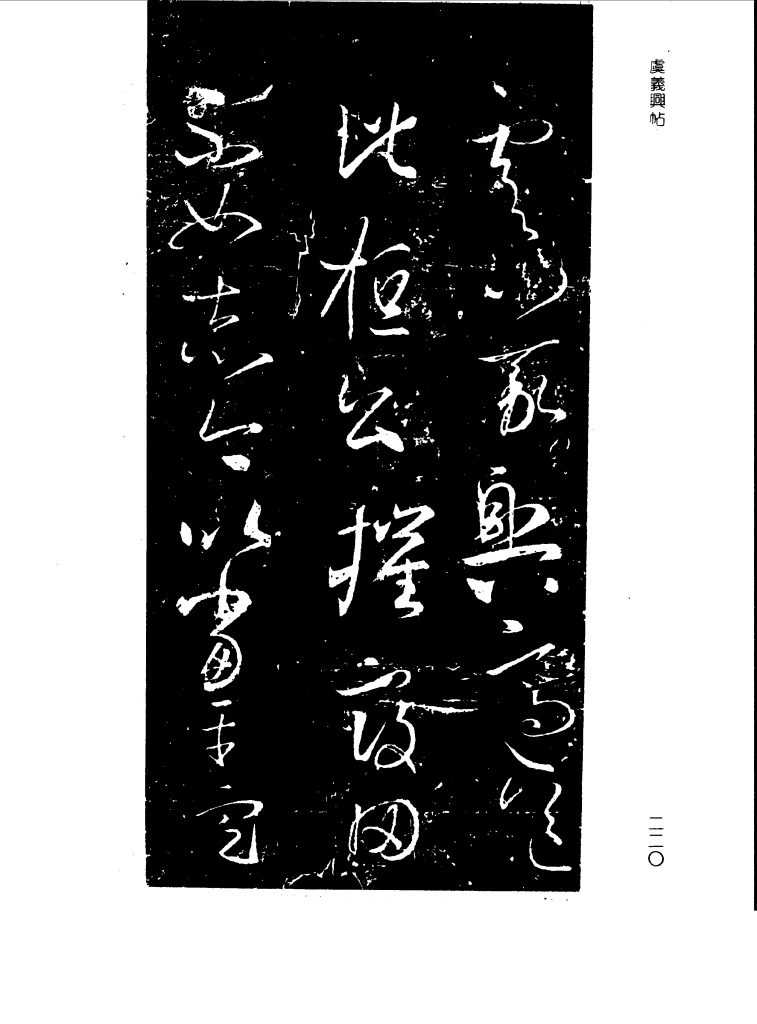
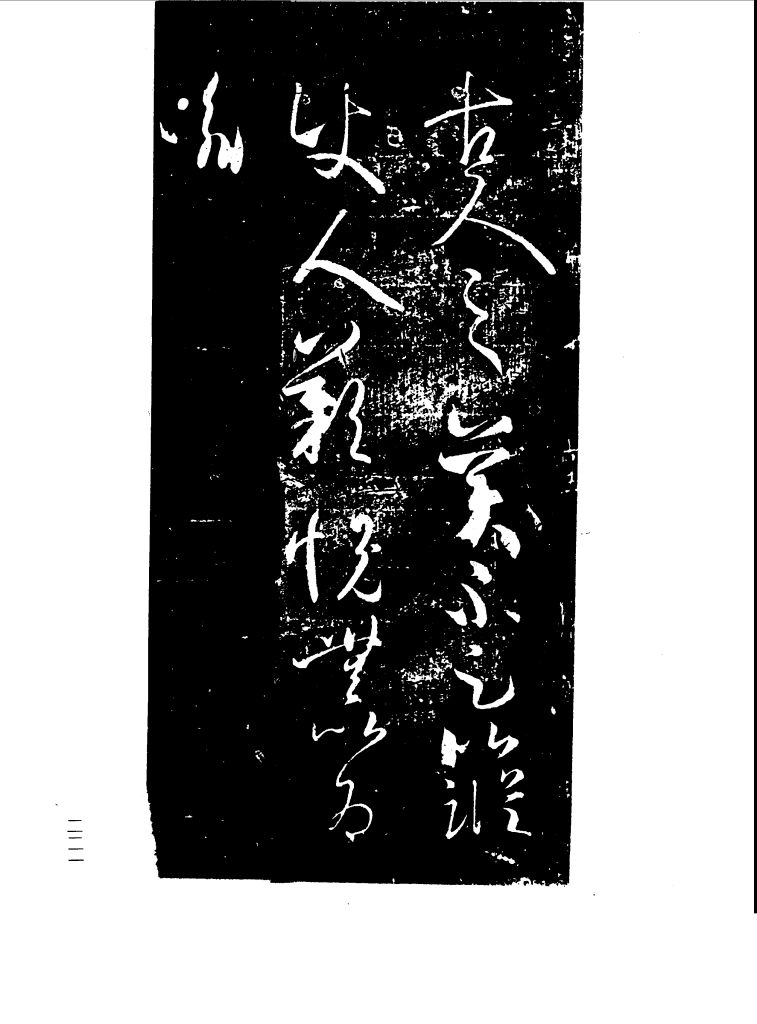
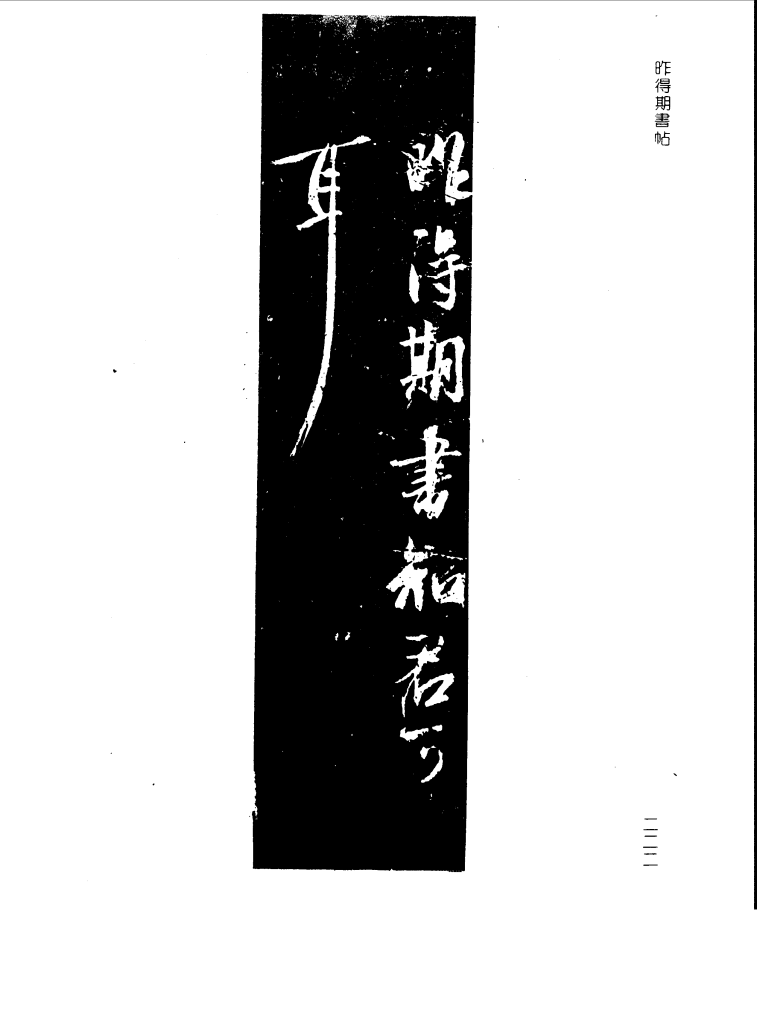


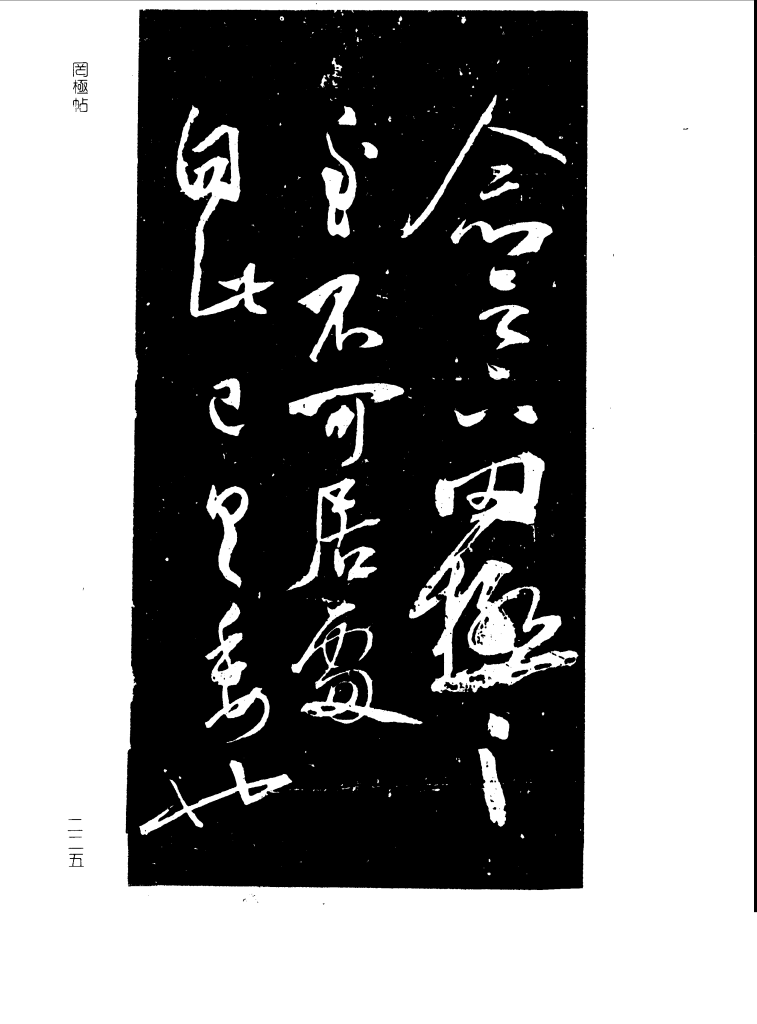
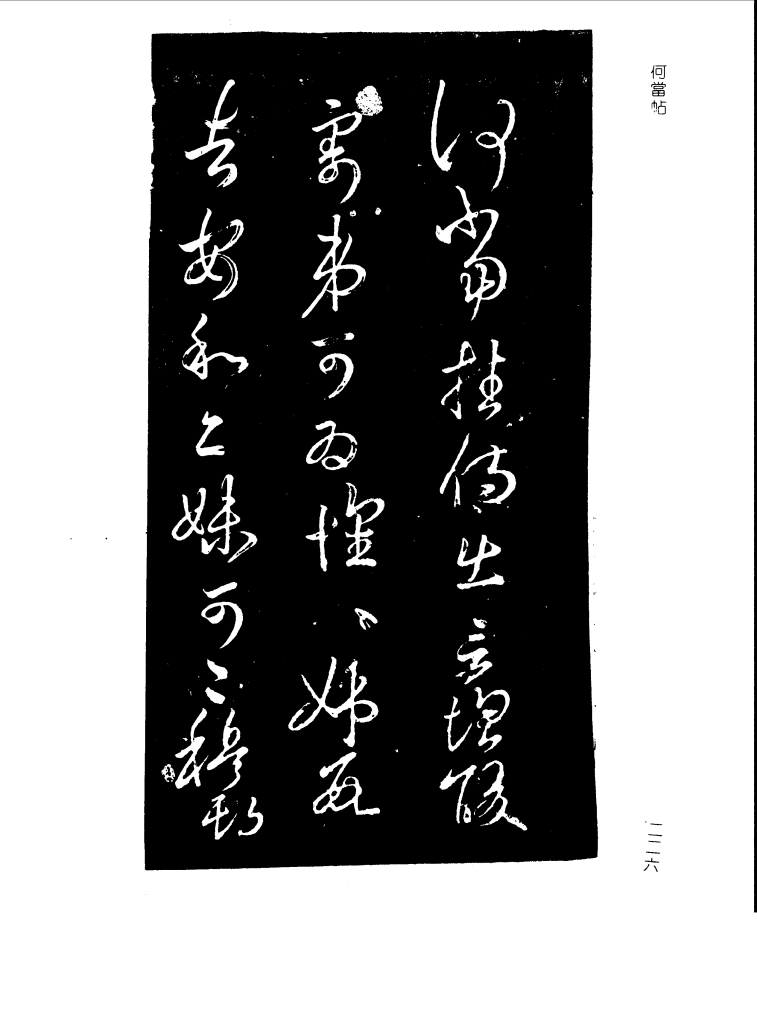
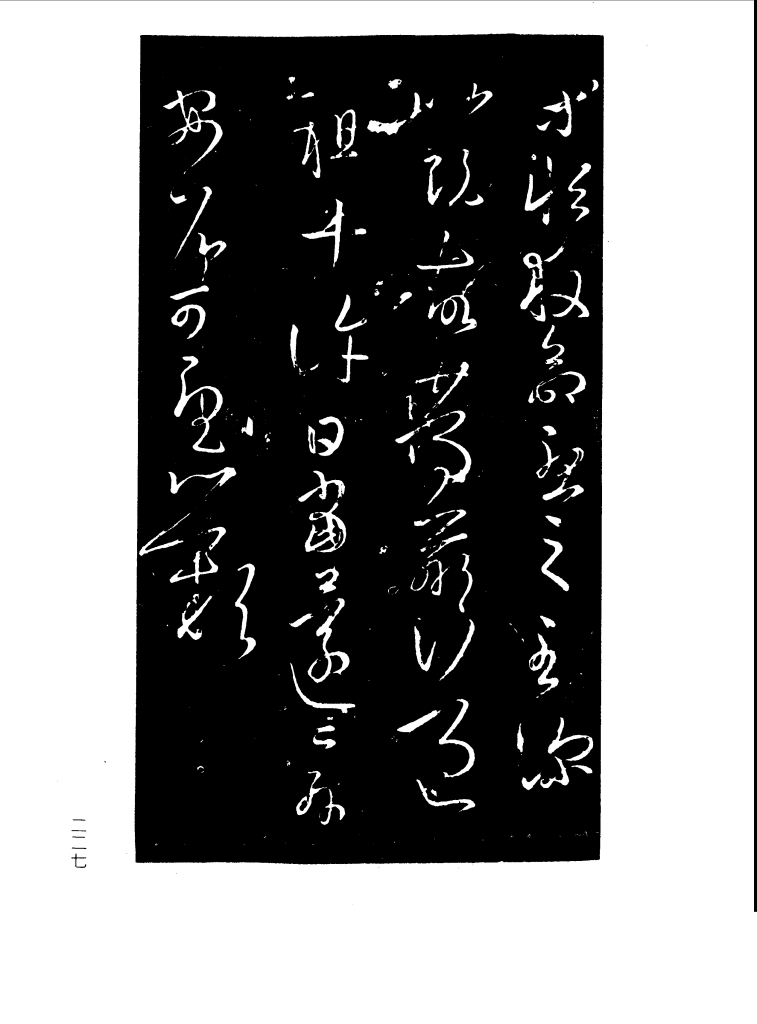

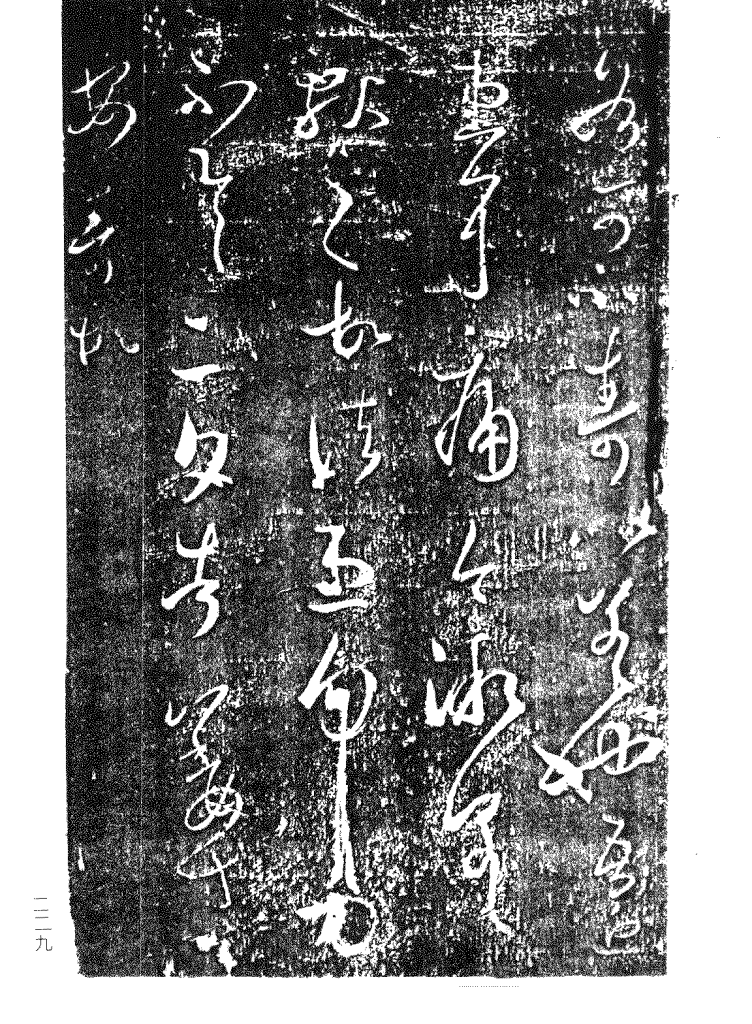
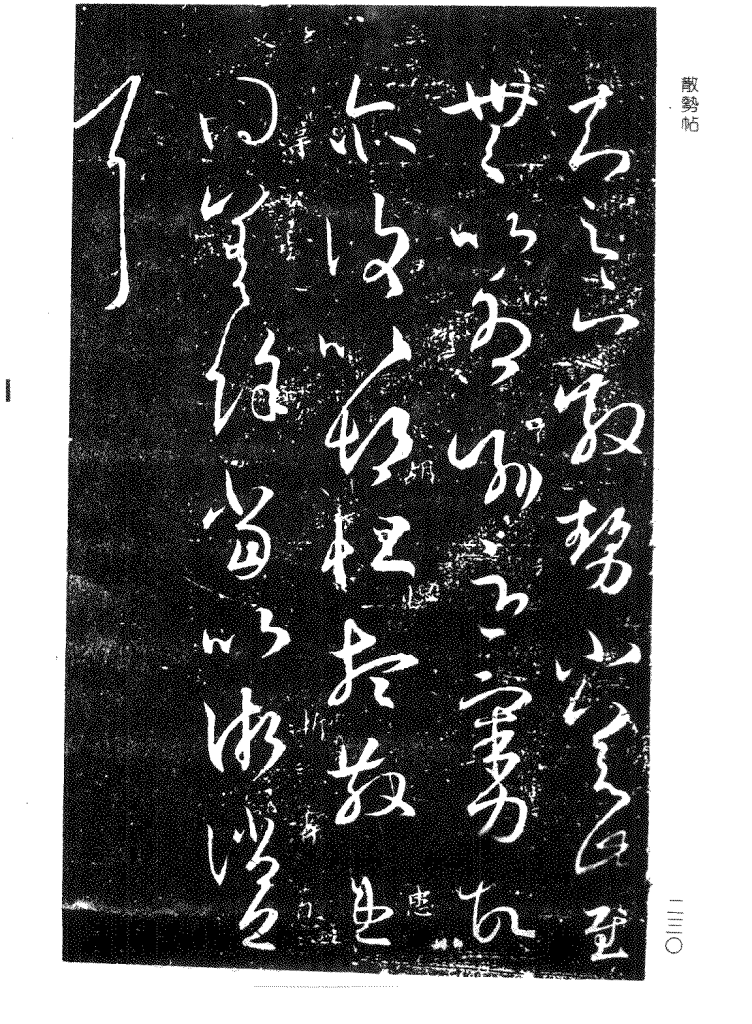
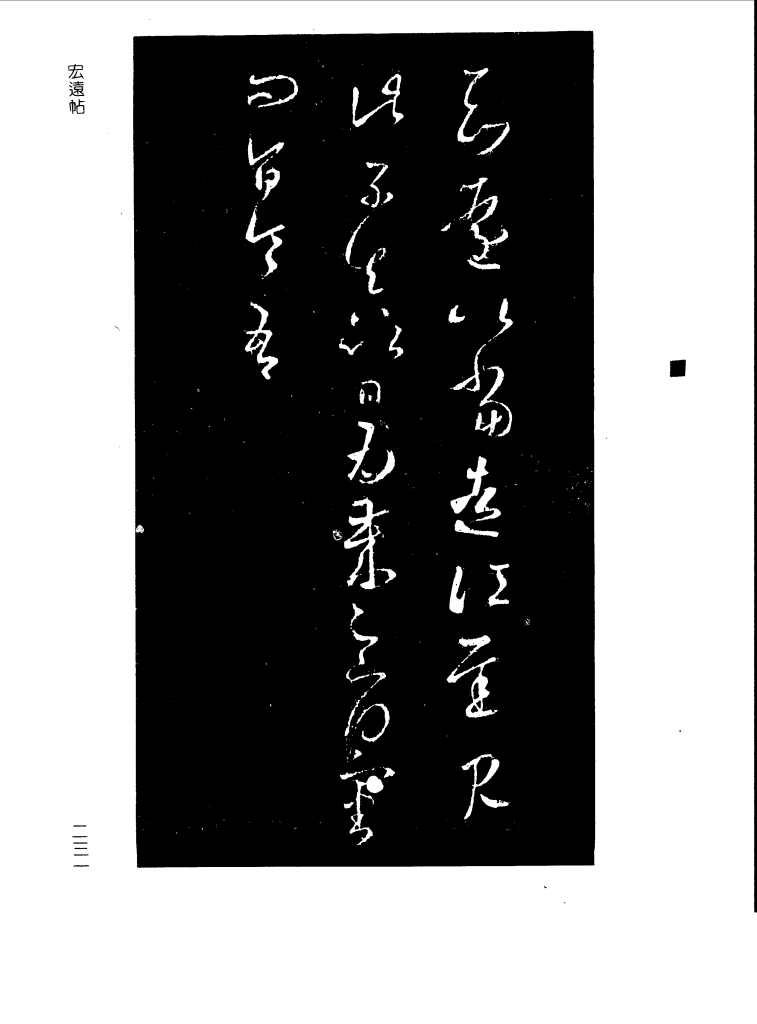

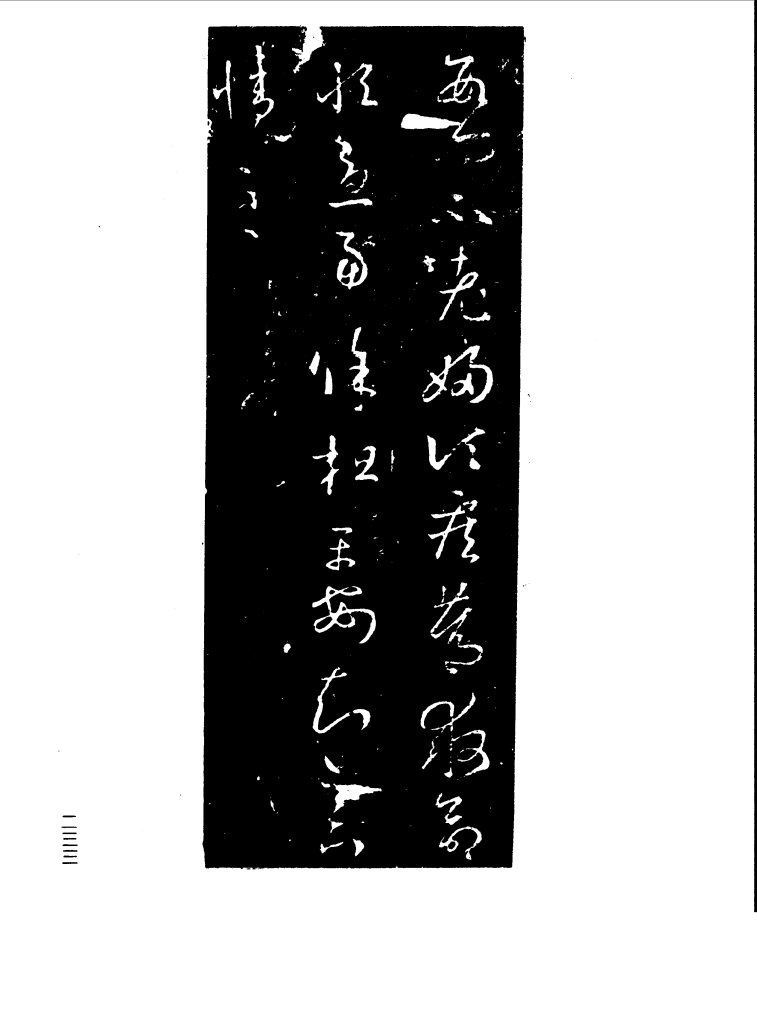
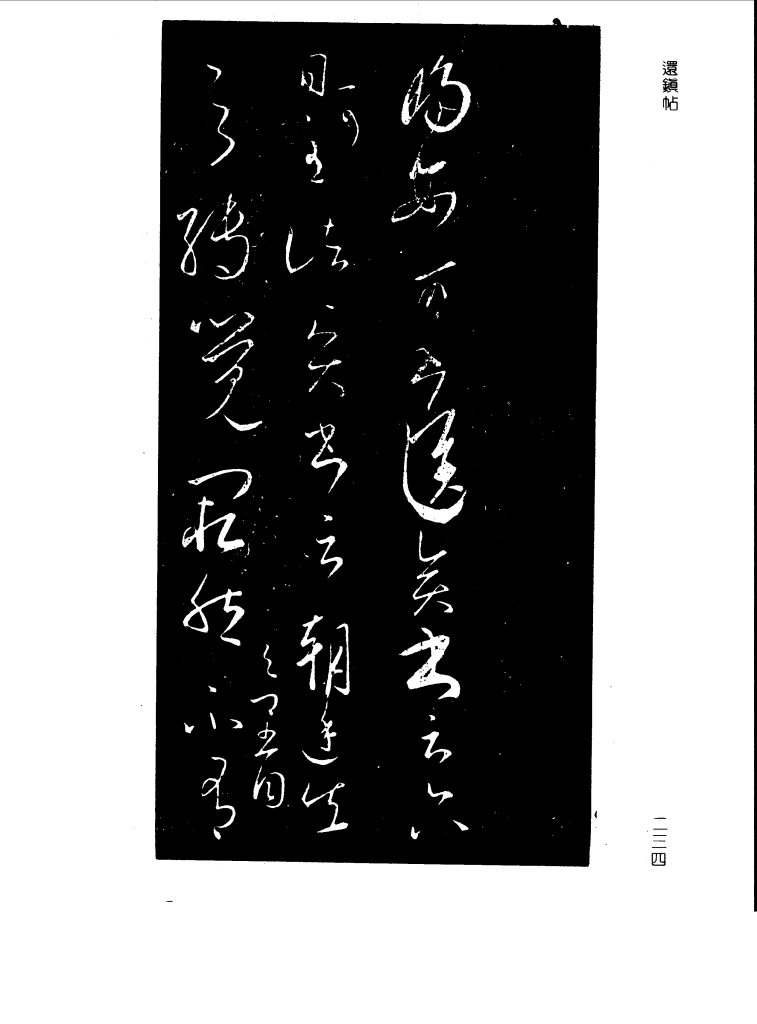



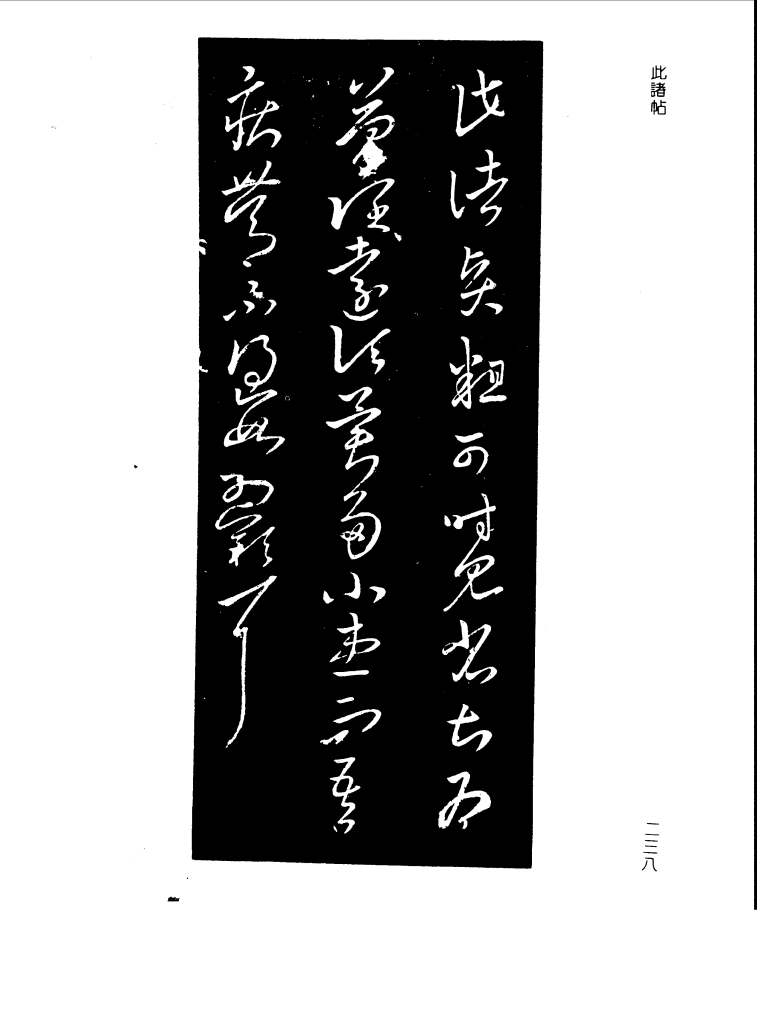
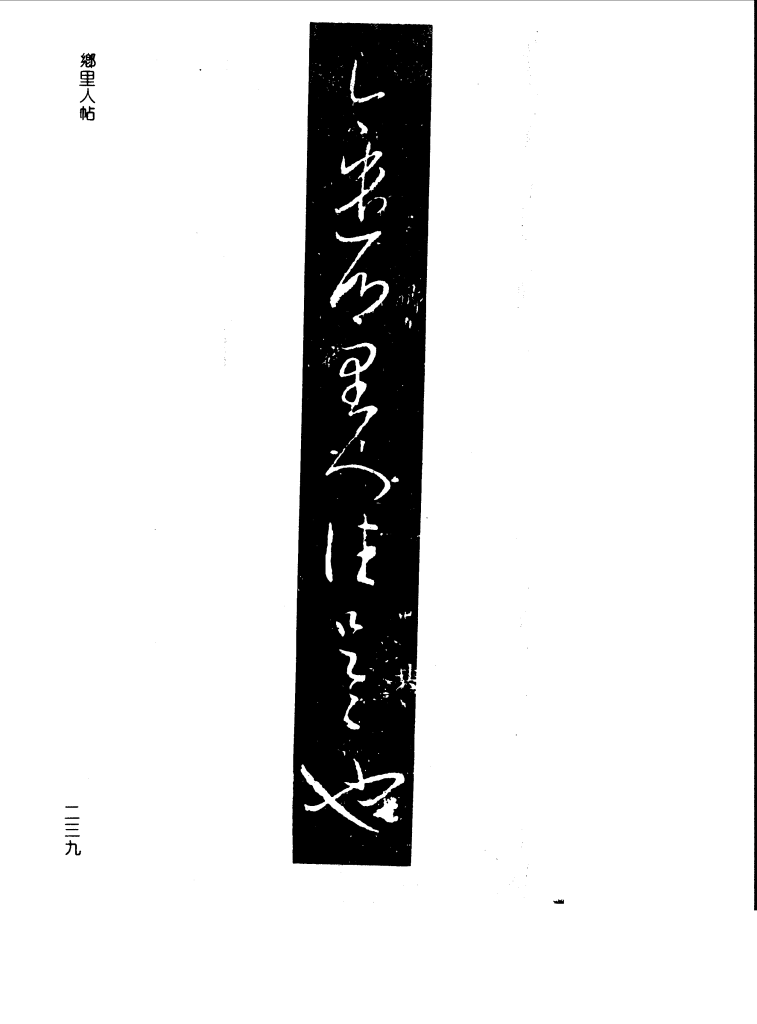
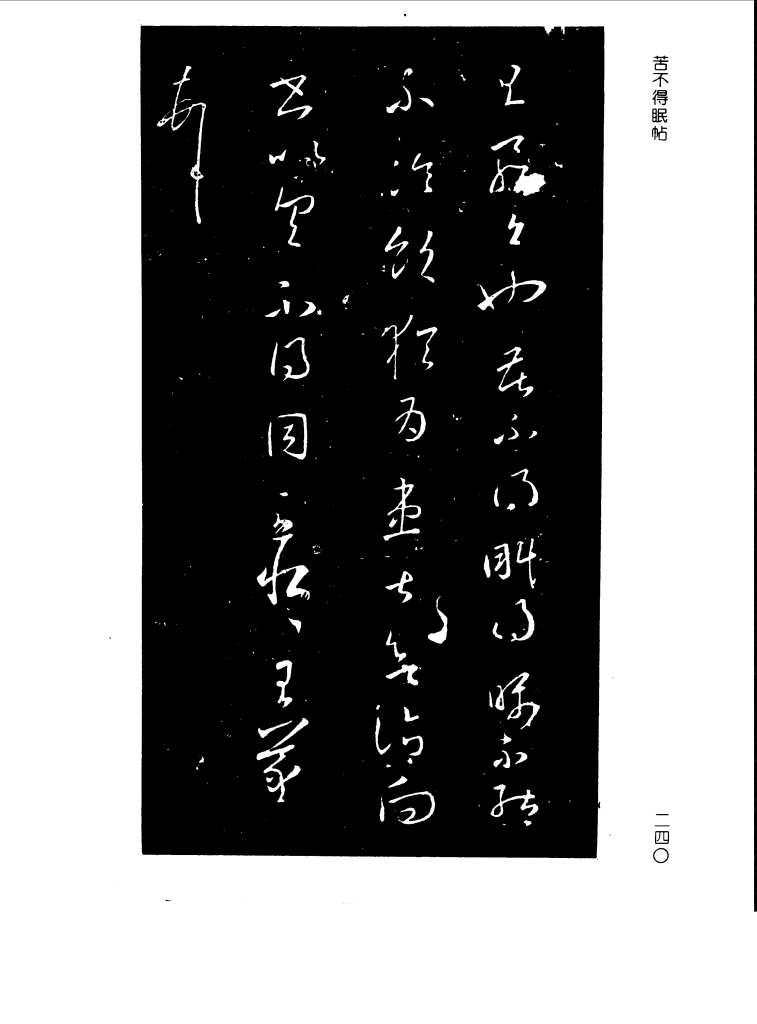



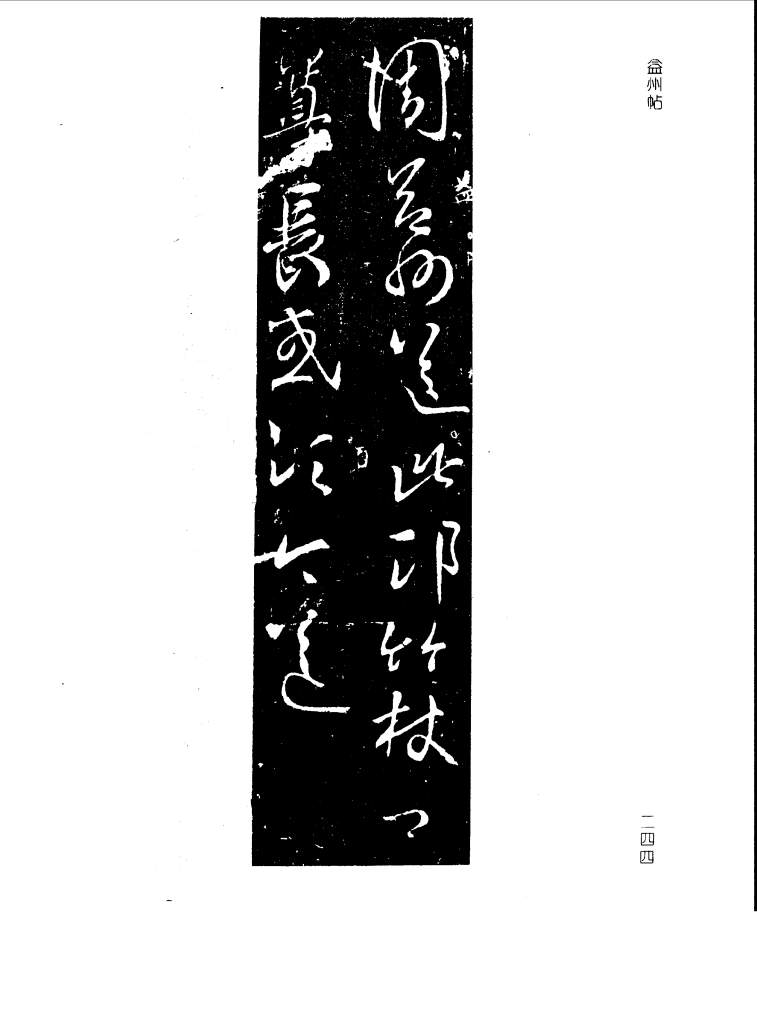


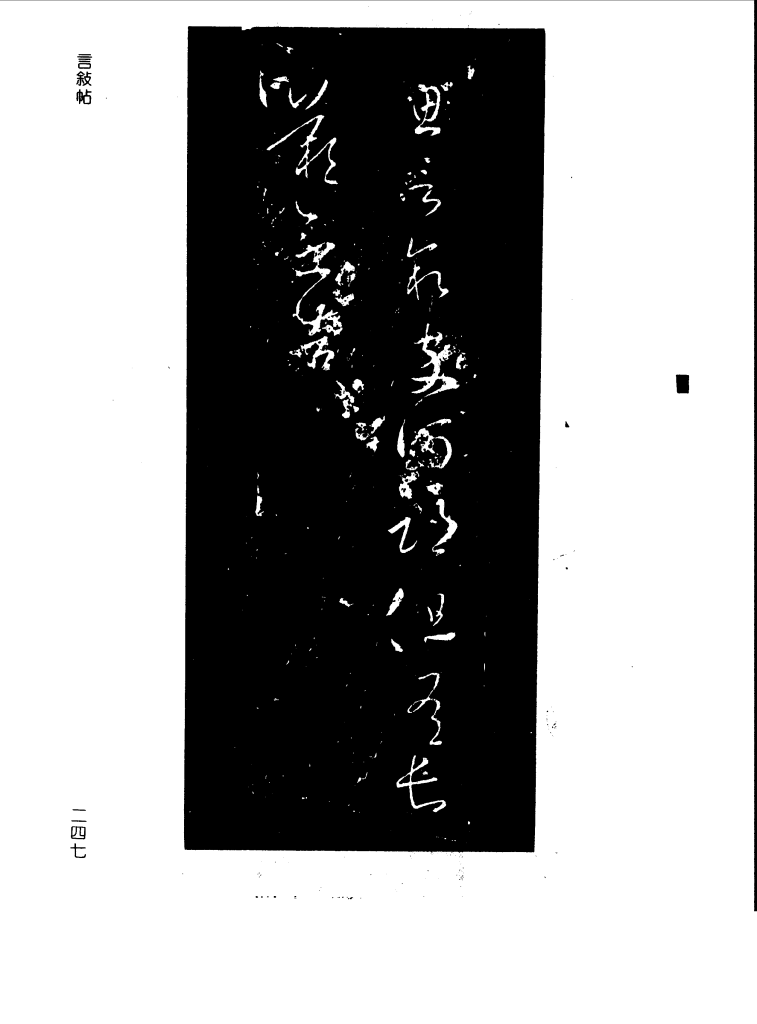
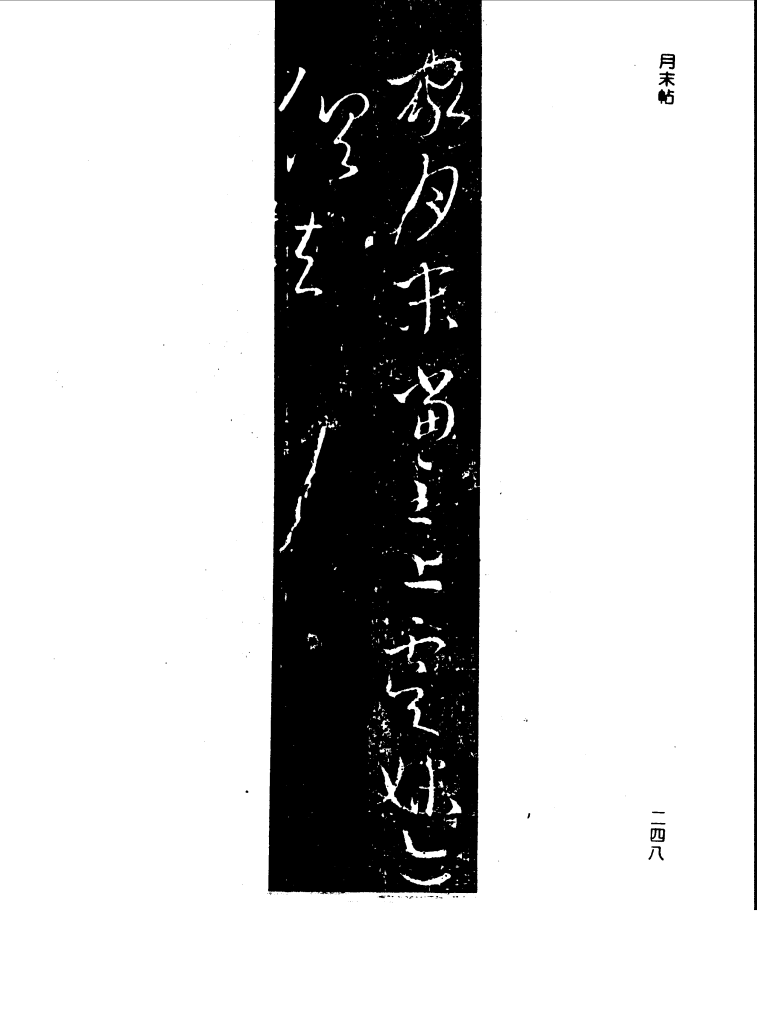
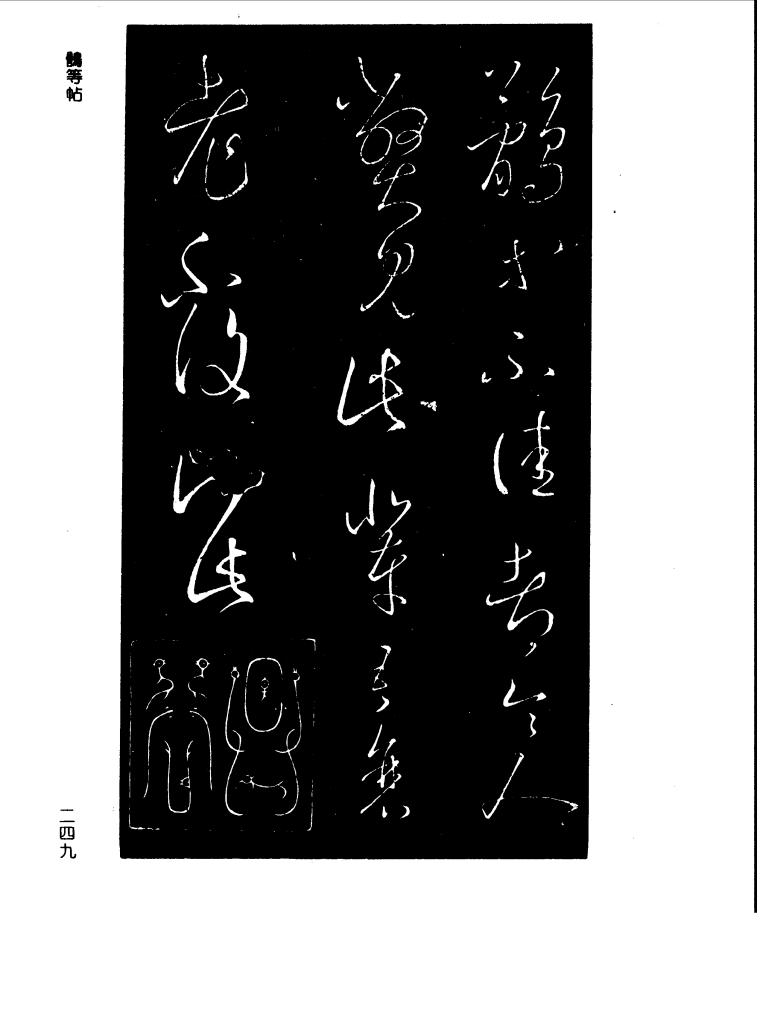



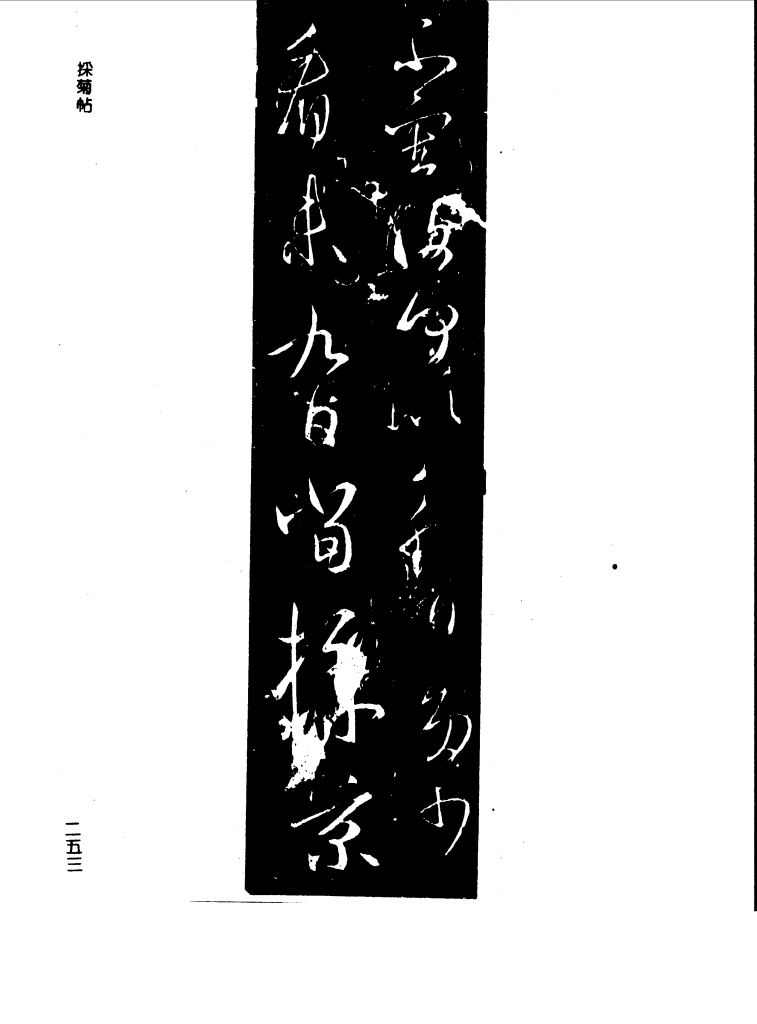
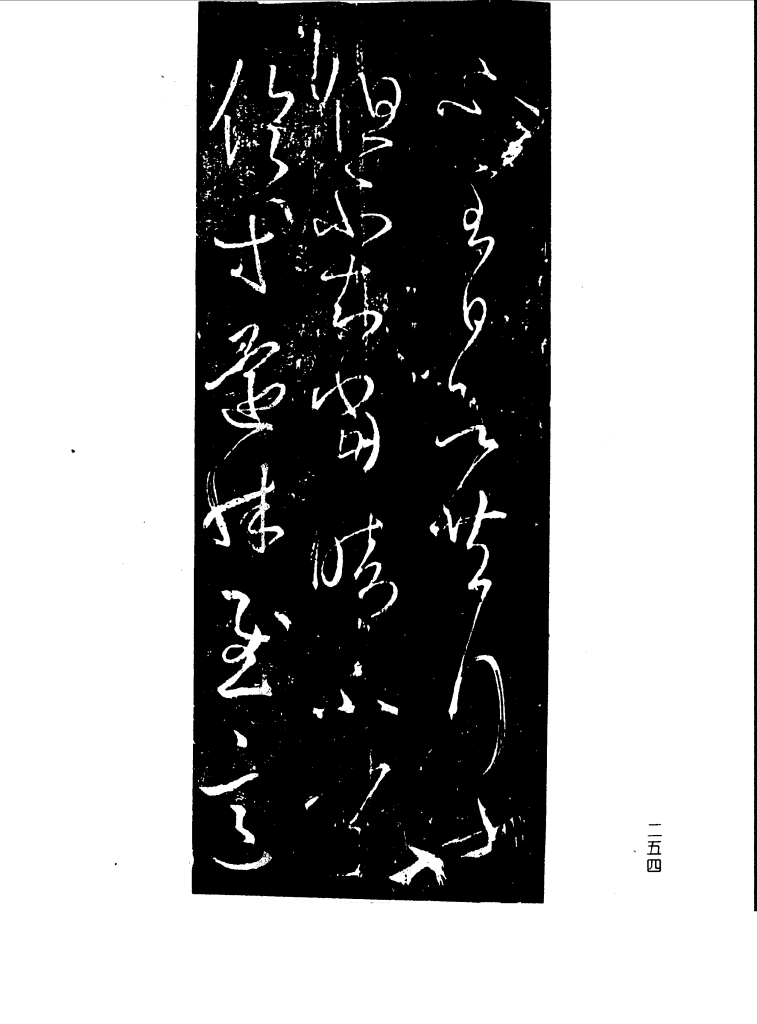

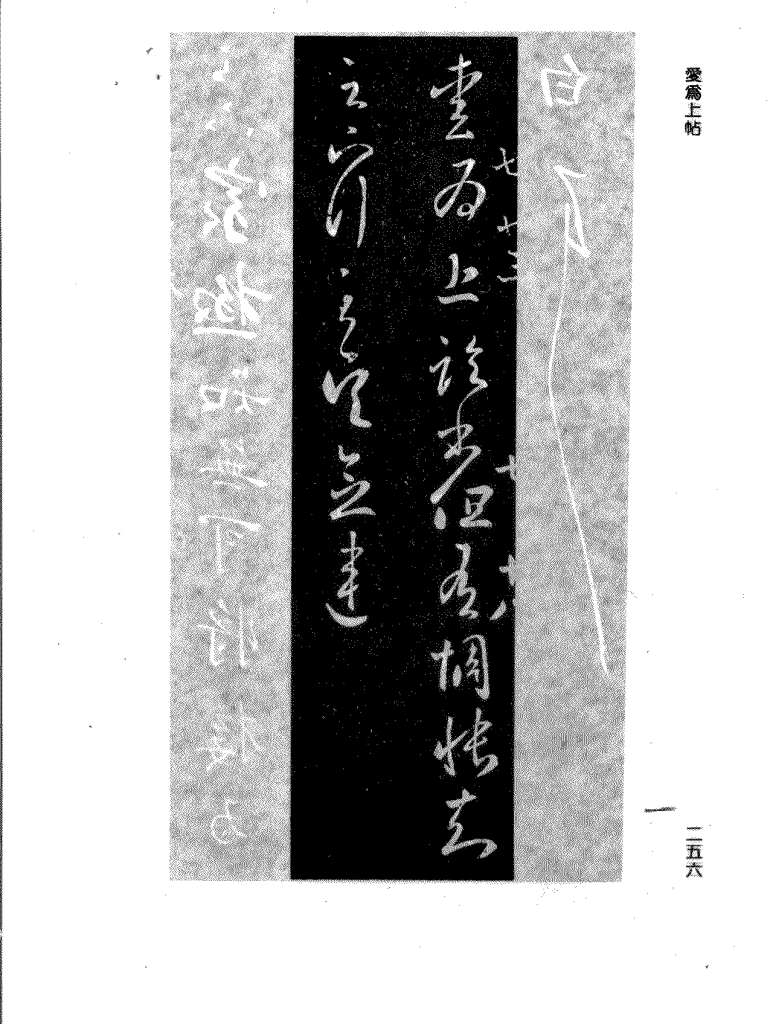
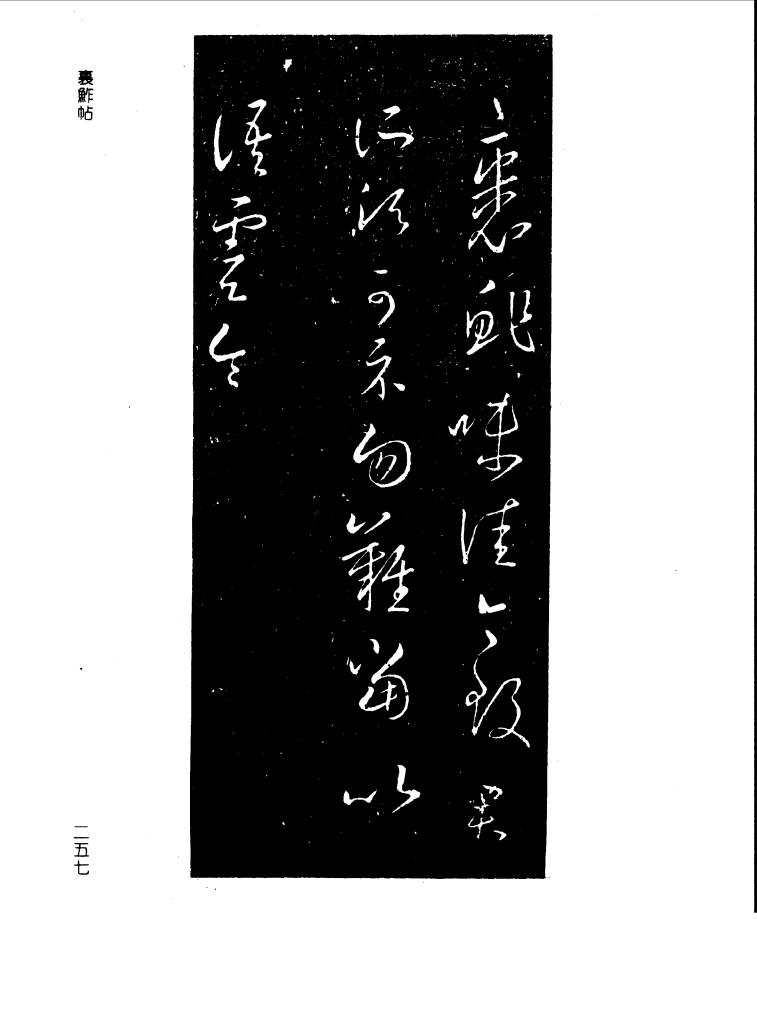
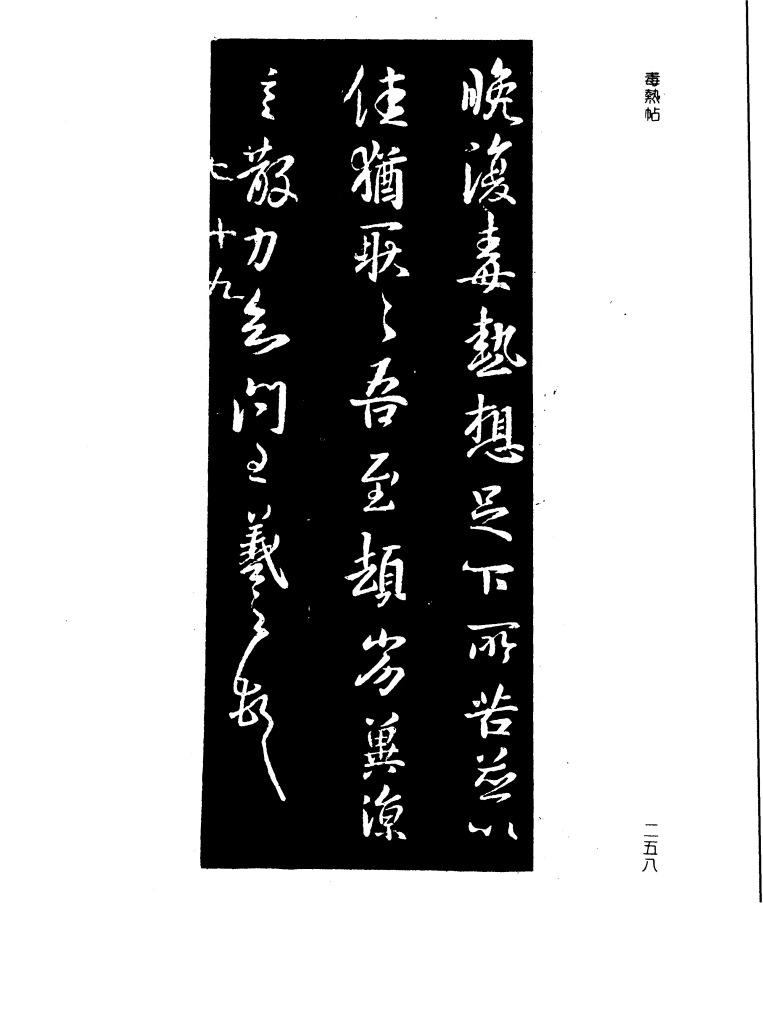
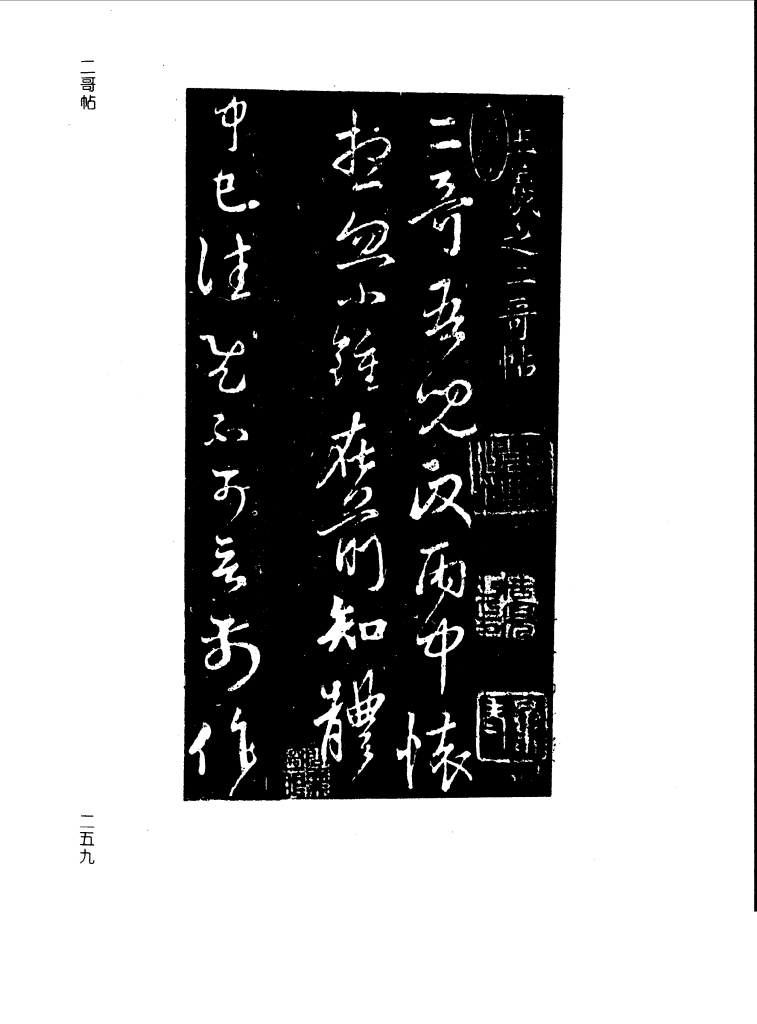

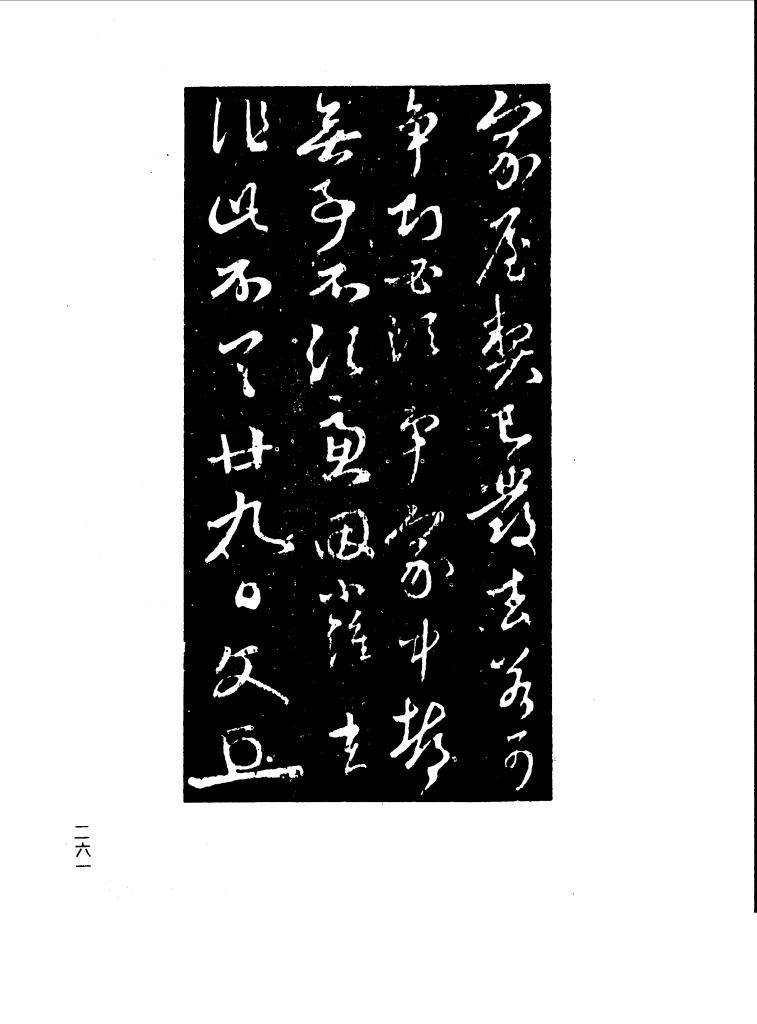

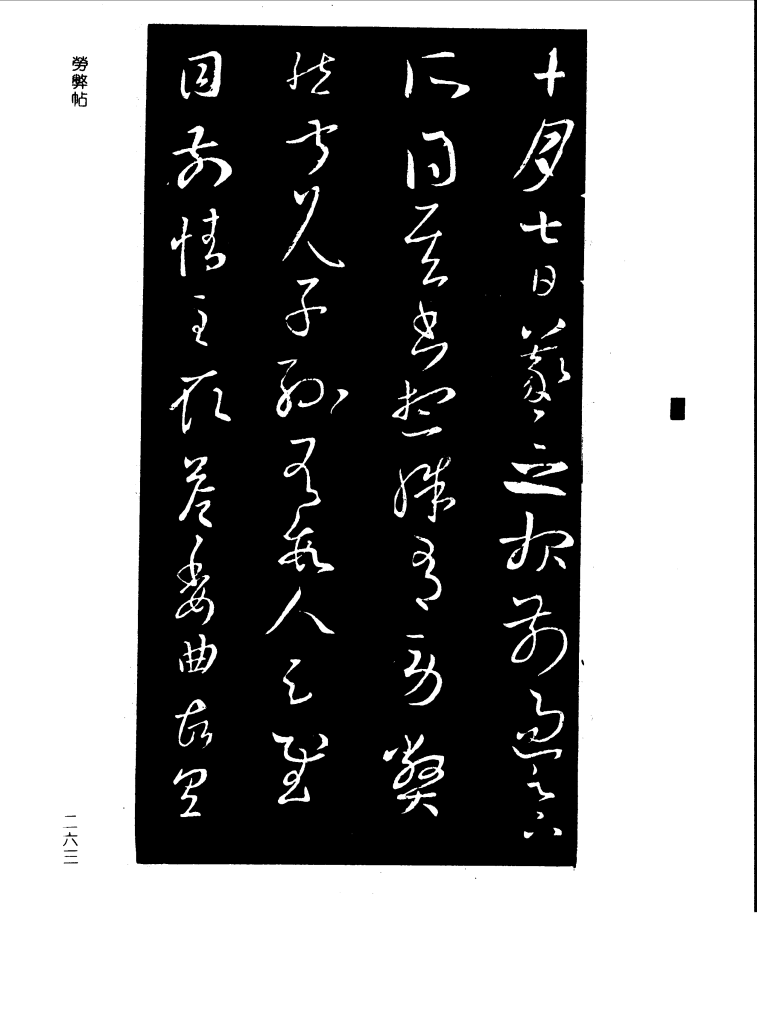


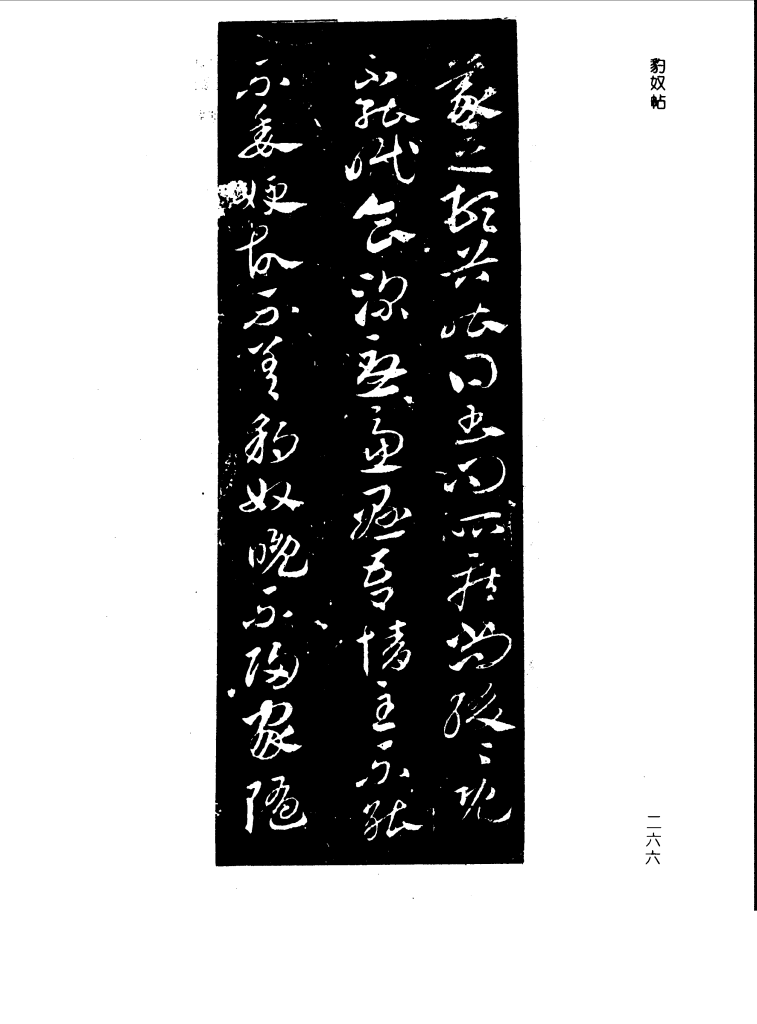
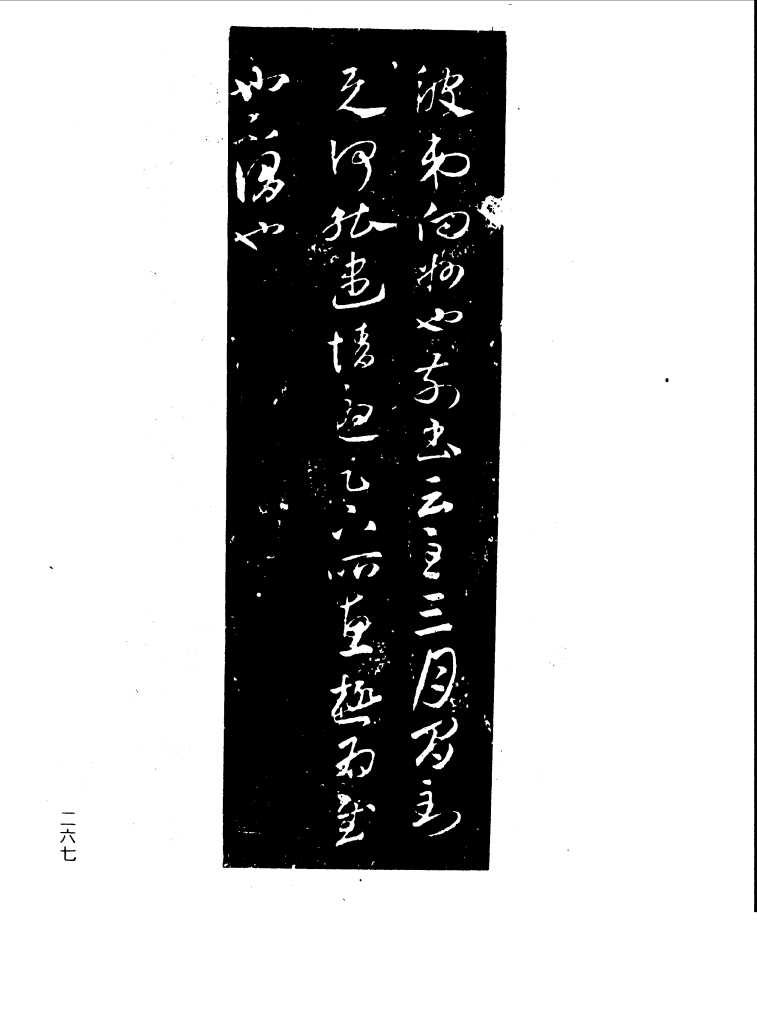
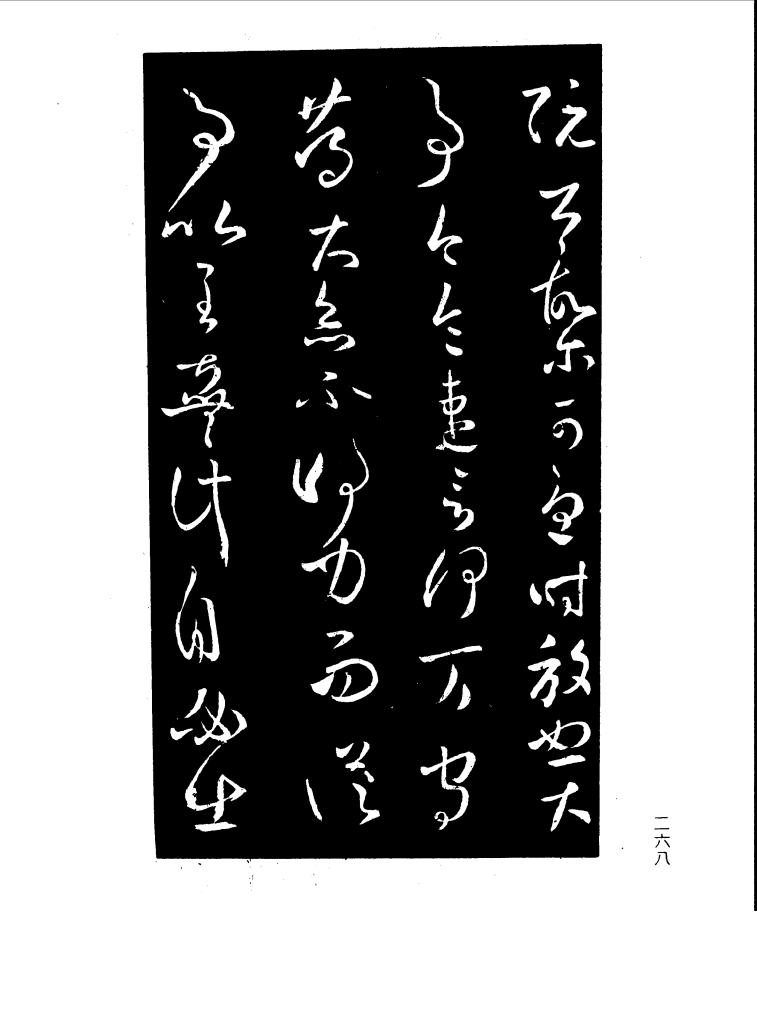



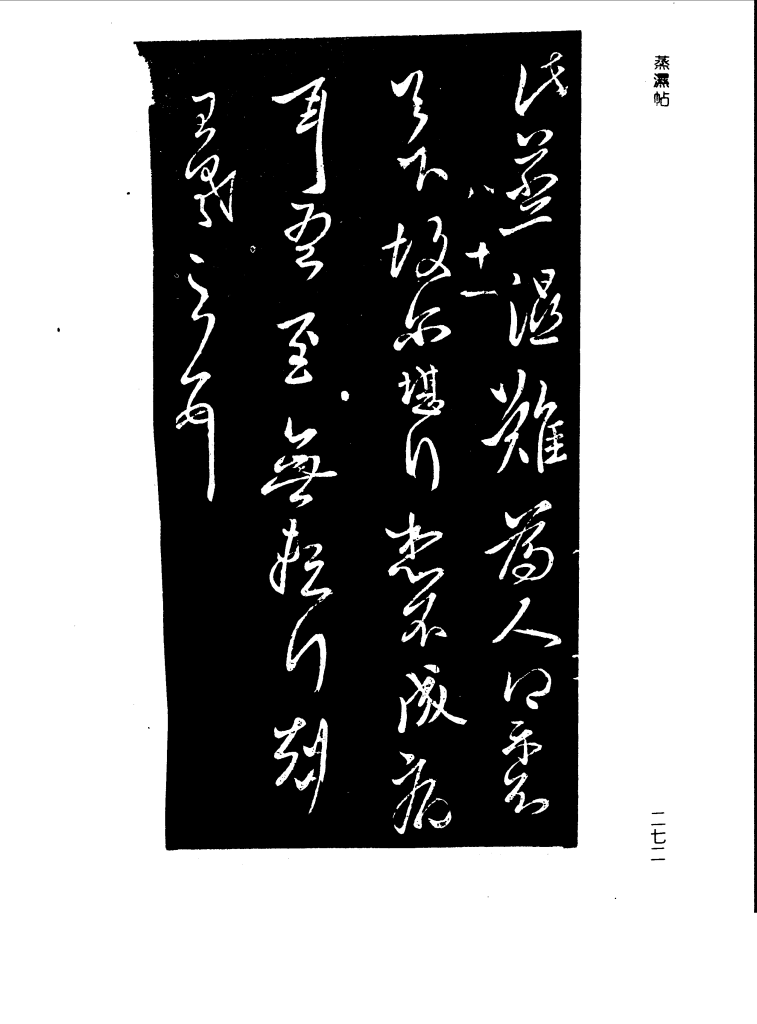

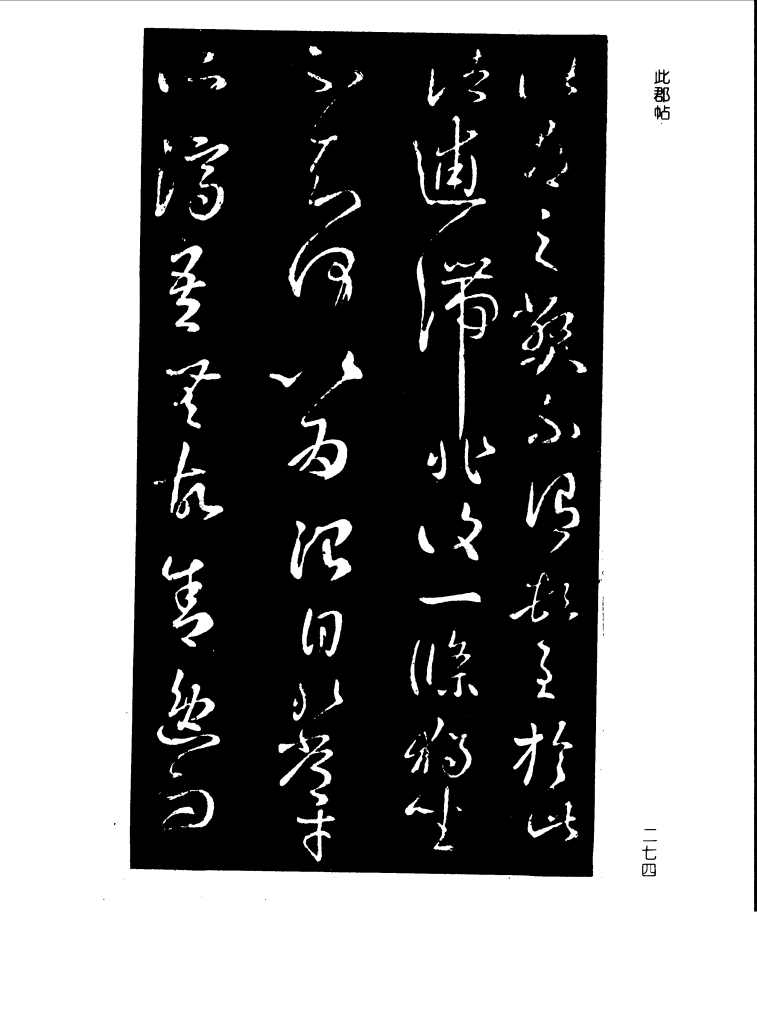

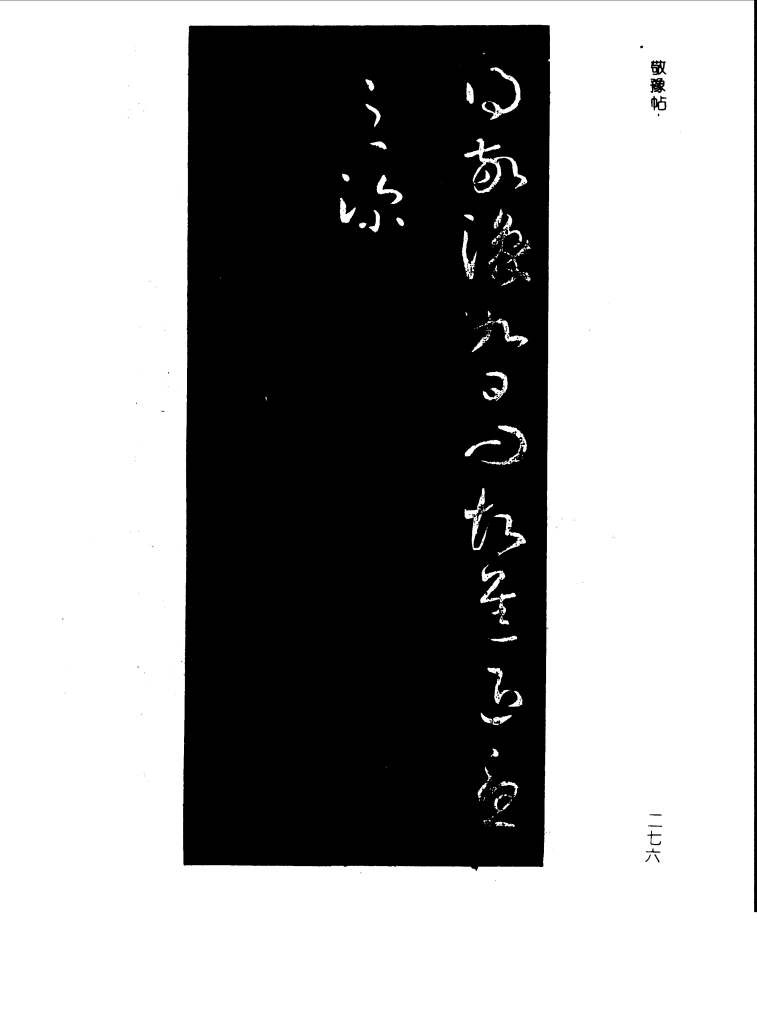

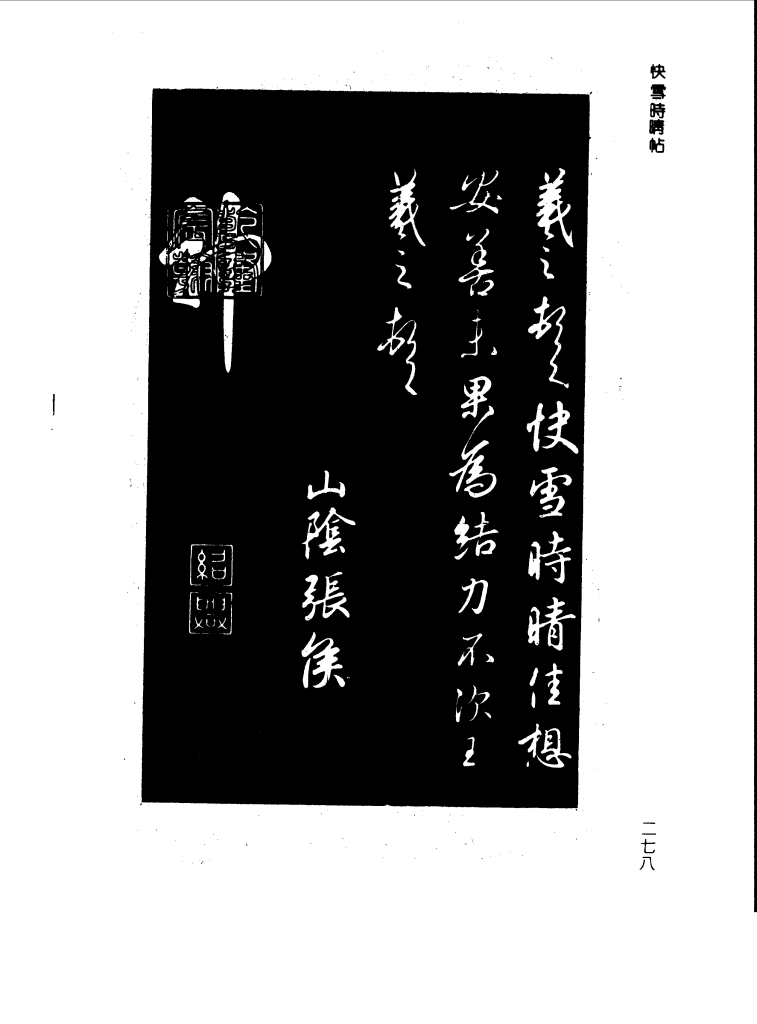
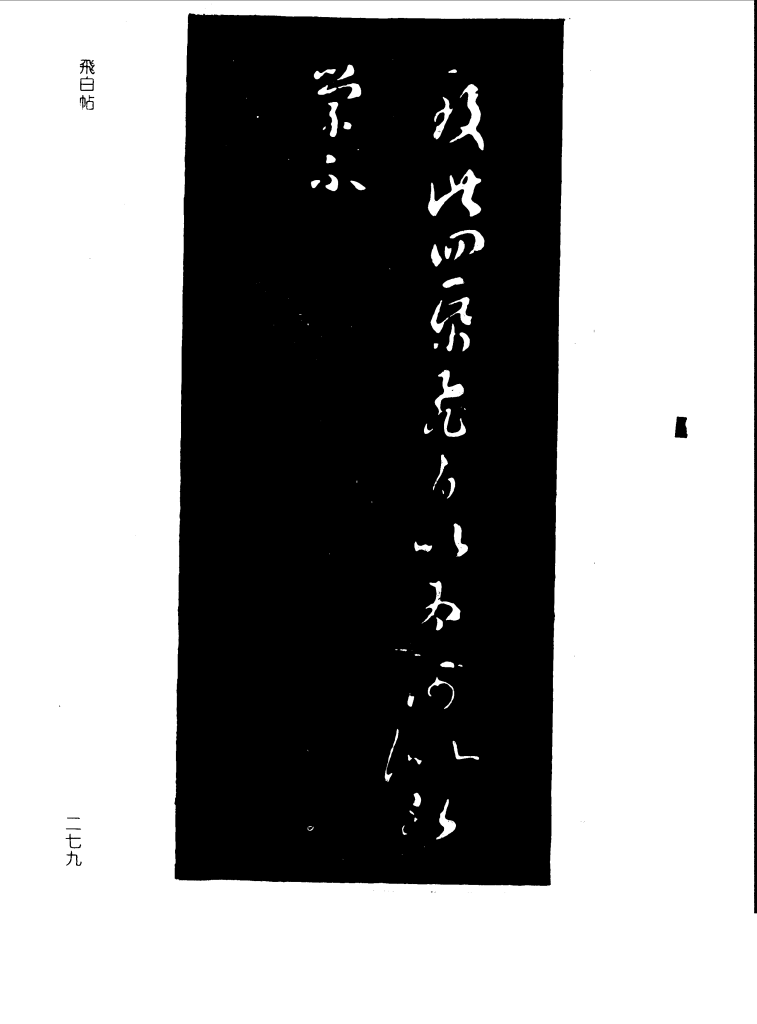

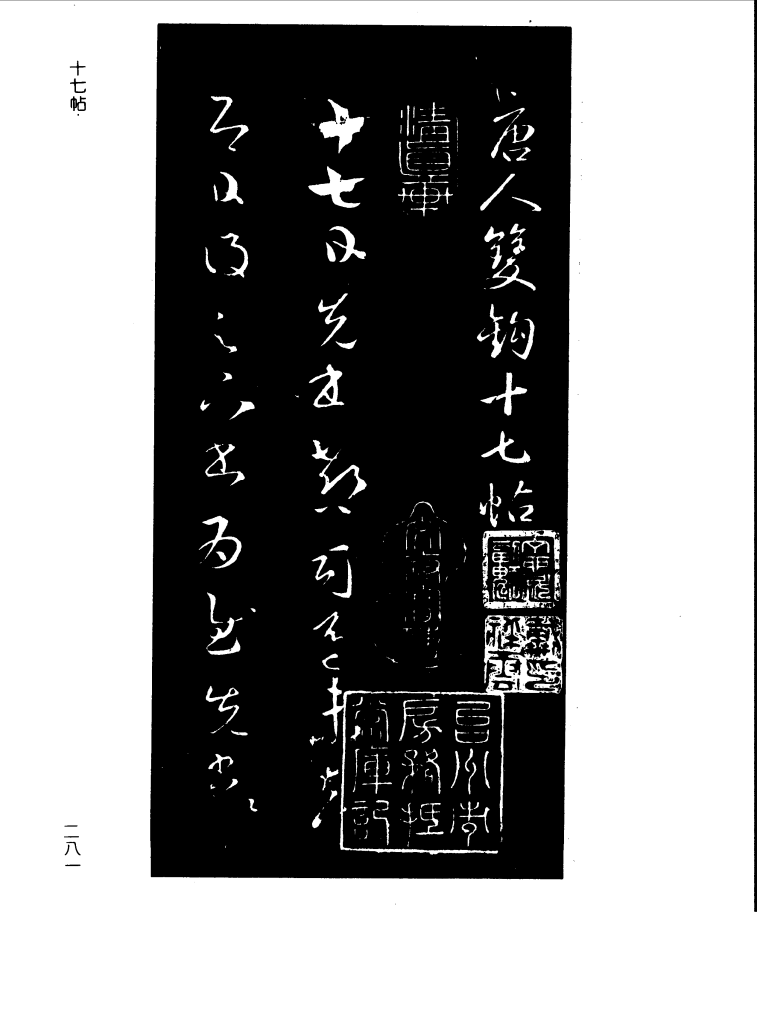




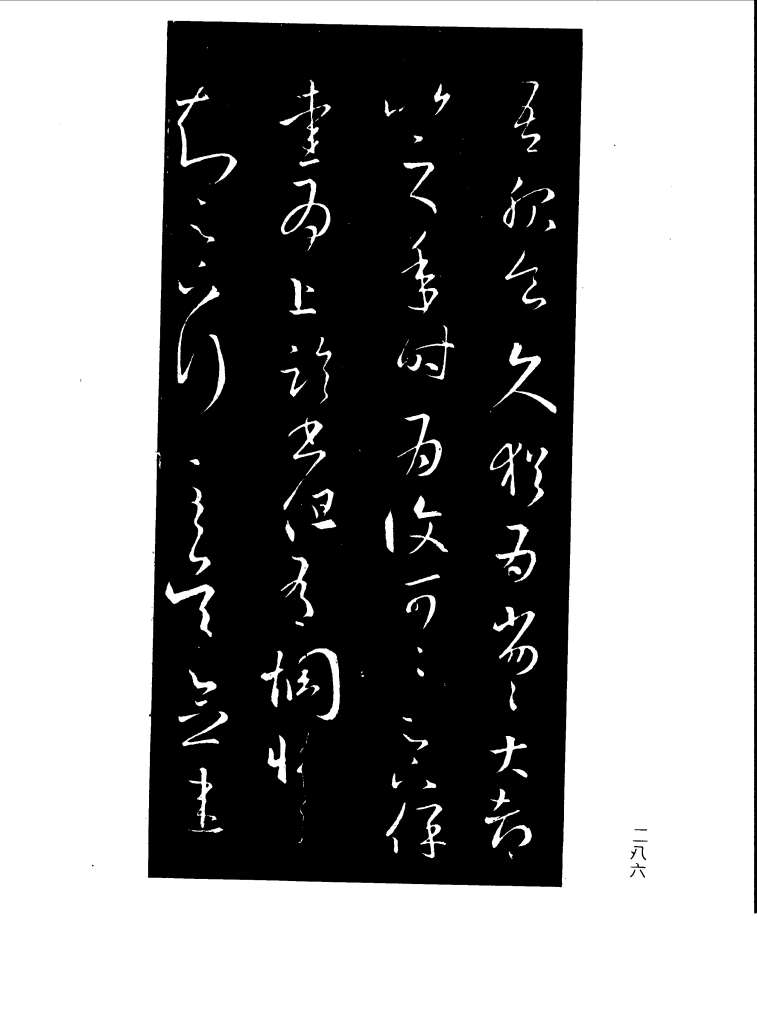

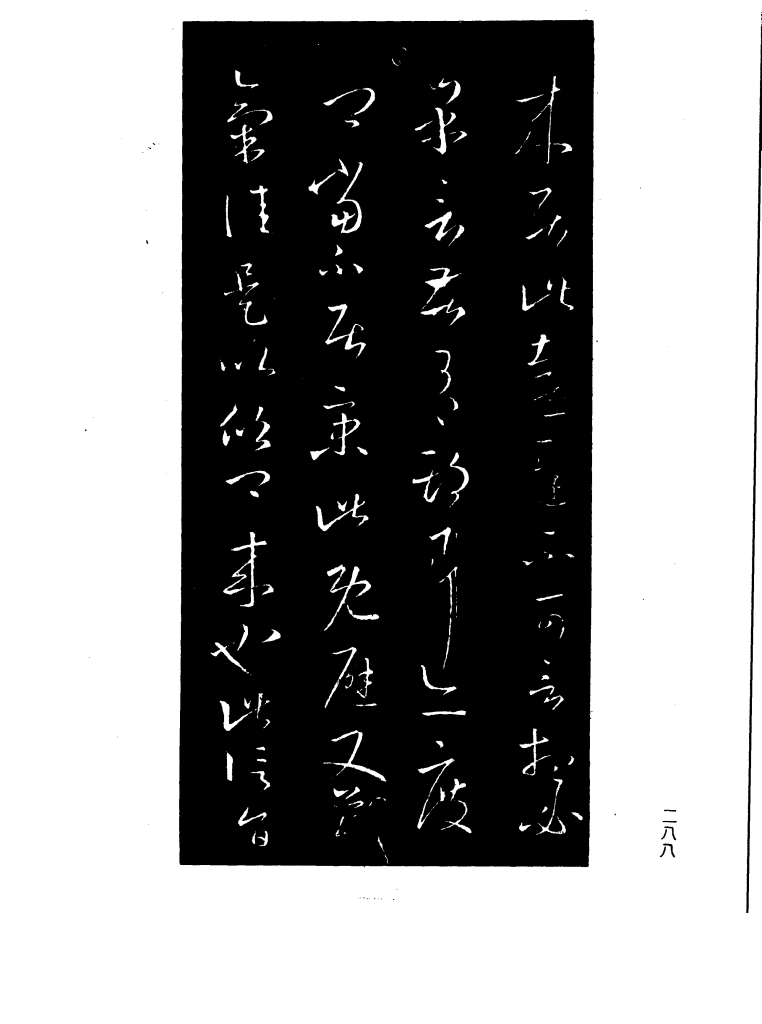



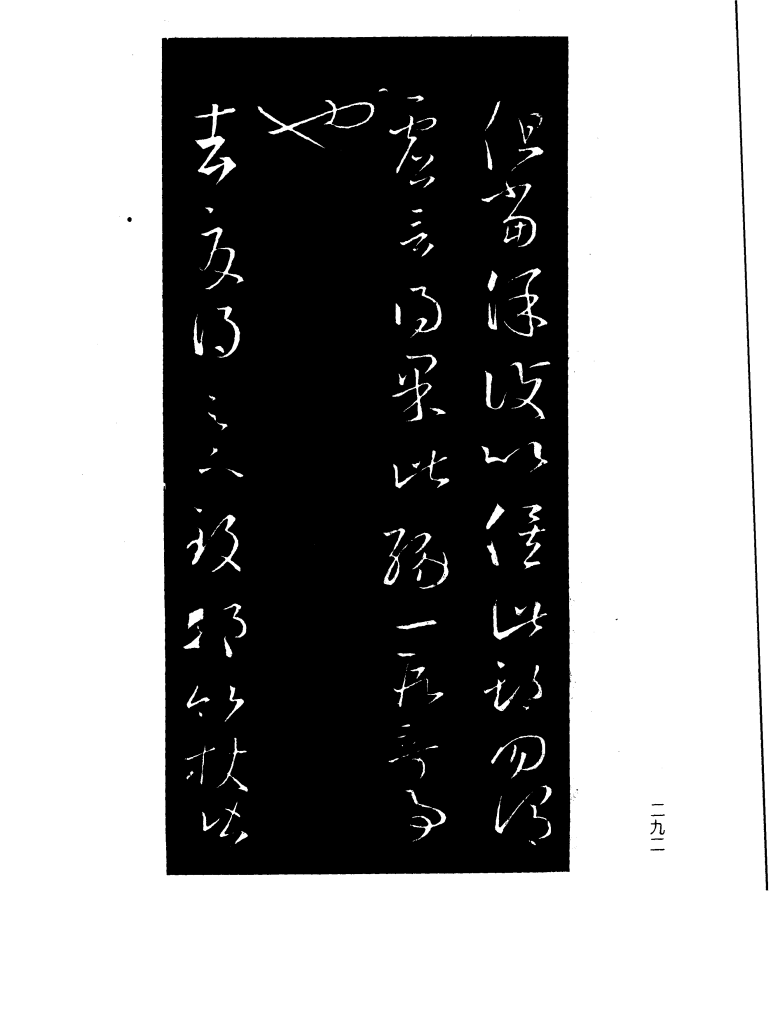
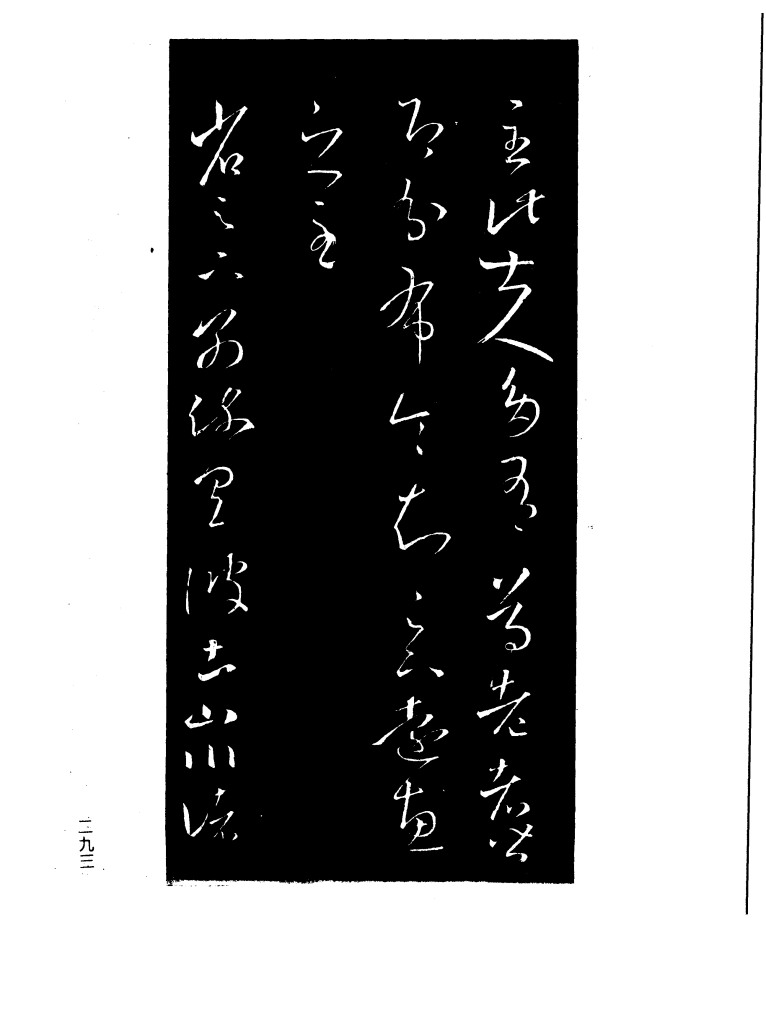
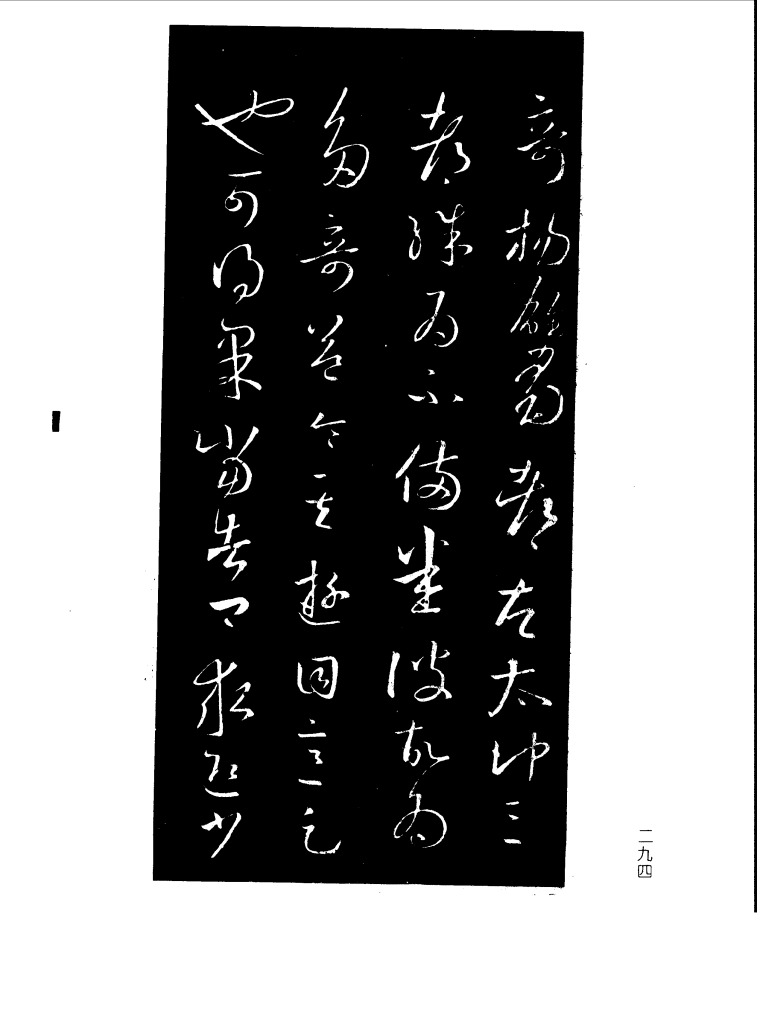
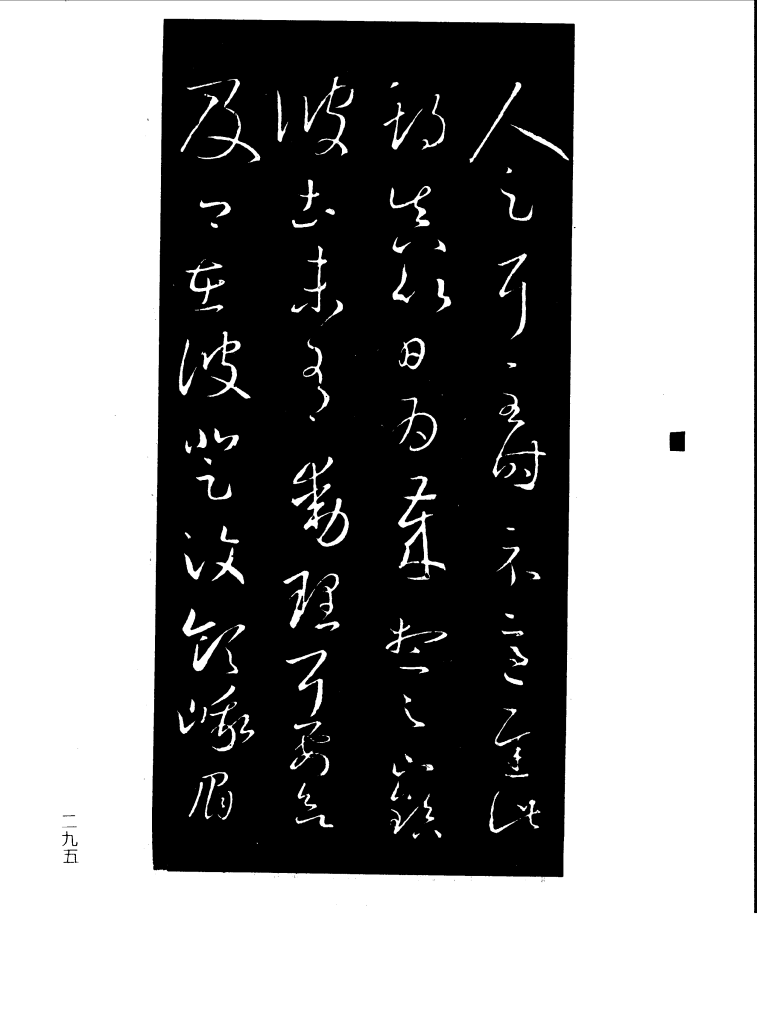

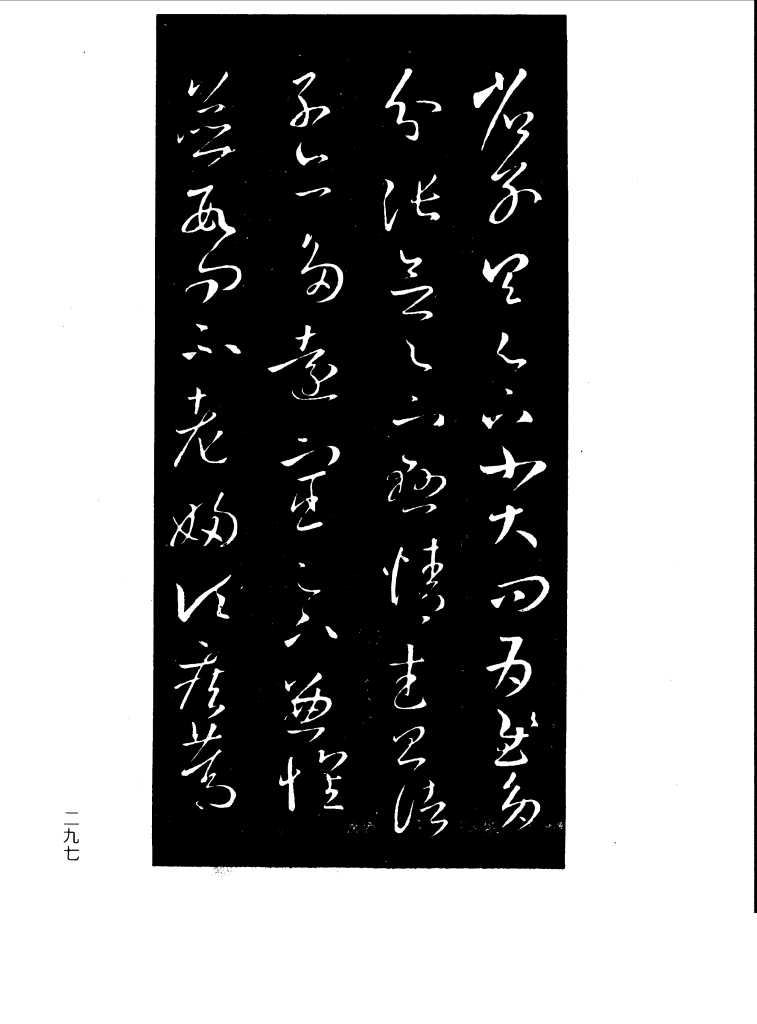

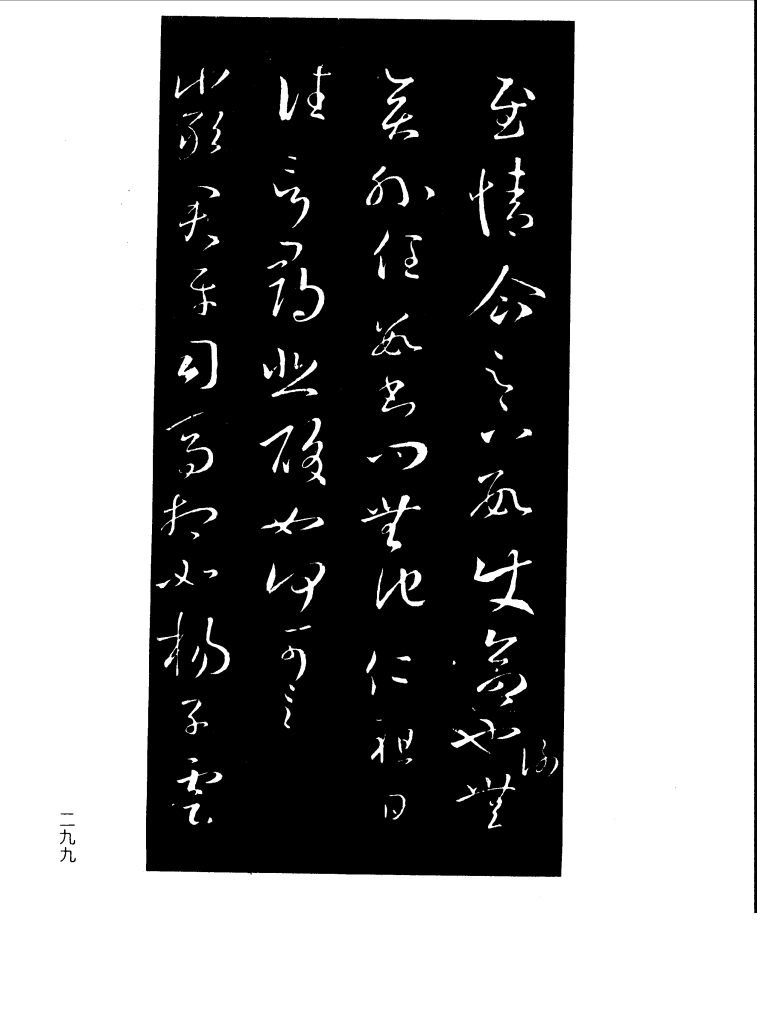

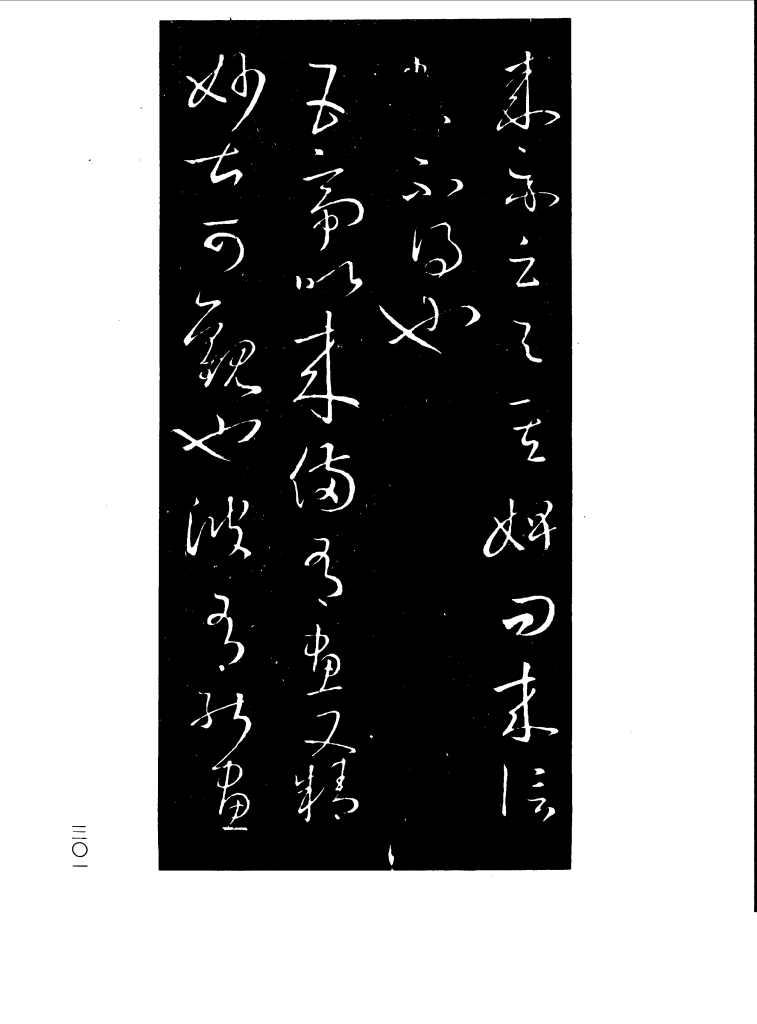



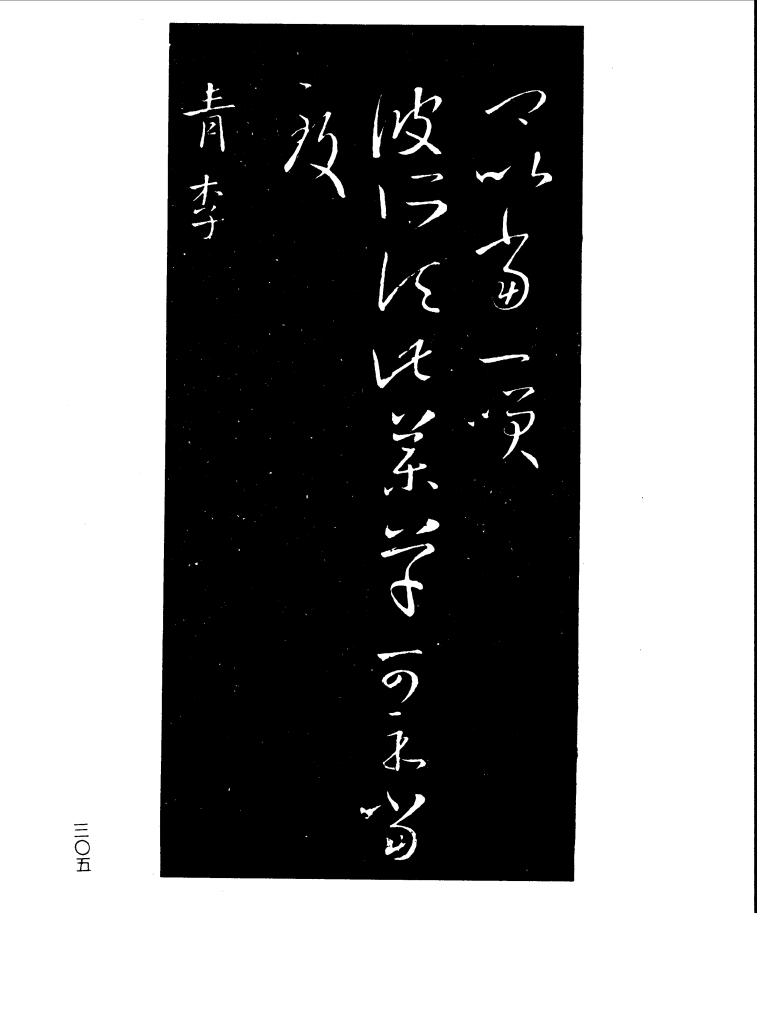

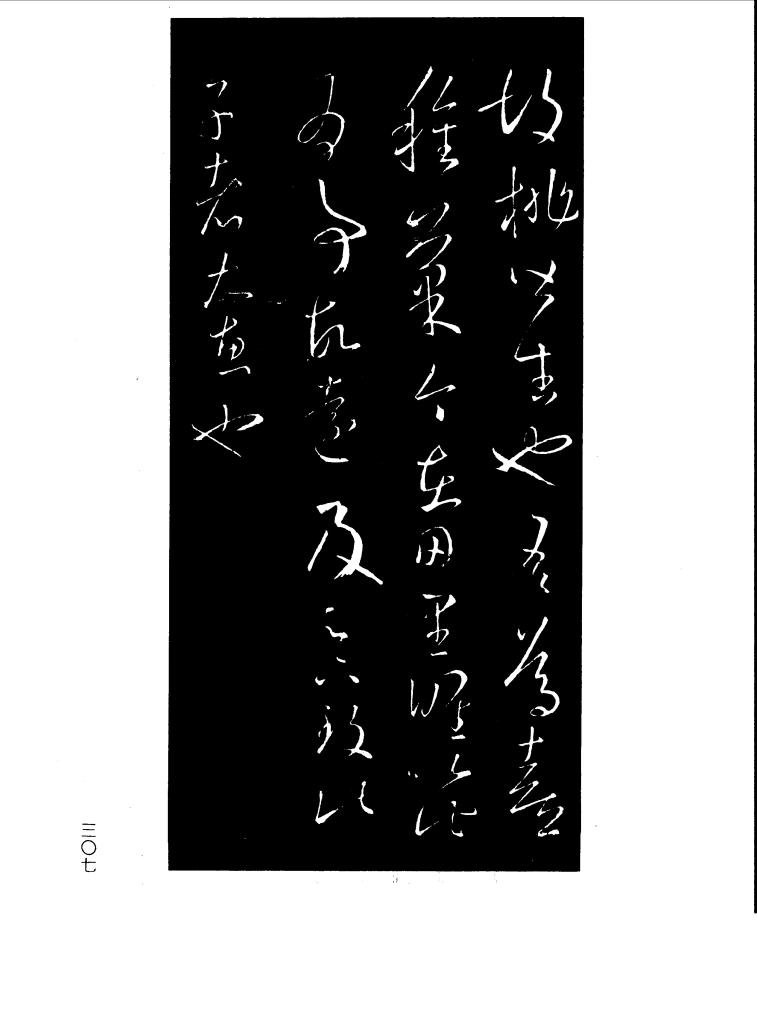

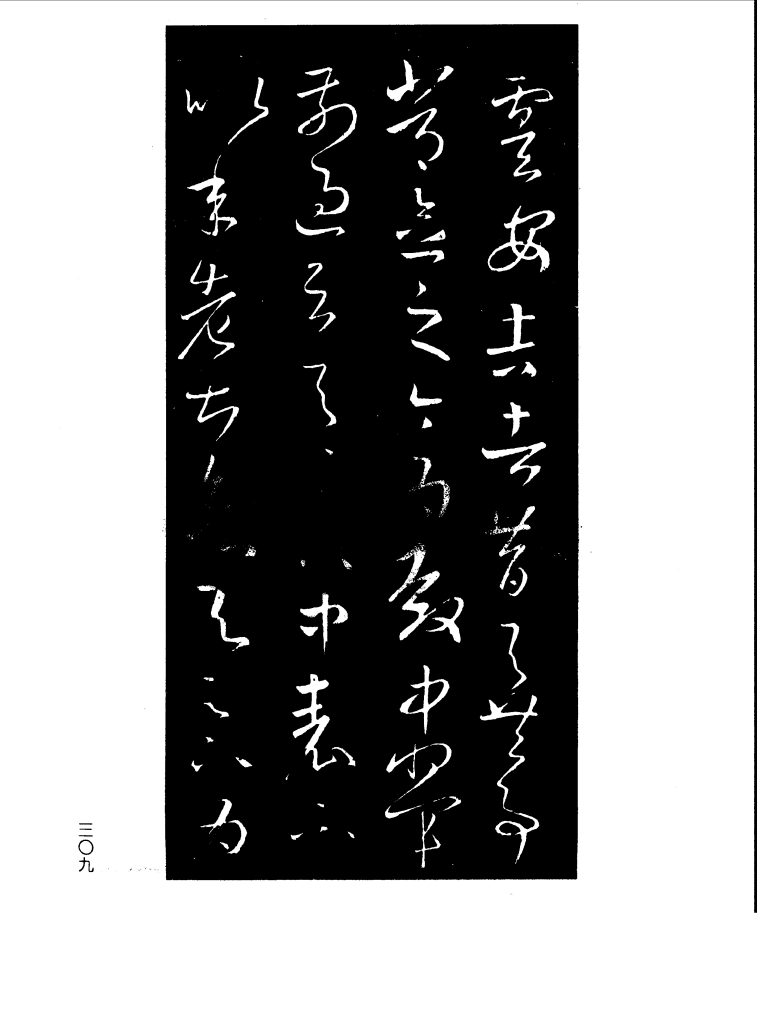

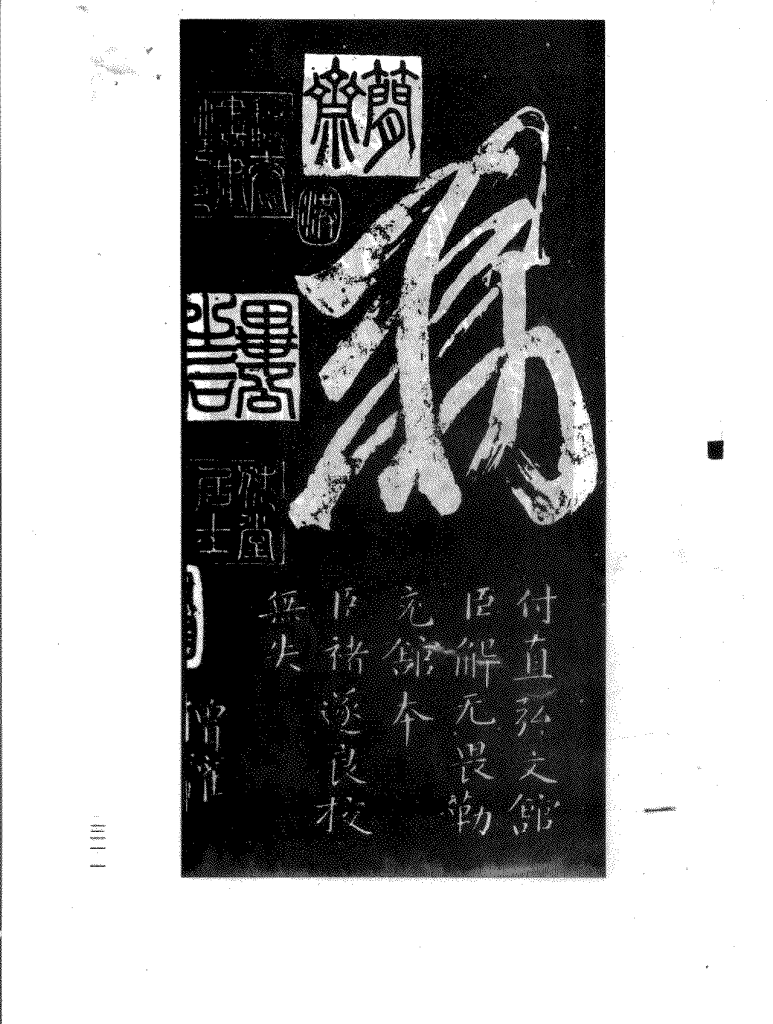

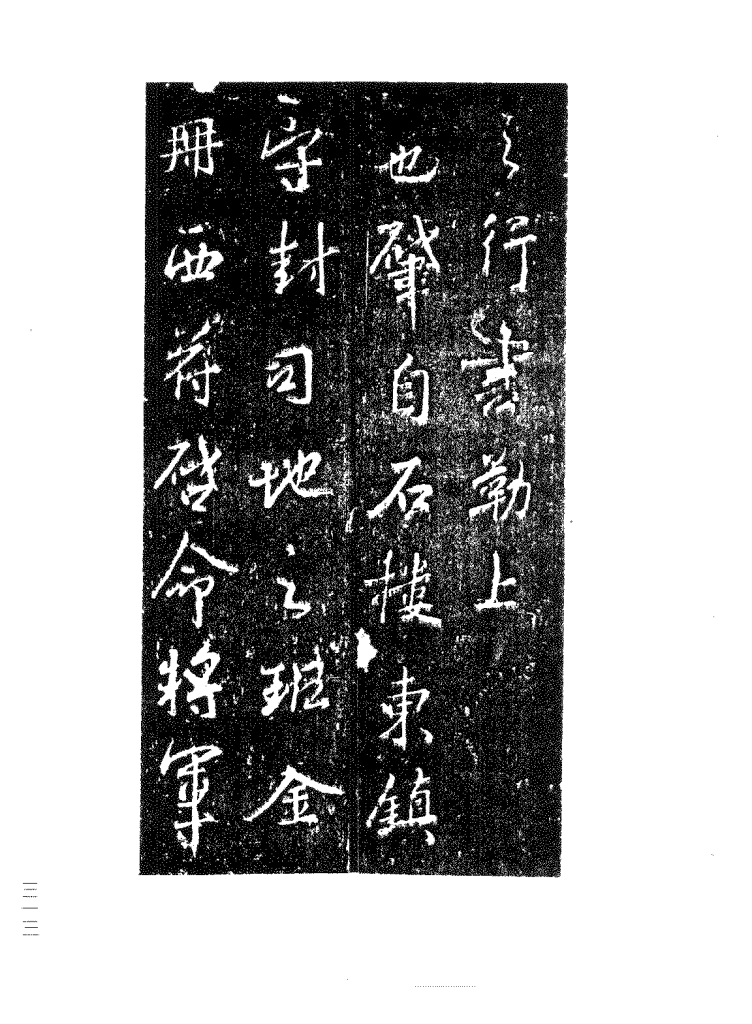
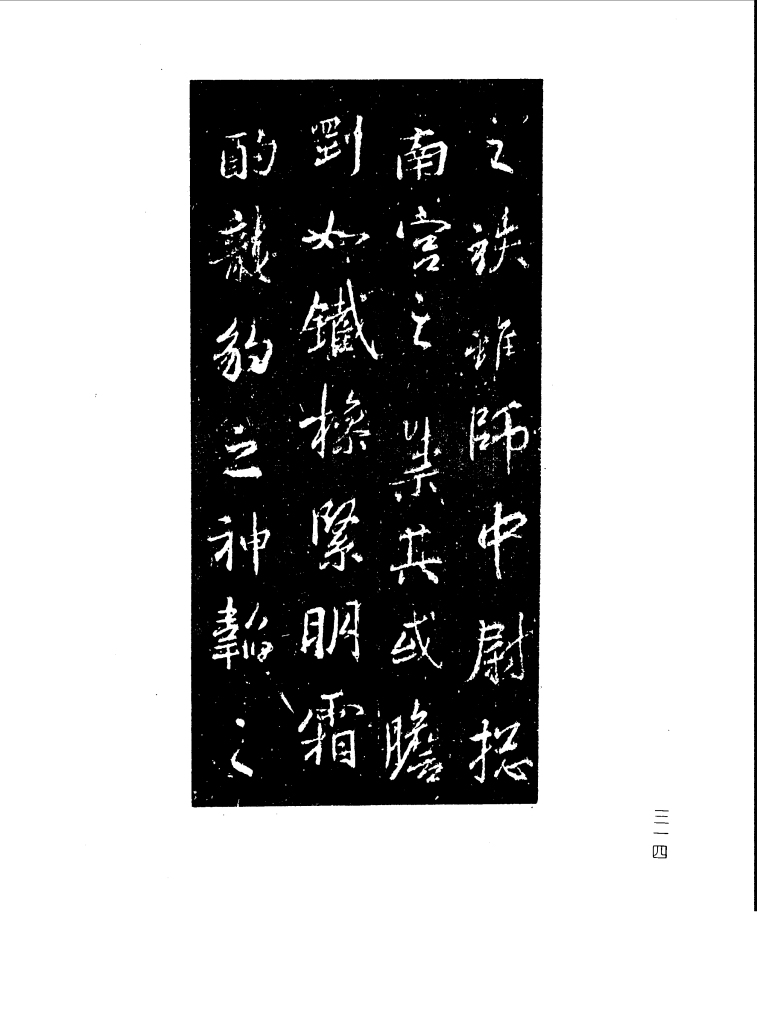




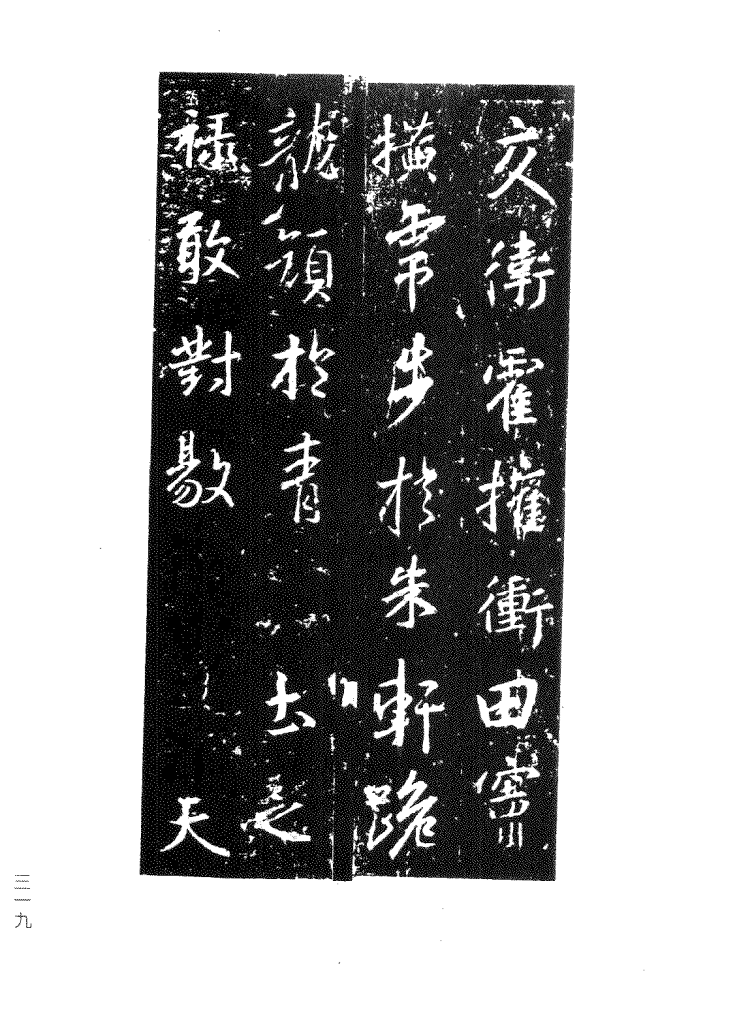
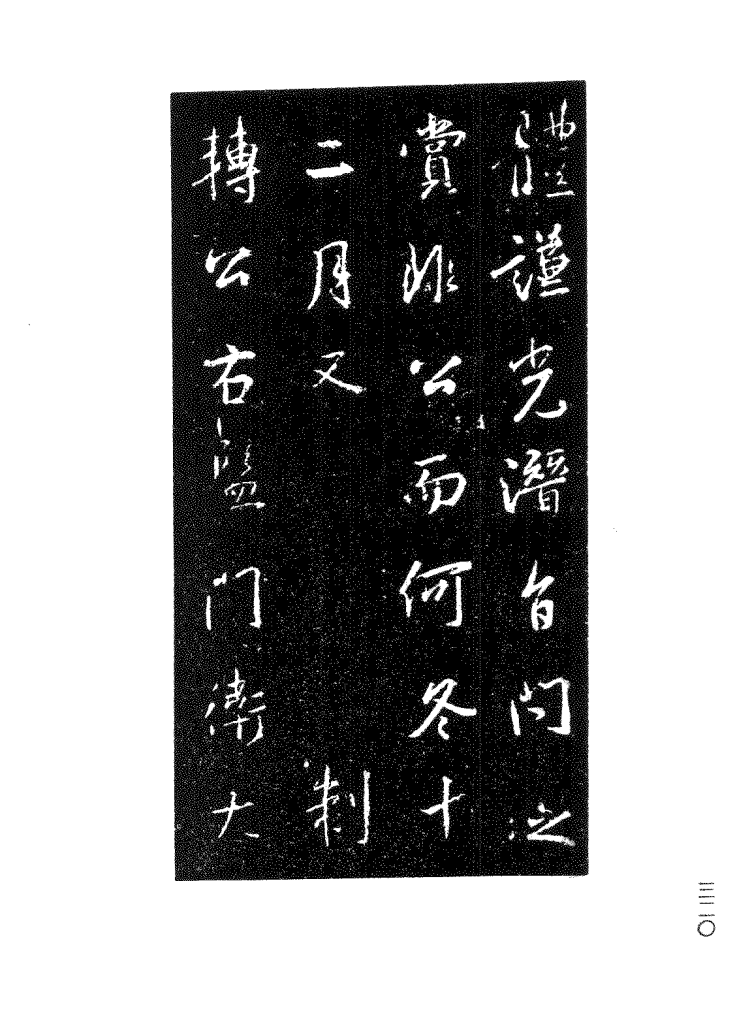
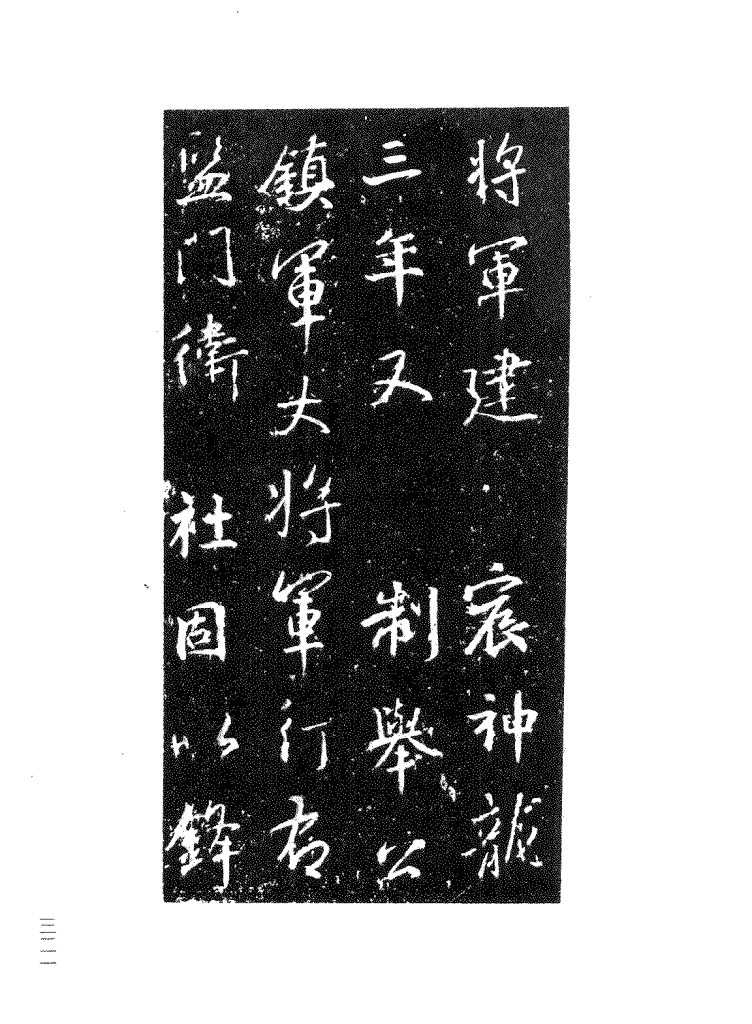

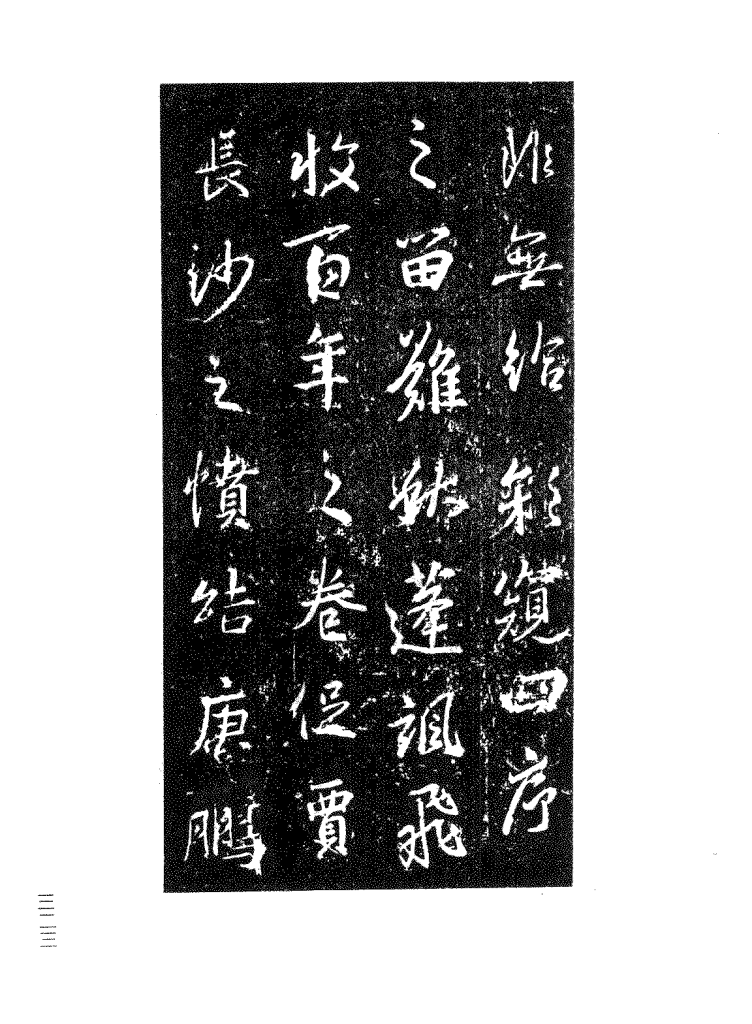


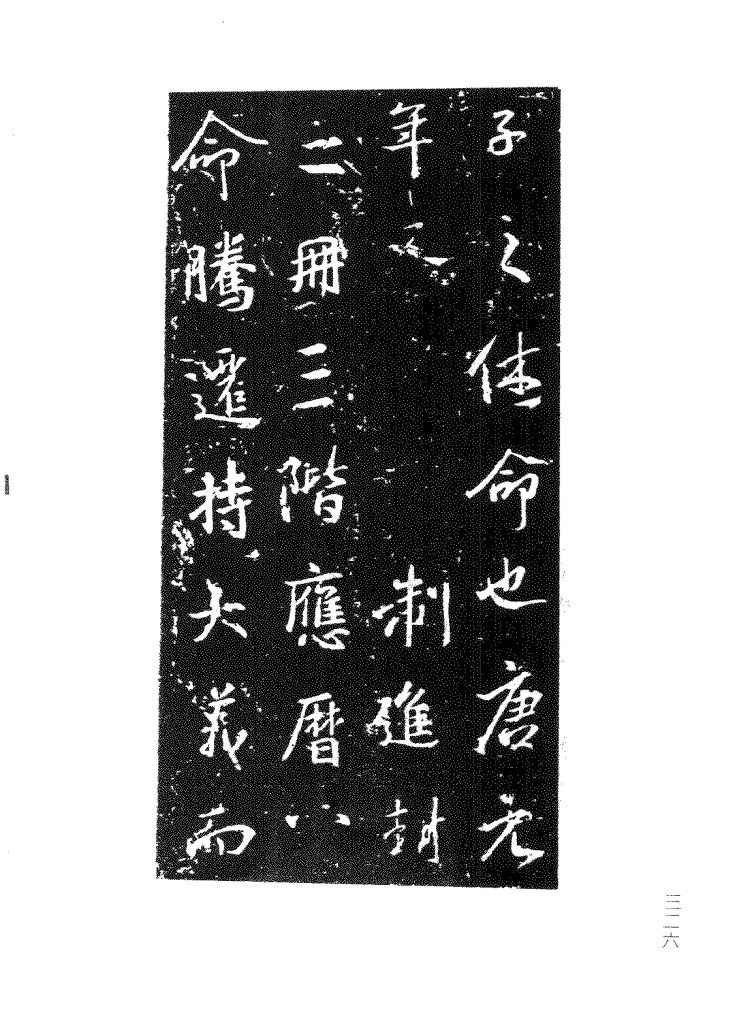
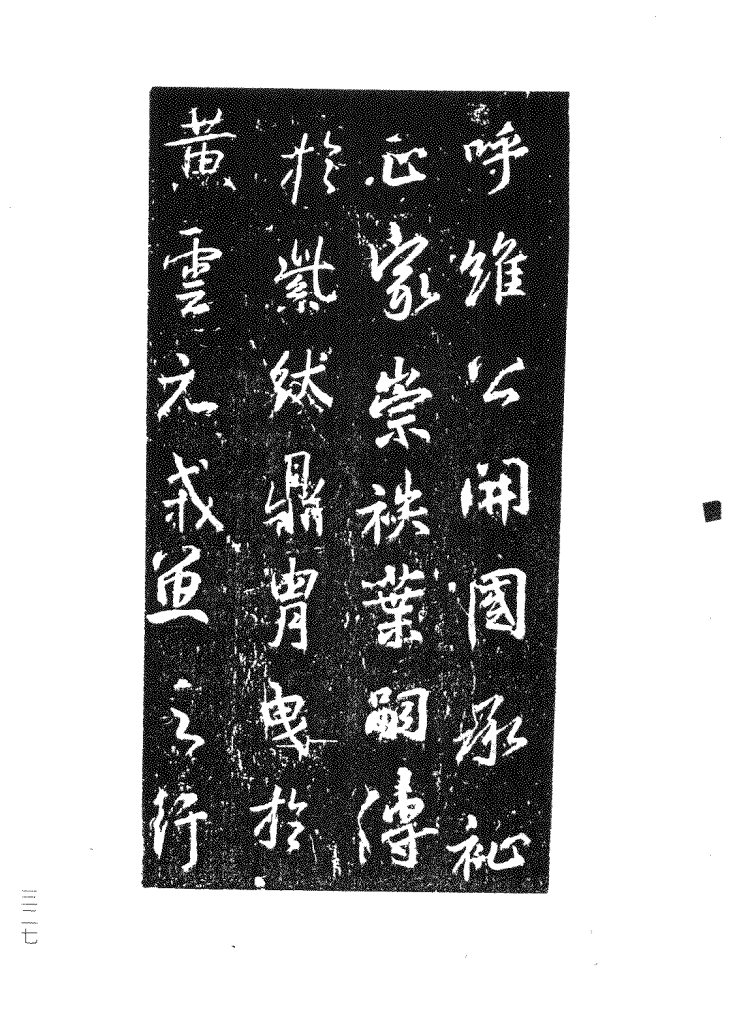

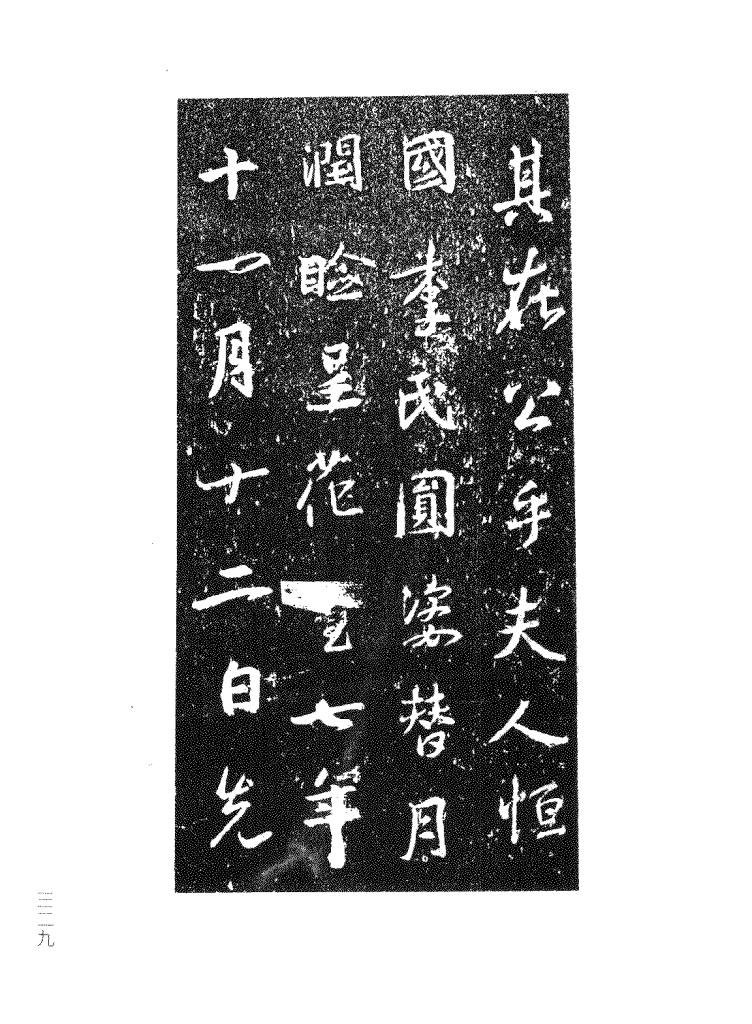



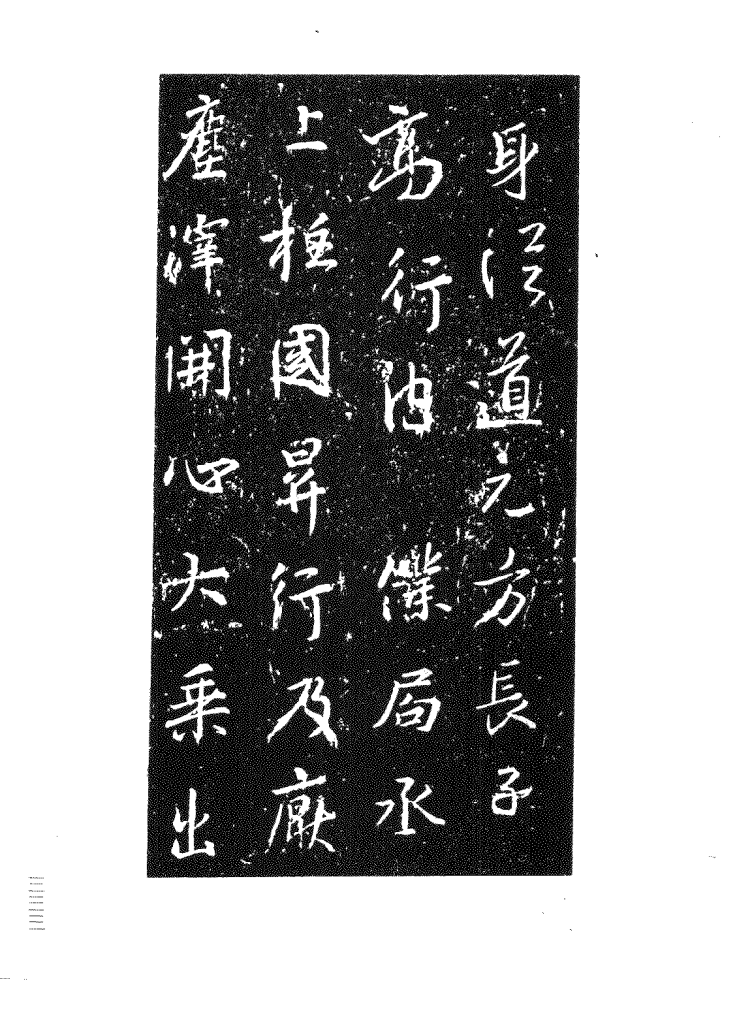
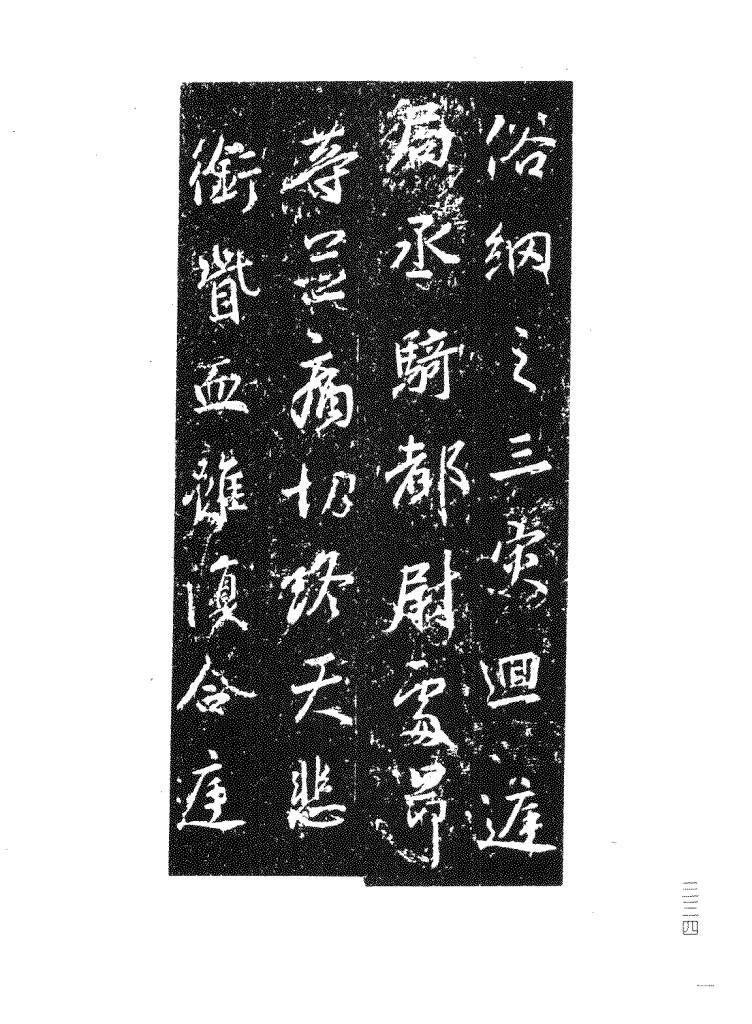
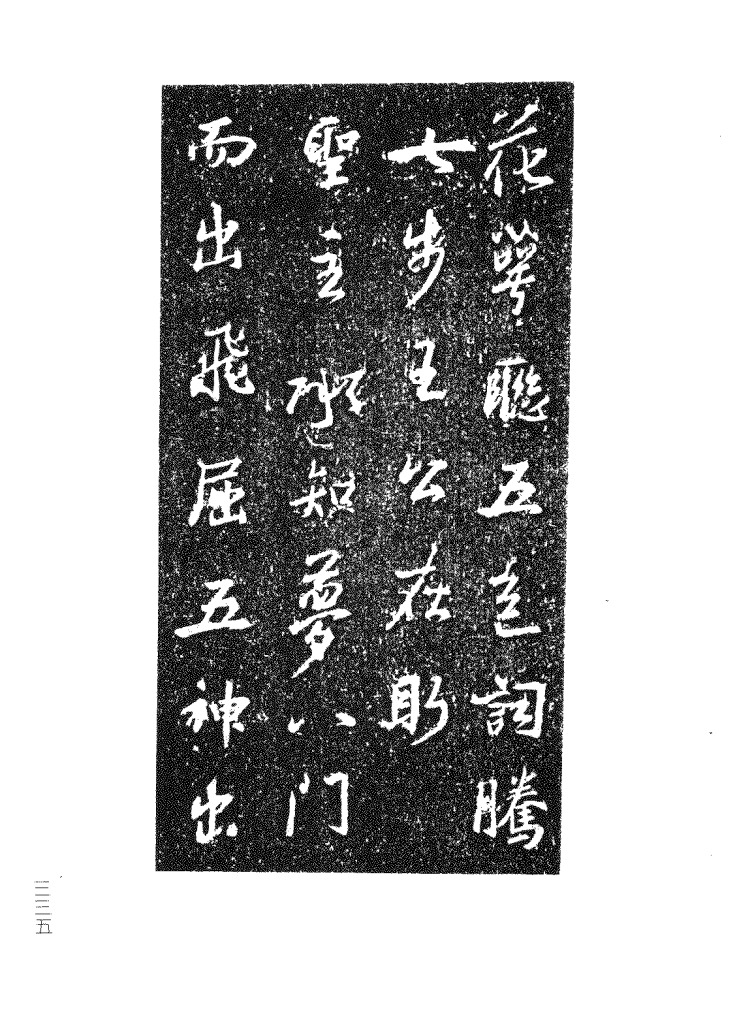


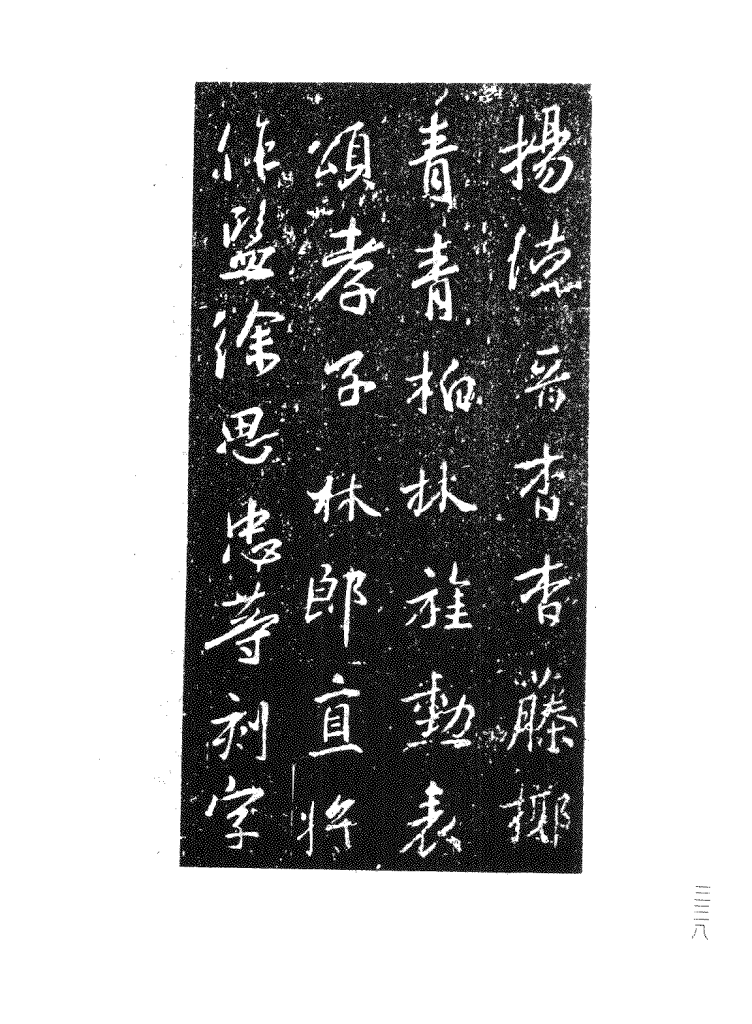
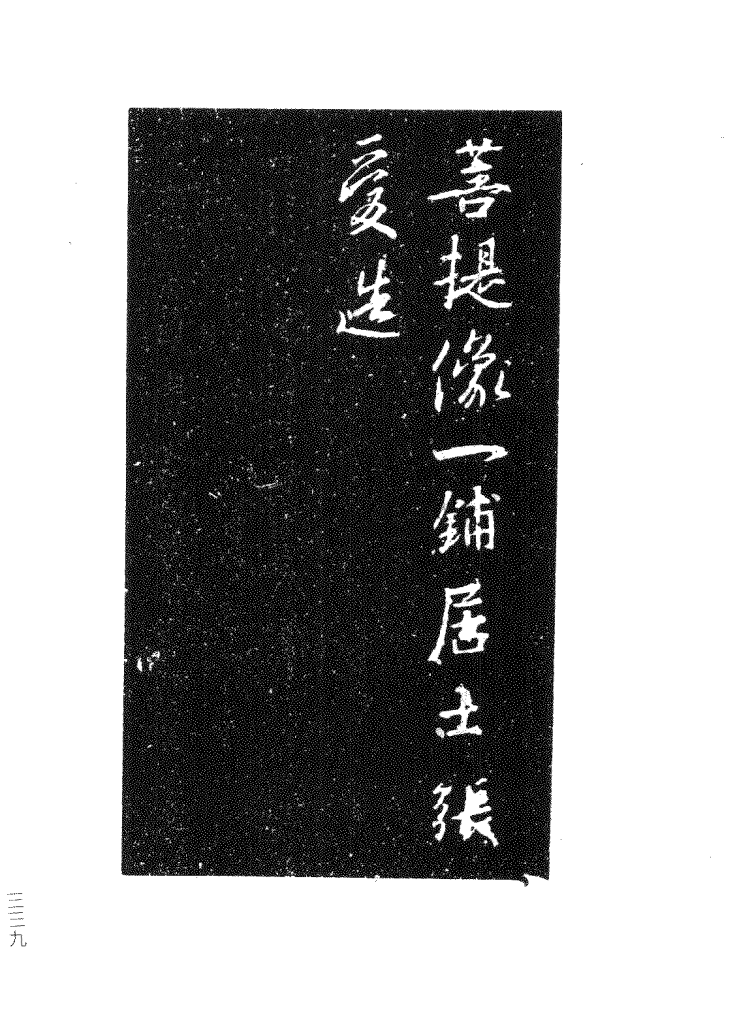
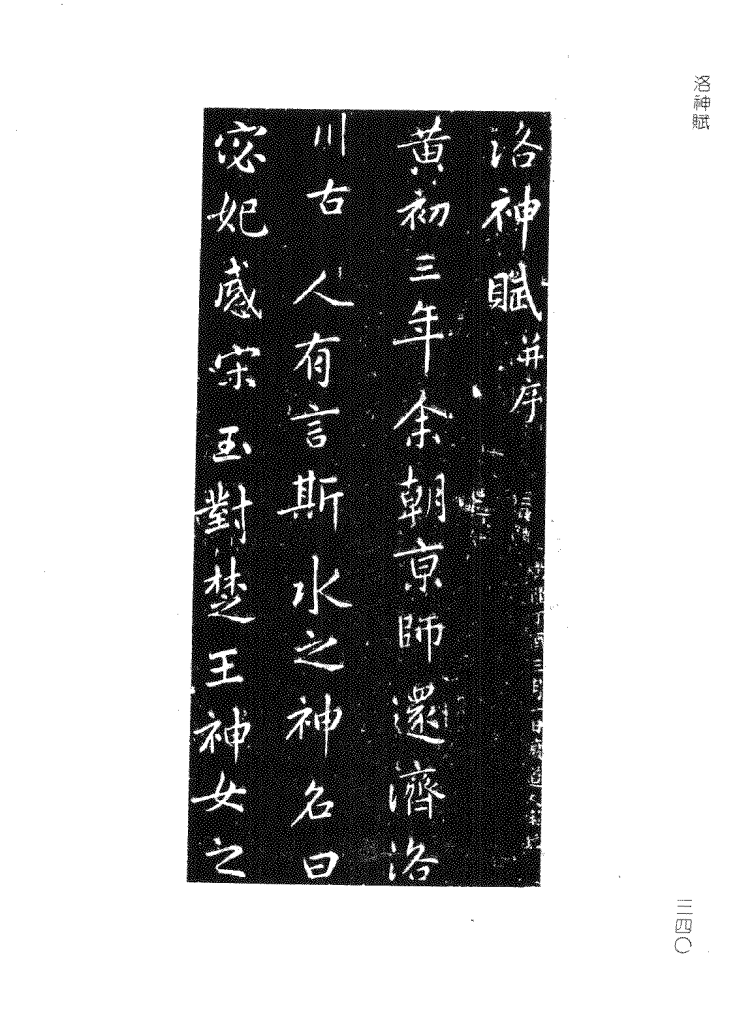
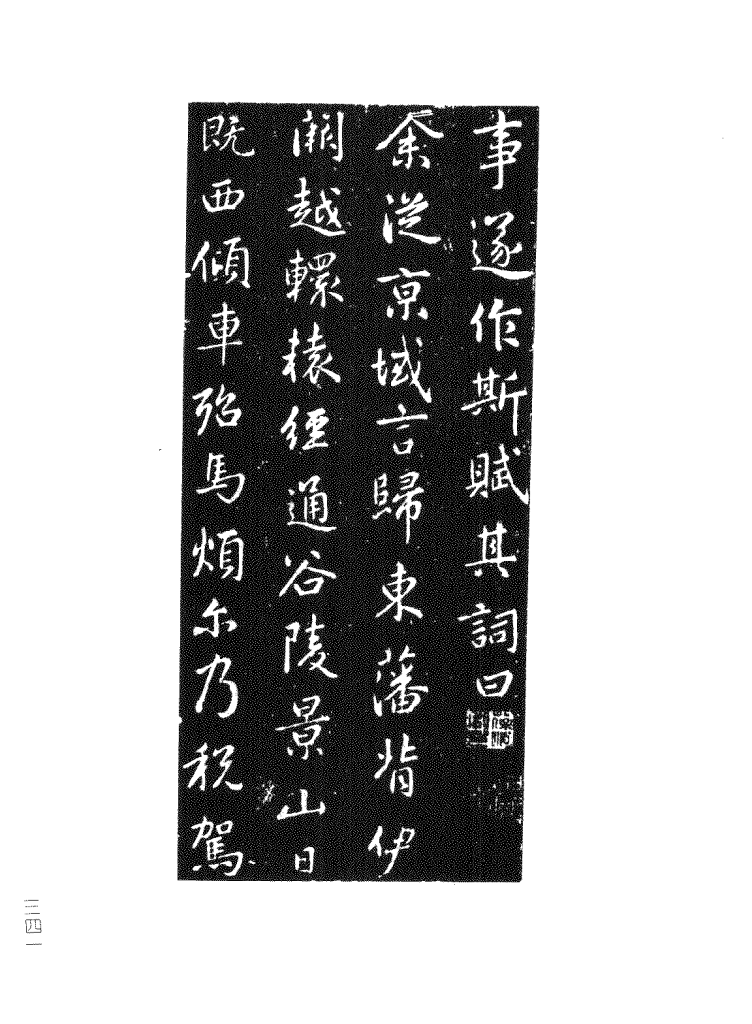
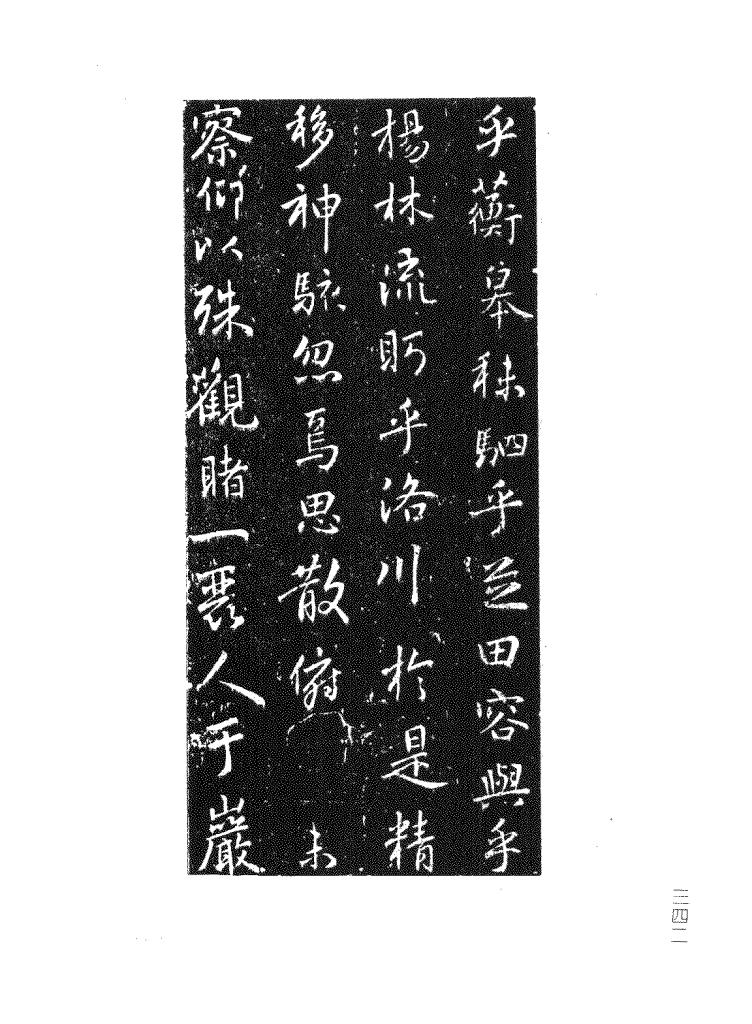

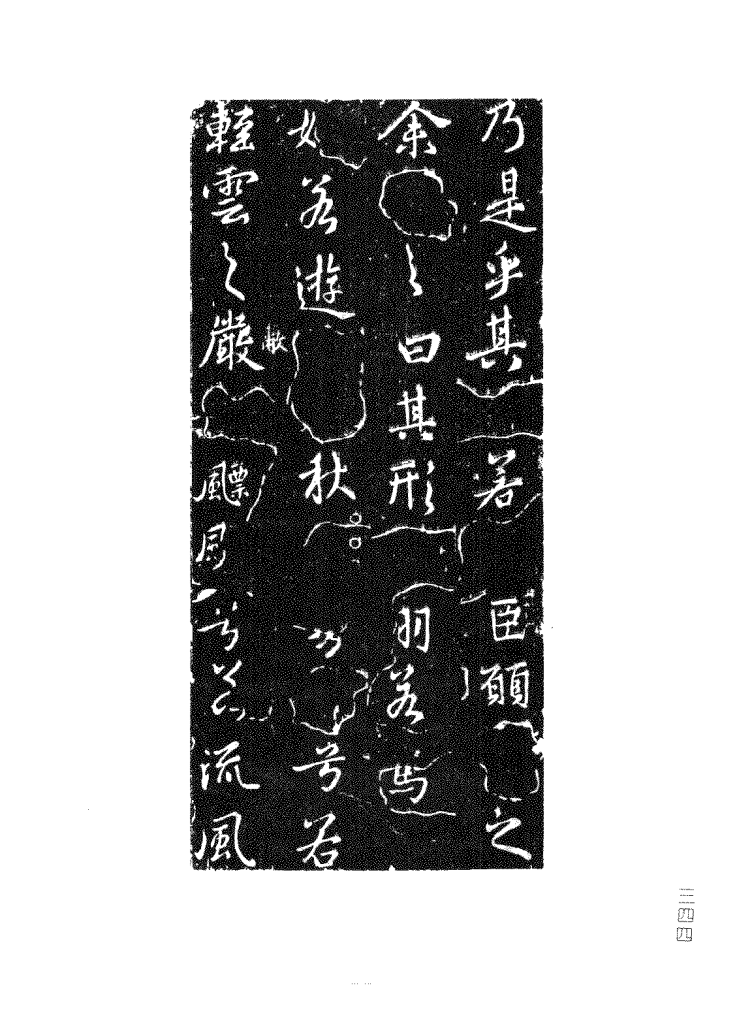


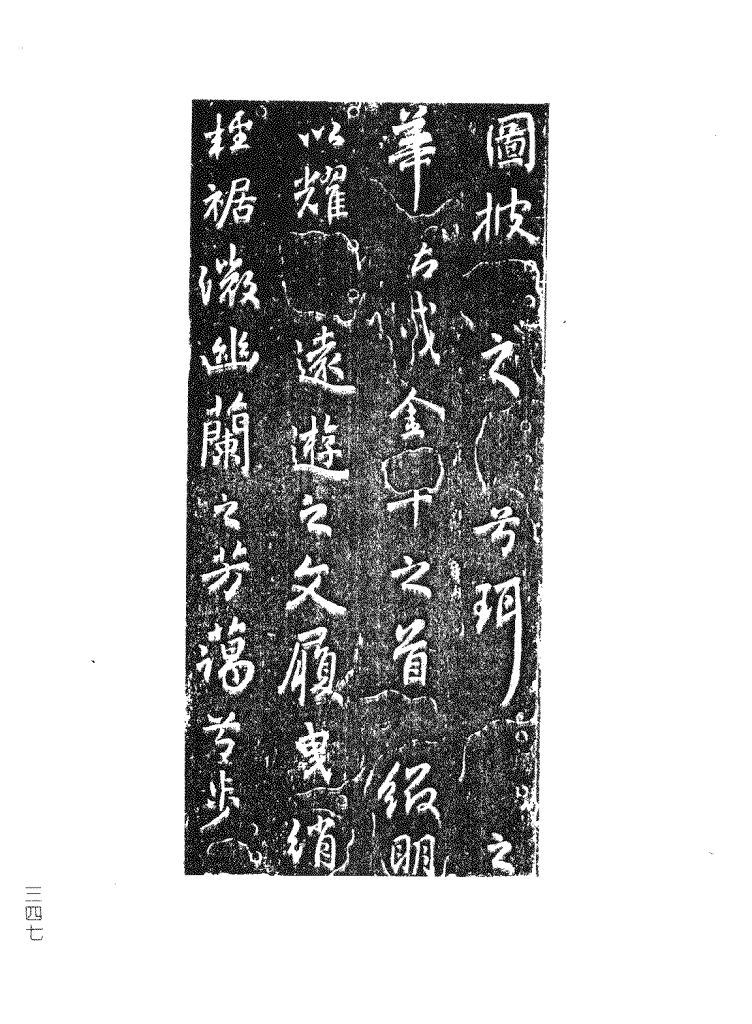
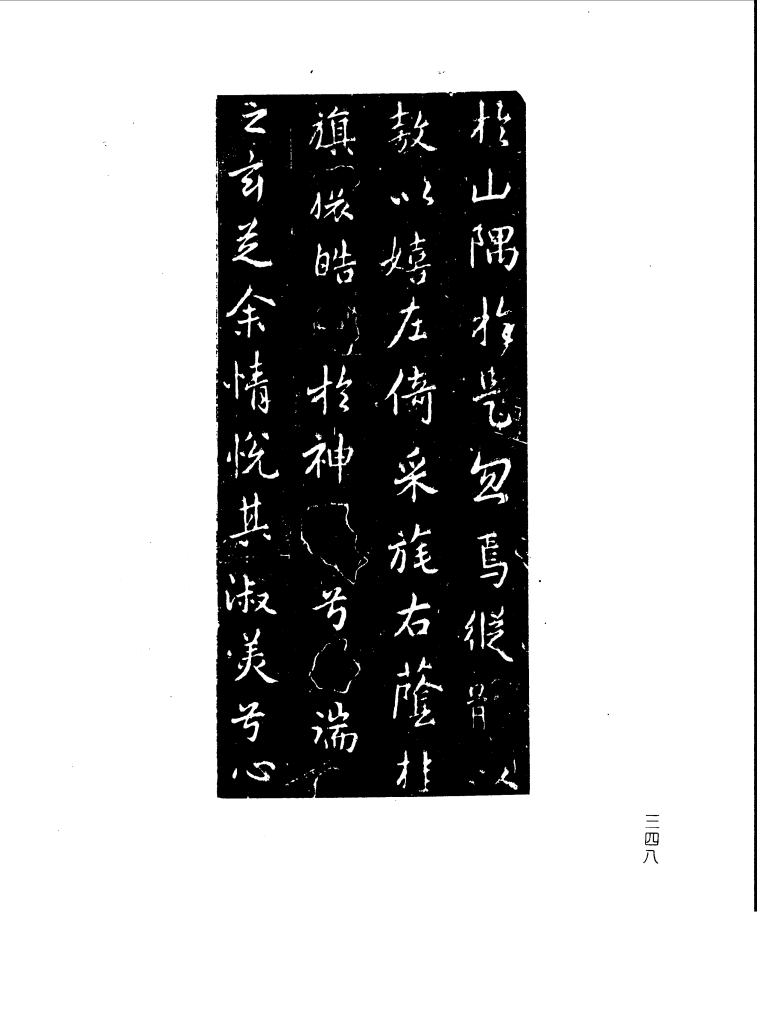


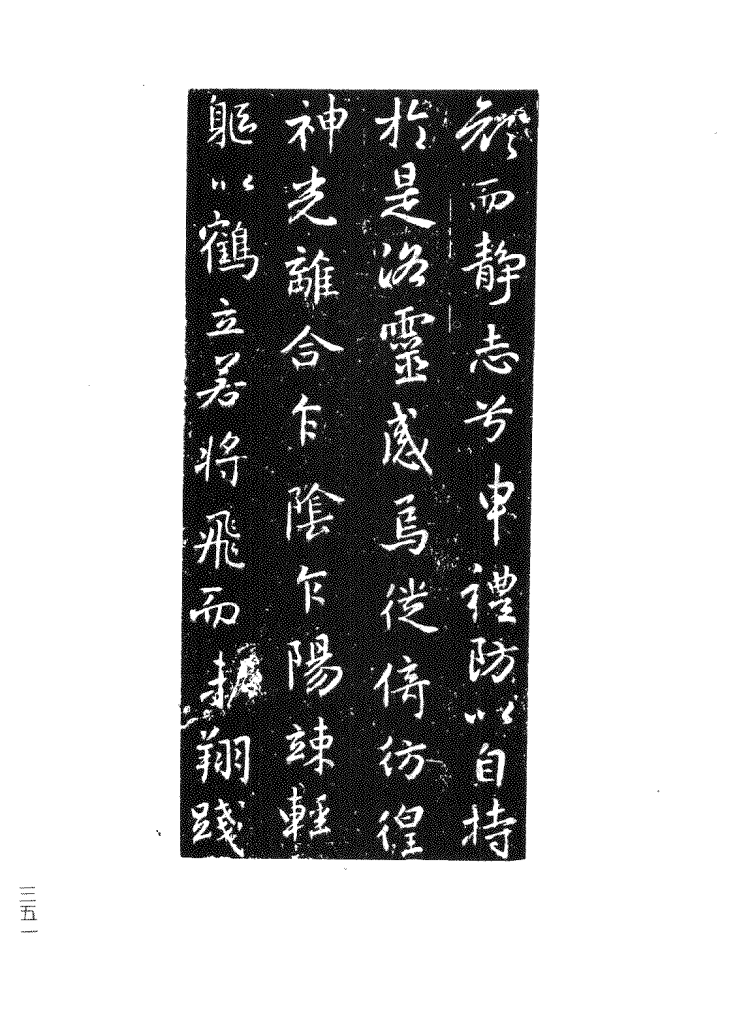
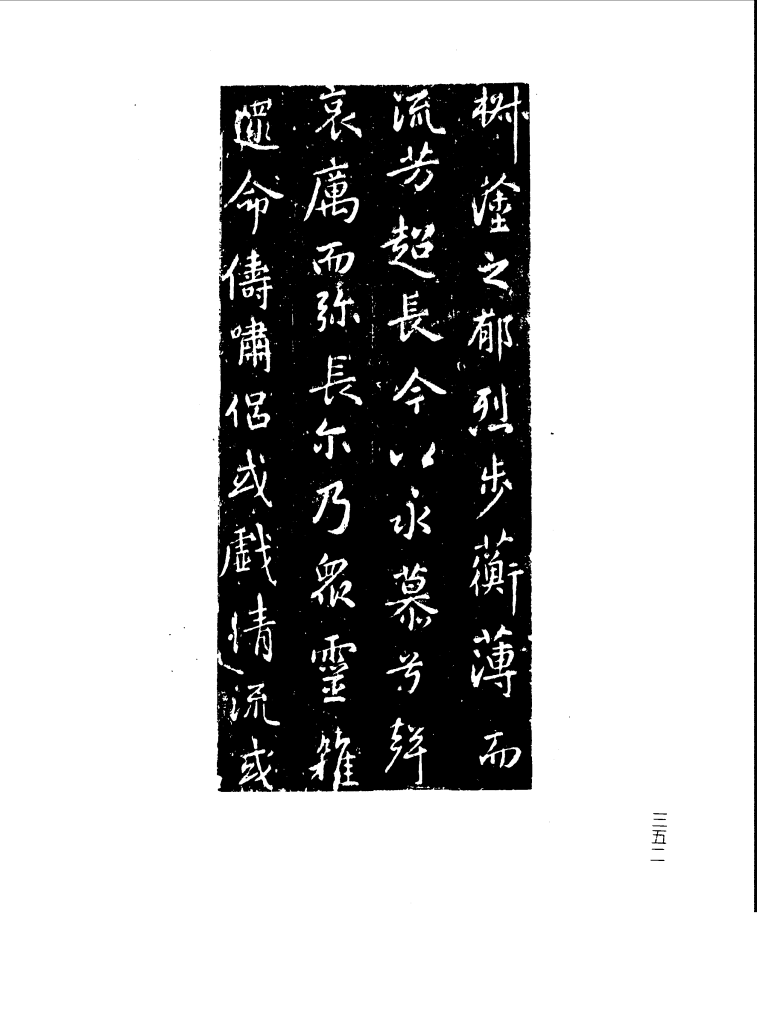

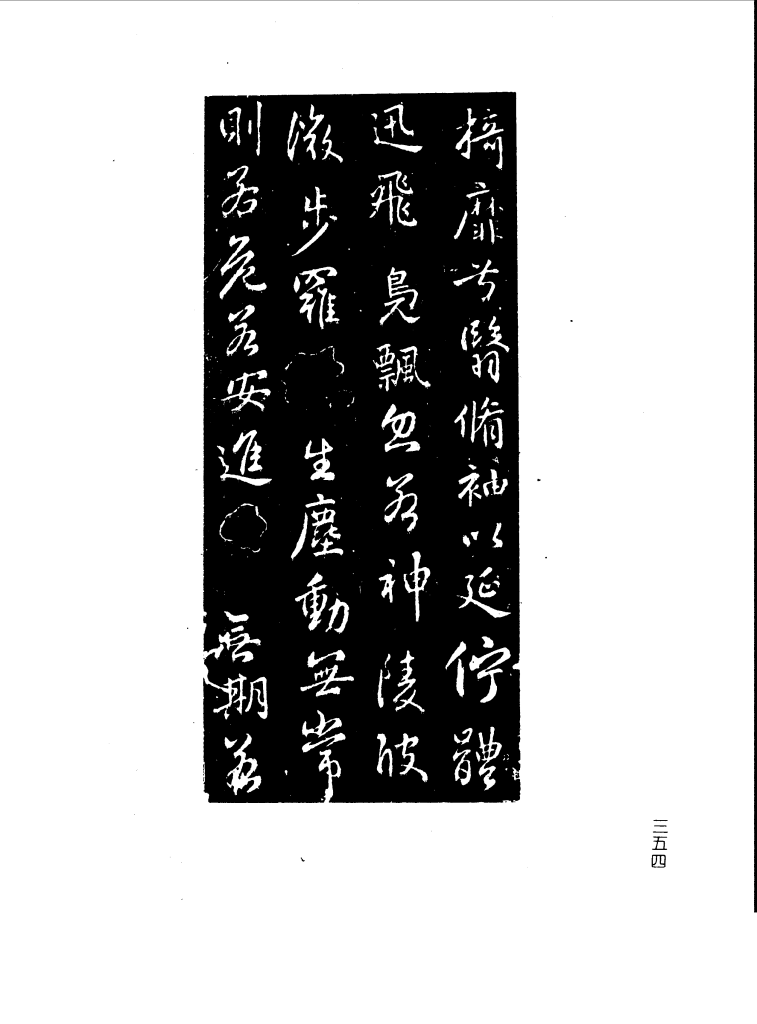
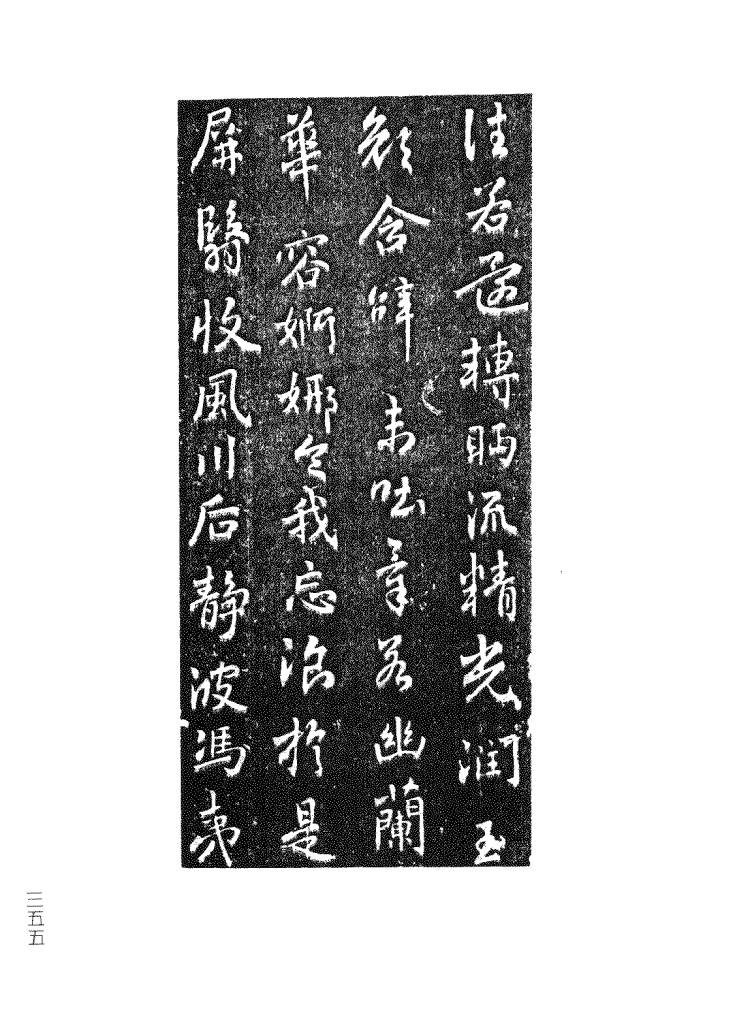
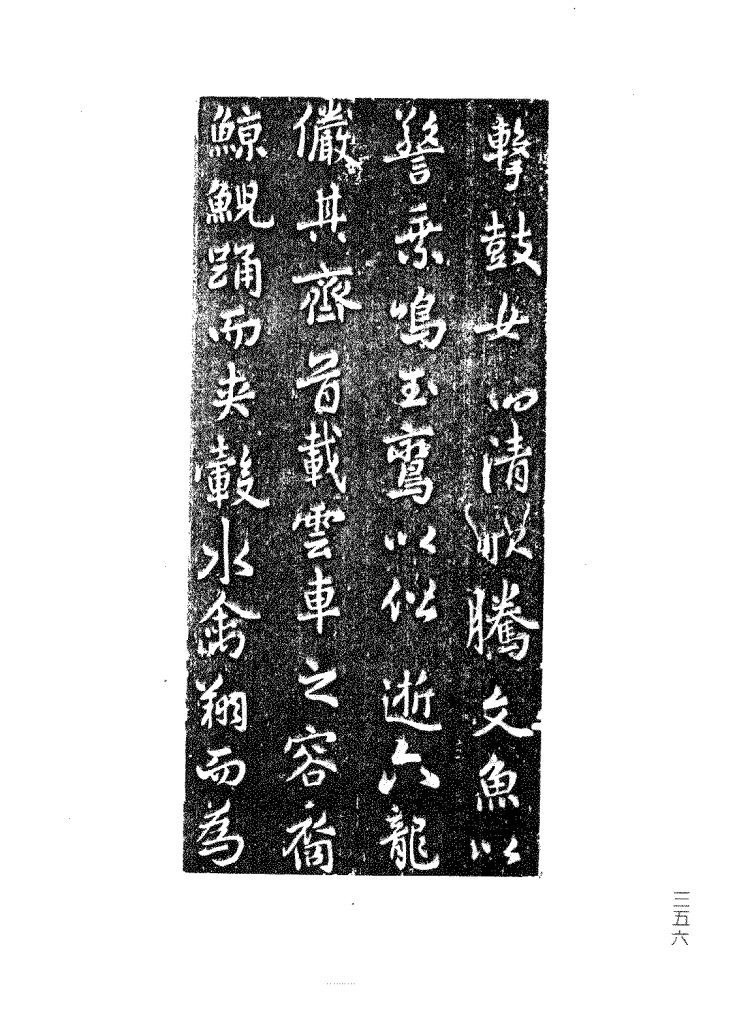

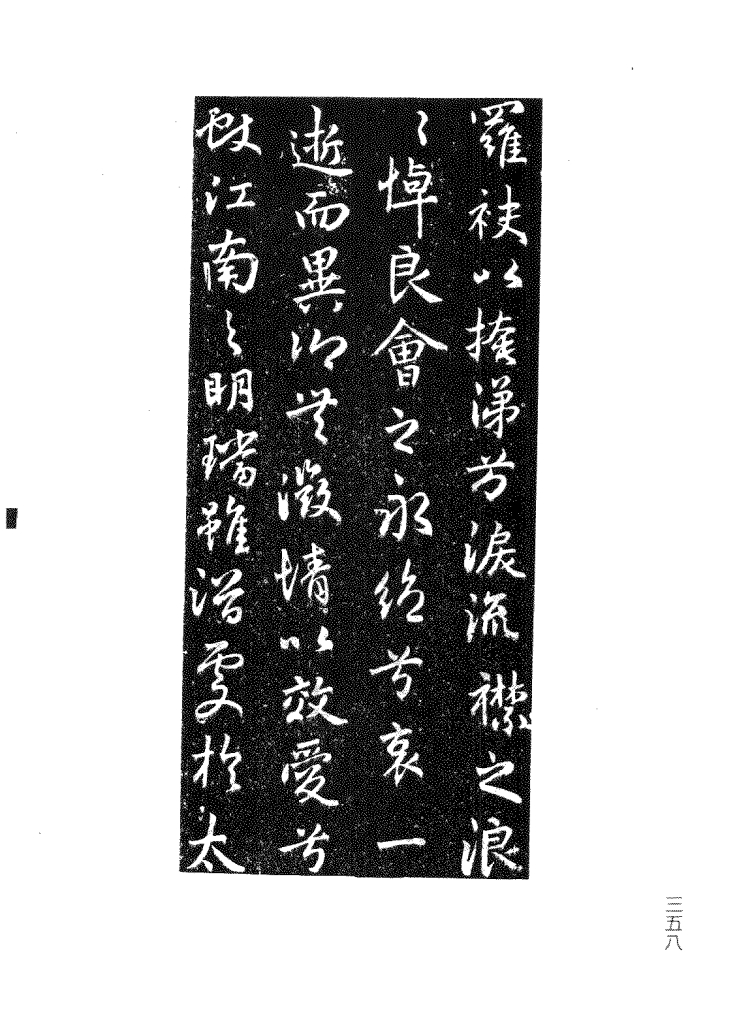


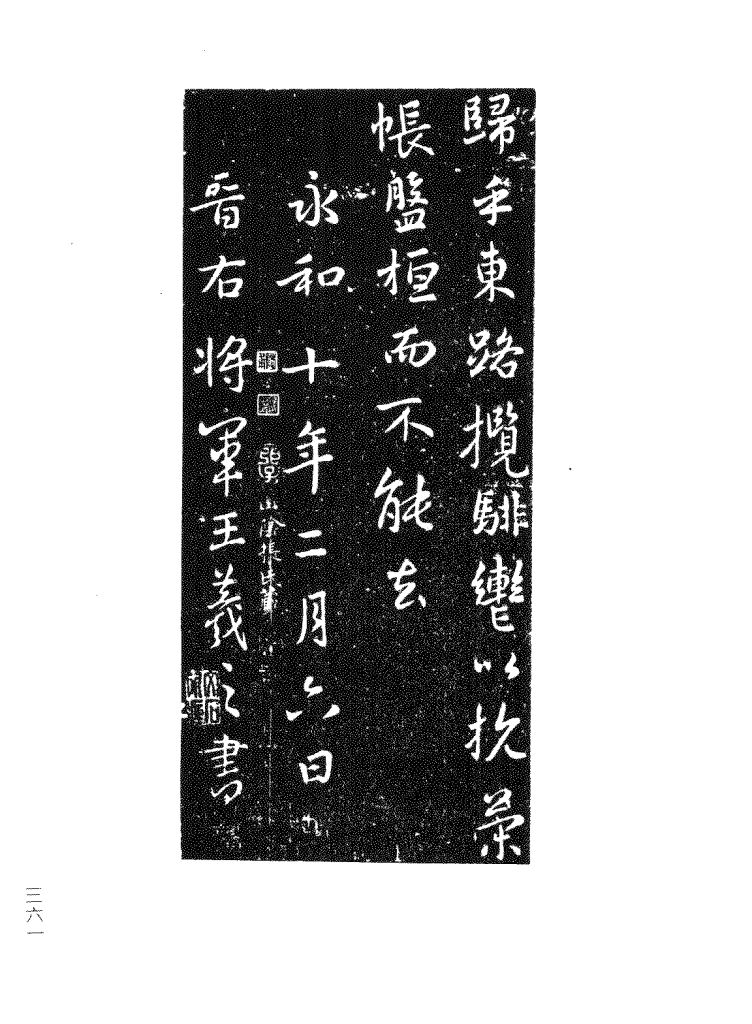

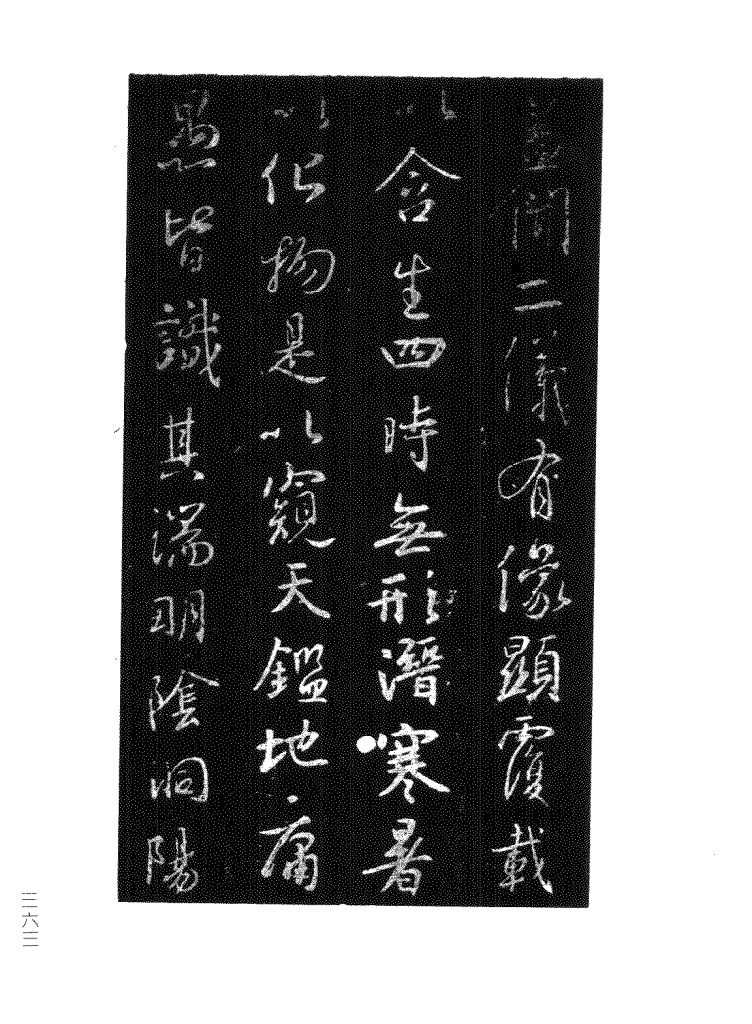


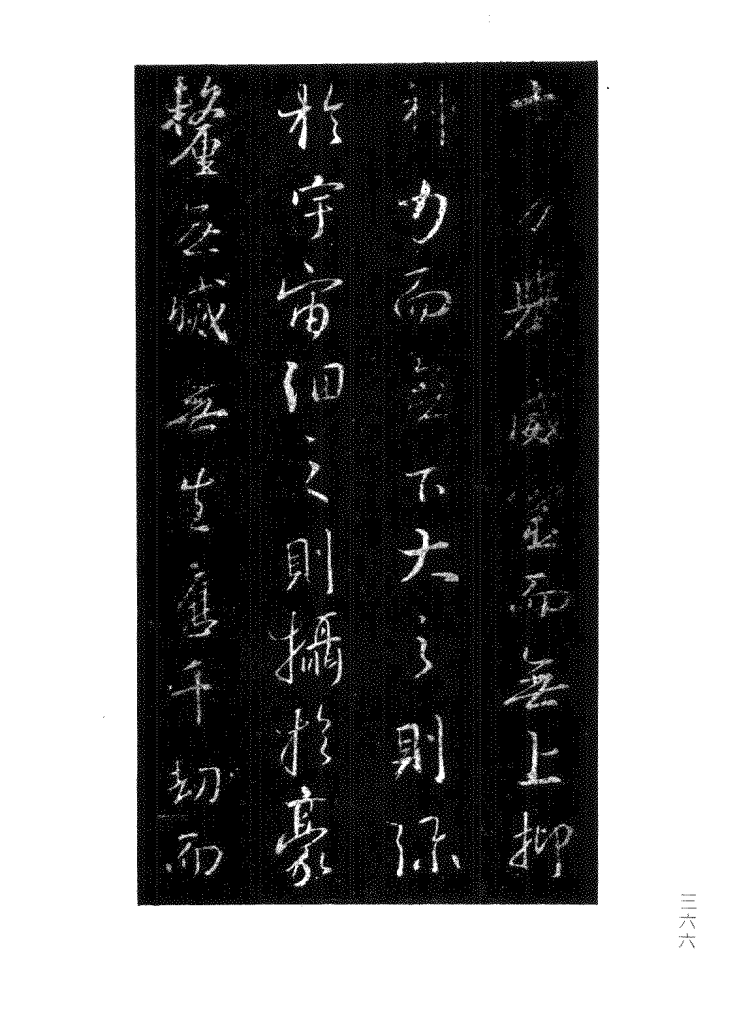
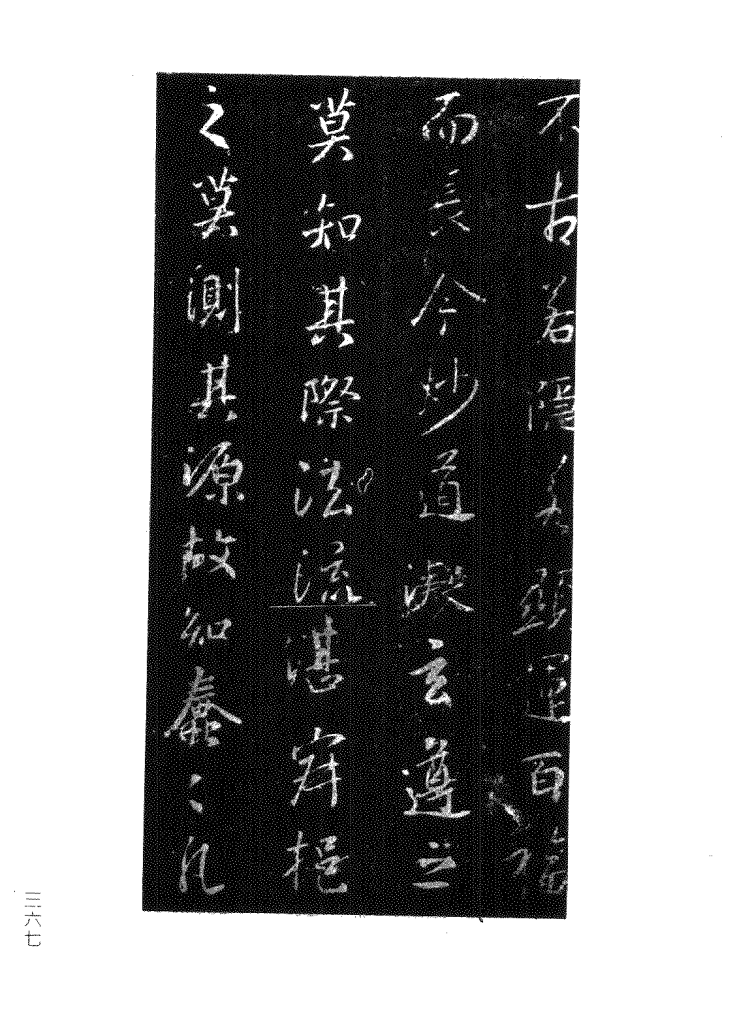

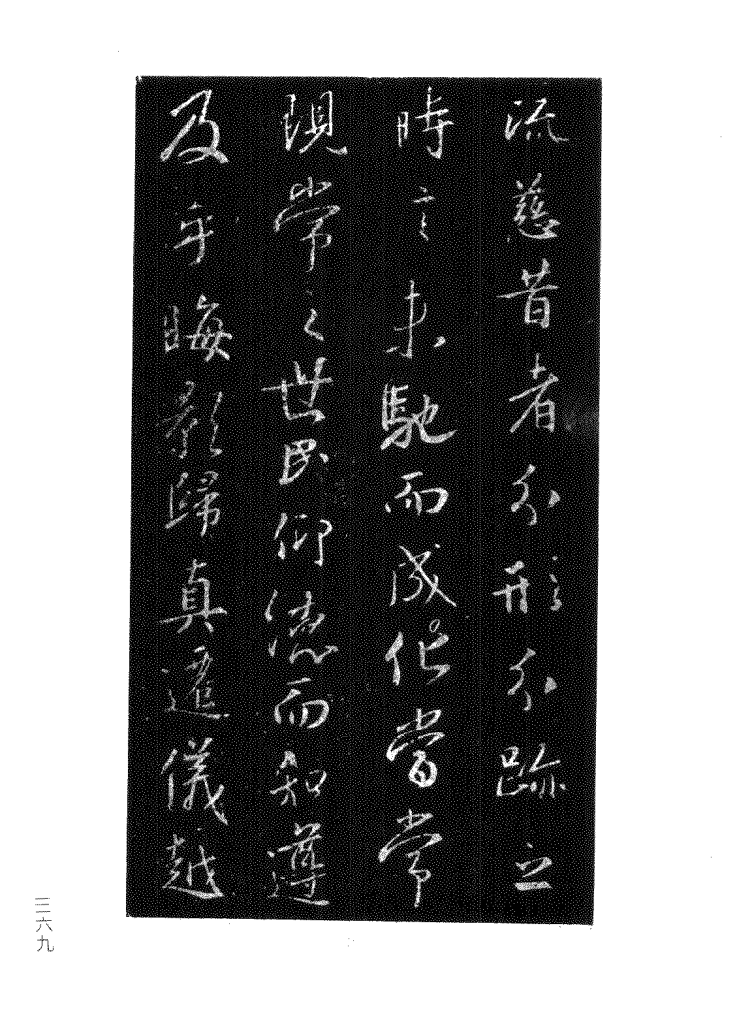
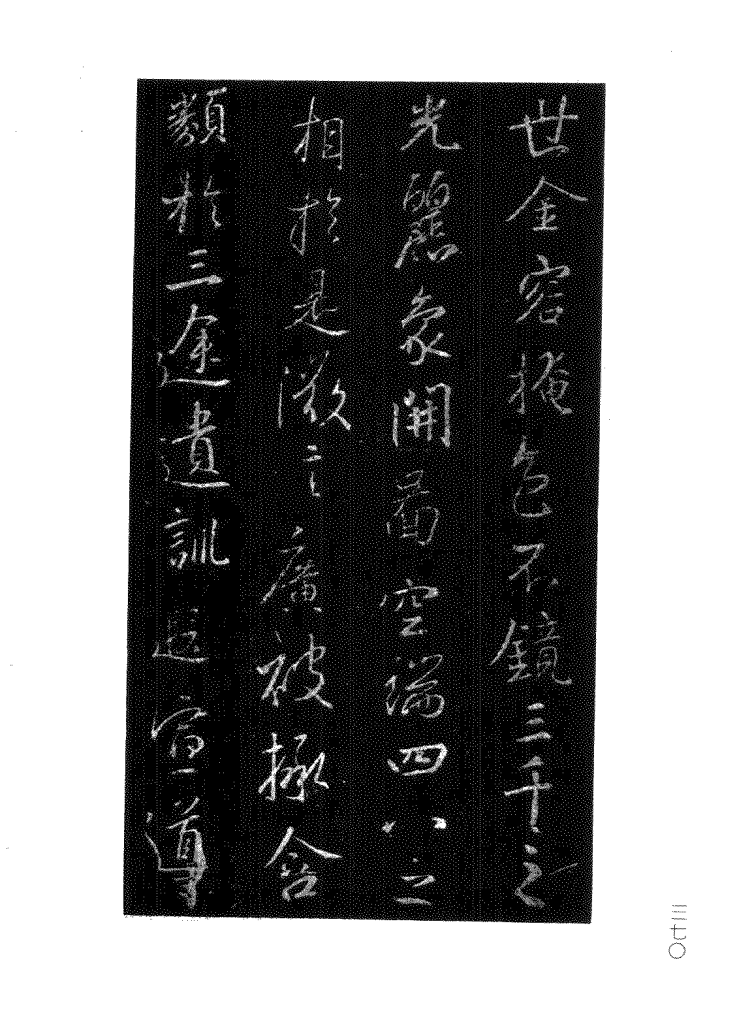

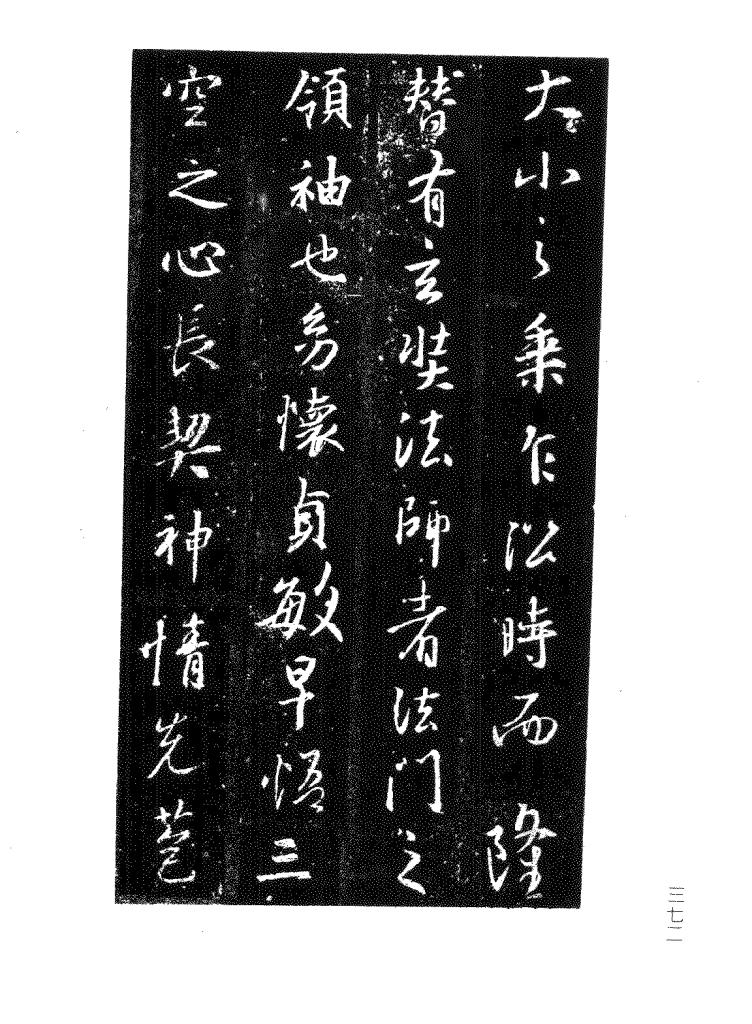
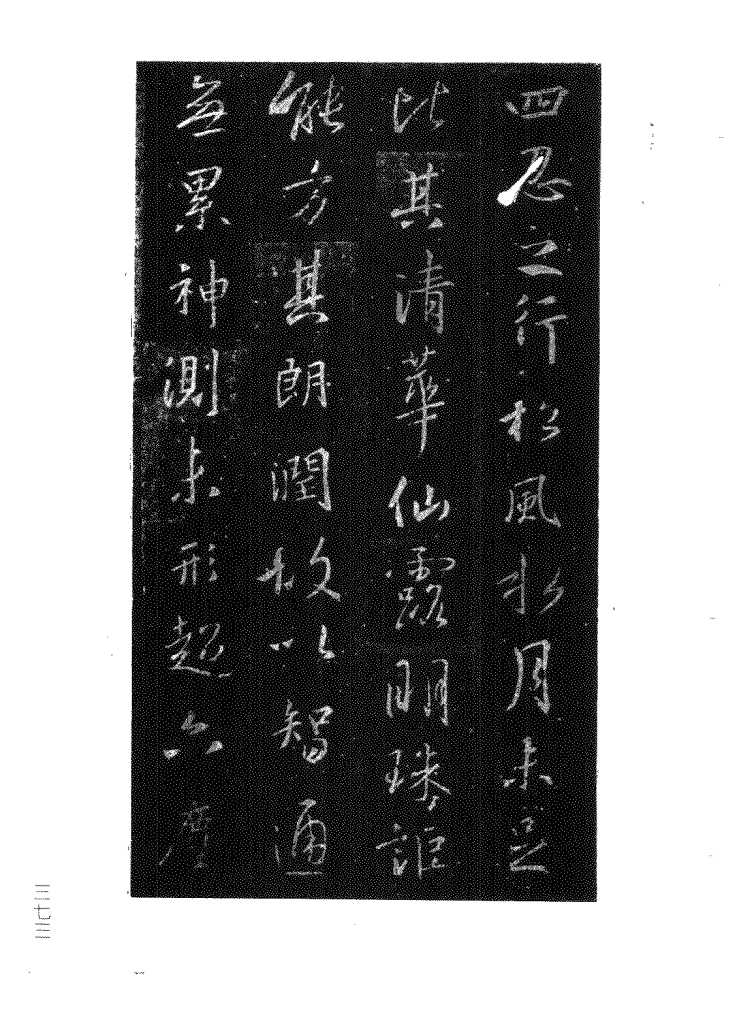
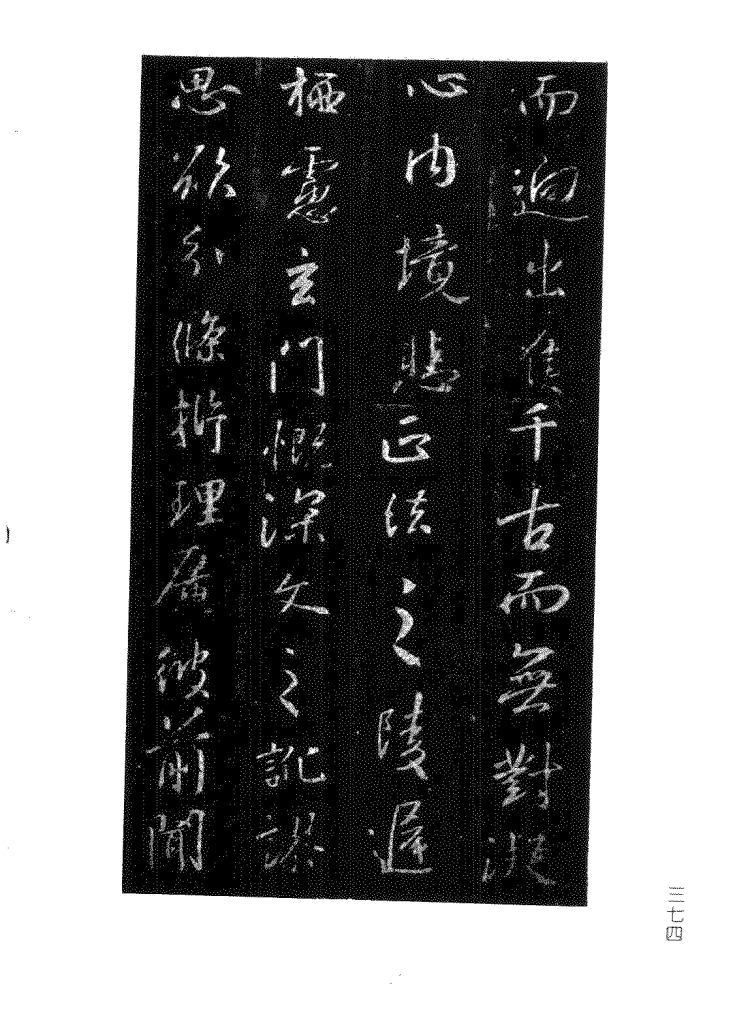
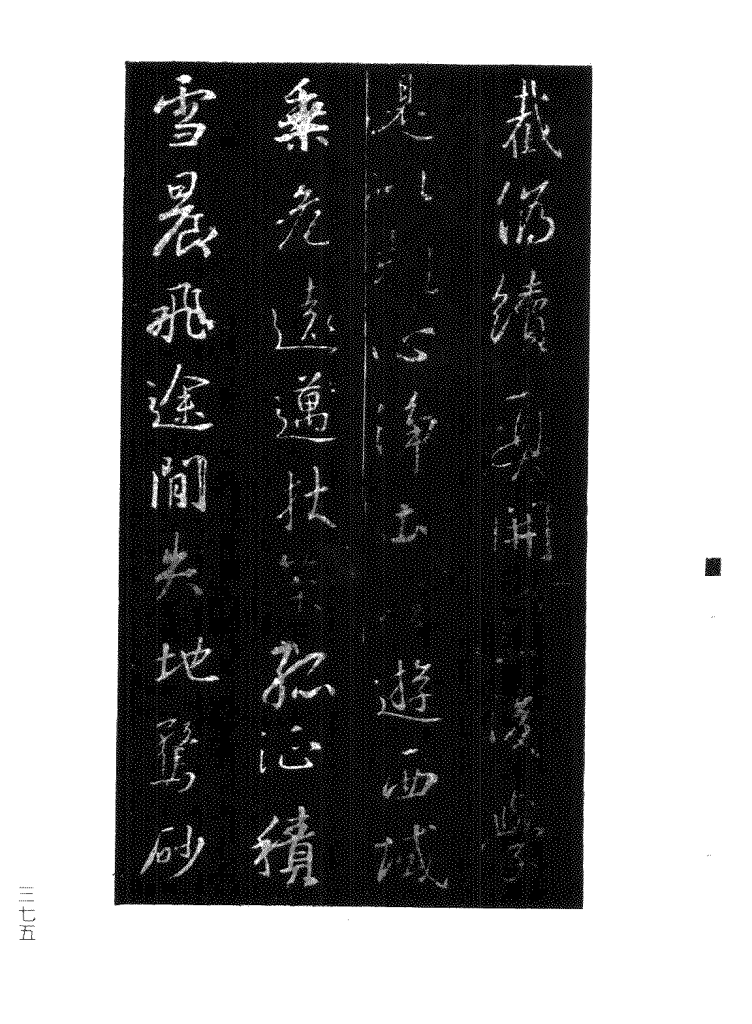
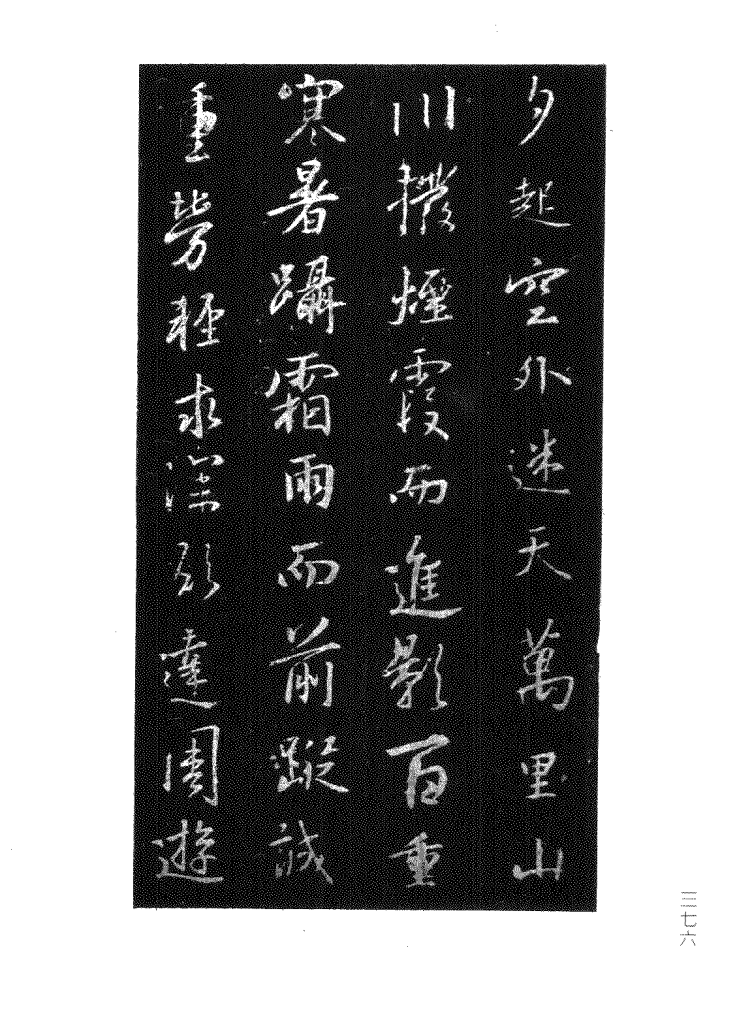


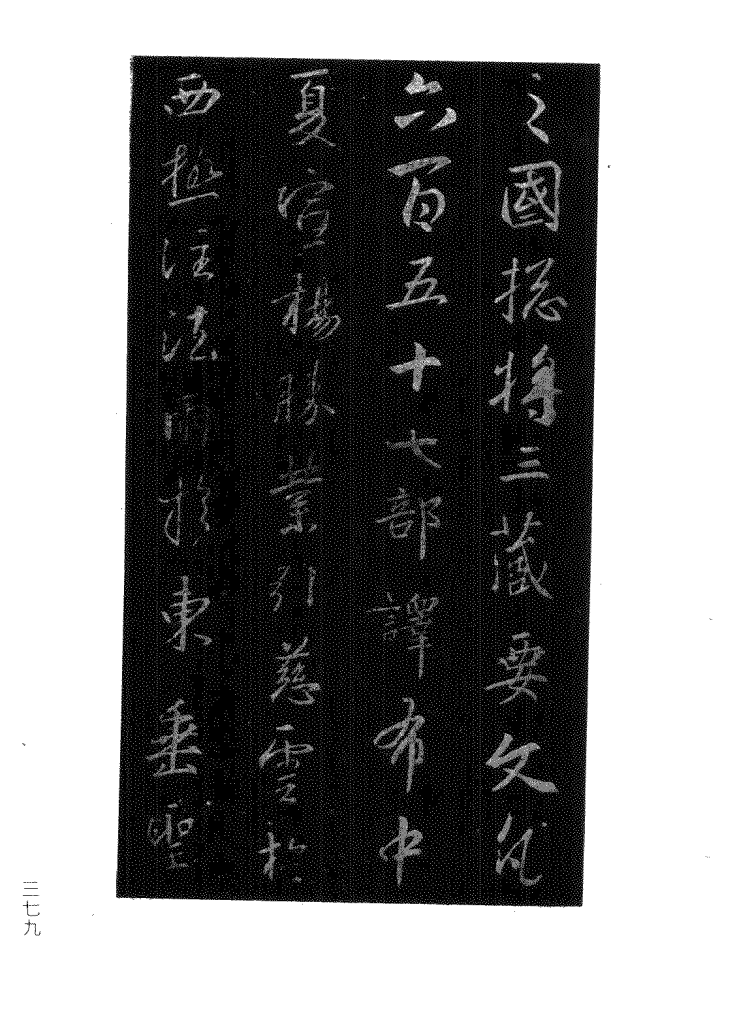
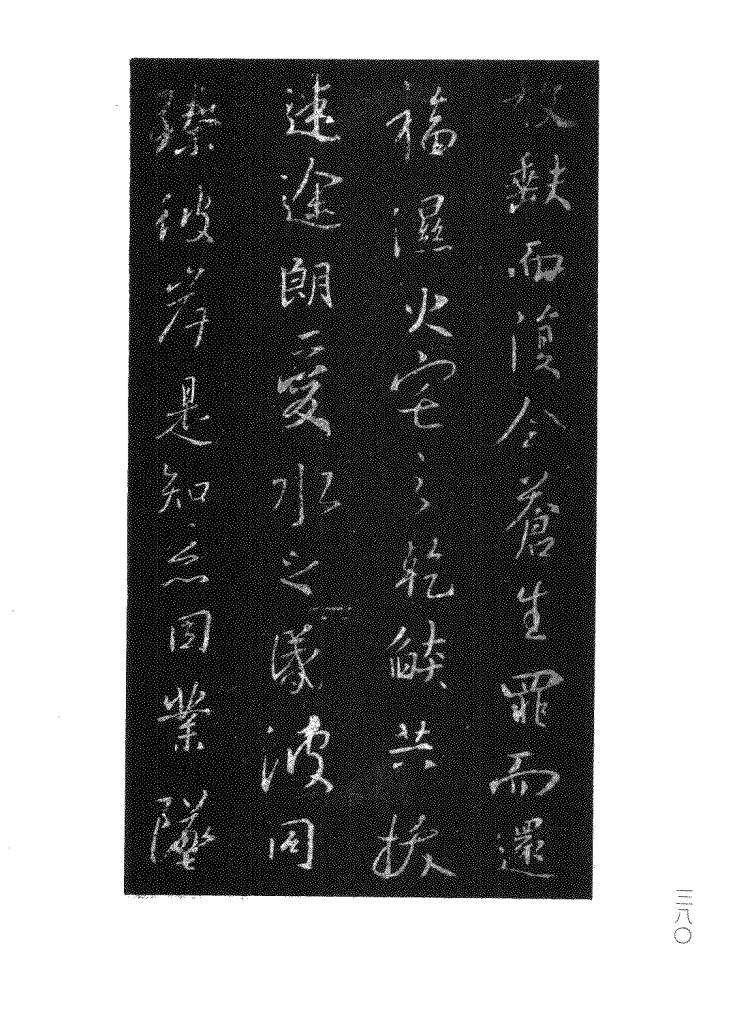
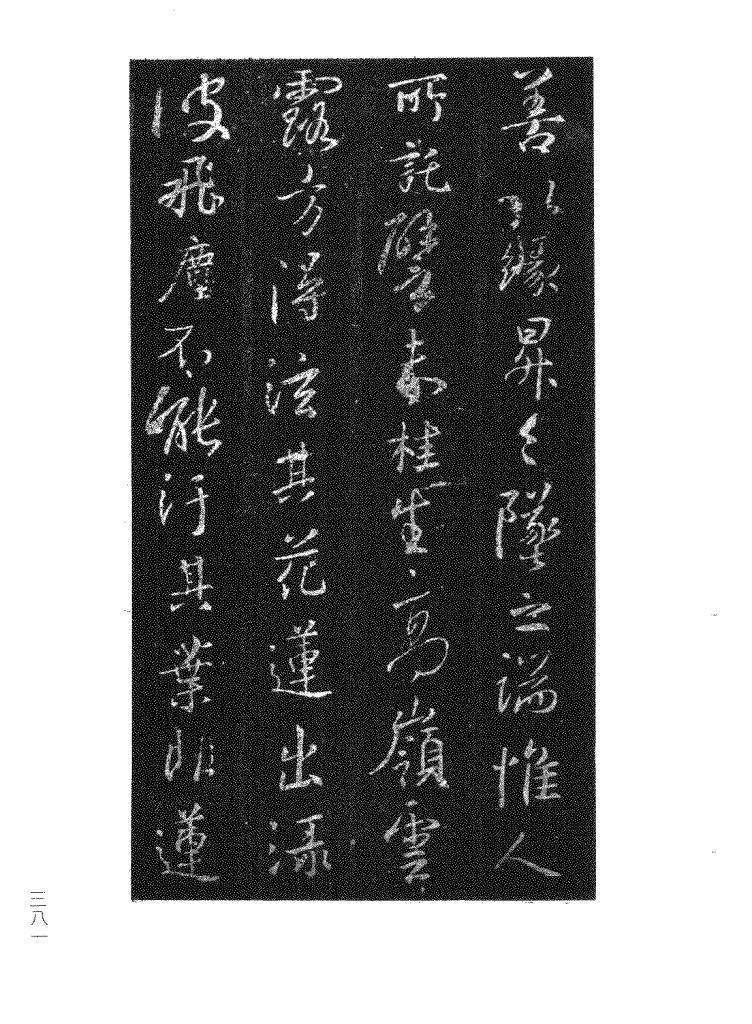
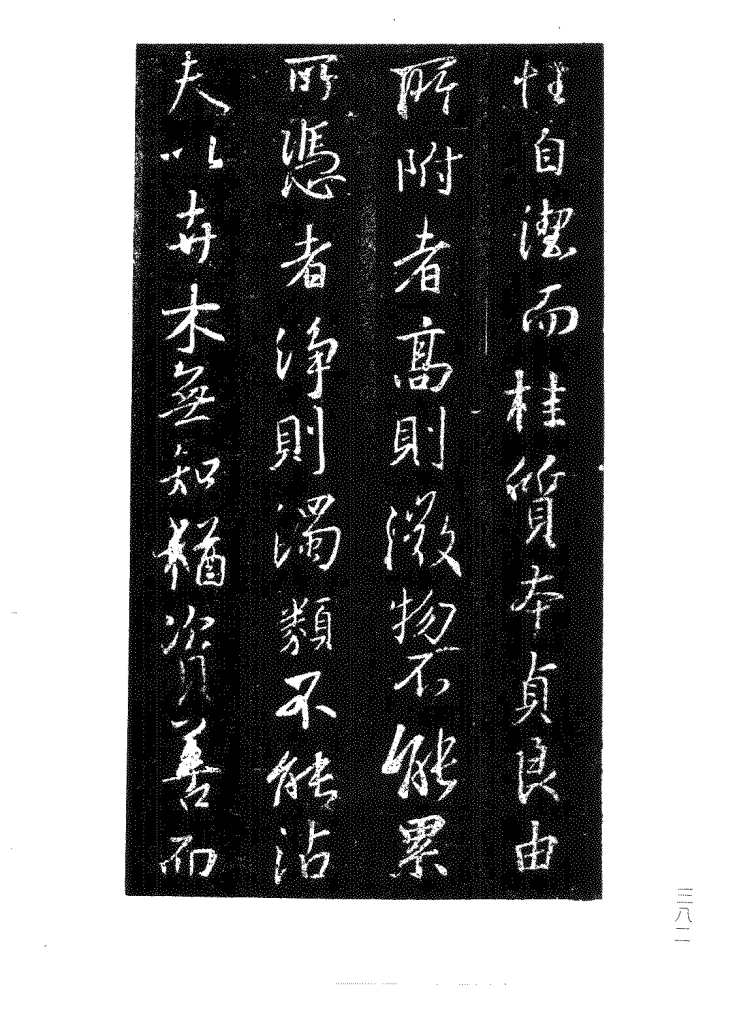
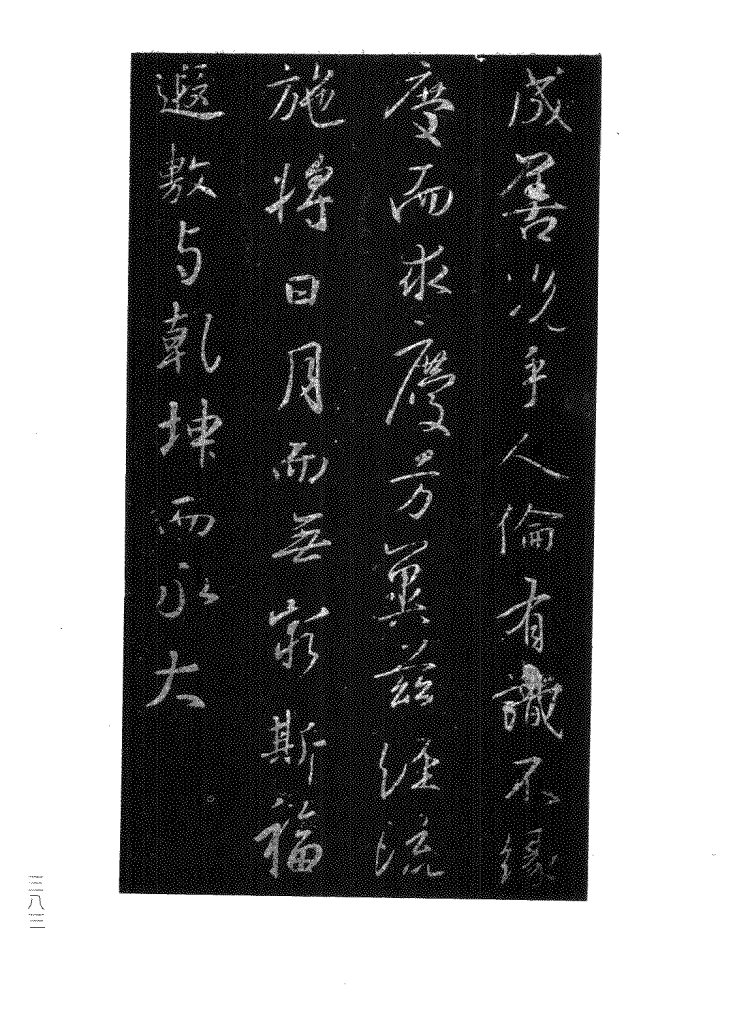

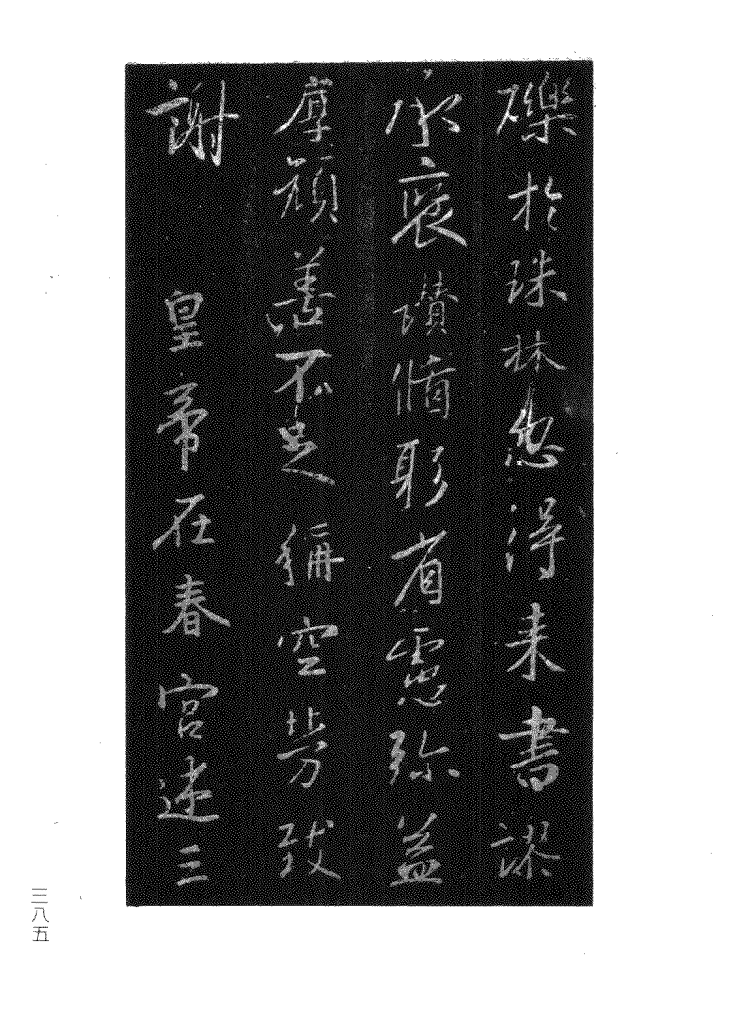

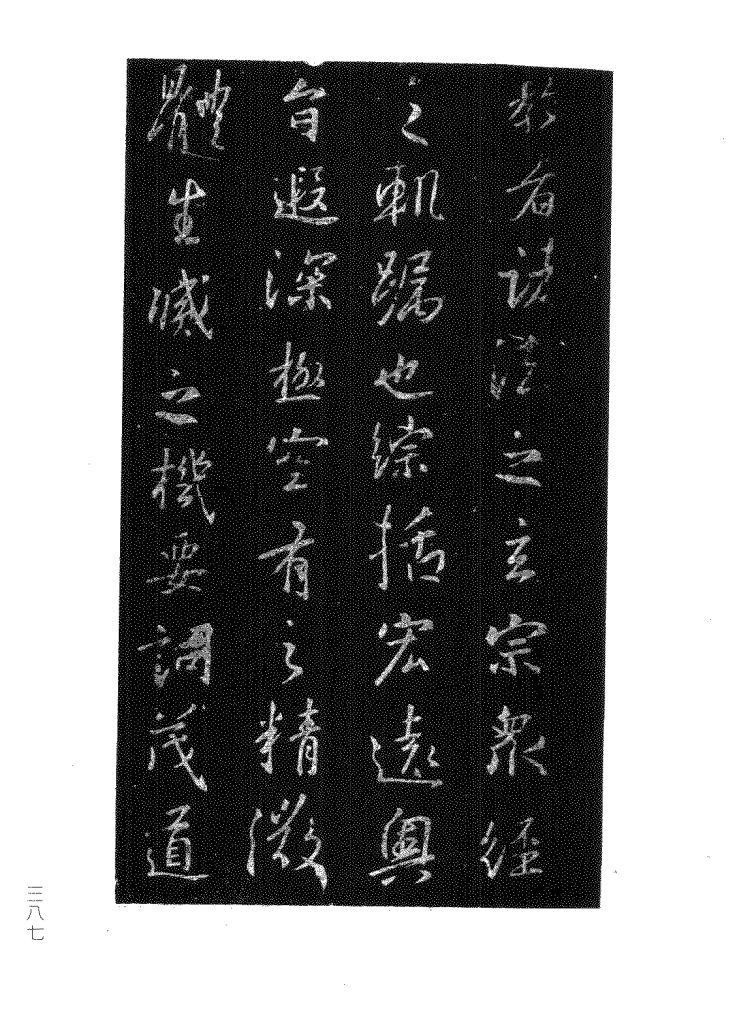
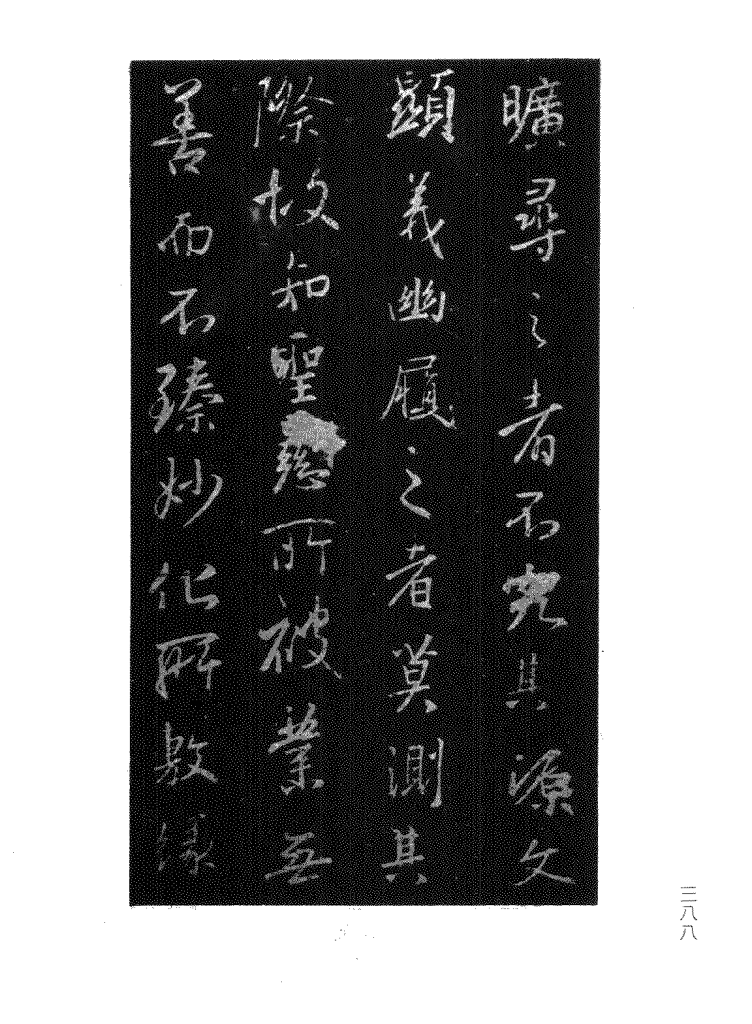
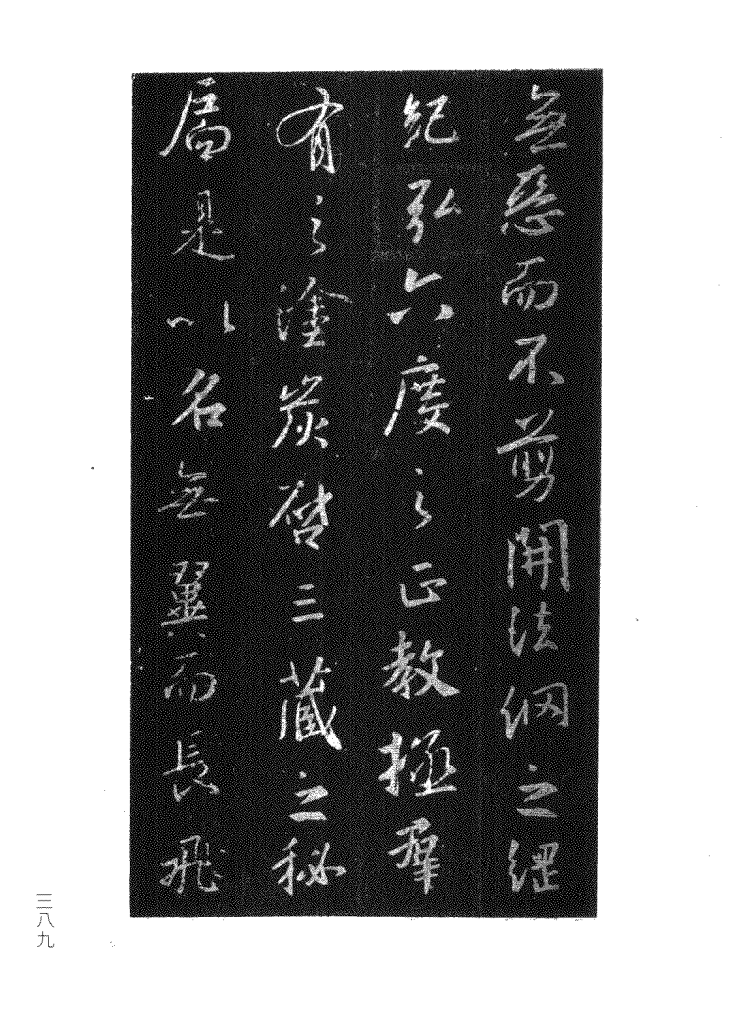
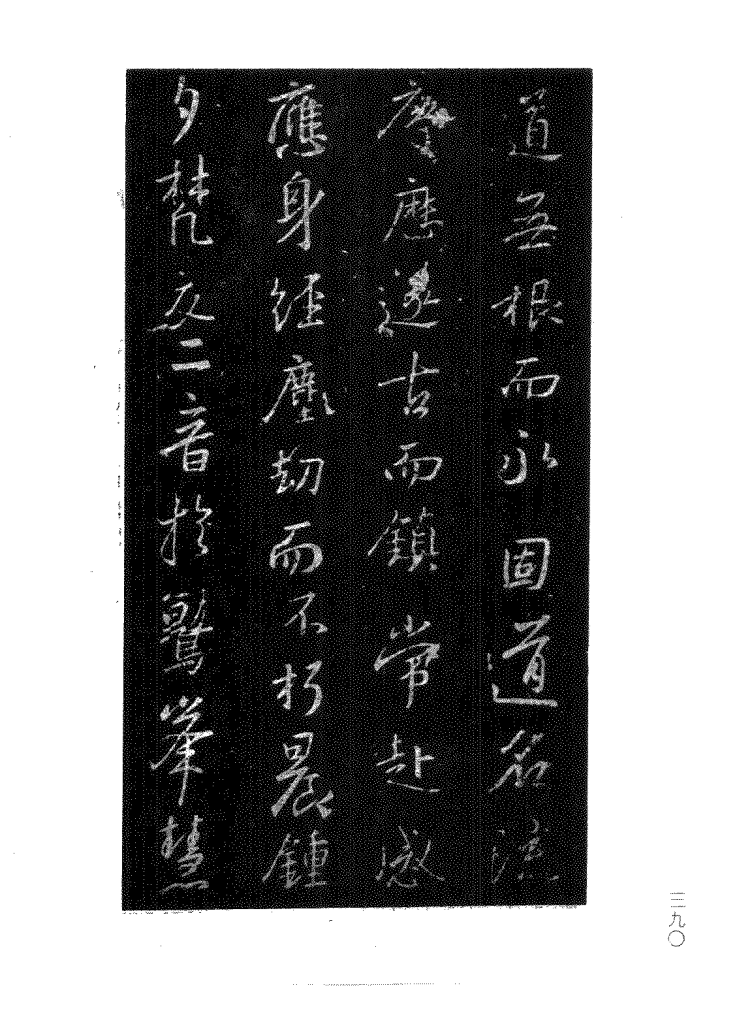
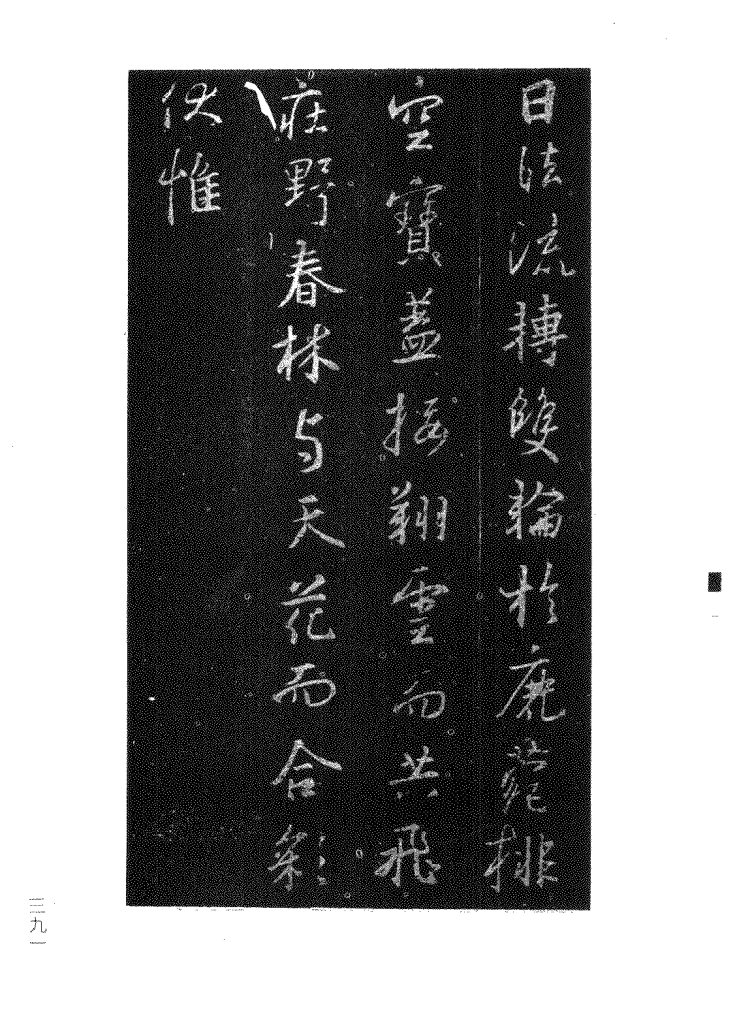
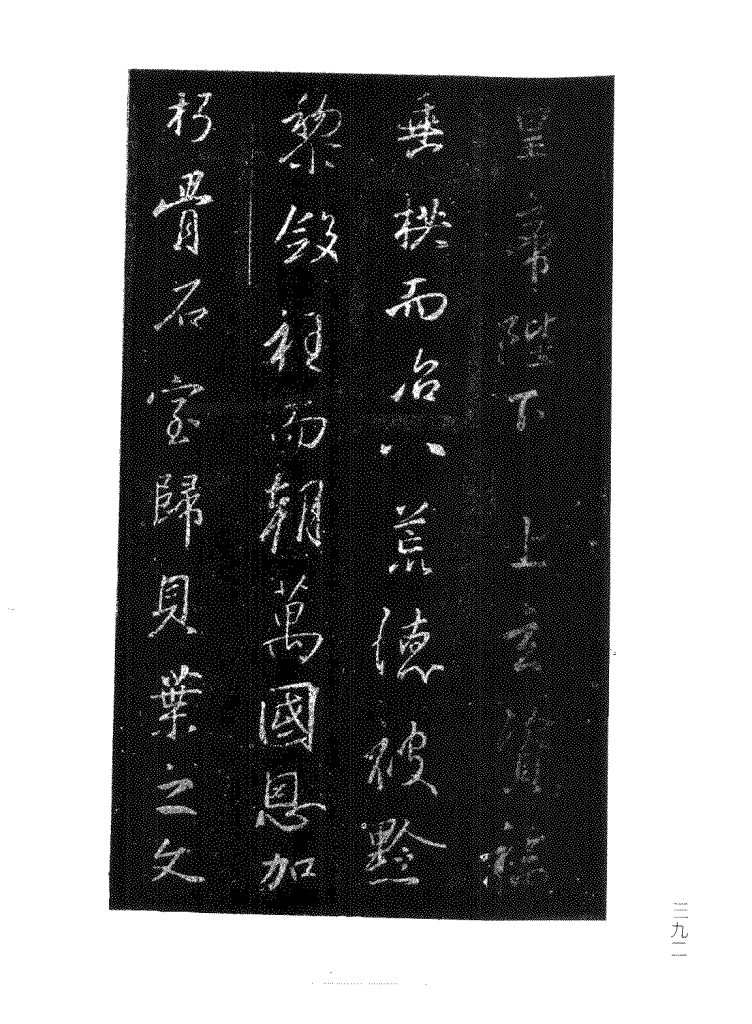



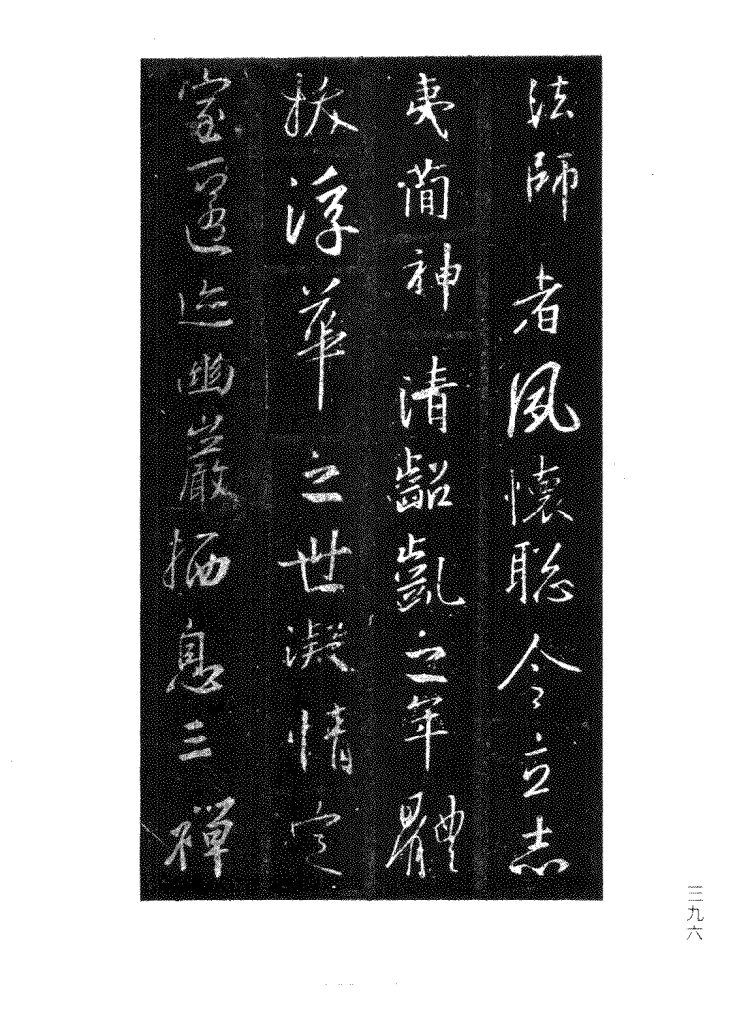
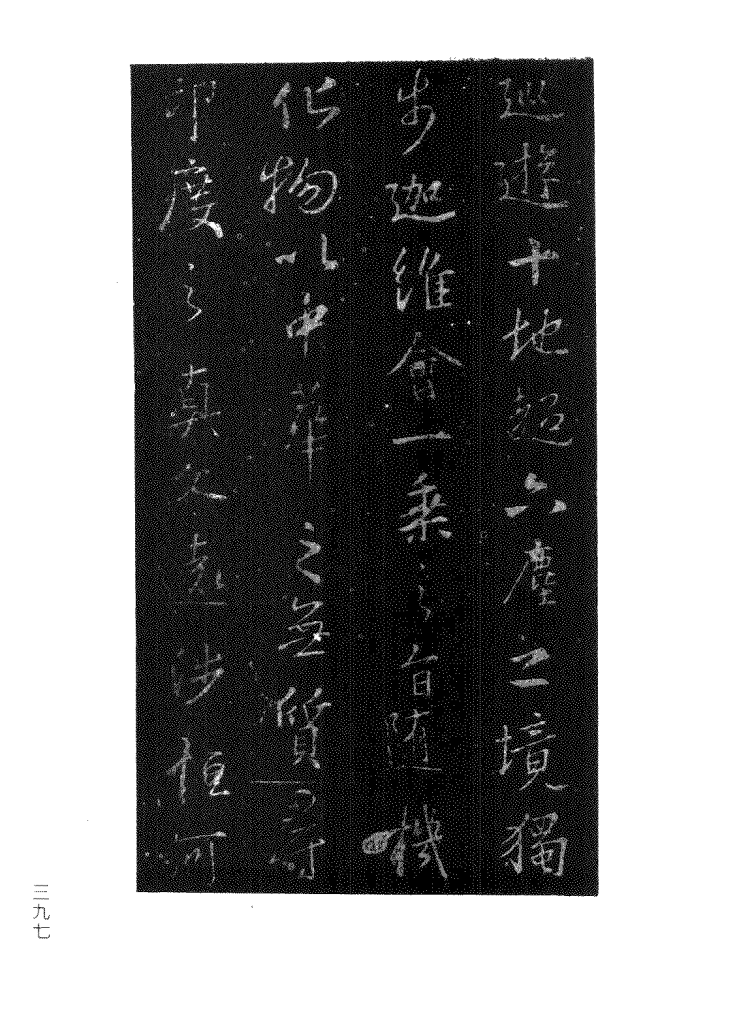
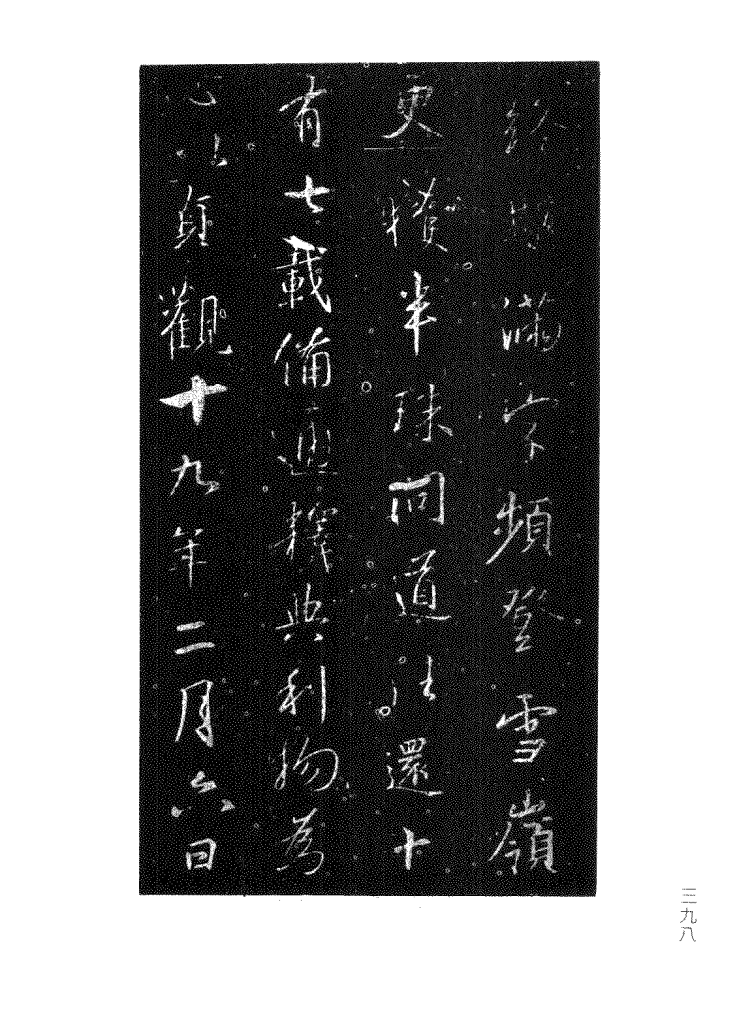
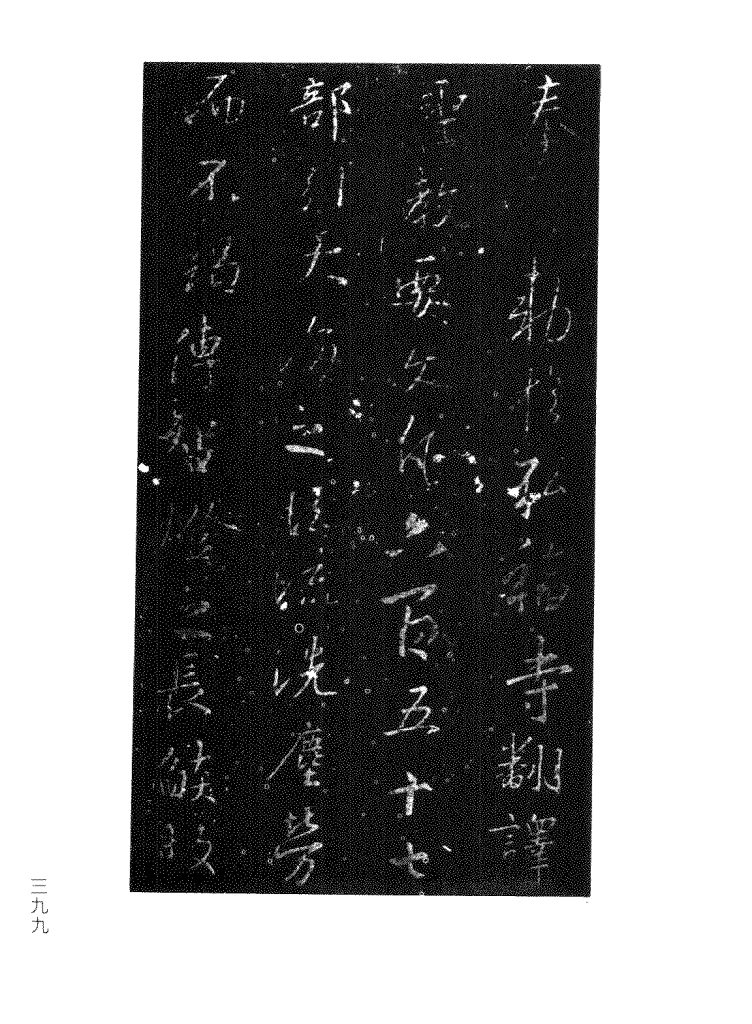
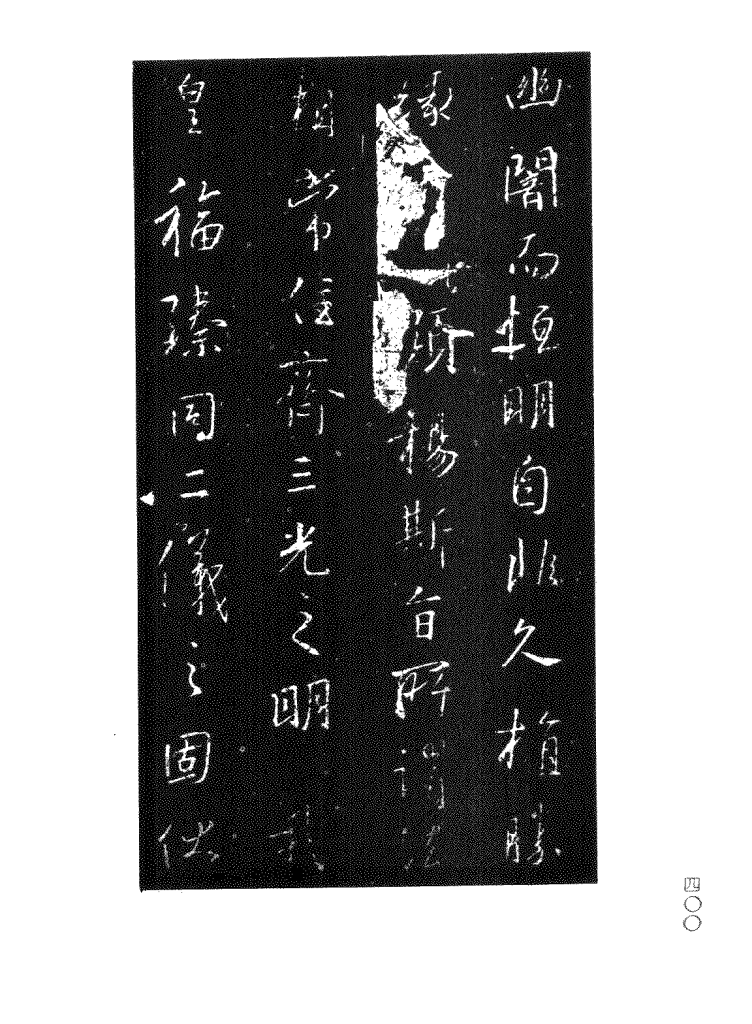
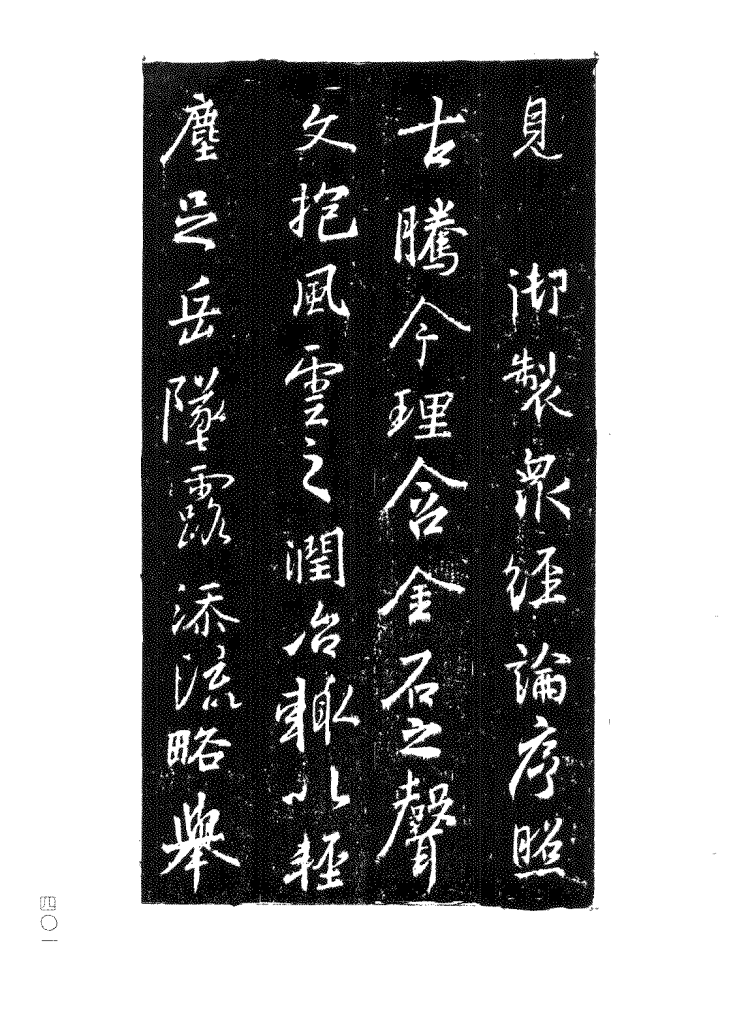


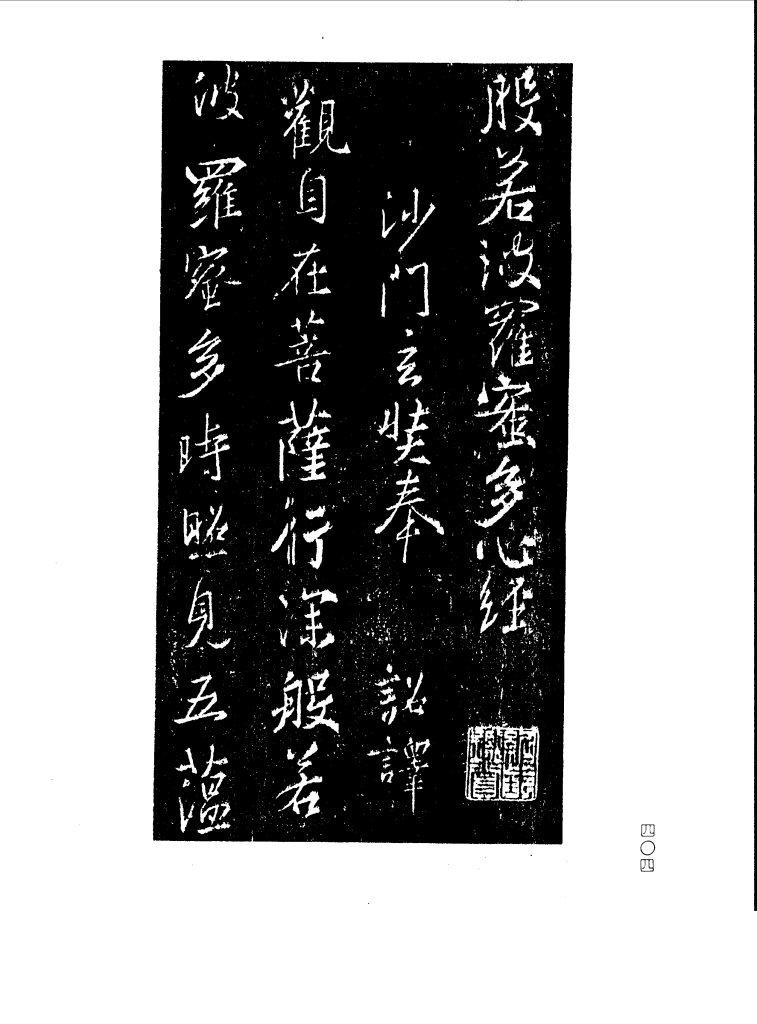
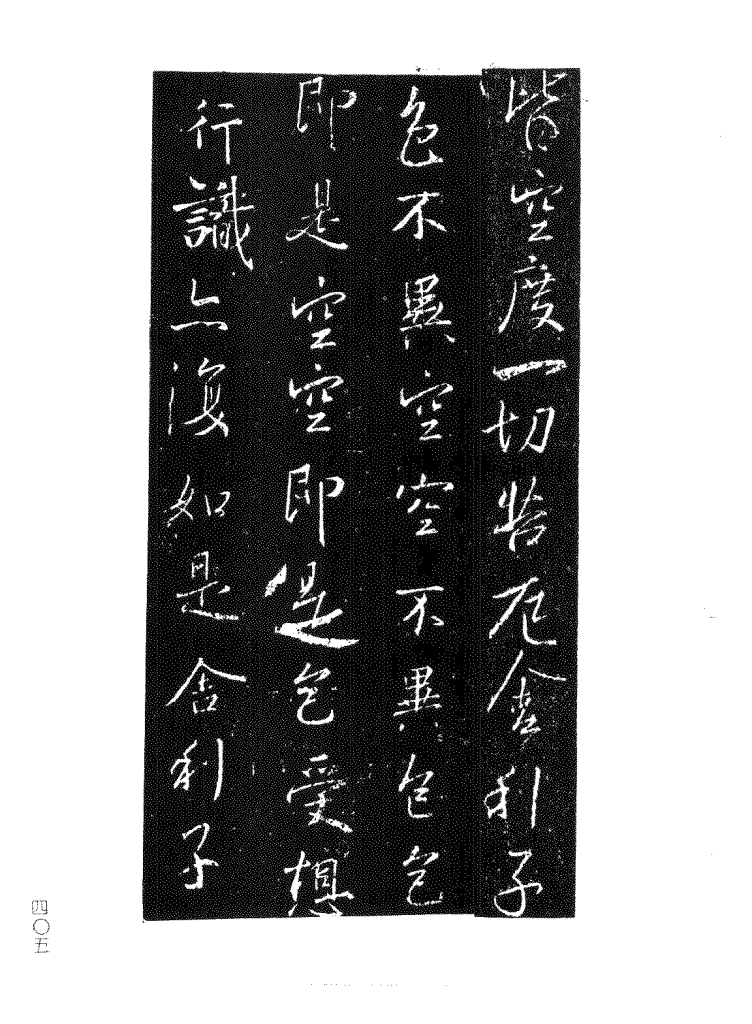

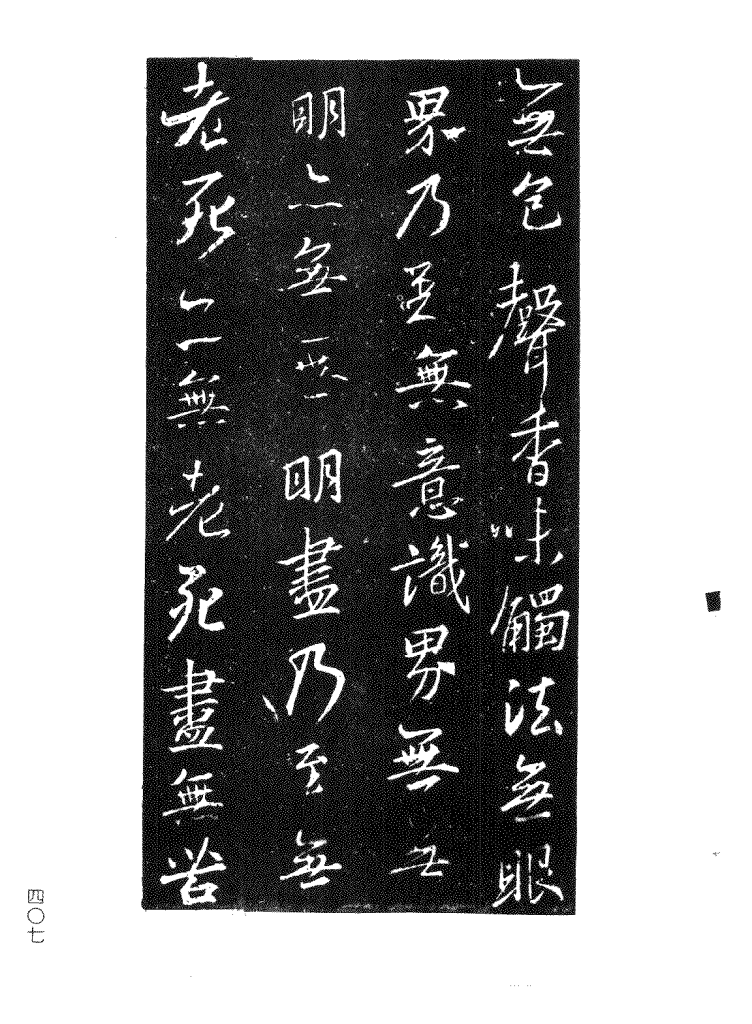



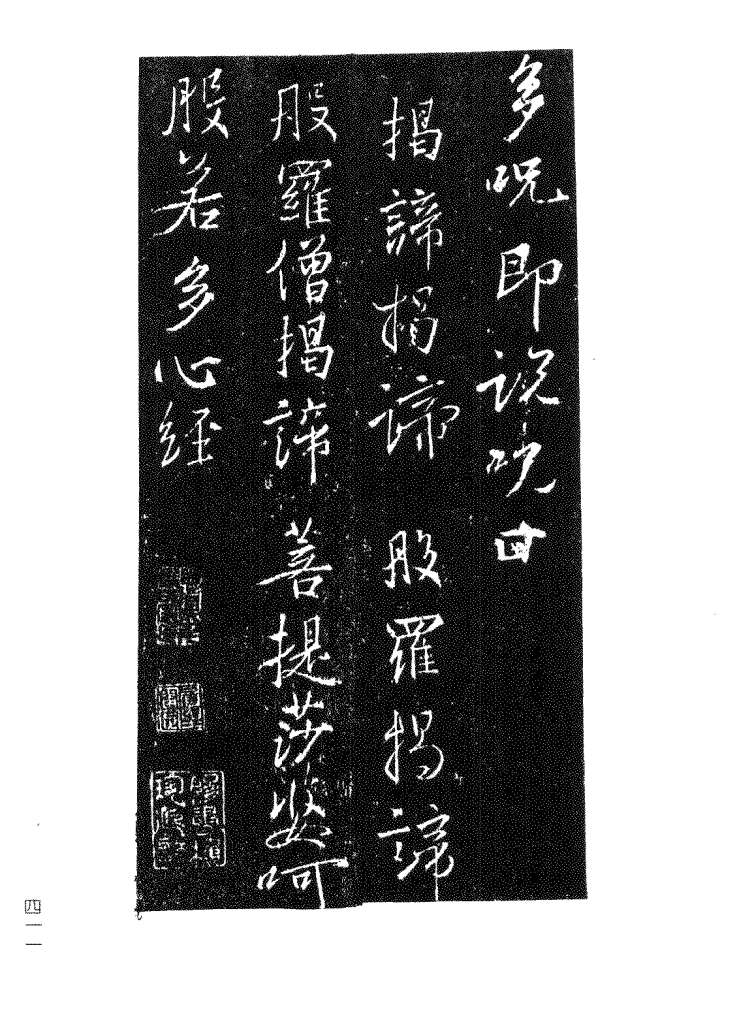
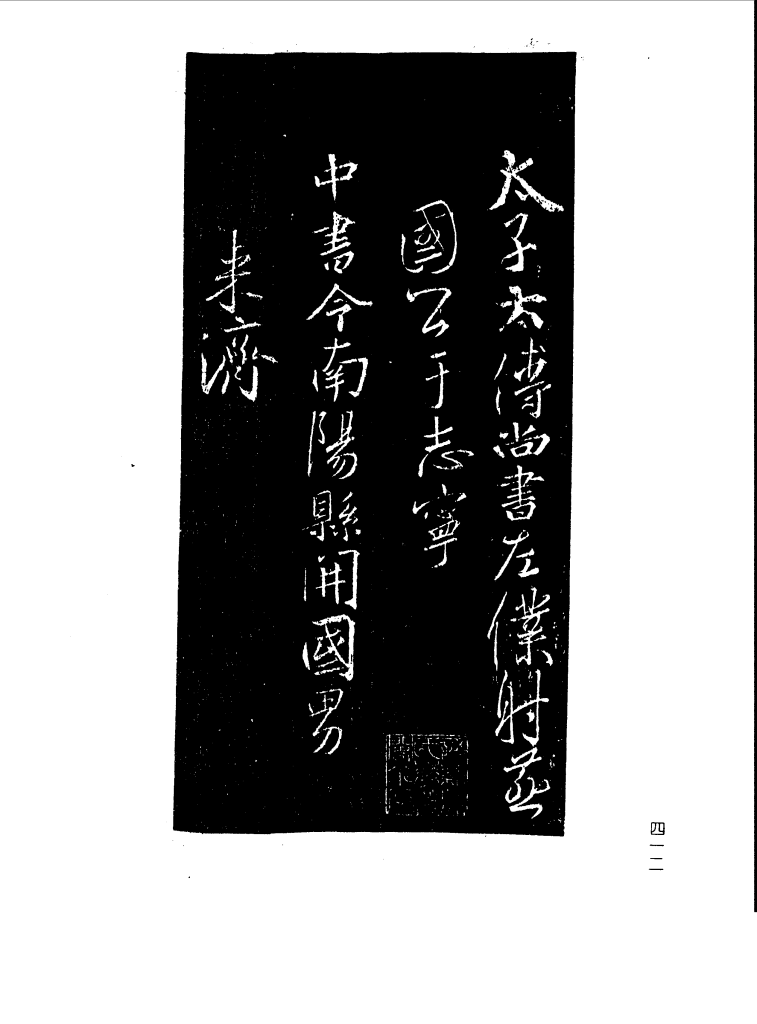
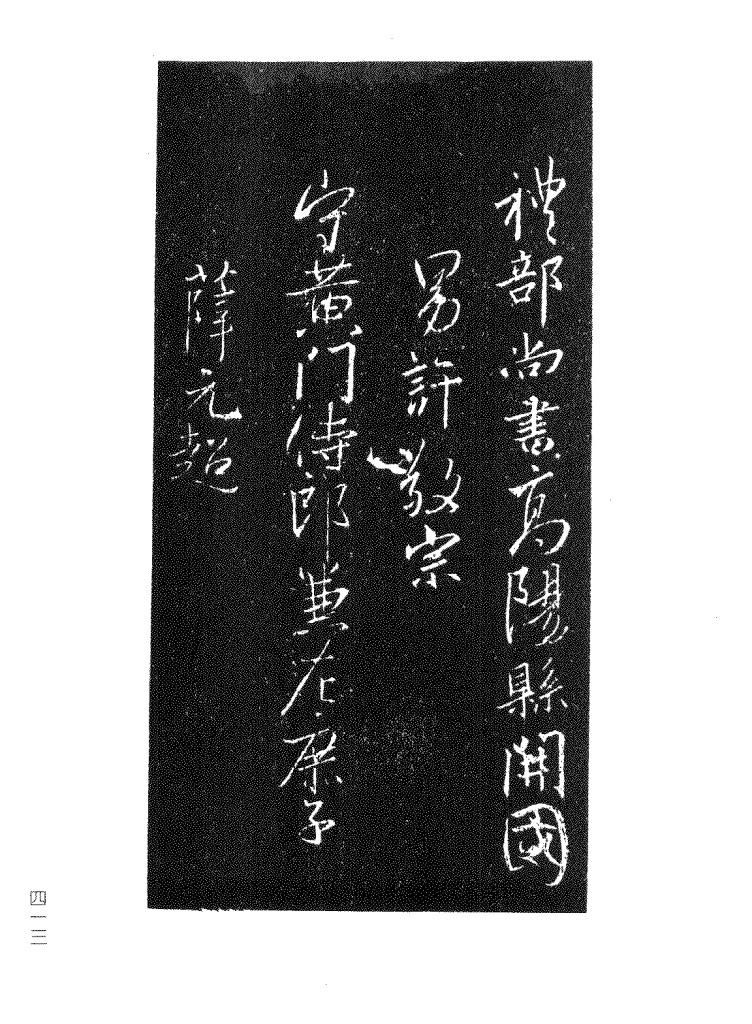
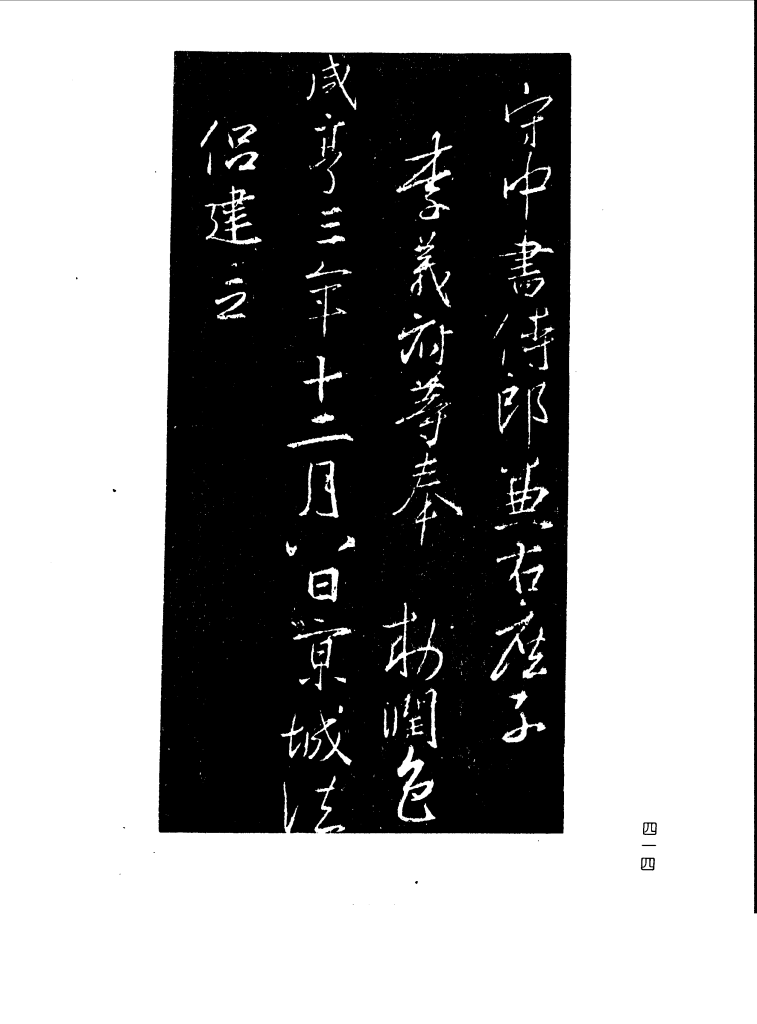

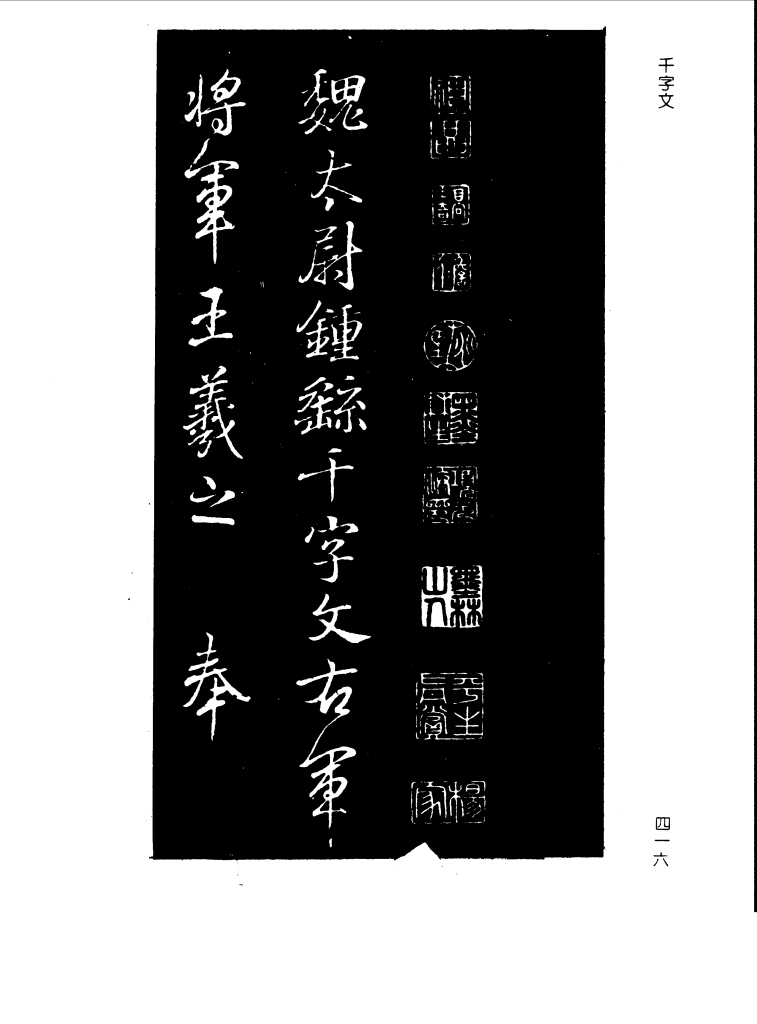


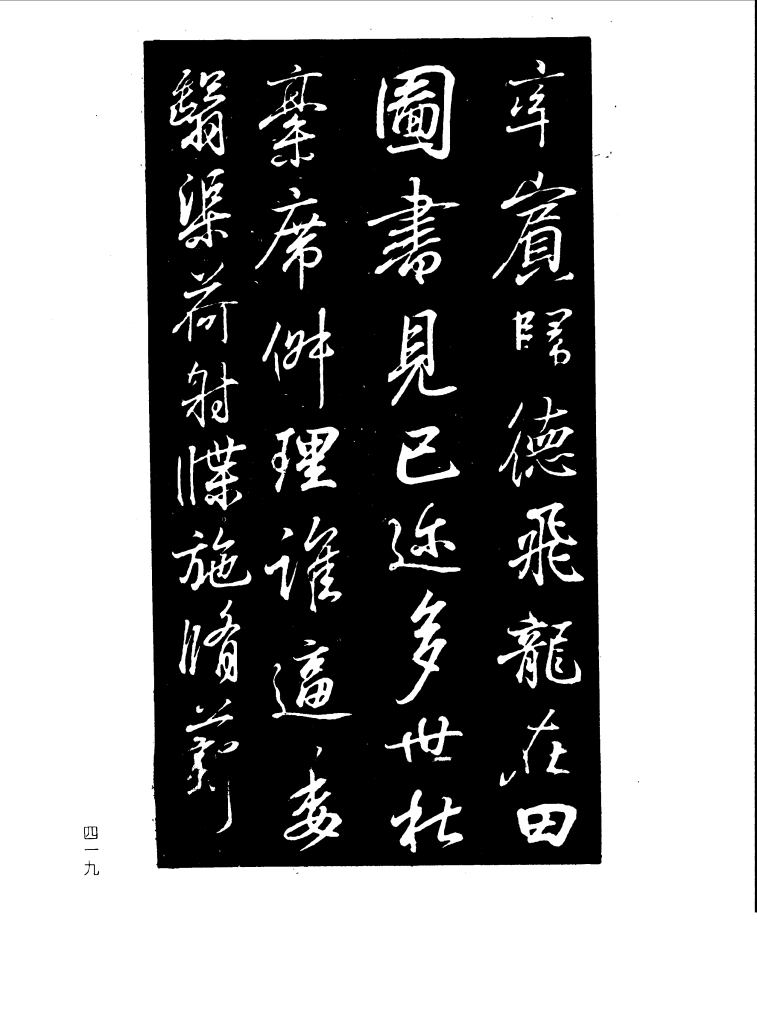

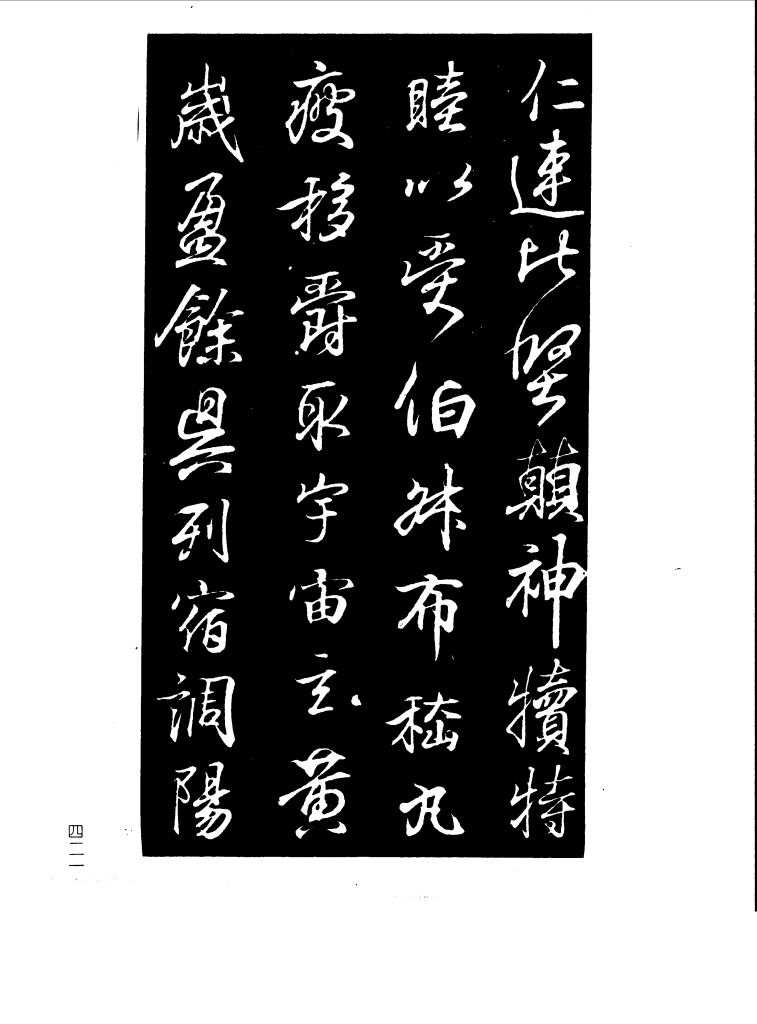
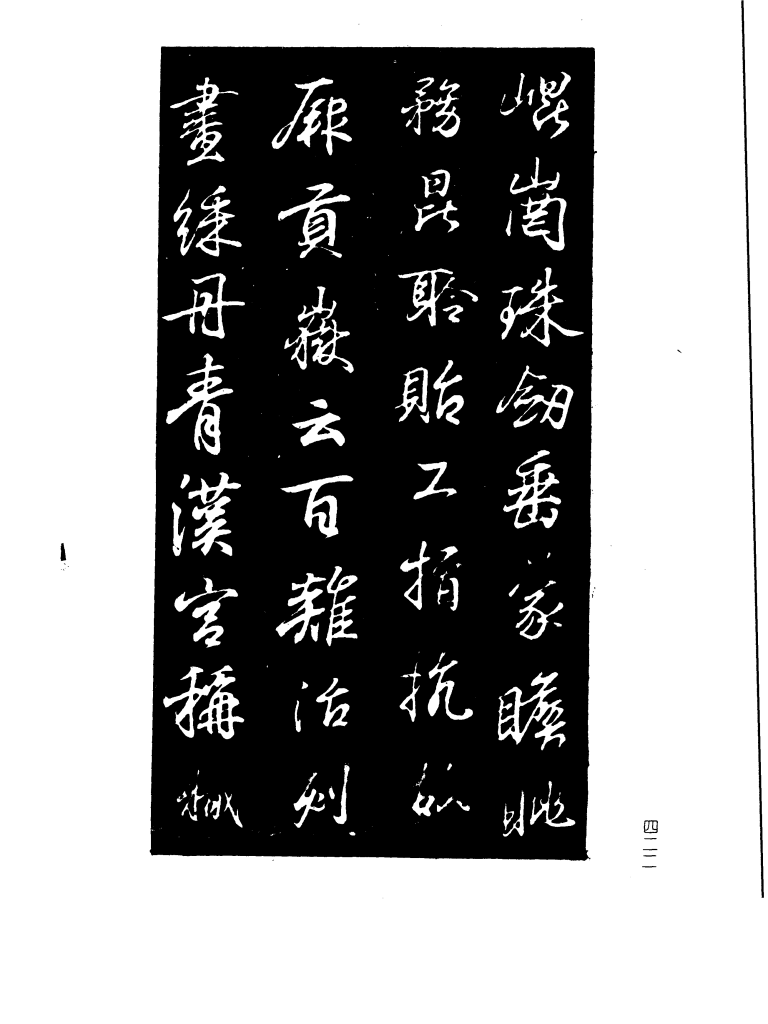


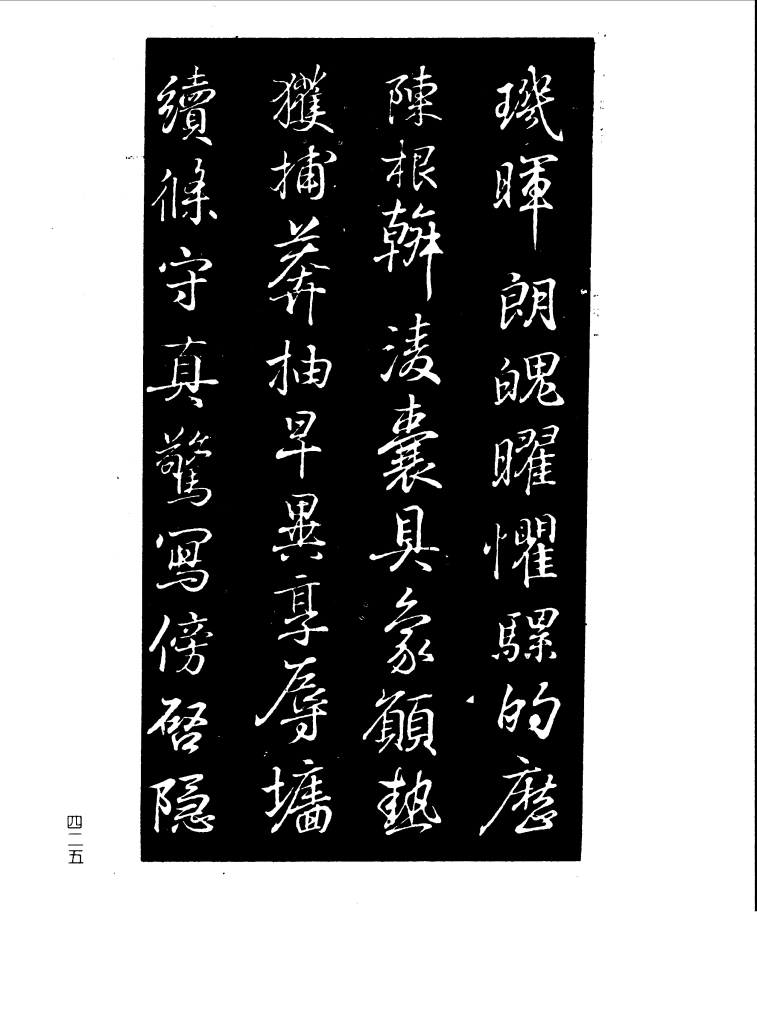
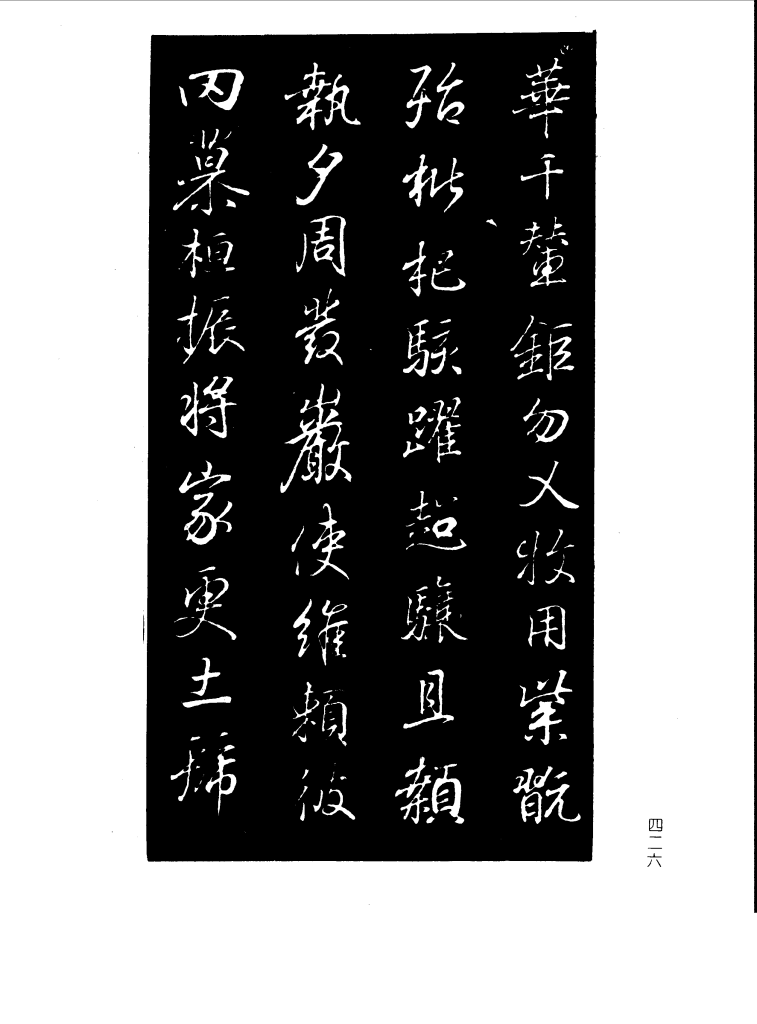
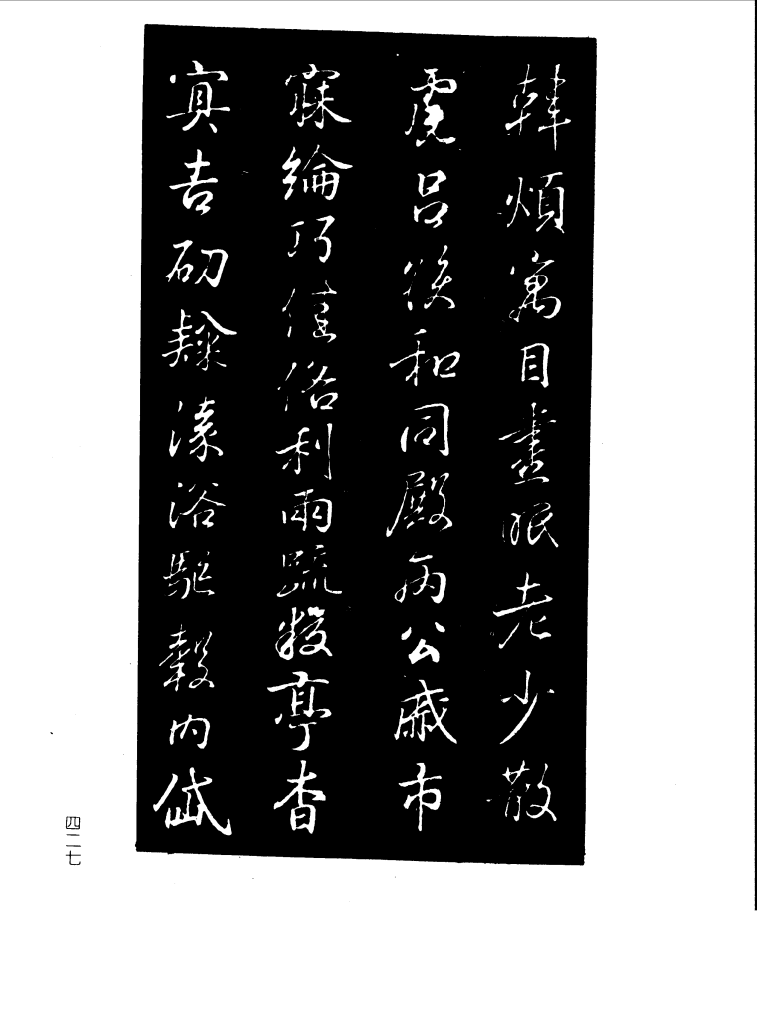
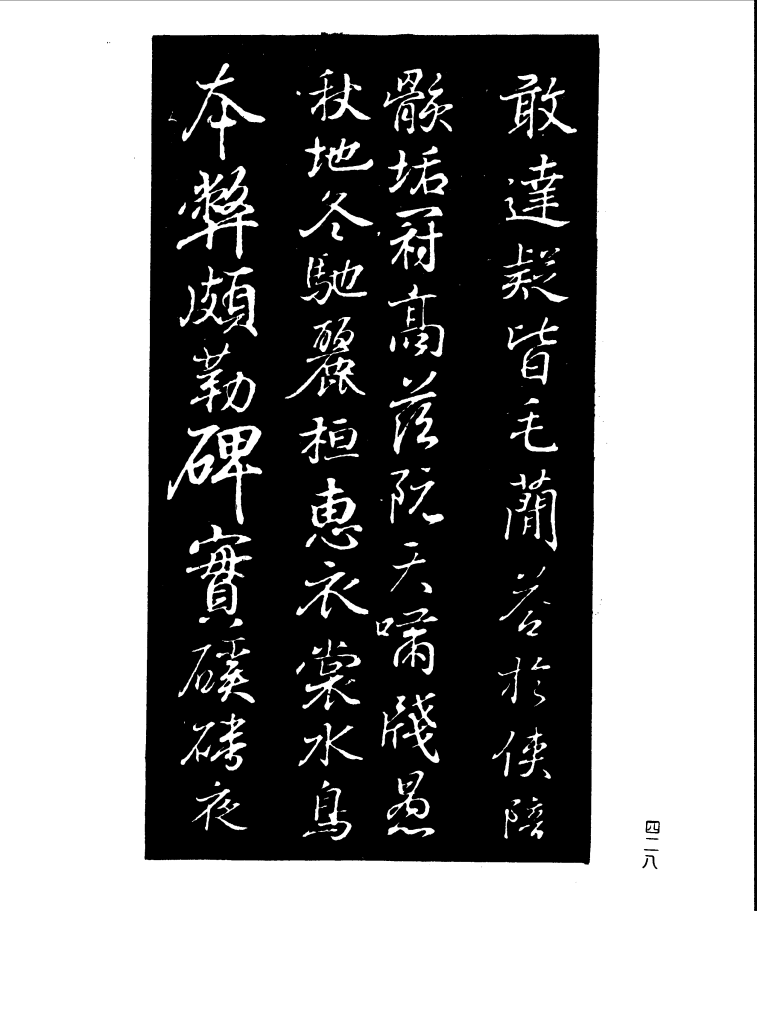

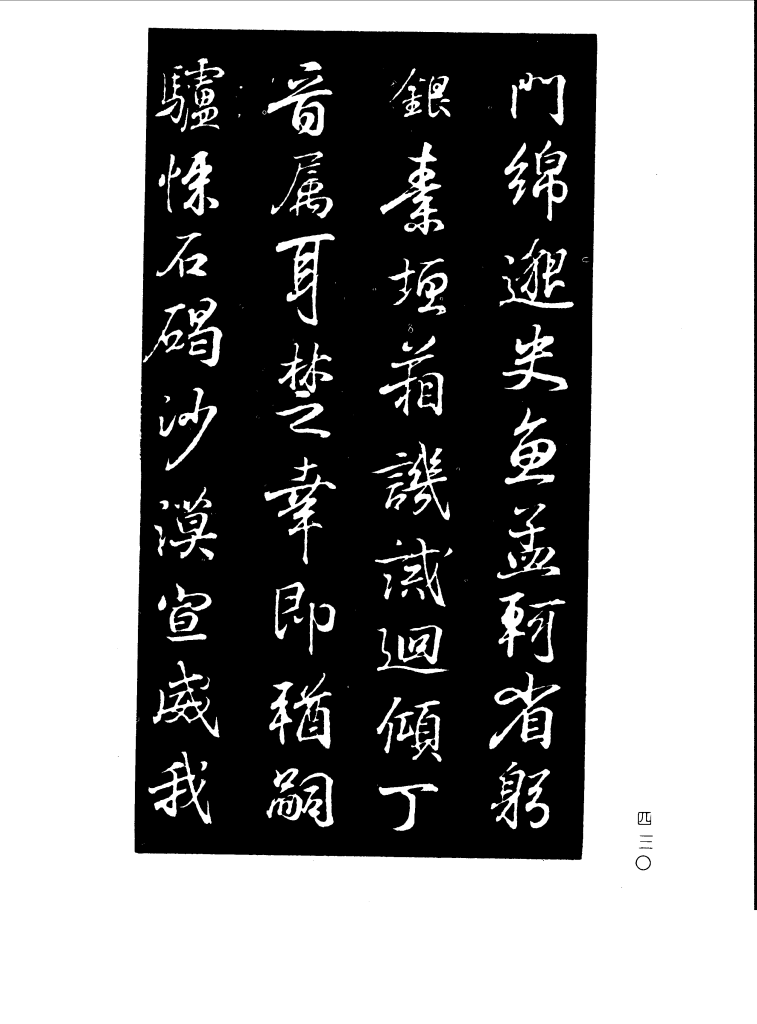

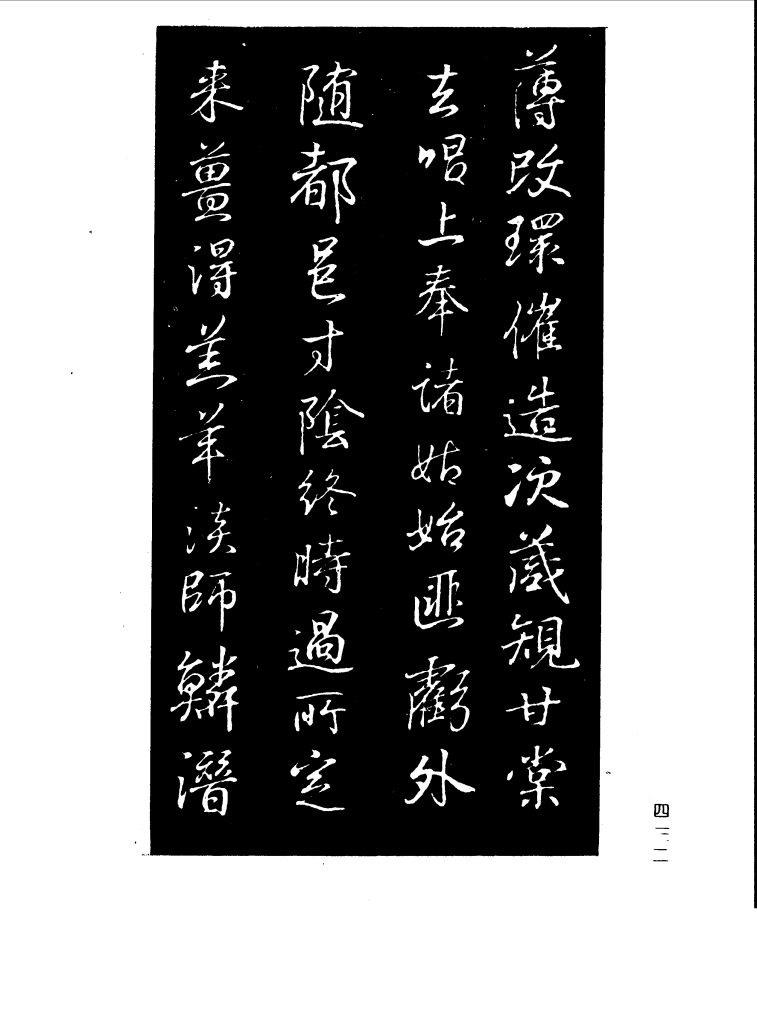

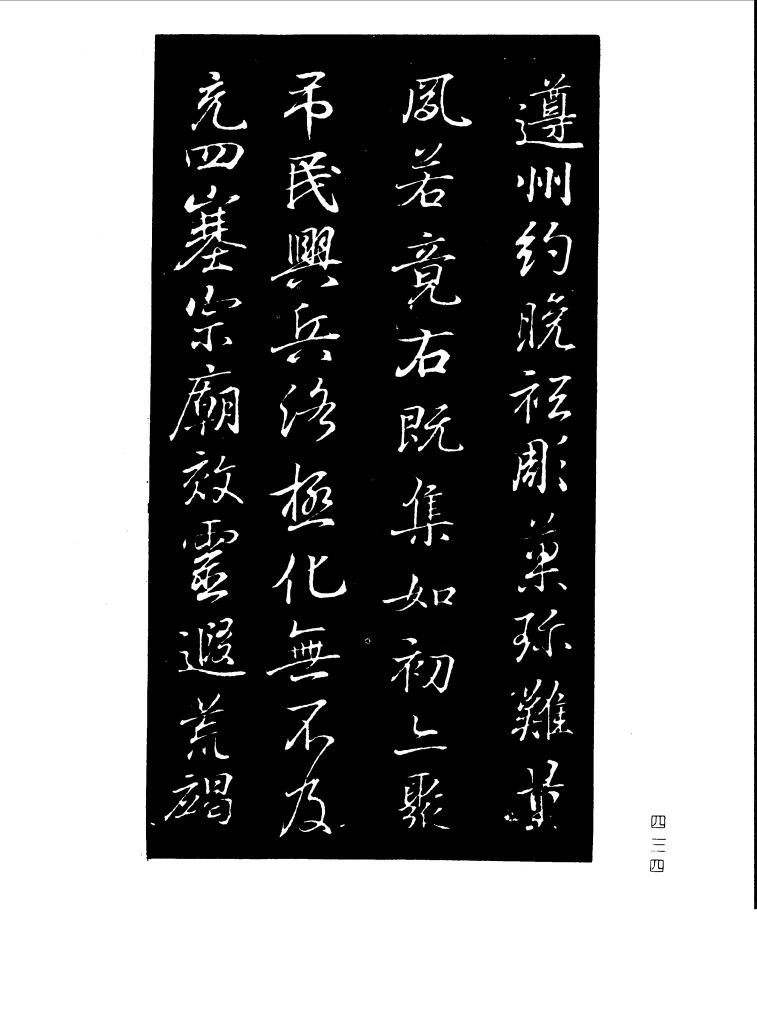
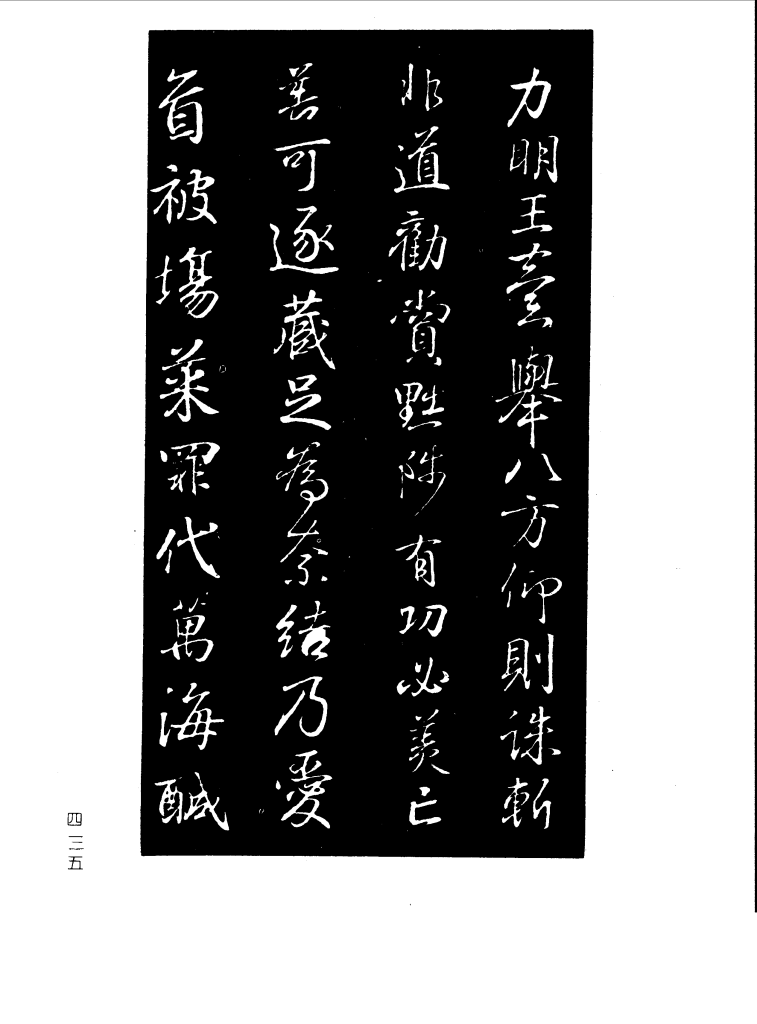
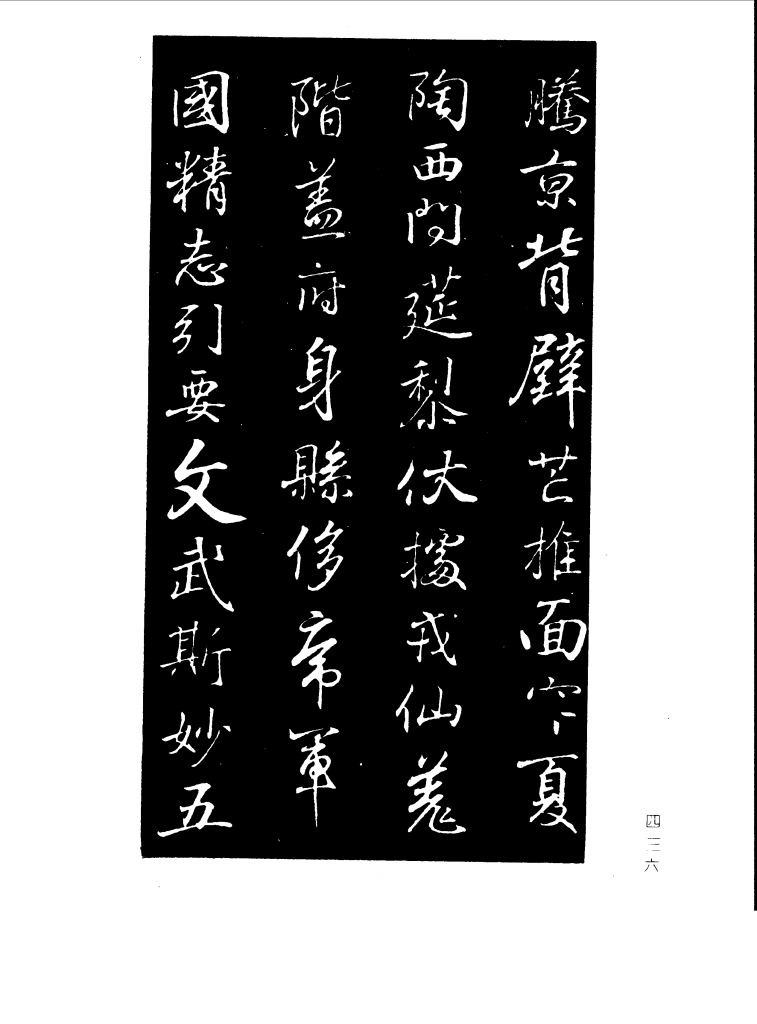
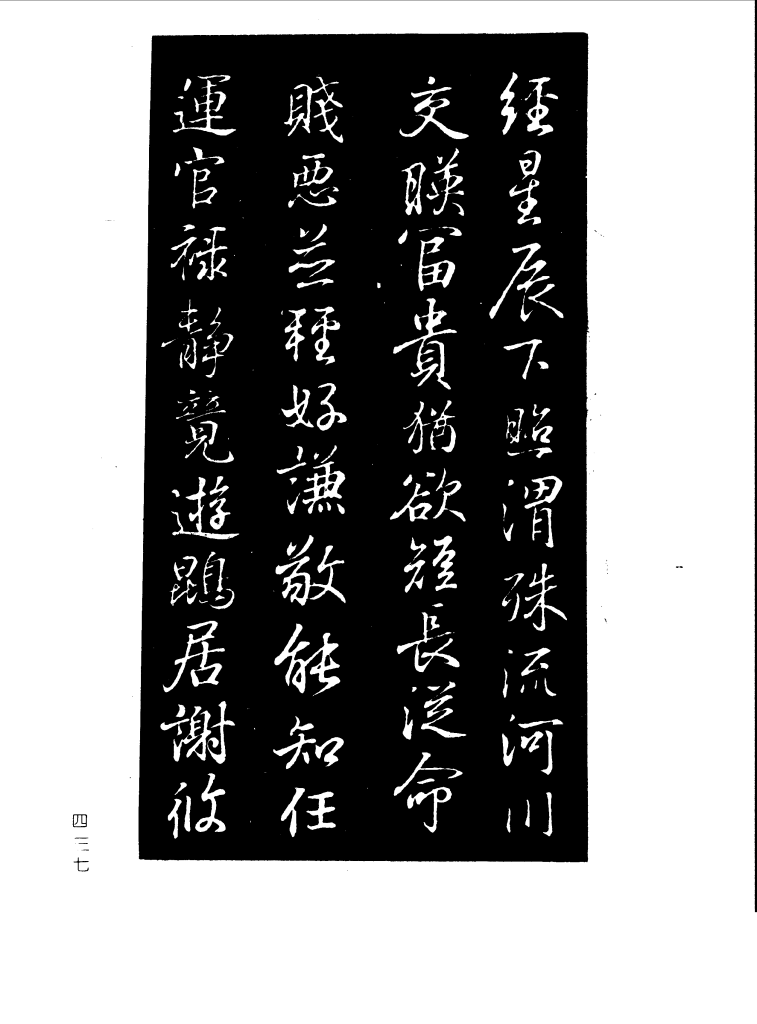

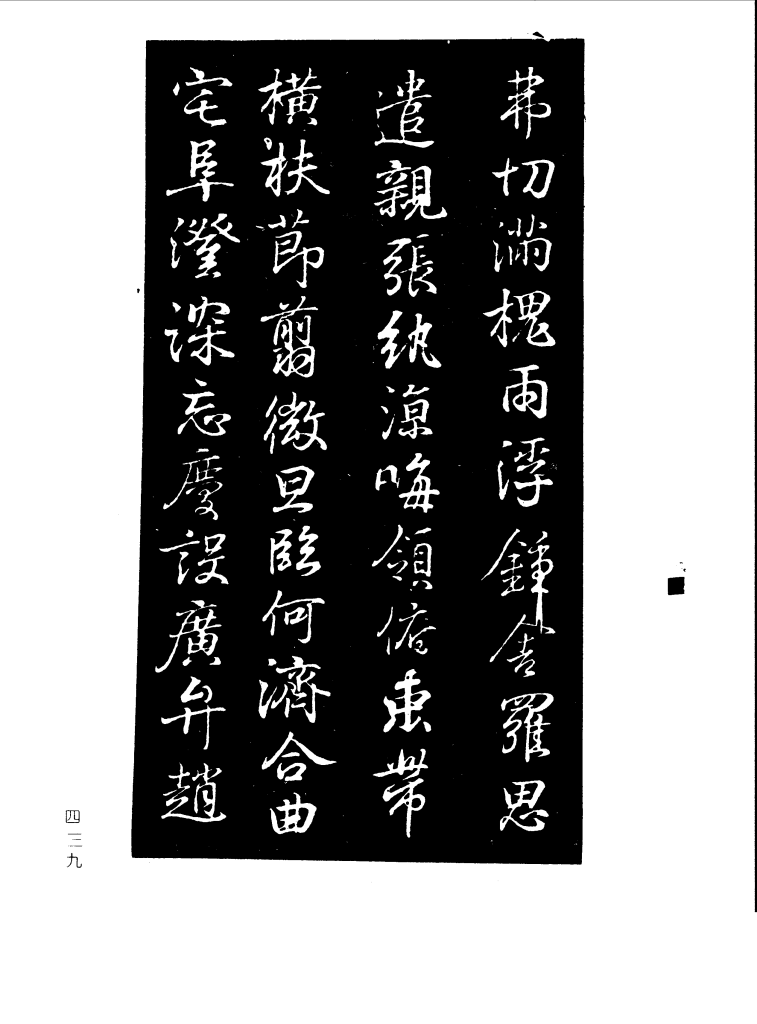


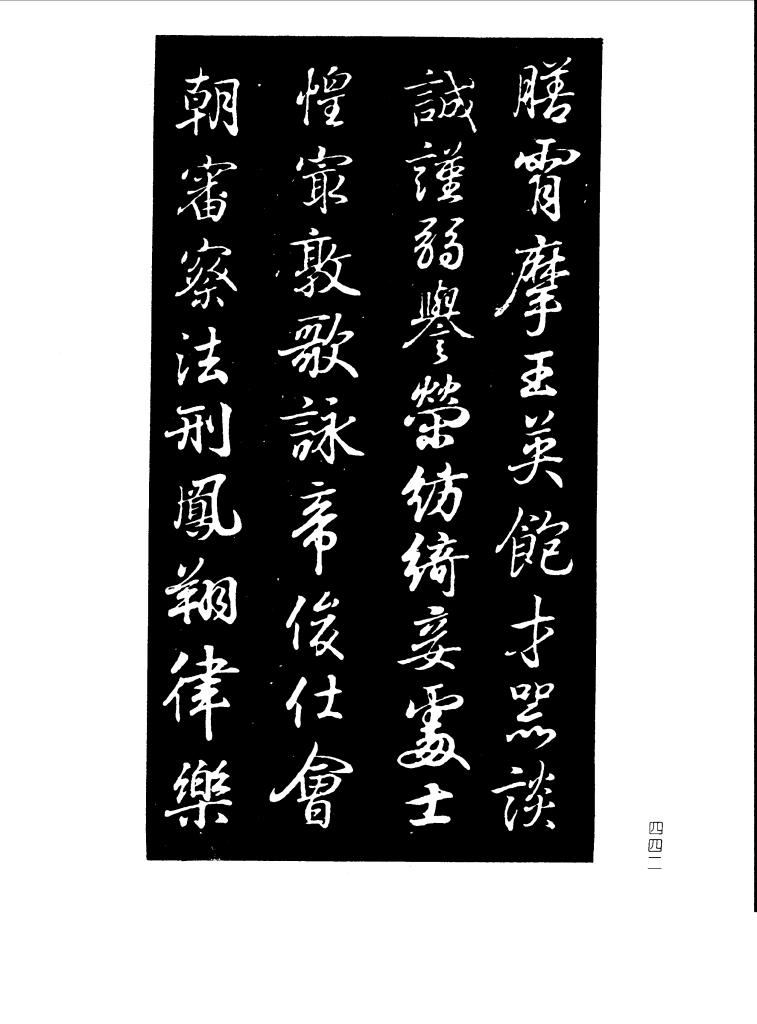


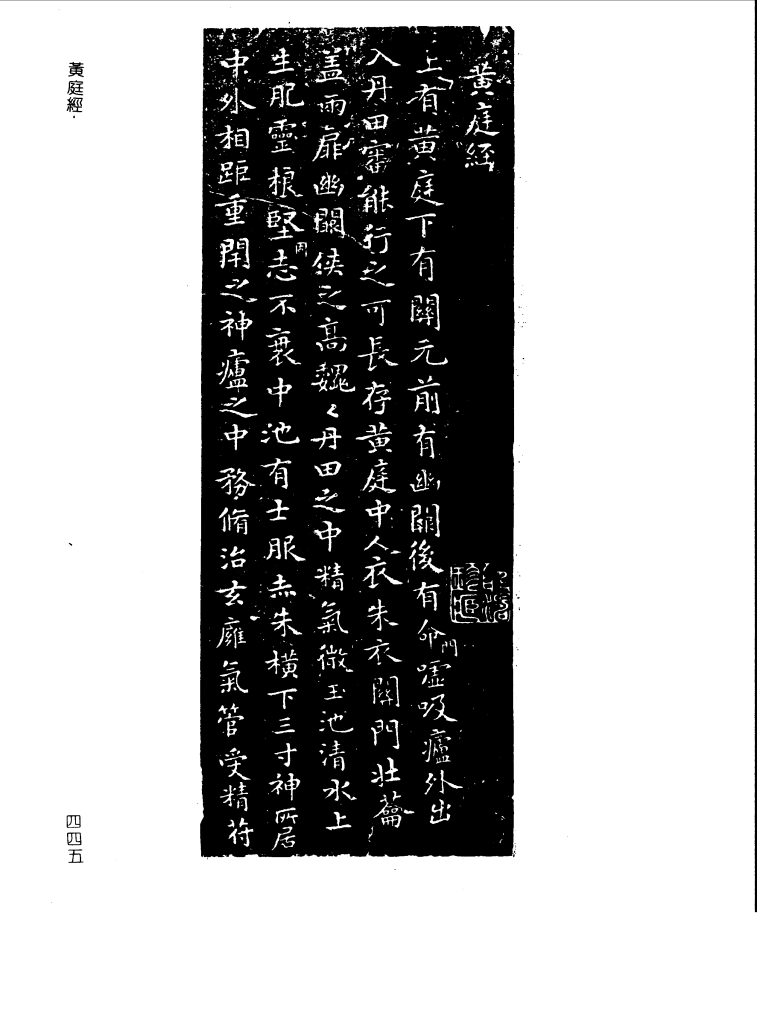
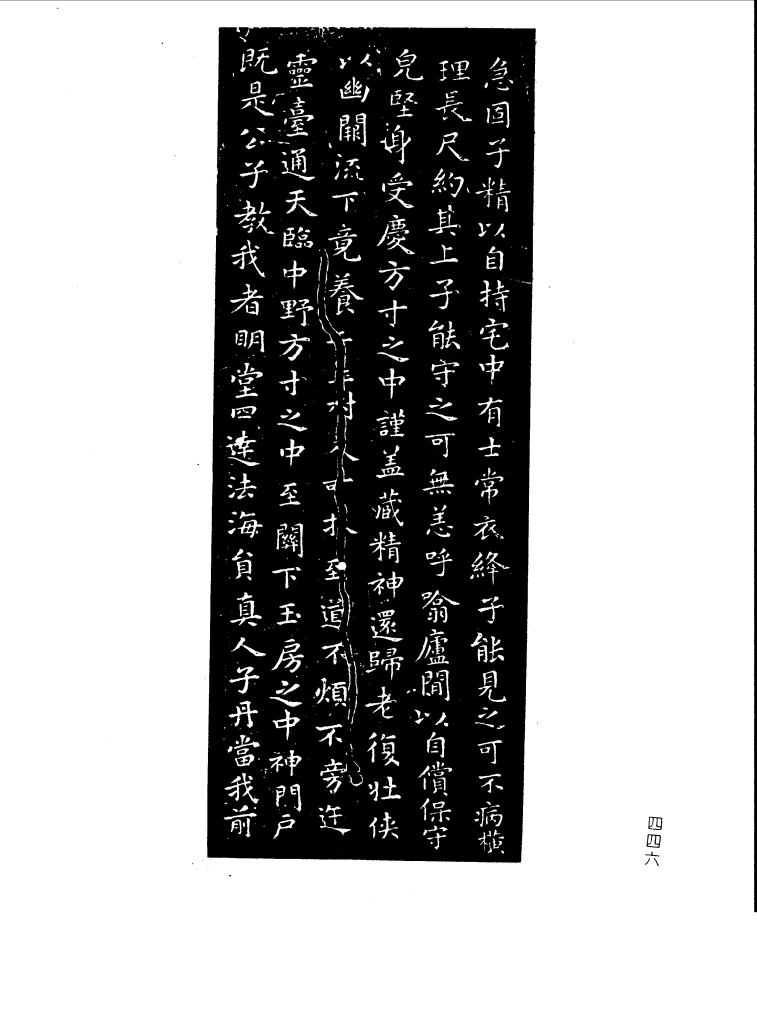
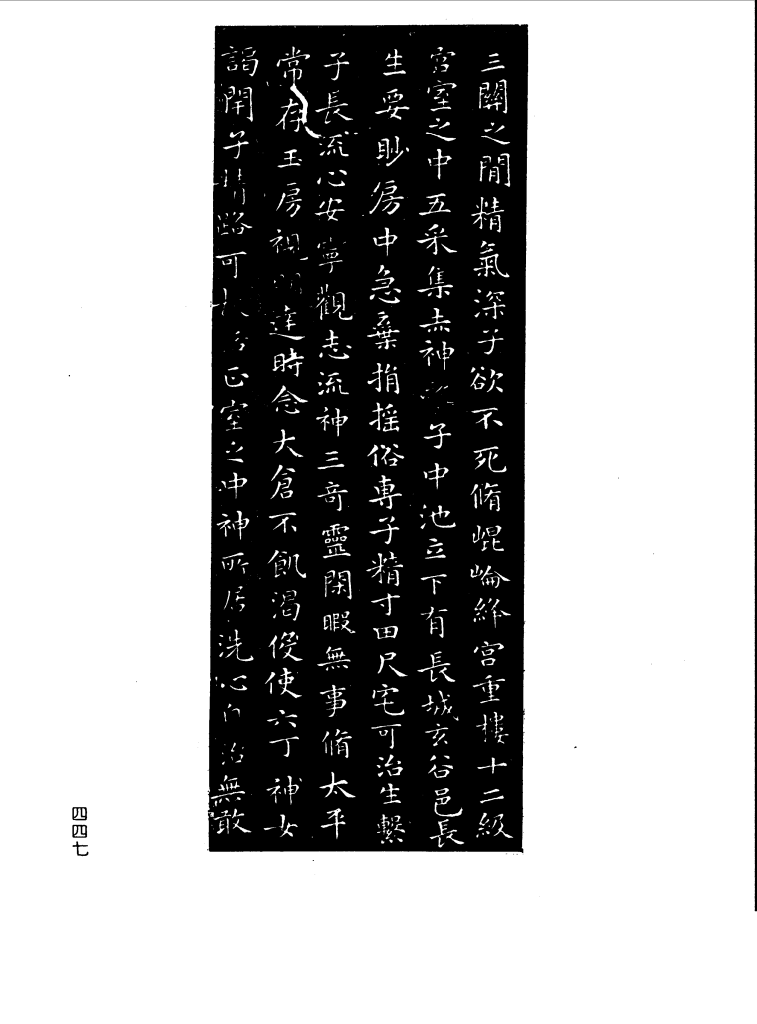
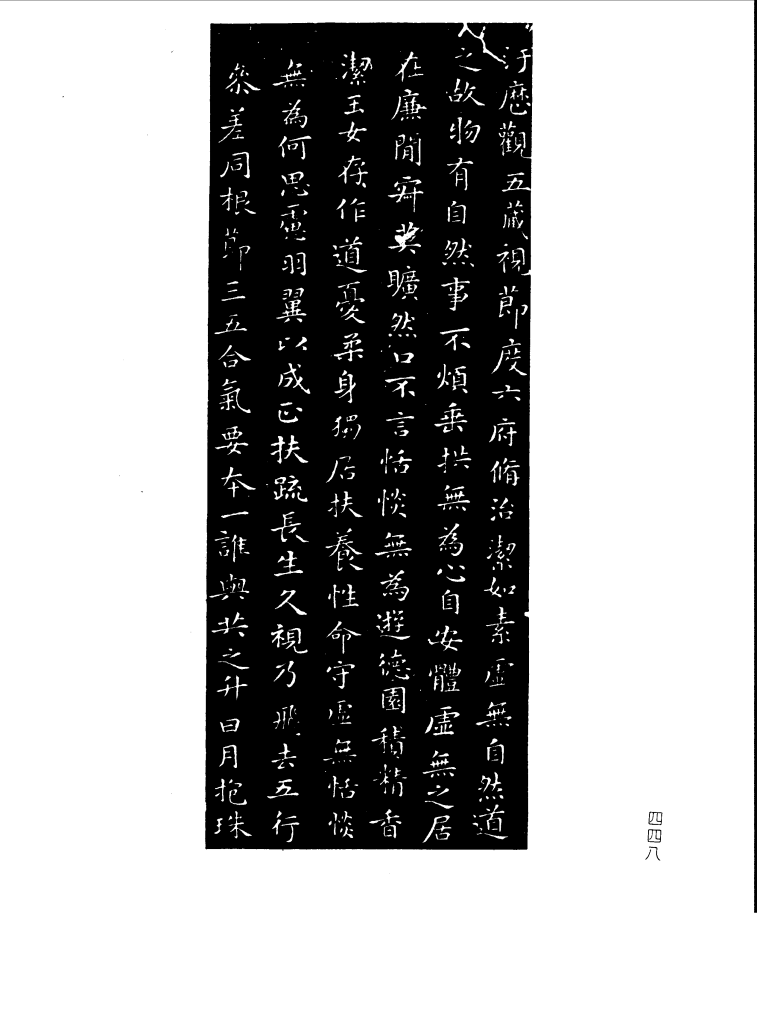

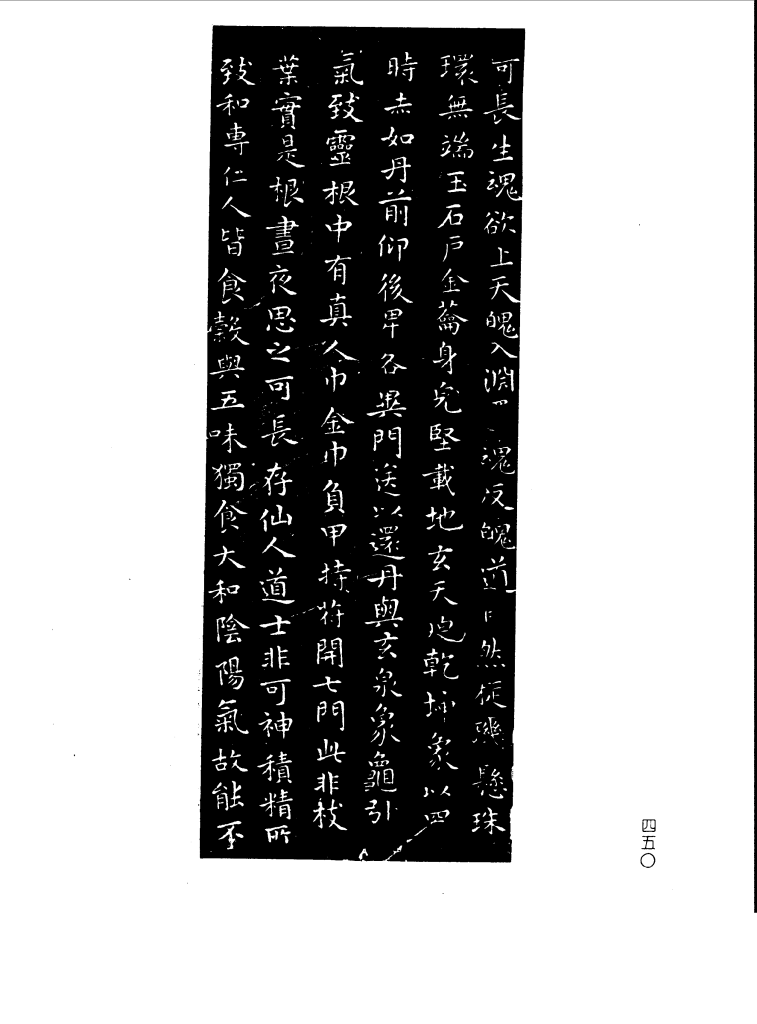
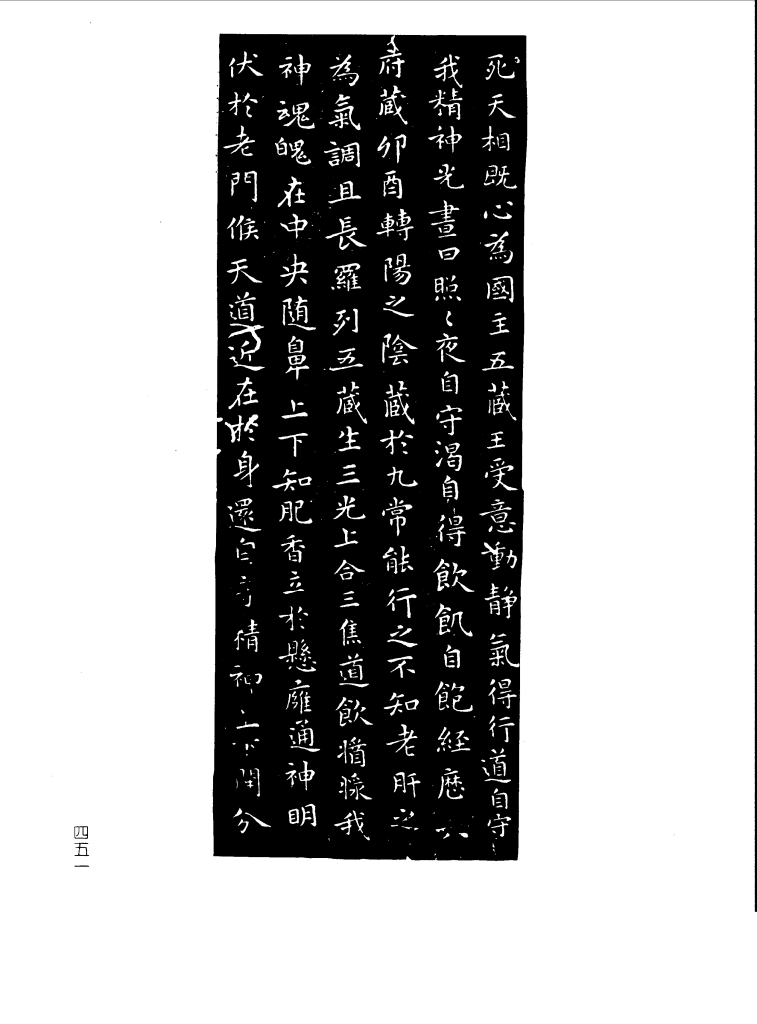
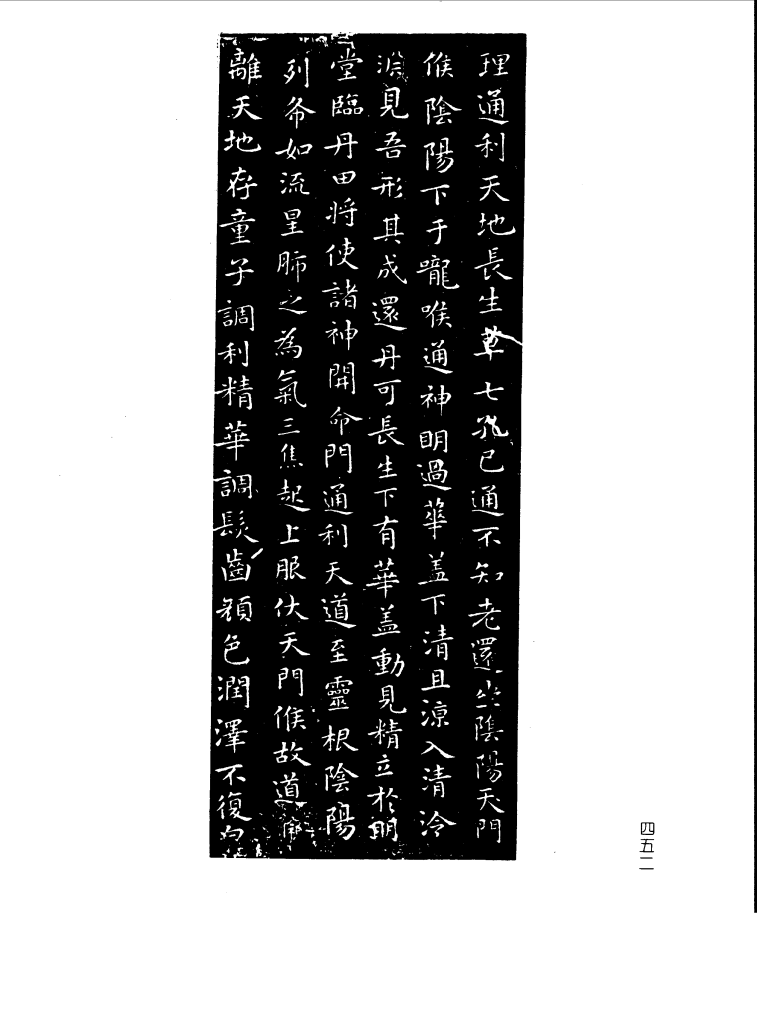
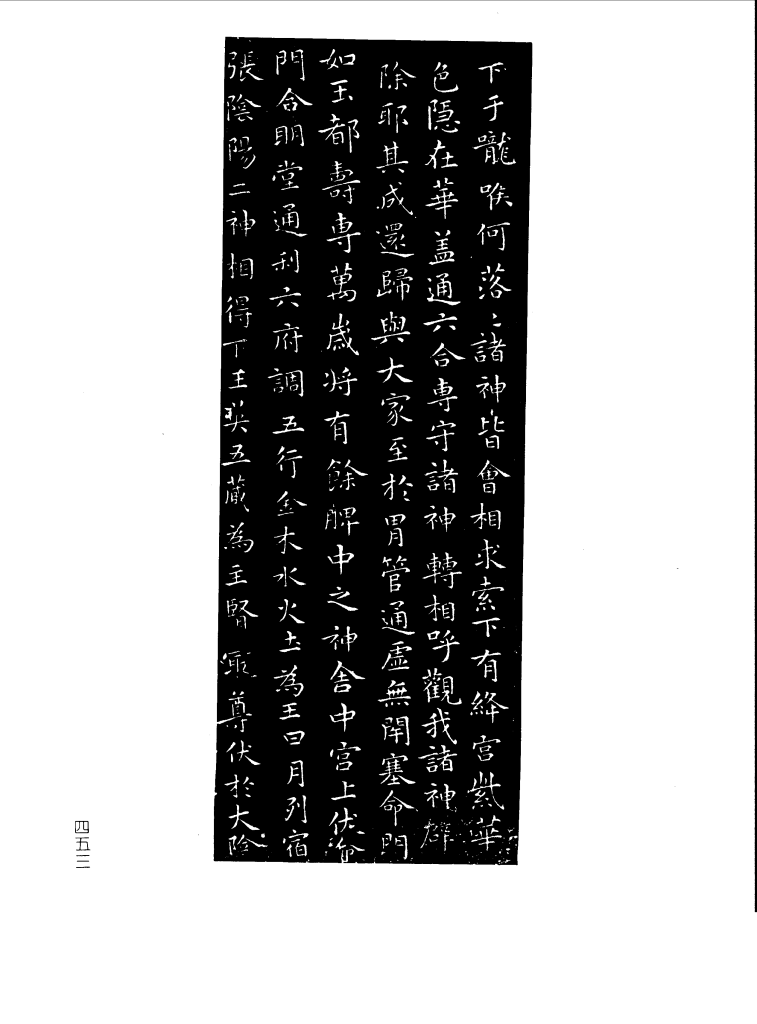
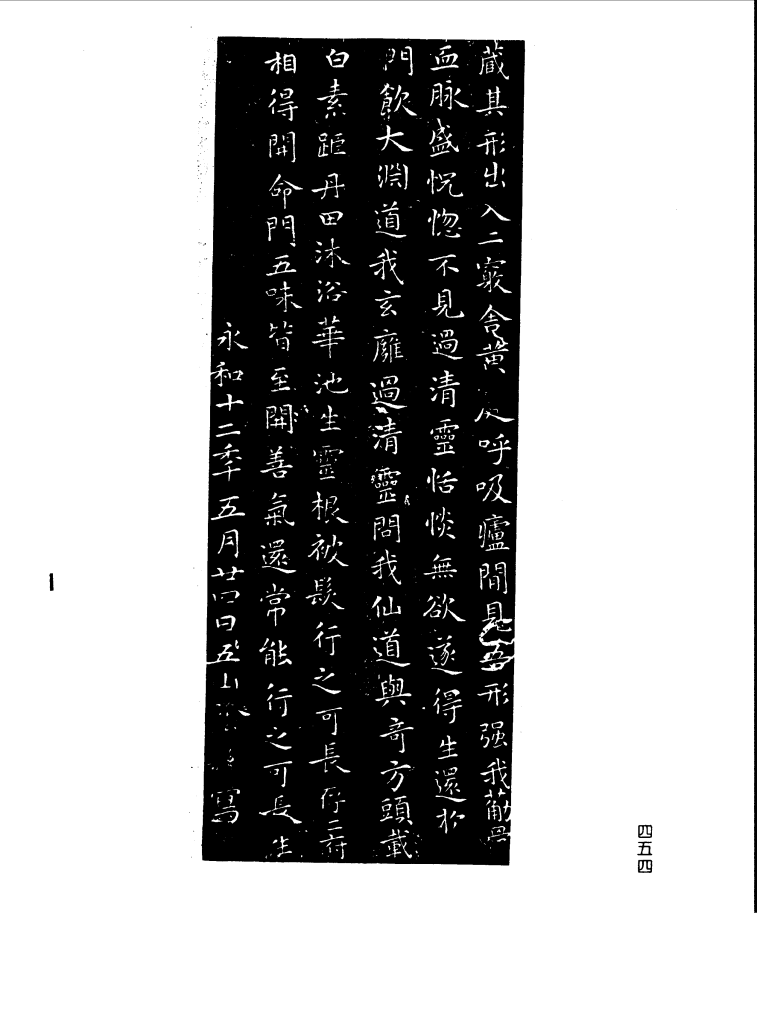

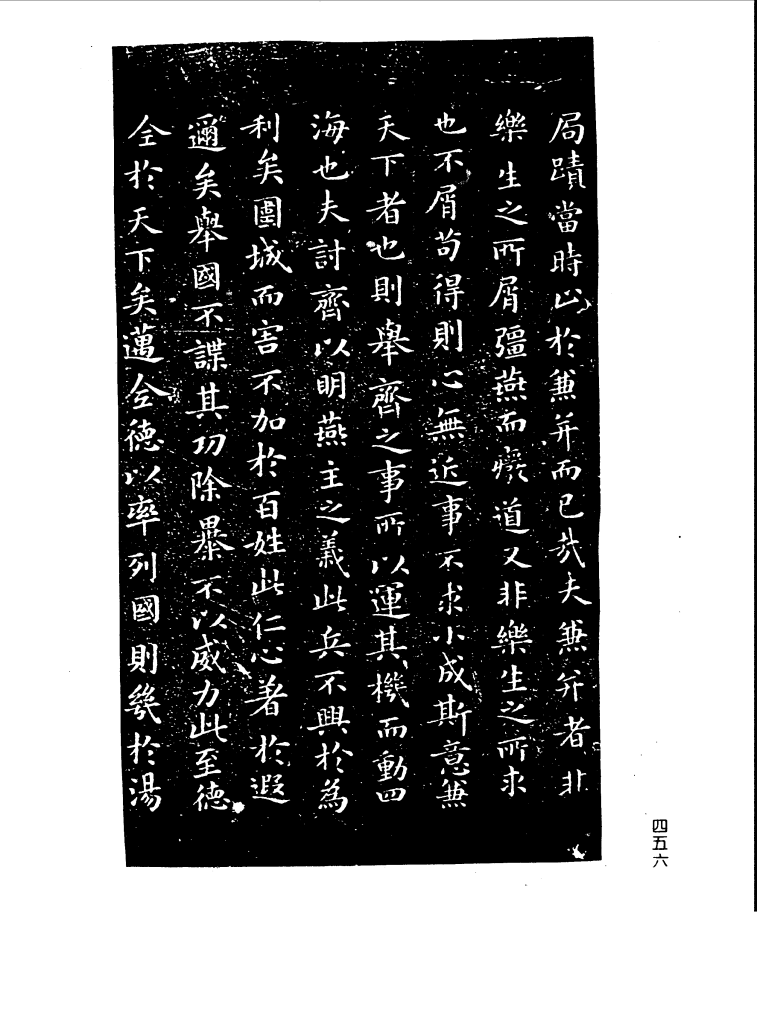
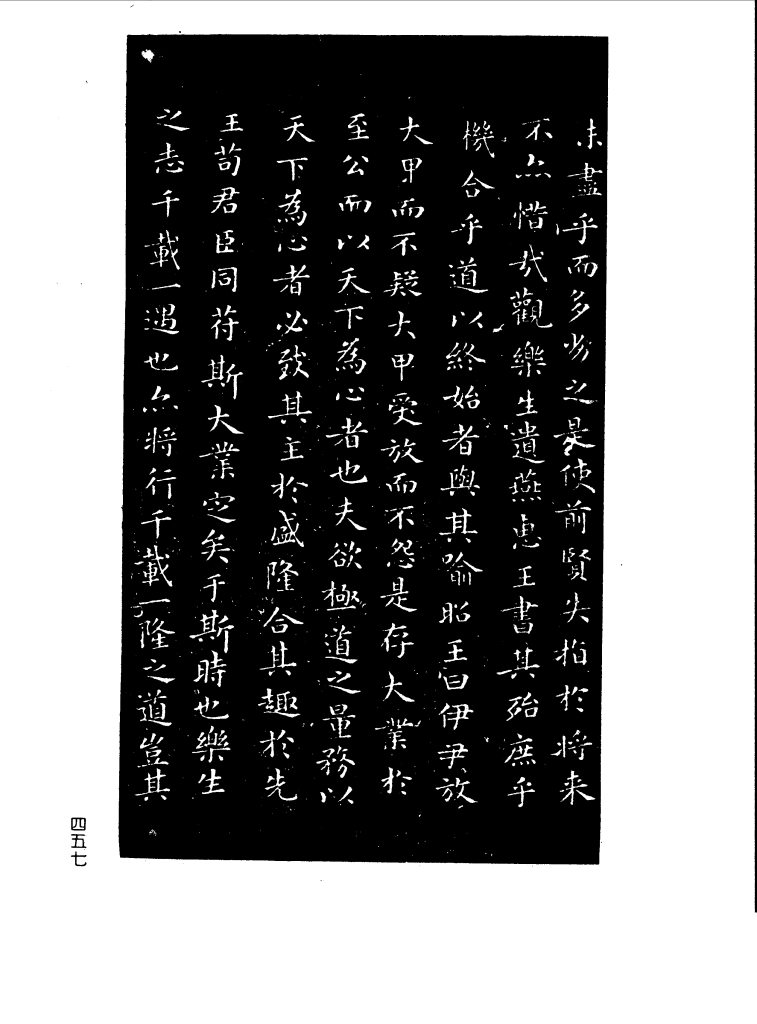
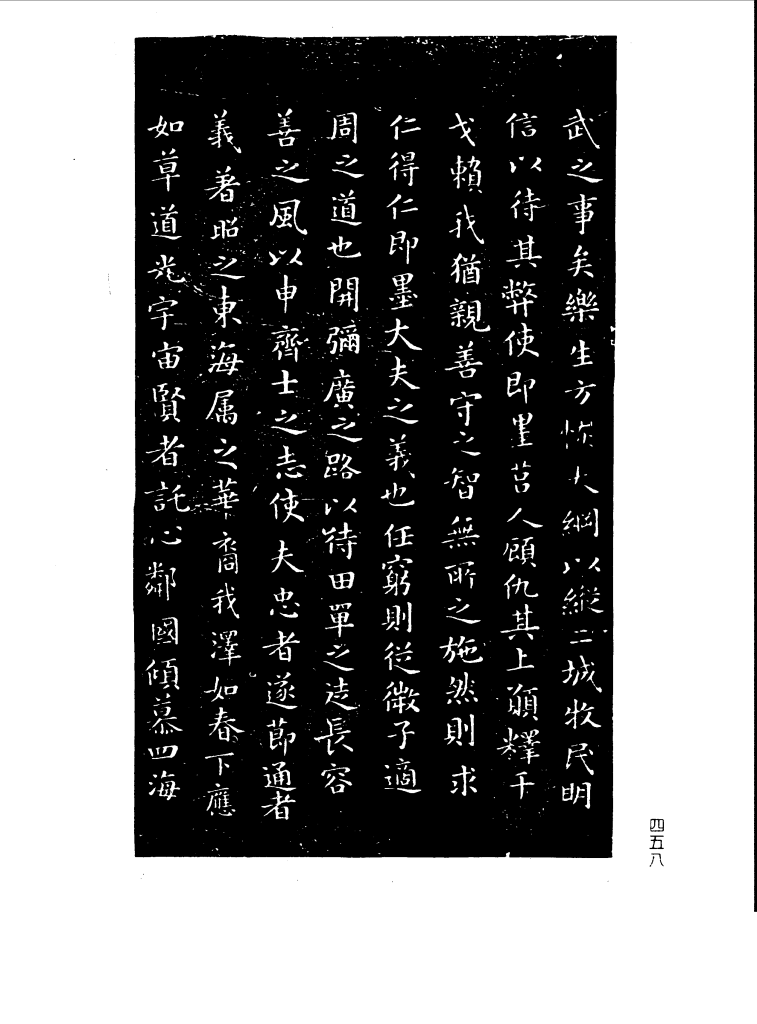
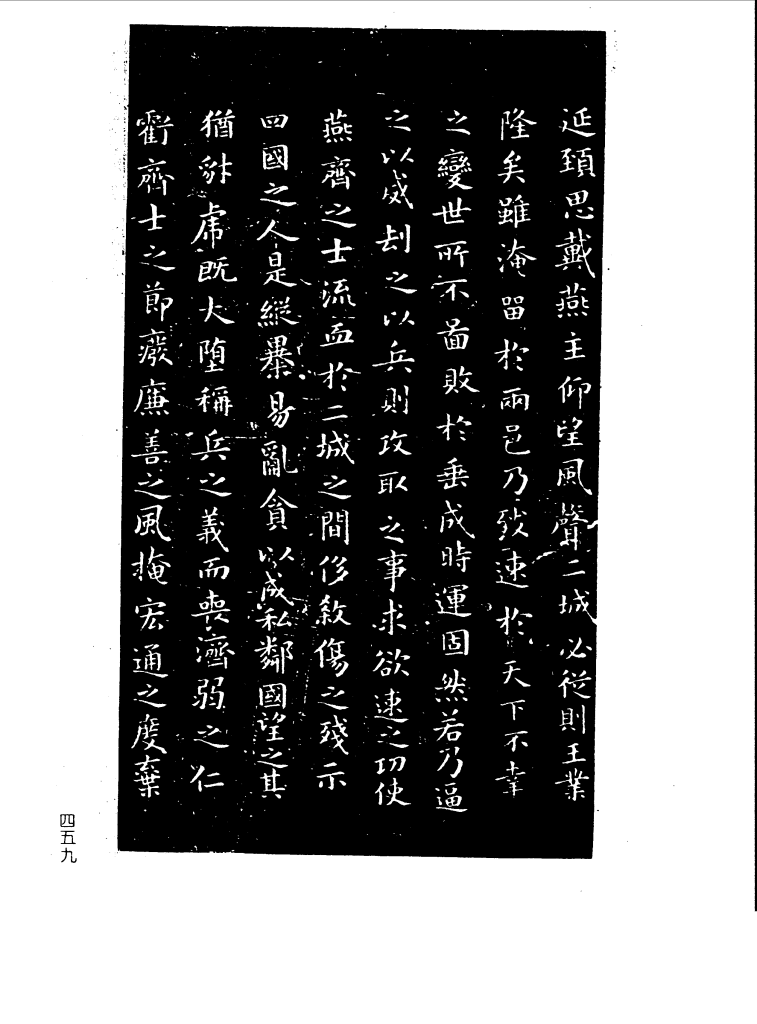
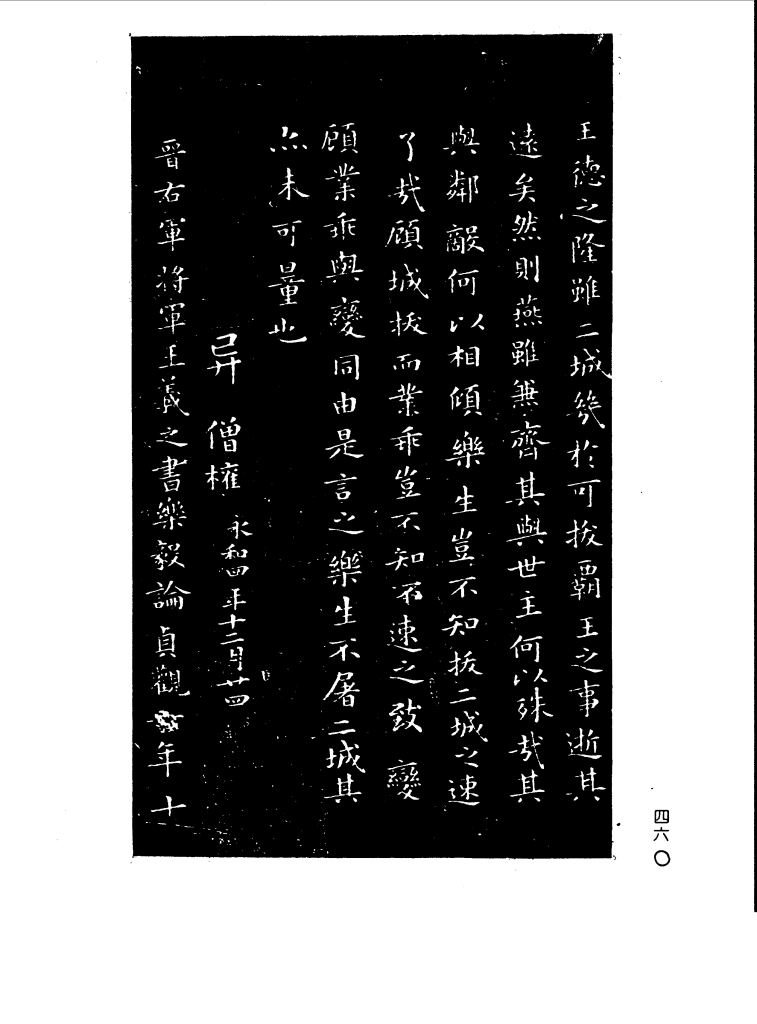
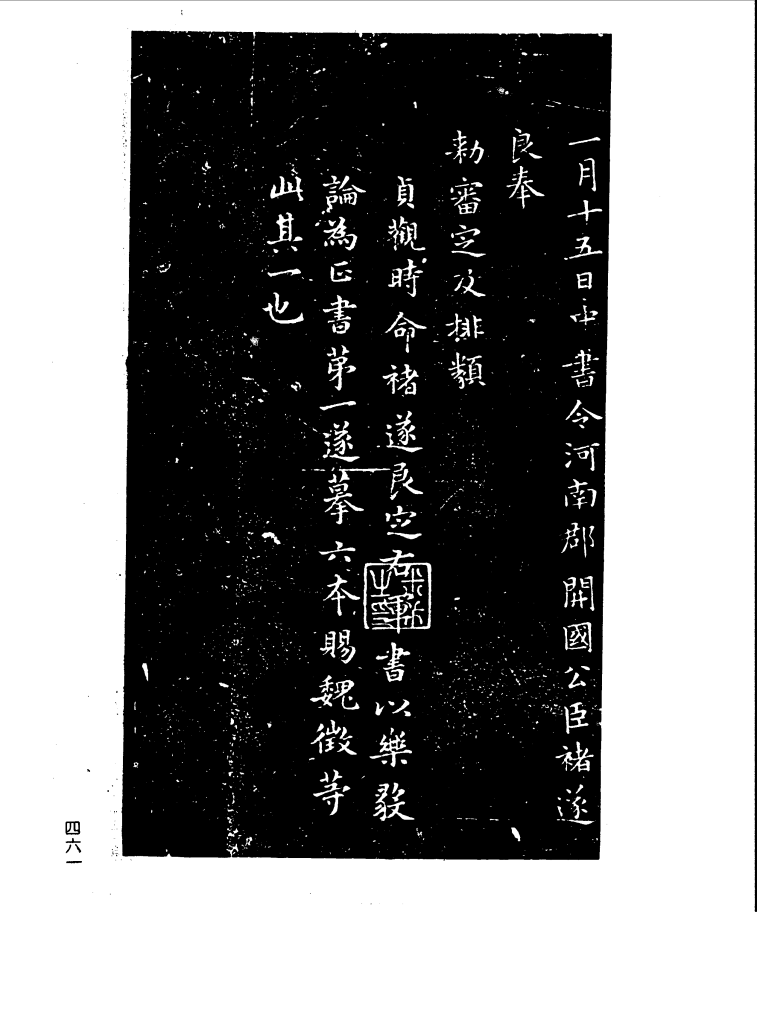
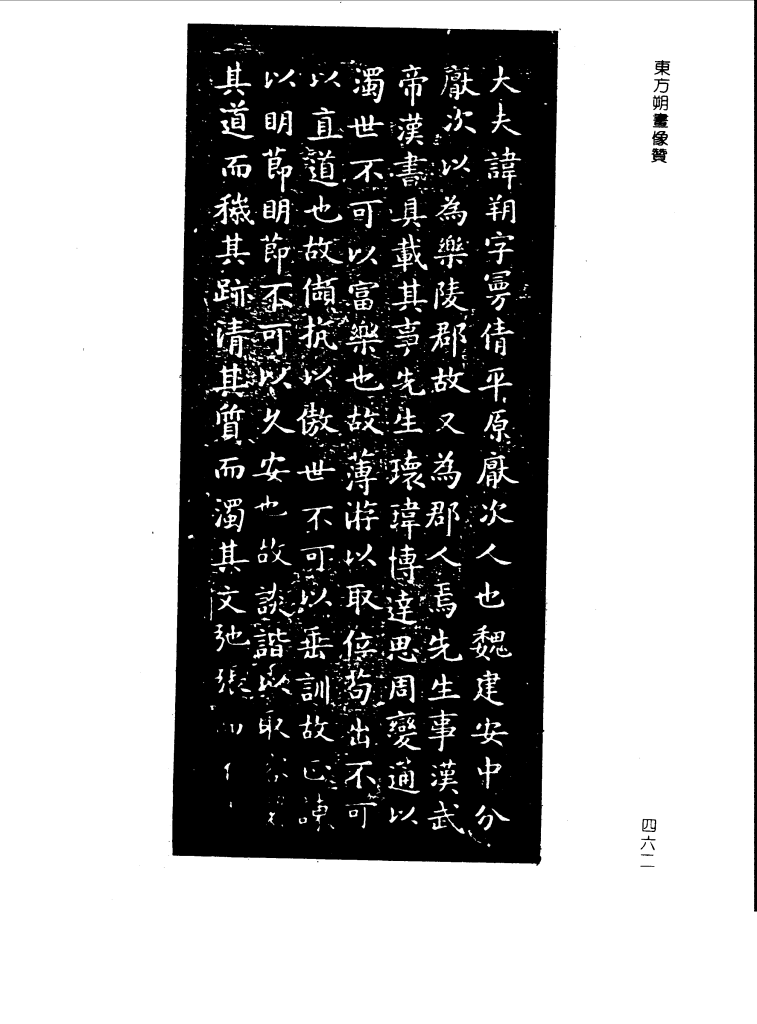
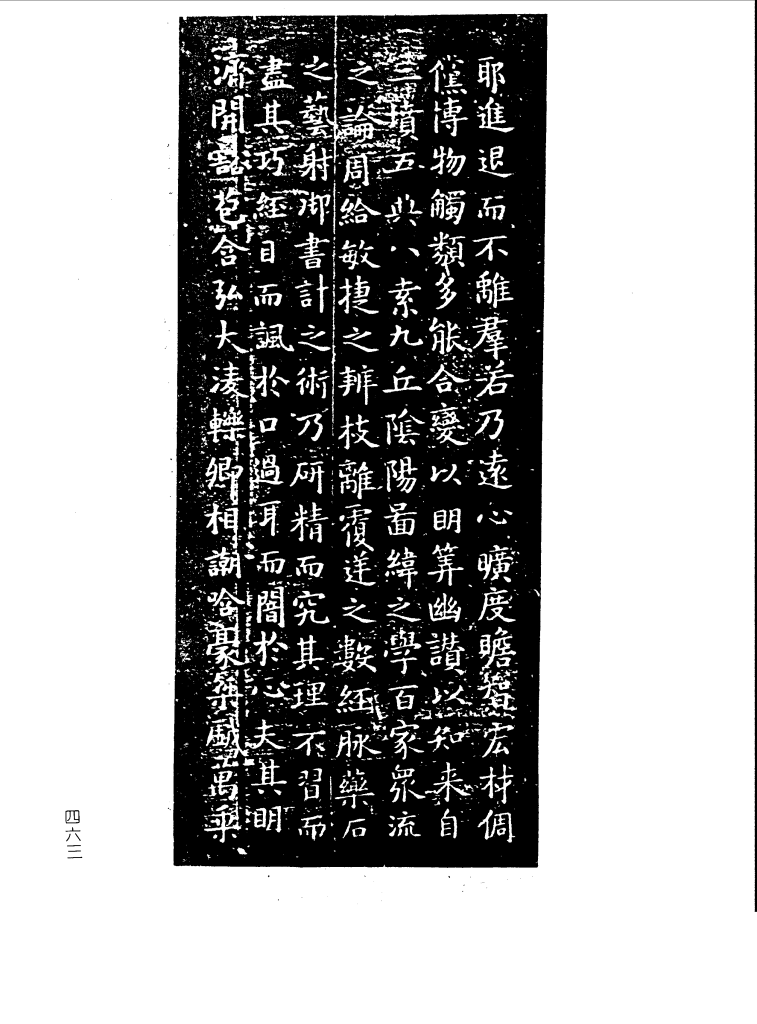

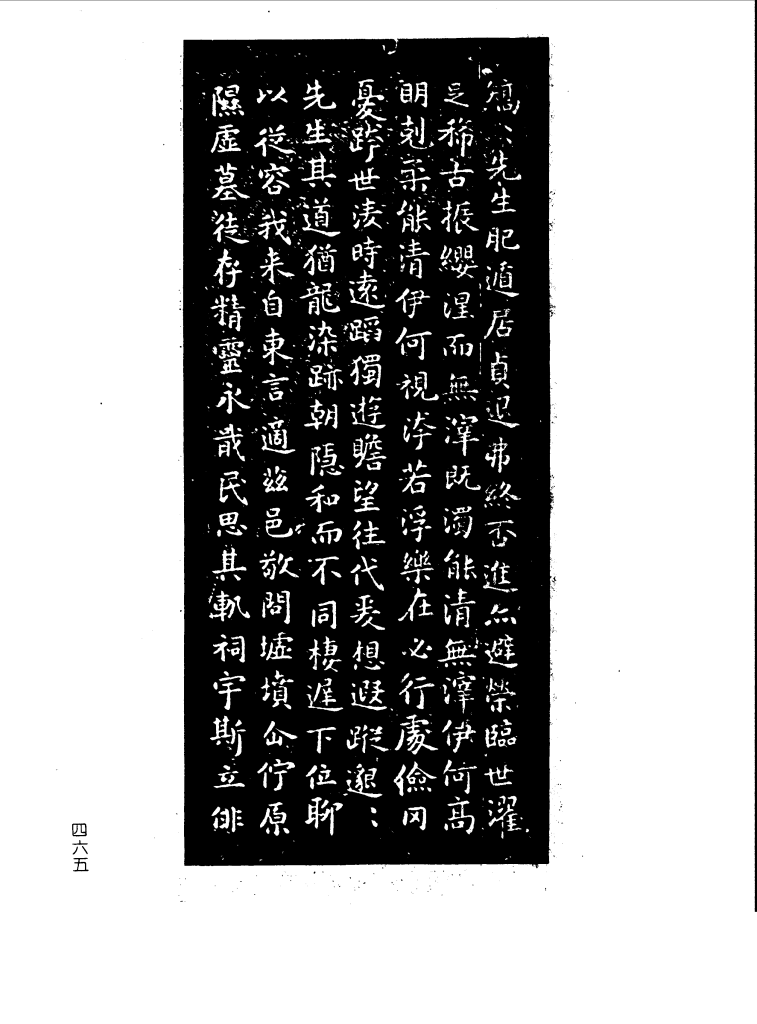


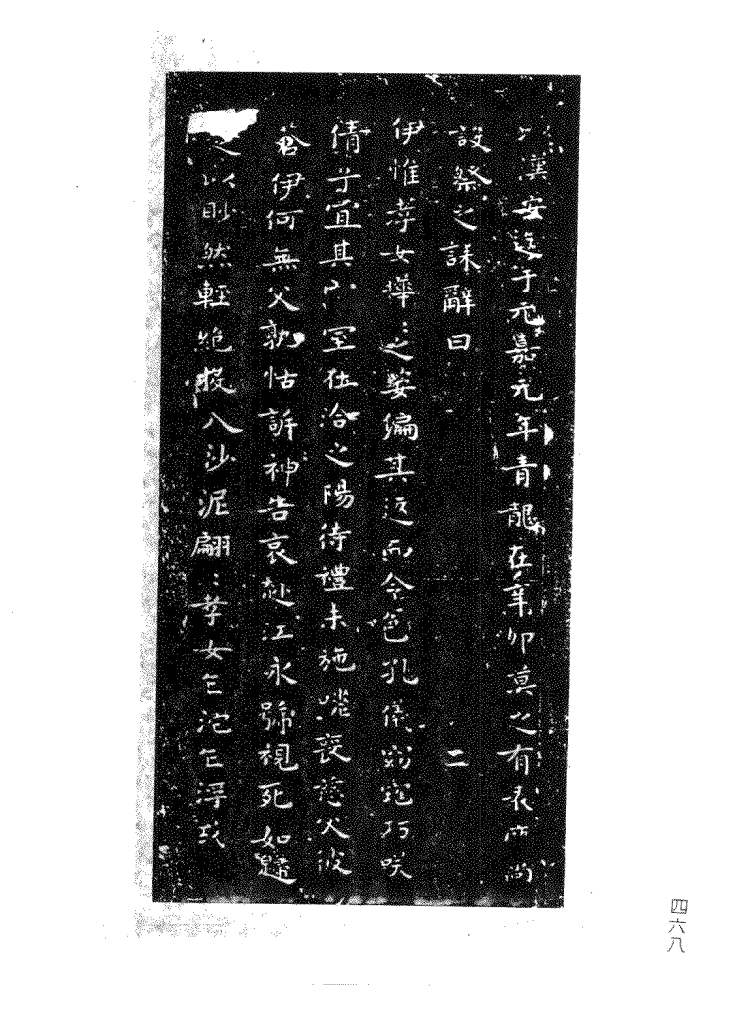
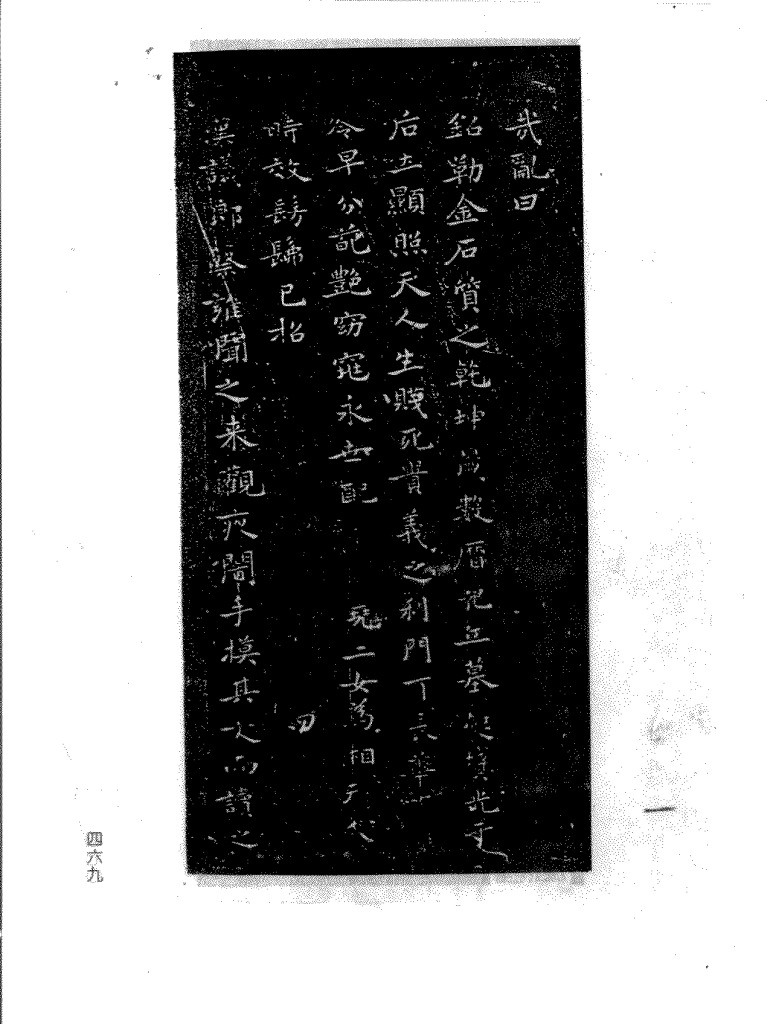
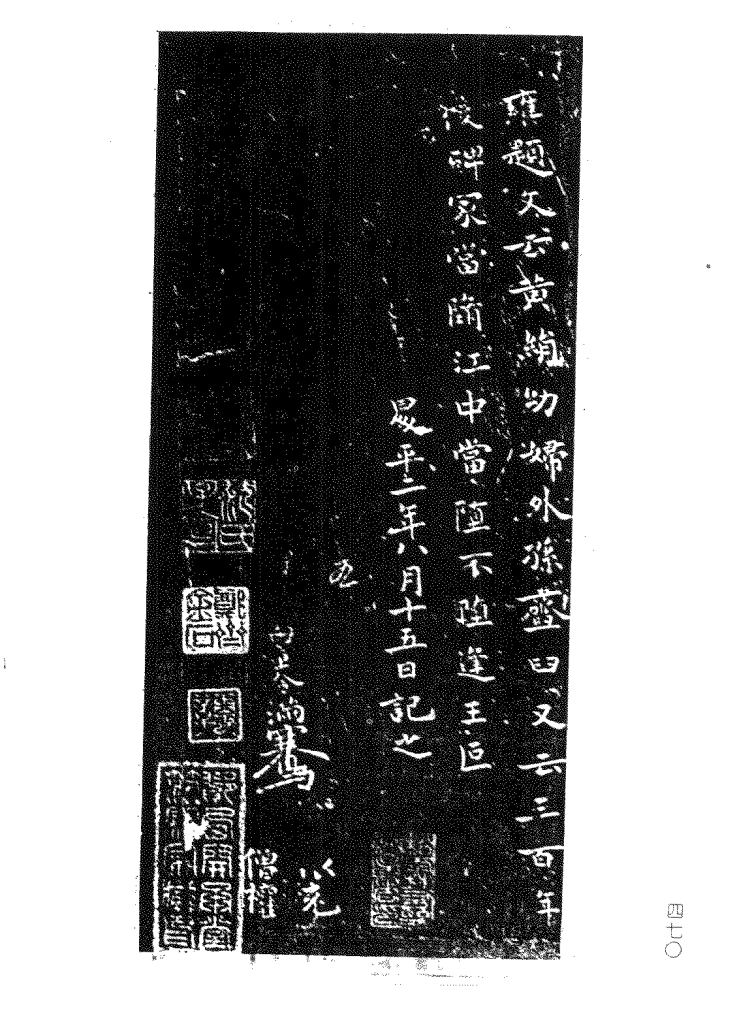
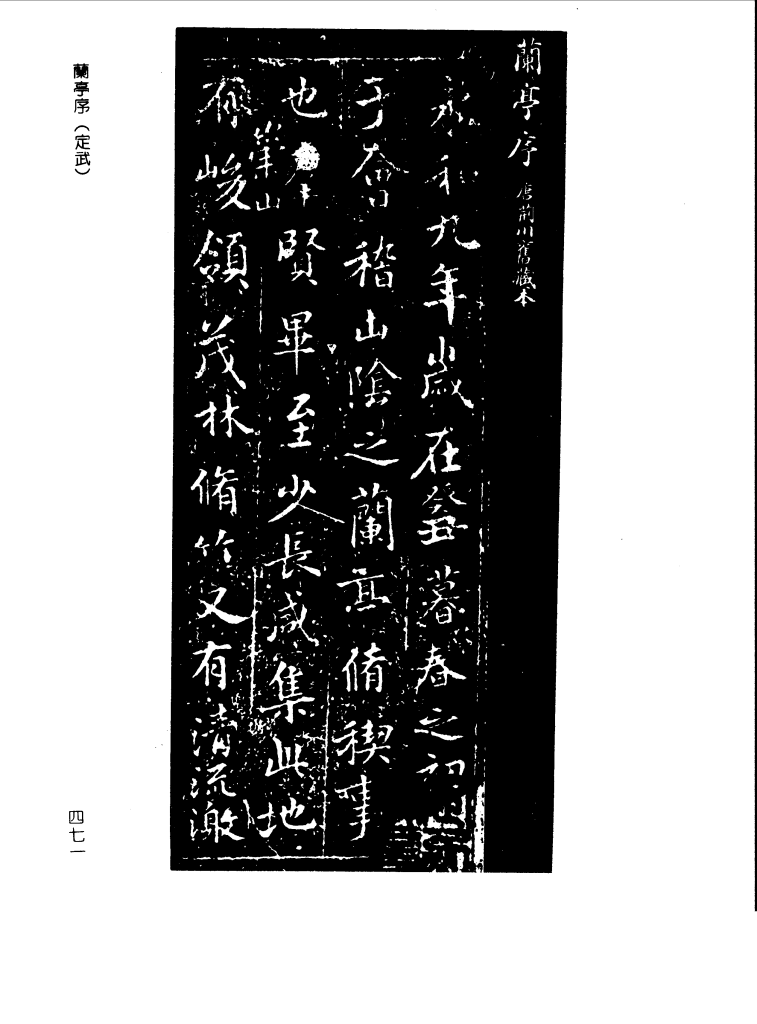

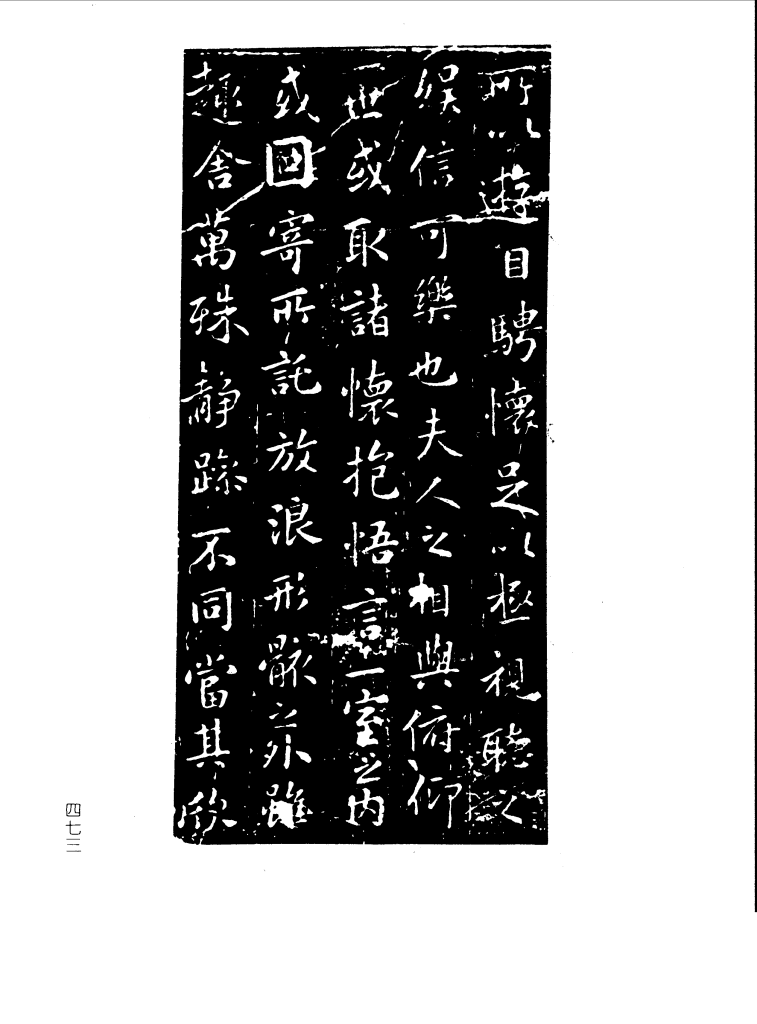
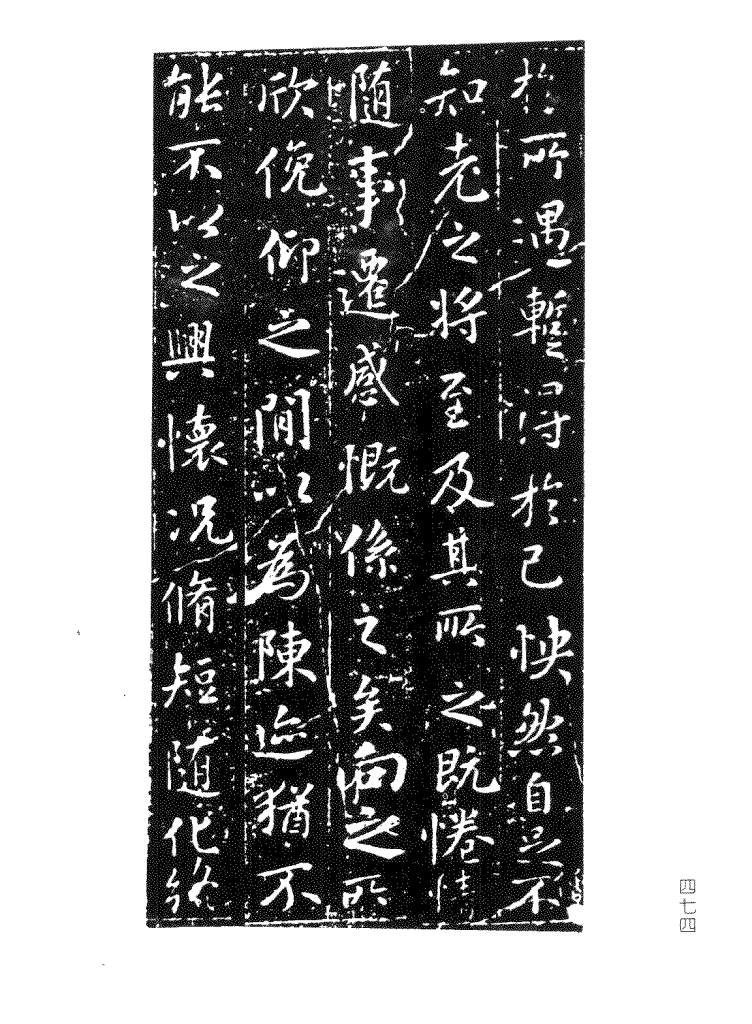
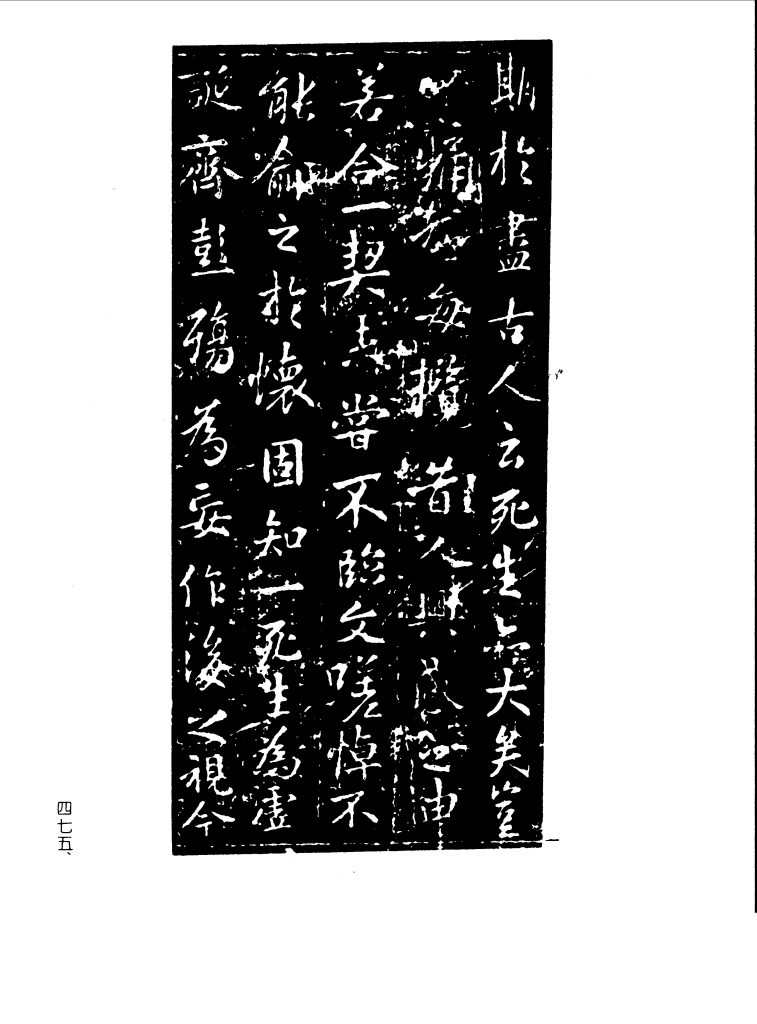
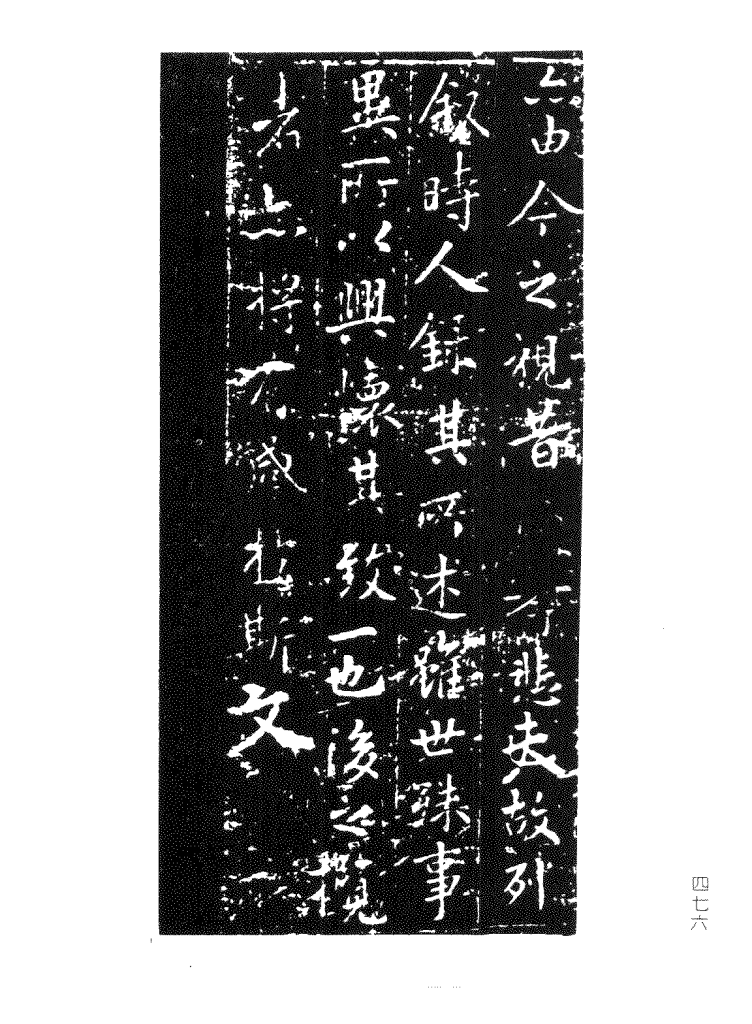
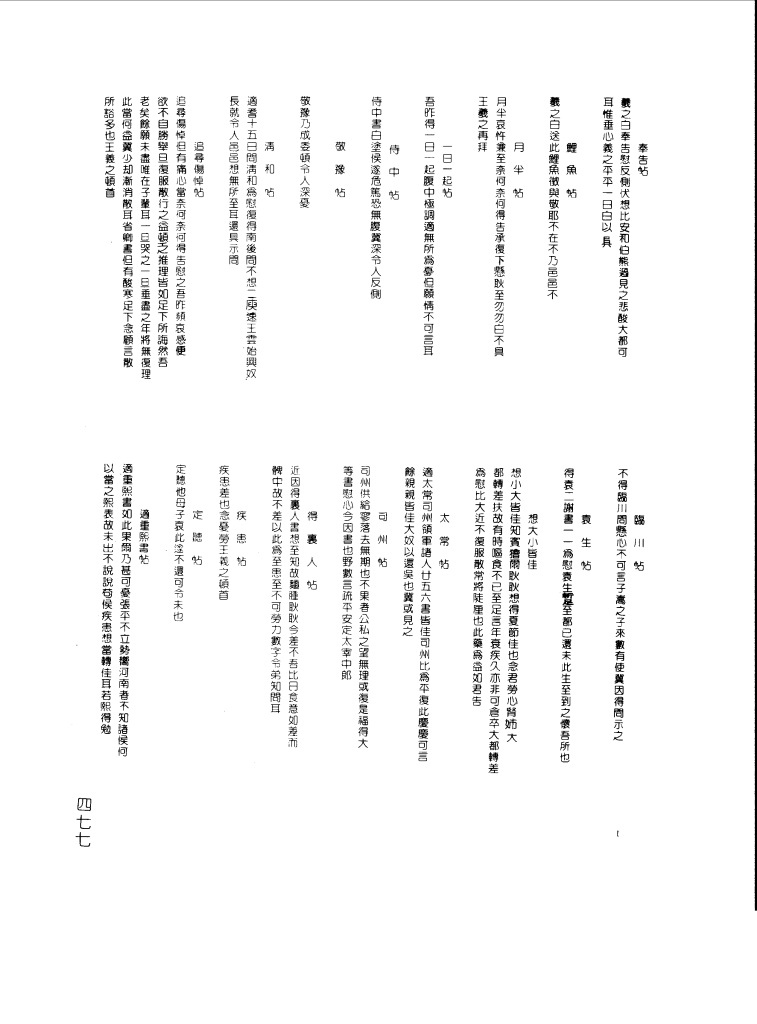




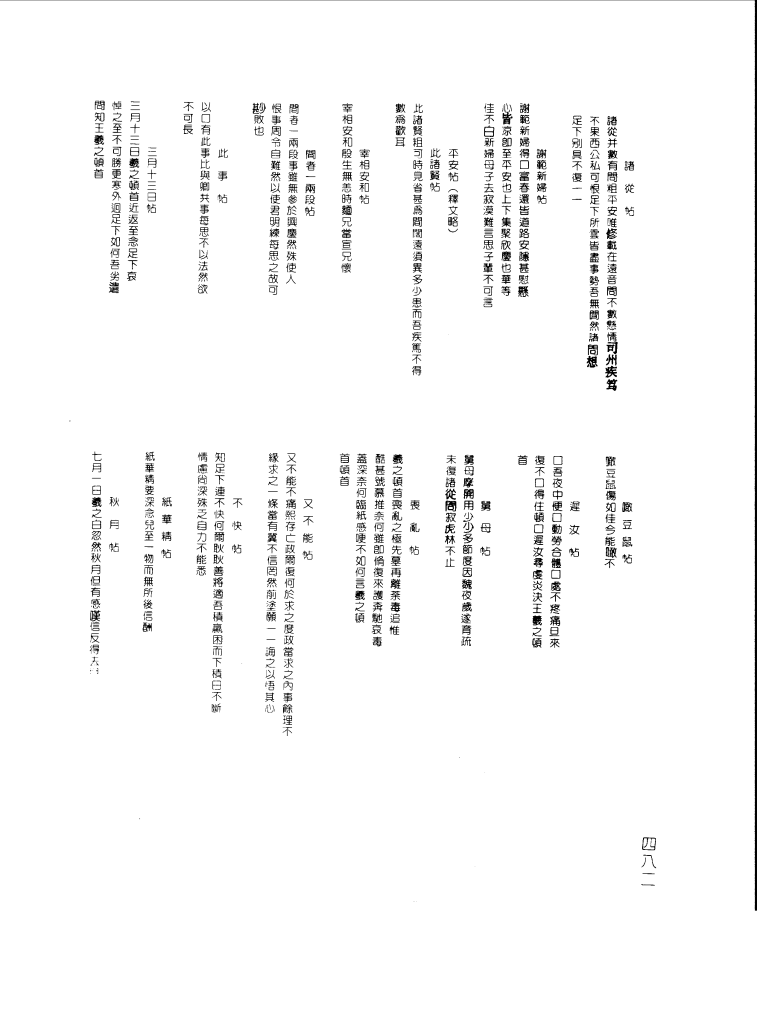

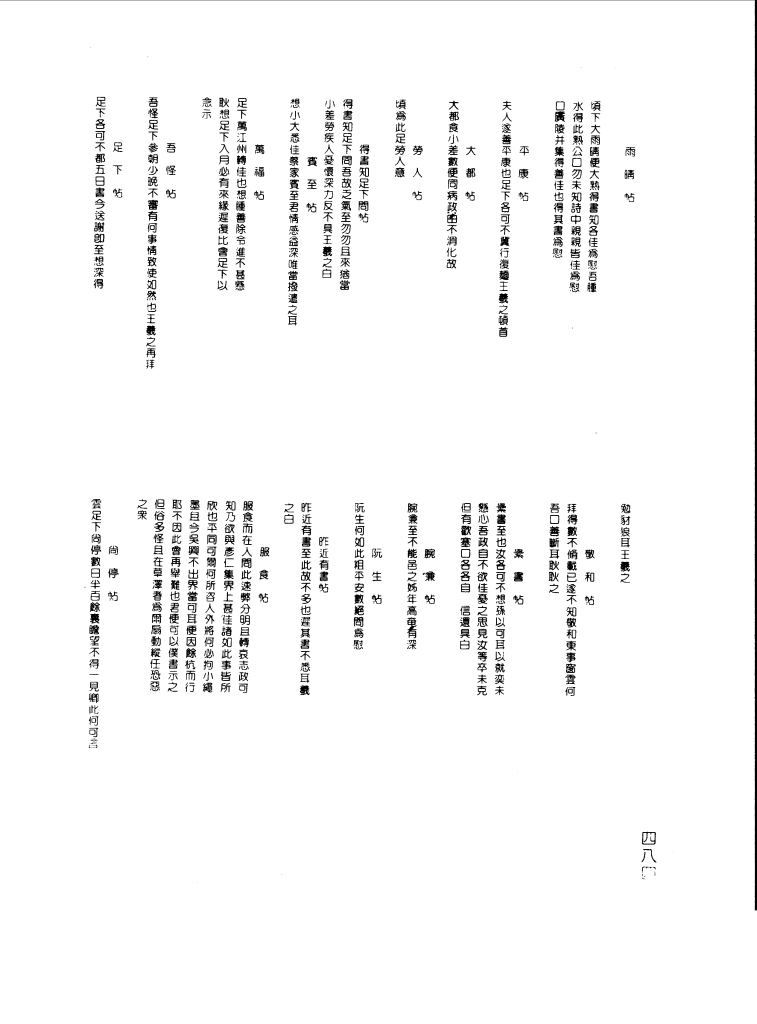
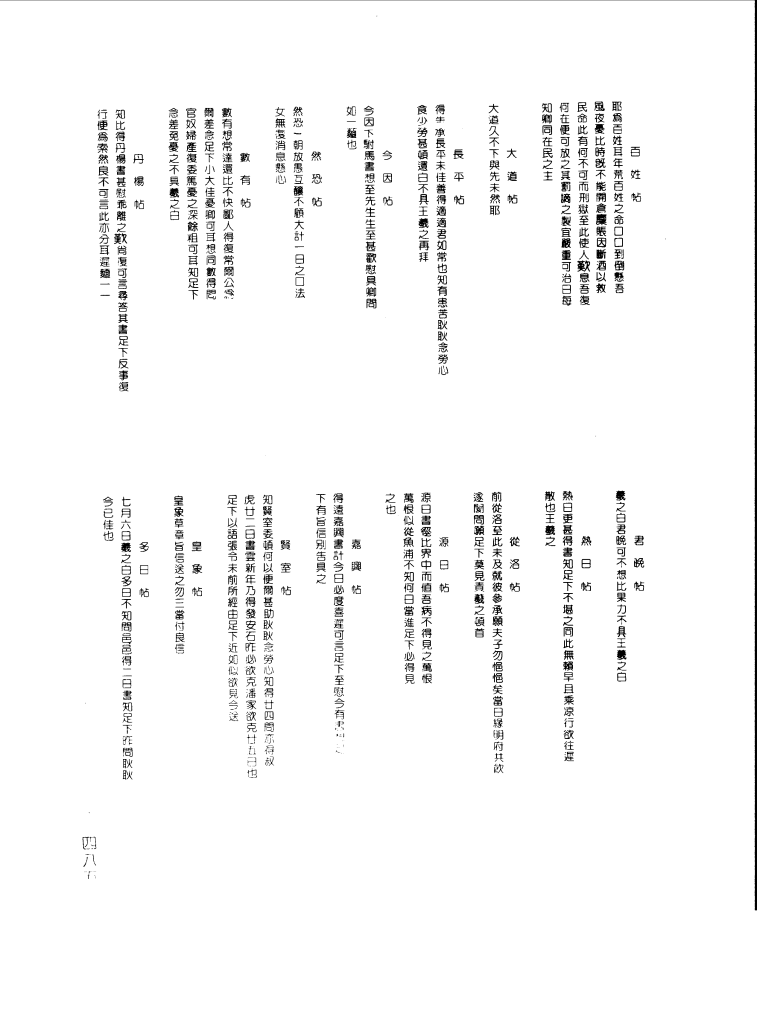

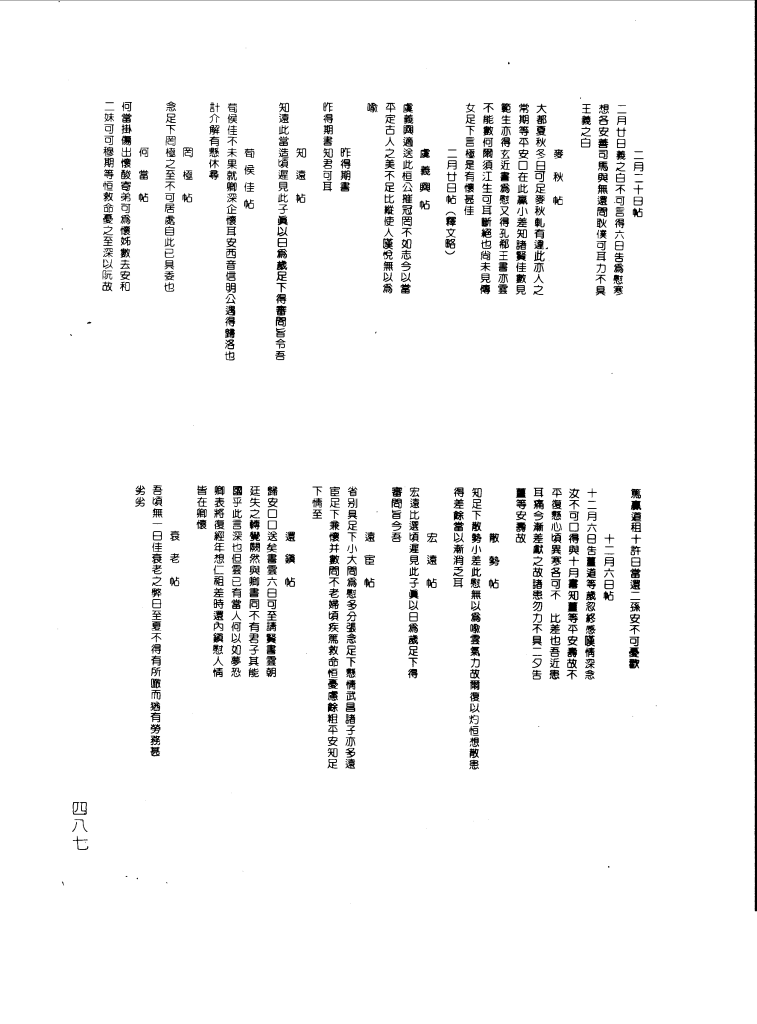

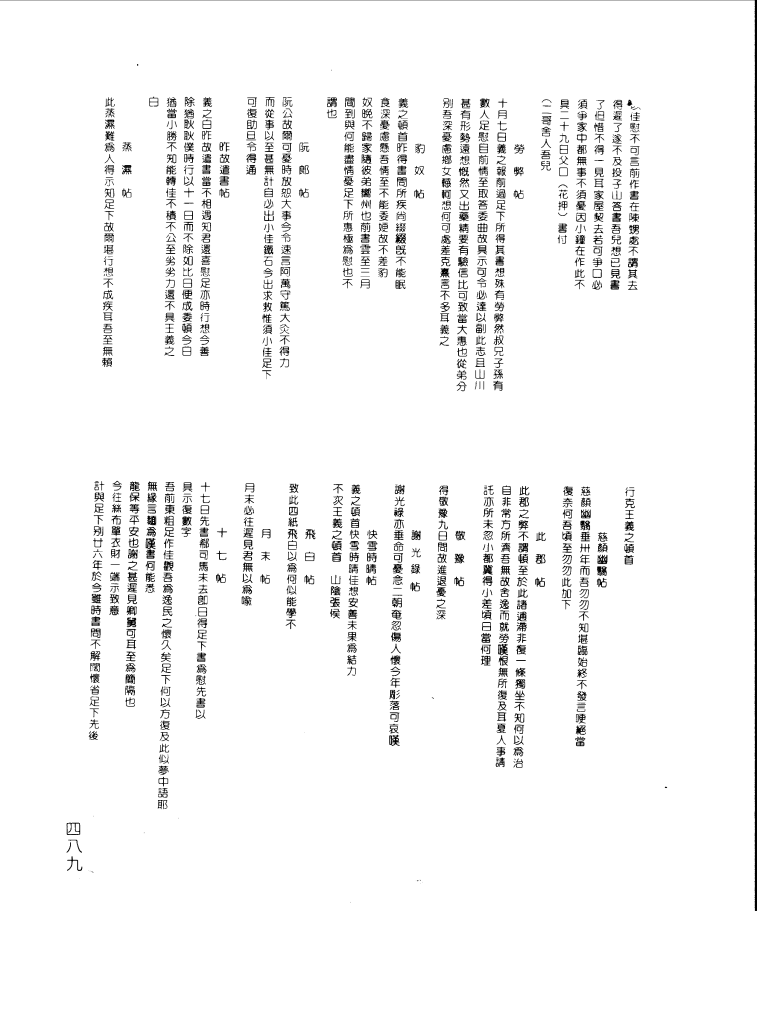
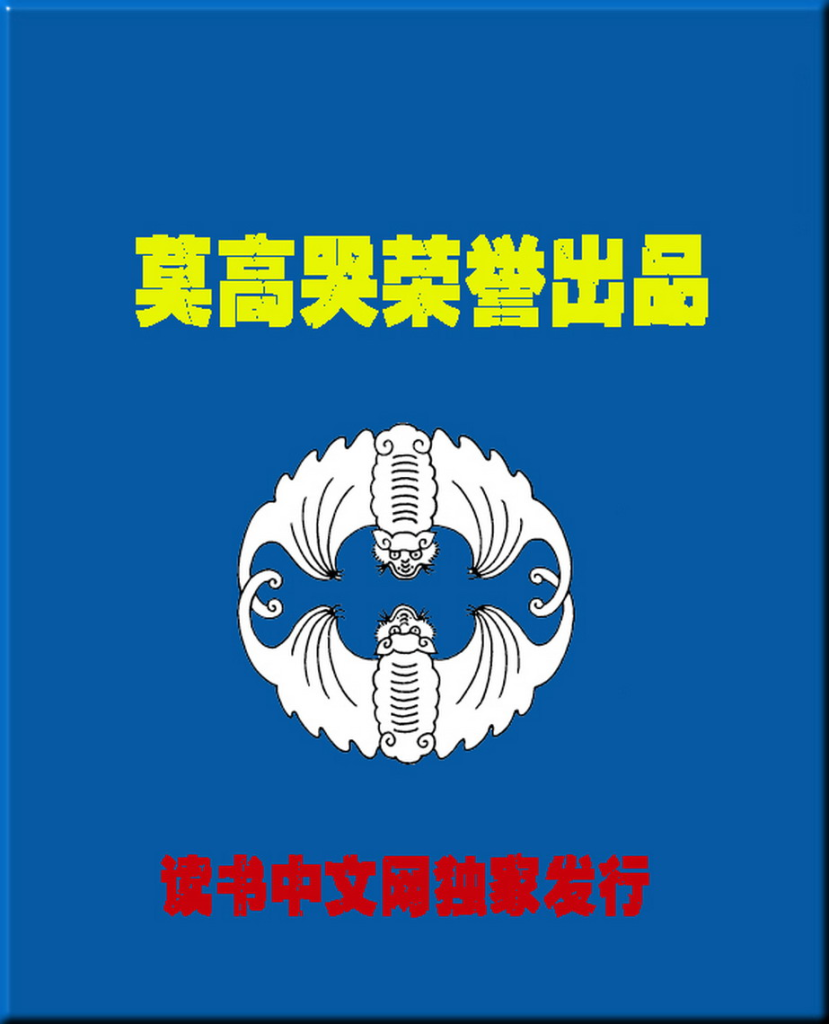
Art艺术 Calligraphy书法 501P 王羲之书法全集
历史上的今天 ( 47 ):
- 2024年-03月-24日:NGPC:Neo Turf Masters
- 2024年-03月-24日:NGPC:Neo Poke Pro Yakyuu
- 2024年-03月-24日:NGPC:Neo Mystery Bonus-Pocket Casino Series
- 2024年-03月-24日:NGPC:Neo Geo Cup'98 Plus Color-Pocket Sports Series
- 2024年-03月-24日:NGPC:Neo Dragon's Wild-Real Casino Series
- 2024年-03月-24日:NGPC:Neo Dragon's Wild-Pocket Casino Series
- 2024年-03月-24日:NGPC:Neo Derby Champ Daiyosou
- 2024年-03月-24日:NGPC:Neo Cherry Master Color – Pocket Casino Series
- 2024年-03月-24日:NGPC:Neo Baccarat – Pocket Casino Series
- 2024年-03月-24日:NGPC:Neo 21 - Pocket Casino Series
- 2024年-03月-24日:Comic动漫:犬夜叉_05 (191P)
- 2024年-03月-24日:Comic动漫:犬夜叉_04 (187P)
- 2024年-03月-24日:Comic动漫:犬夜叉_03 (197P)
- 2024年-03月-24日:Comic动漫:犬夜叉_02 (191P)
- 2024年-03月-24日:Comic动漫:犬夜叉_01 (183P)
- 2024年-03月-24日:Super Nintendo:SM Choukyoushi Hitomi Vol.3 SM调教师瞳
- 2024年-03月-24日:Super Nintendo:SM Choukyoushi Hitomi Vol.2 SM调教师瞳
- 2024年-03月-24日:Super Nintendo:SM Choukyoushi Hitomi - Bangai Hen 2 - Maki no Love Love Panic SM调教师瞳
- 2024年-03月-24日:Super Nintendo:SM Choukyoushi Hitomi-BangaiHen SM调教师瞳
- 2024年-03月-24日:Super Nintendo:SM Choukyoushi Hitomi SM调教师瞳
- 2024年-03月-24日:Super Nintendo:Super Family Tennis 超级家庭网球
- 2024年-03月-24日:Super Nintendo:Smash T.V. 大混战
- 2024年-03月-24日:Super Nintendo:Smart Ball 杰利小子
- 2024年-03月-24日:Super Nintendo:Slayers 秀逗魔导士:圣龙传说
- 2024年-03月-24日:Super Nintendo:Sky Mission 飞行密令
- 2024年-03月-24日:Super Nintendo:Skyblazer 迦楼罗王
- 2024年-03月-24日:Super Nintendo:Skuljagger: Revolt of the Westicans 铁钩岛
- 2024年-03月-24日:Super Nintendo:Ski Paradise with Snowboard 滑雪天堂
- 2024年-03月-24日:Super Nintendo:Simulation Pro Yakyuu 模拟职棒
- 2024年-03月-24日:SEGA:Micro Machines 2: Turbo Tournament 微型机车:涡轮联赛
- 2024年-03月-24日:SEGA:Micro Machines-Turbo Tournament 96
- 2024年-03月-24日:SEGA:Micro Machines Military 军事微型机车
- 2024年-03月-24日:SEGA:Micro Machines 迷你机车
- 2024年-03月-24日:SEGA:Mickey Mania 疯狂米老鼠
- 2024年-03月-24日:SEGA:Mickey's Ultimate Challenge 米奇的终极挑战
- 2024年-03月-24日:SEGA:Mick & Mack as the Global Gladiators 米克与麦可
- 2024年-03月-24日:SEGA:Michael Jackson's Moonwalker 月球漫步者
- 2024年-03月-24日:SEGA:Metal Fangs 金属狼
- 2024年-03月-24日:SEGA:Metal Blast 2277
- 2024年-03月-24日:SEGA:Menacer 6-Game Cartridge 6合1
- 2024年-03月-24日:Metaphysics玄学:实用六壬预测学 (314P)
- 2024年-03月-24日:Metaphysics玄学:赖铭贤紫微问答录推论篇 (92P)
- 2024年-03月-24日:Metaphysics玄学:奇门遁甲盘解说 (163P)
- 2024年-03月-24日:Metaphysics玄学:时盘奇门预测学 (632P)
- 2024年-03月-24日:Metaphysics玄学:紫微斗数导读独身篇 (137P)
- 2024年-03月-24日:Metaphysics玄学:七政四余快易通 (162P)
- 2024年-03月-24日:News新闻:2024年3月24日新闻简报
可点 ➠ 2023年-03月-24日 ➠ 77 s ➠ ♥ 1

